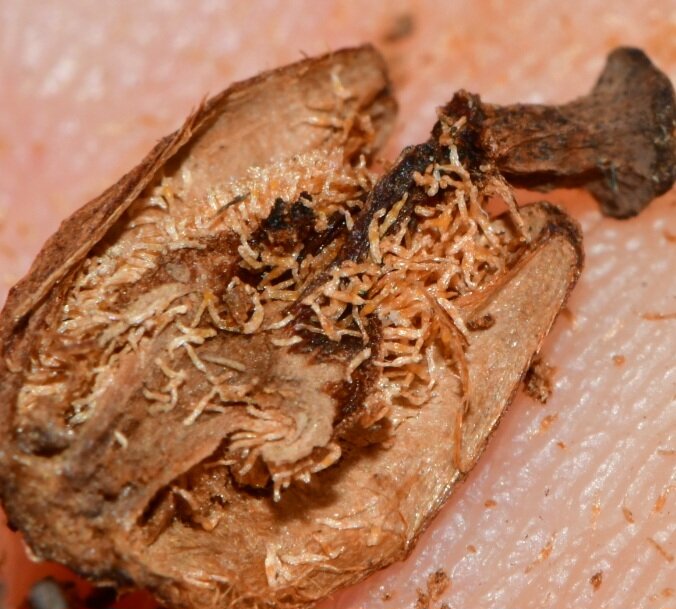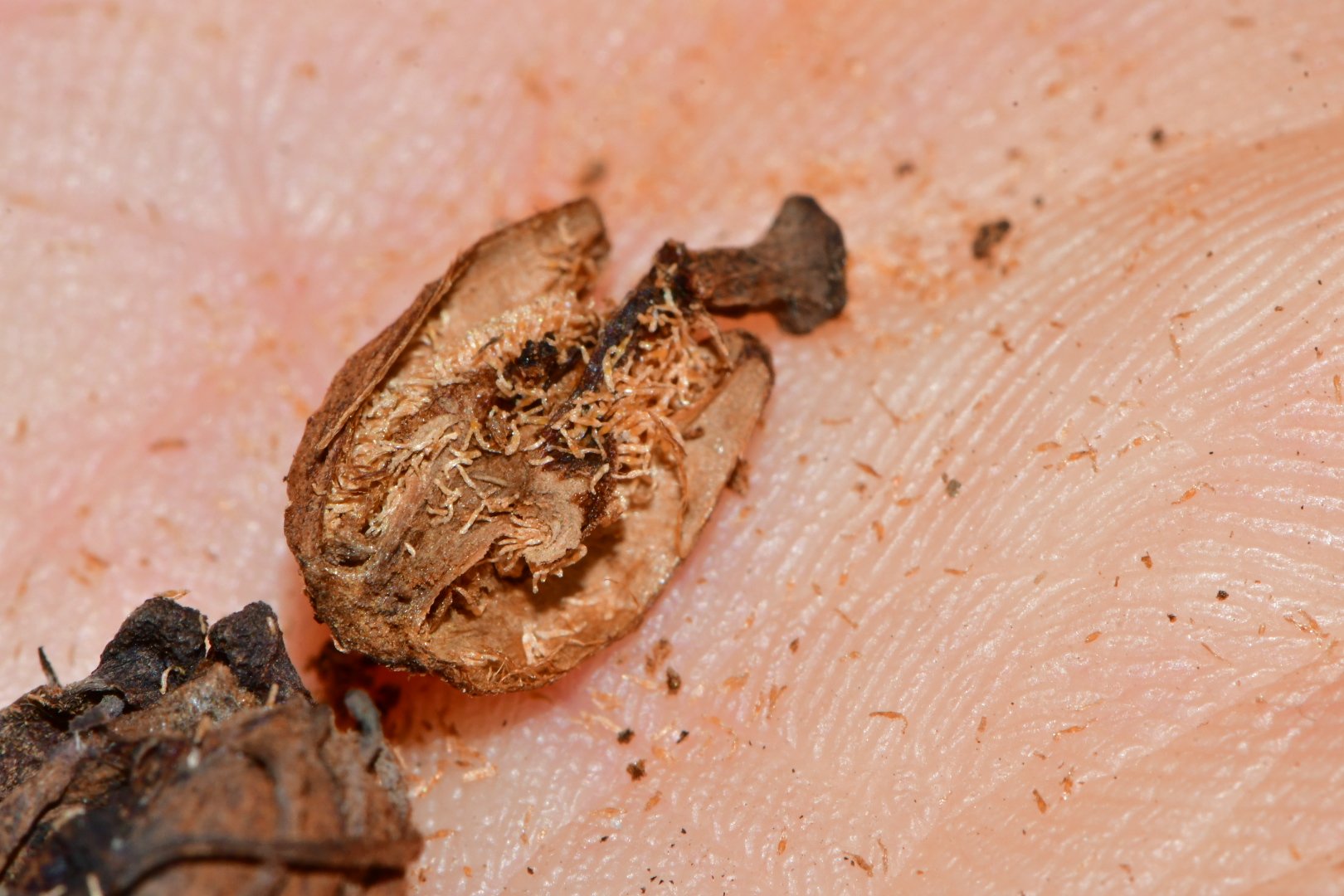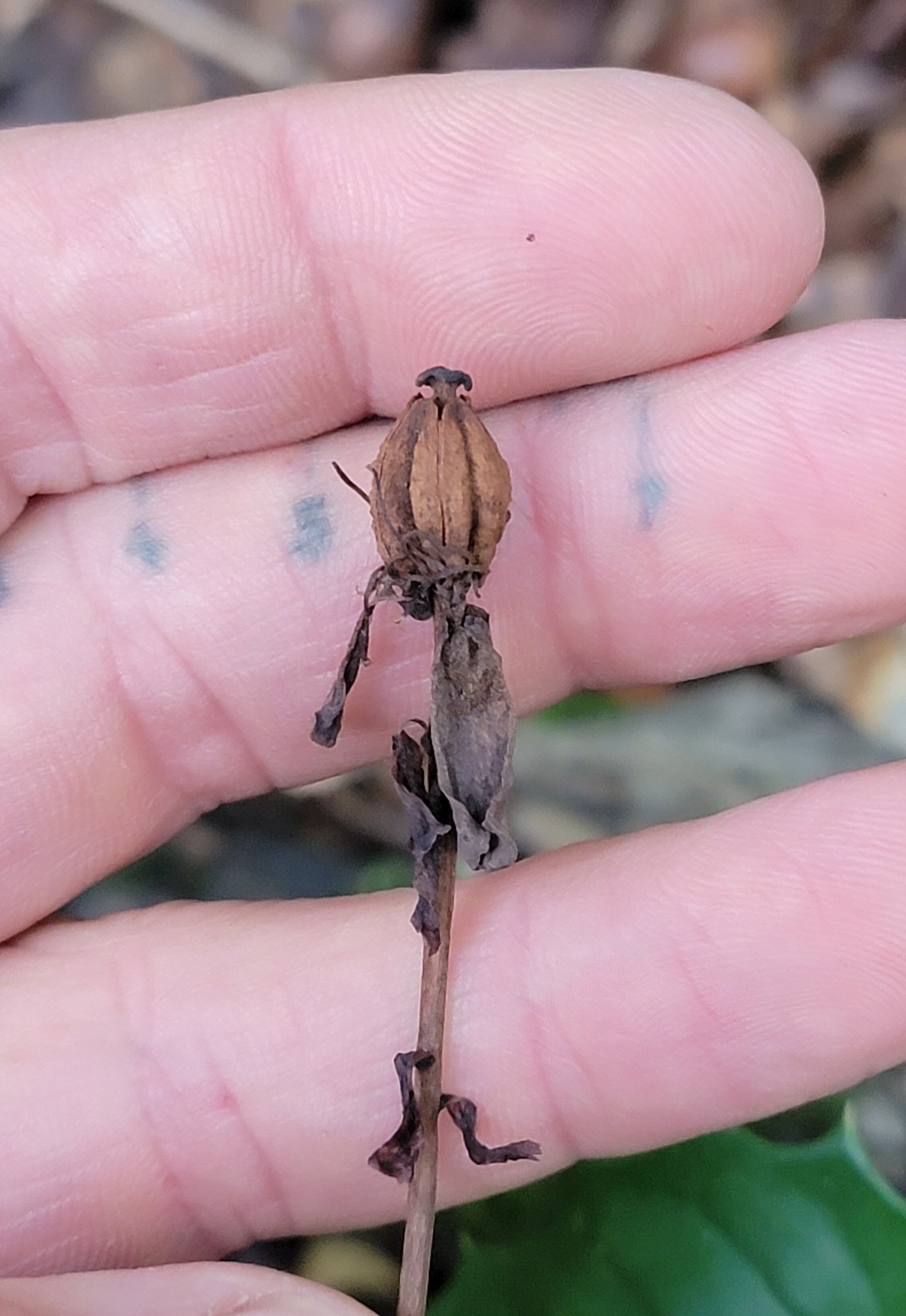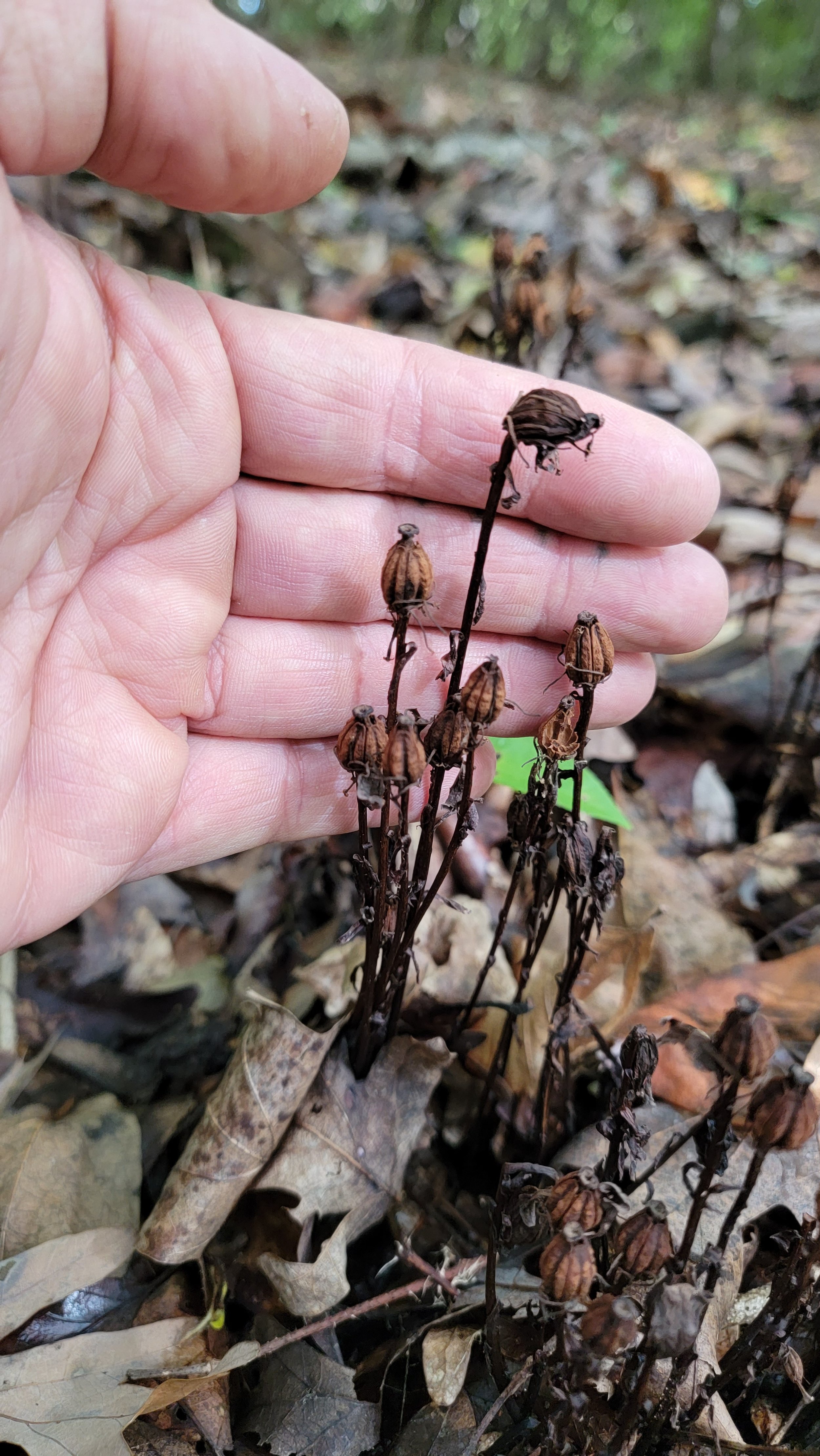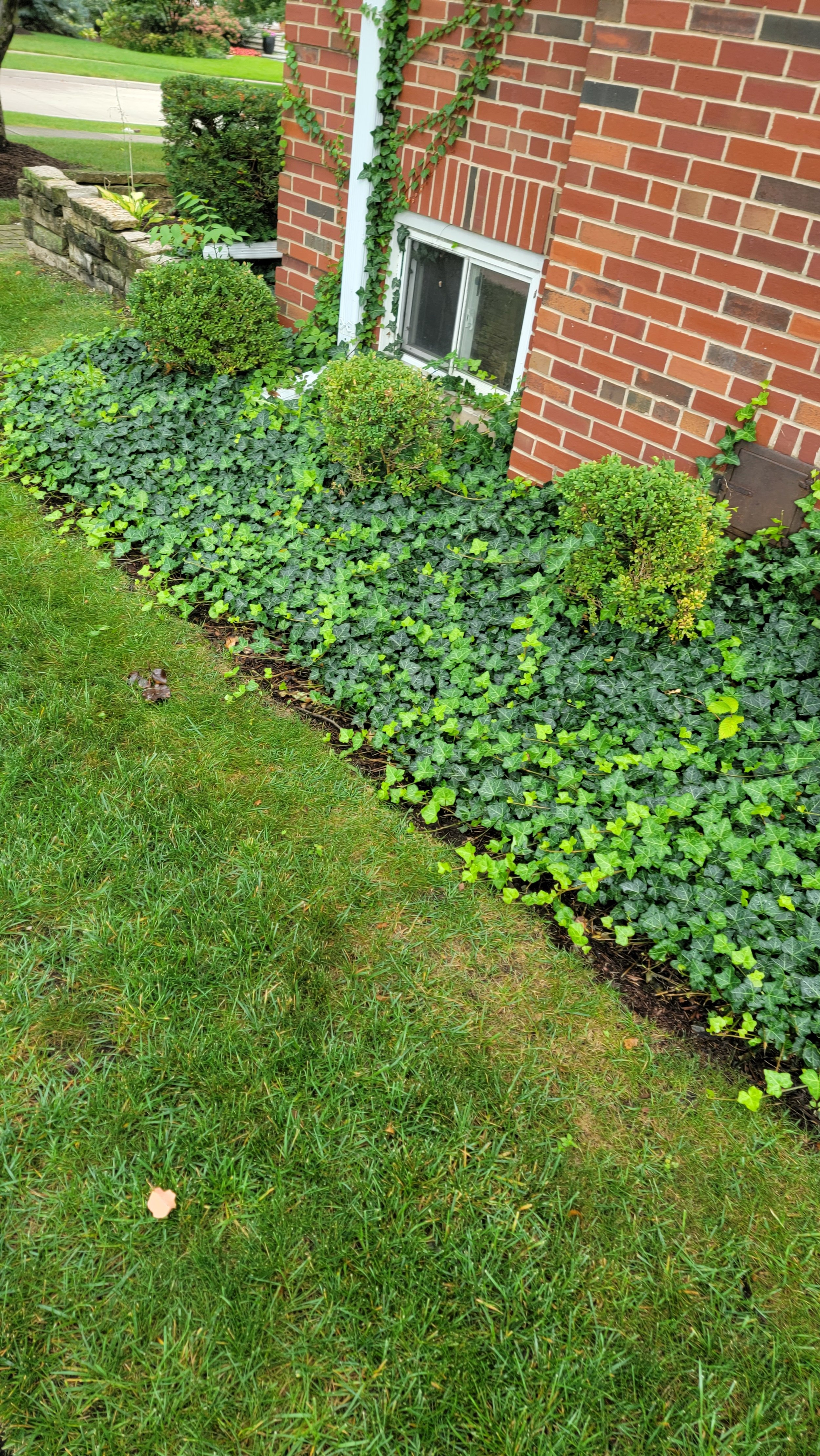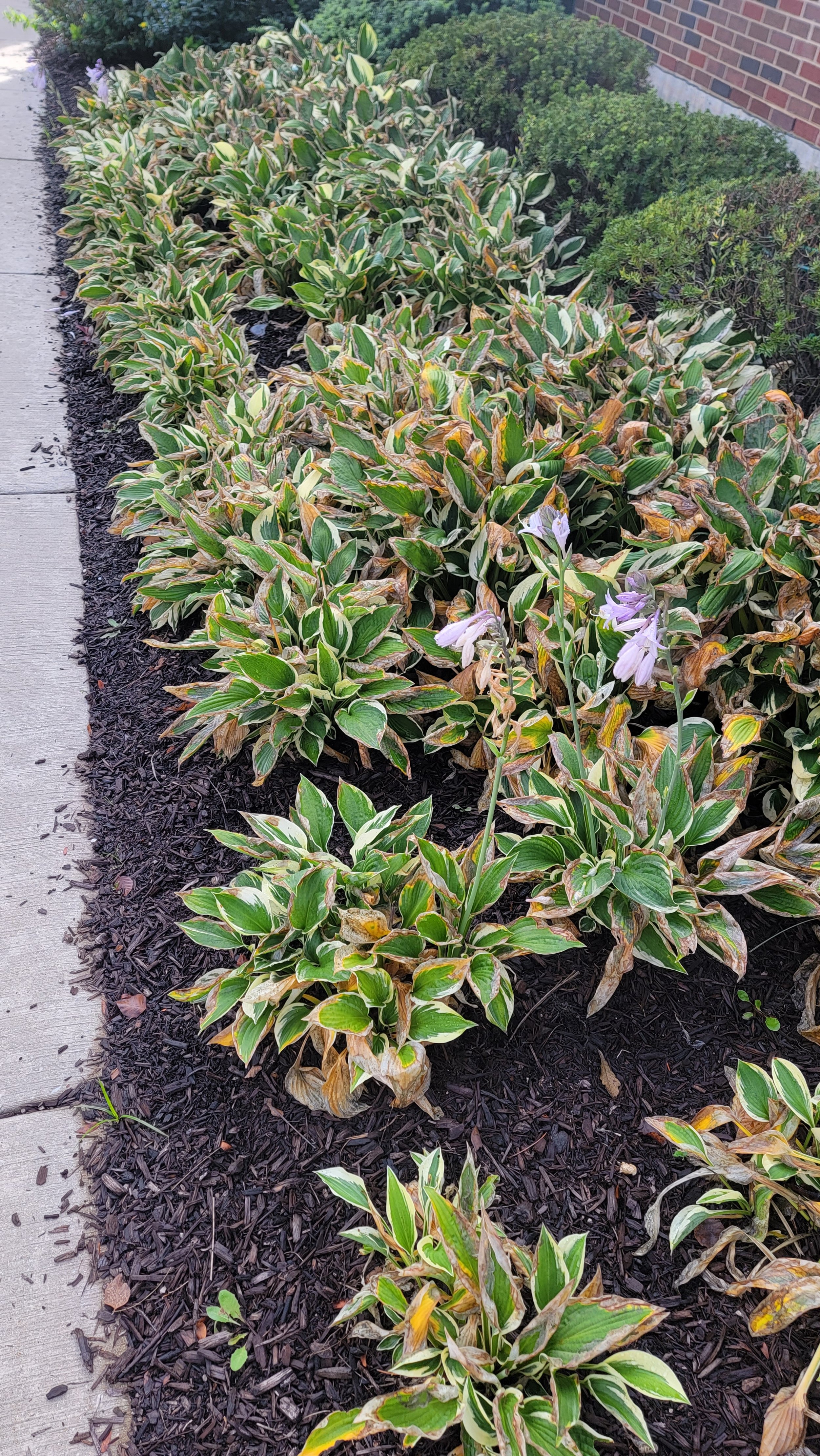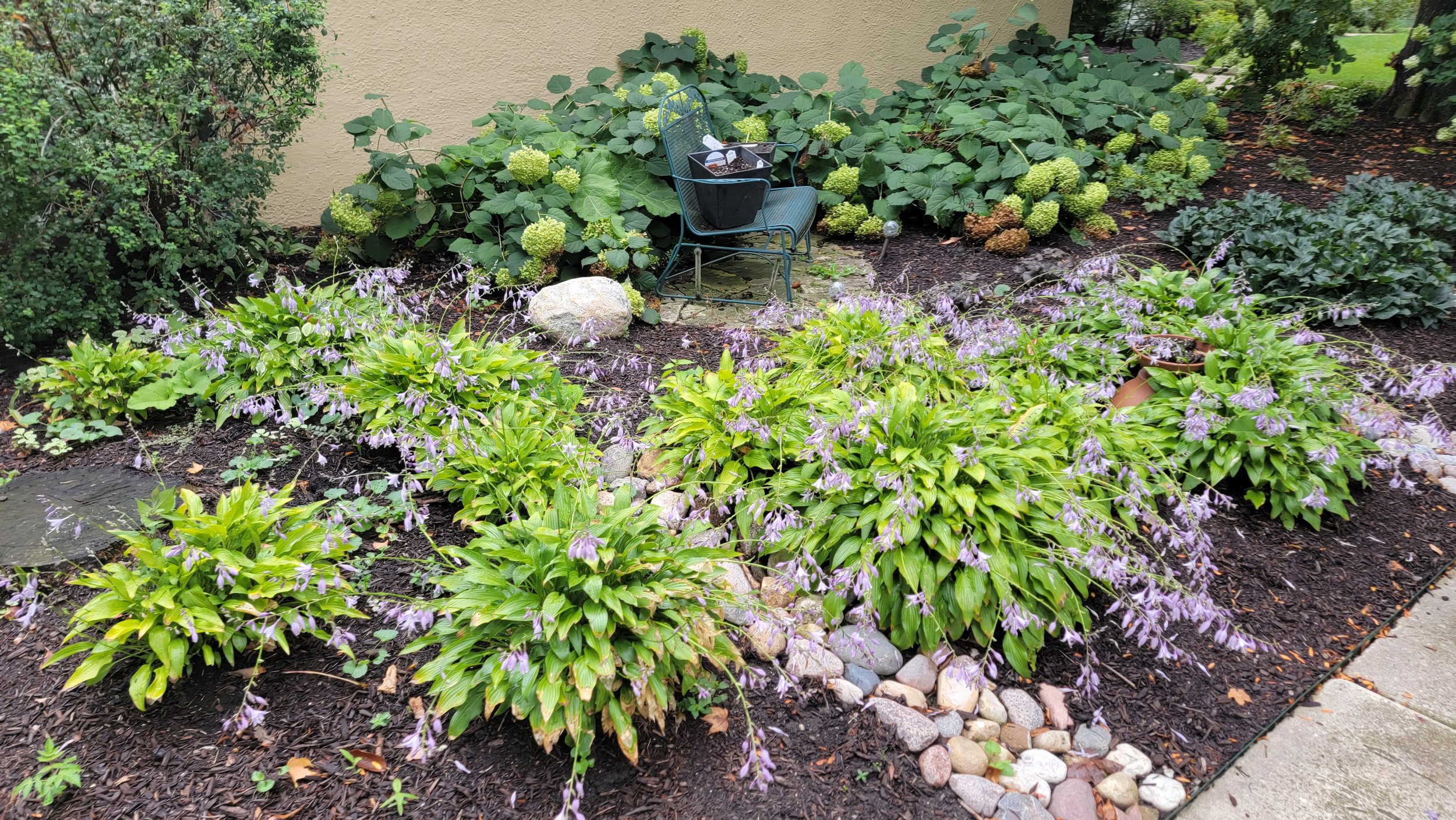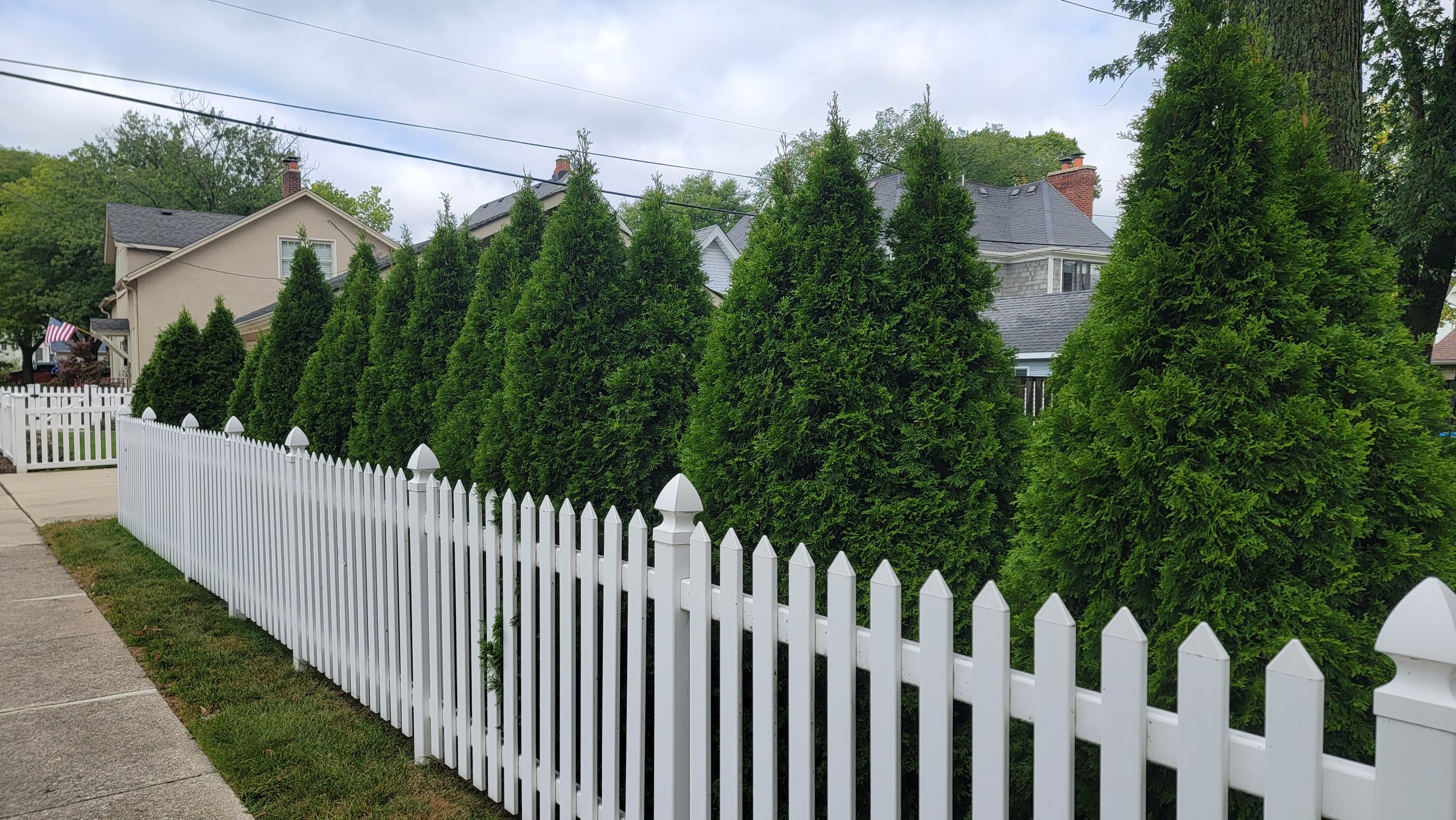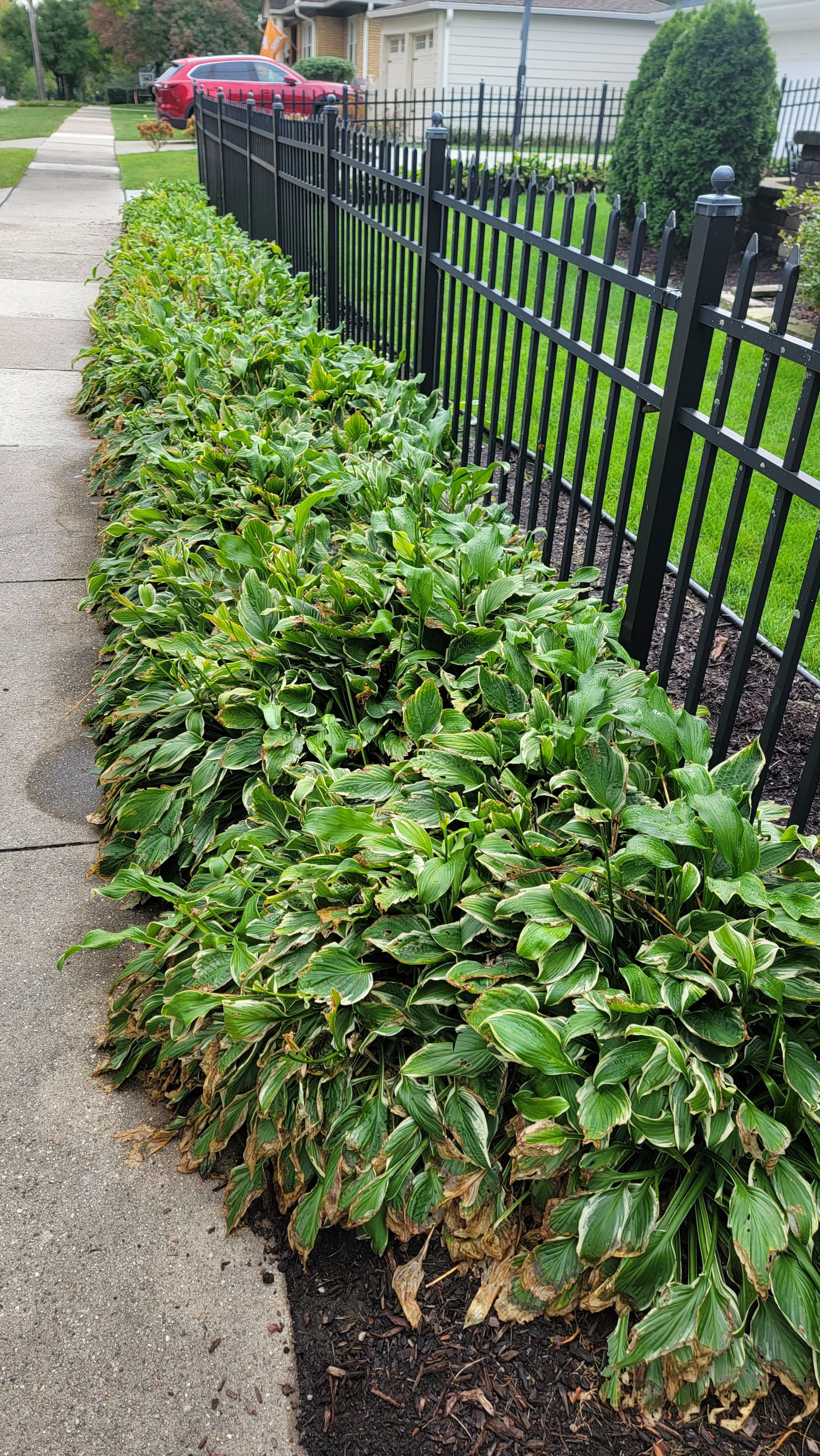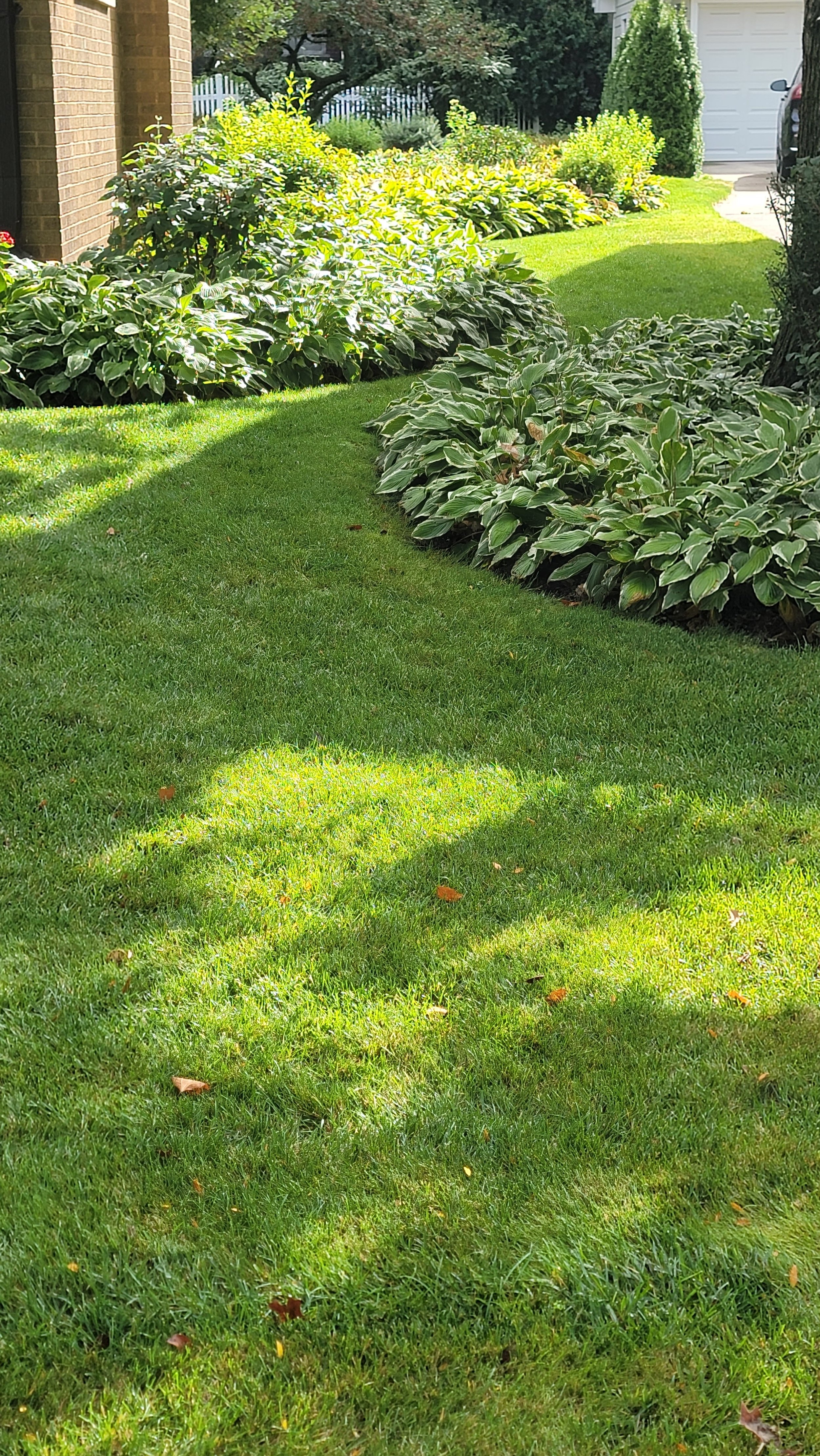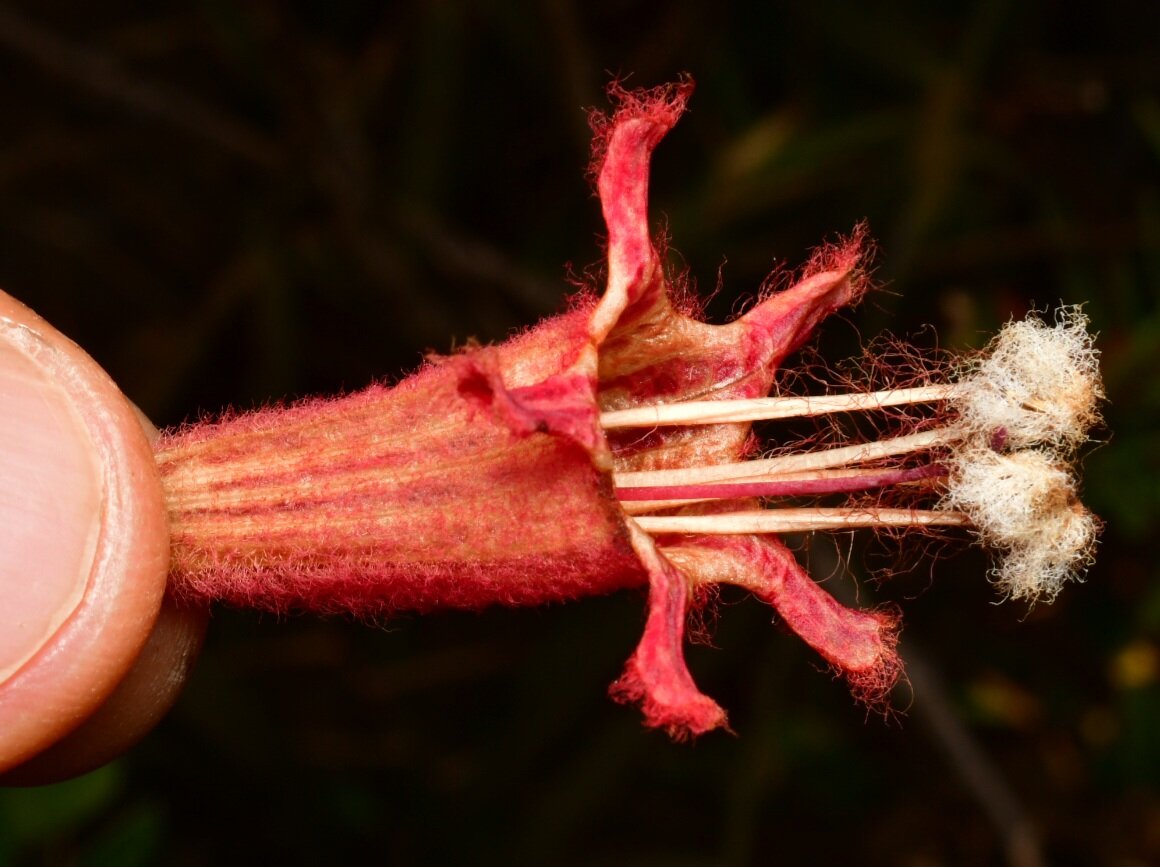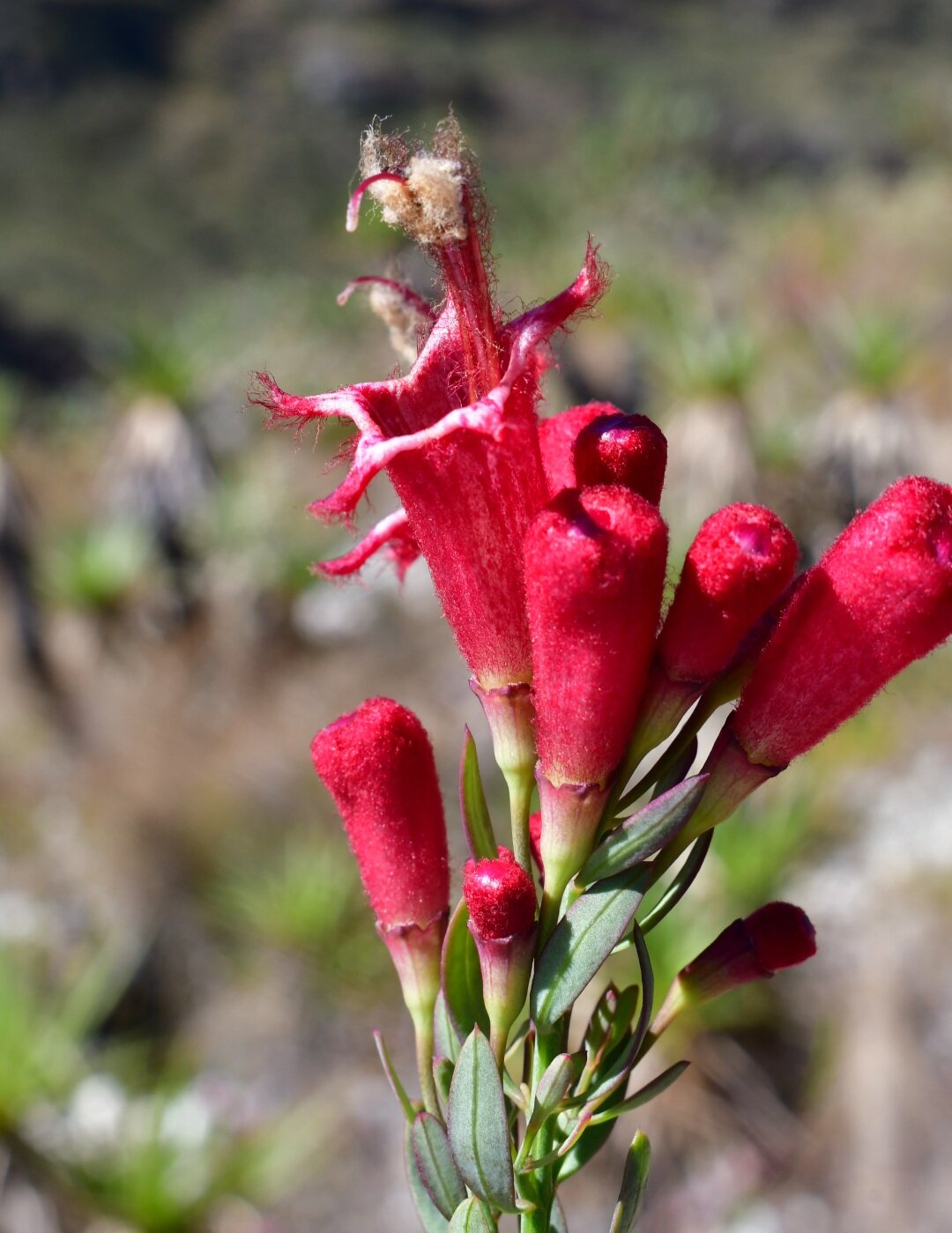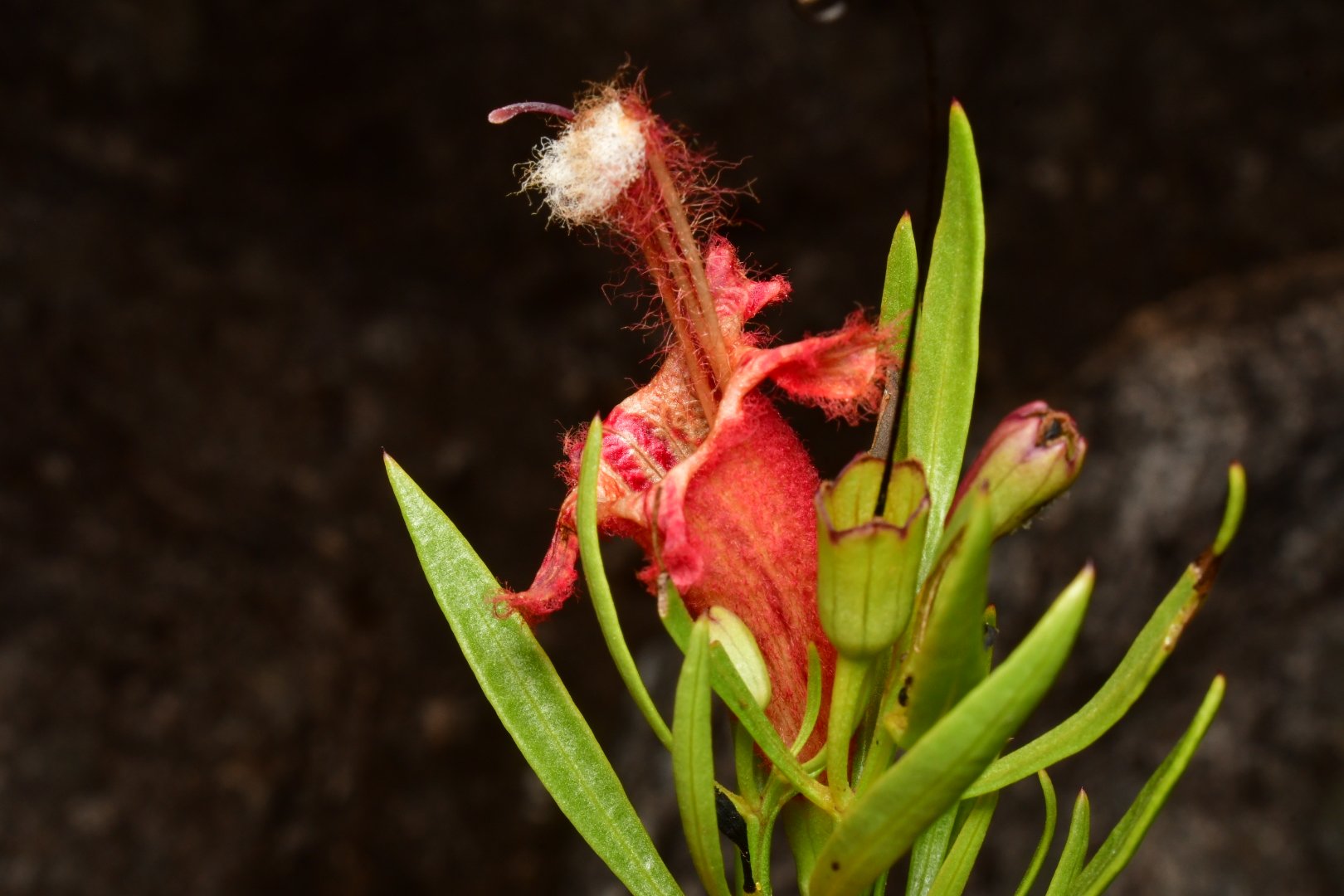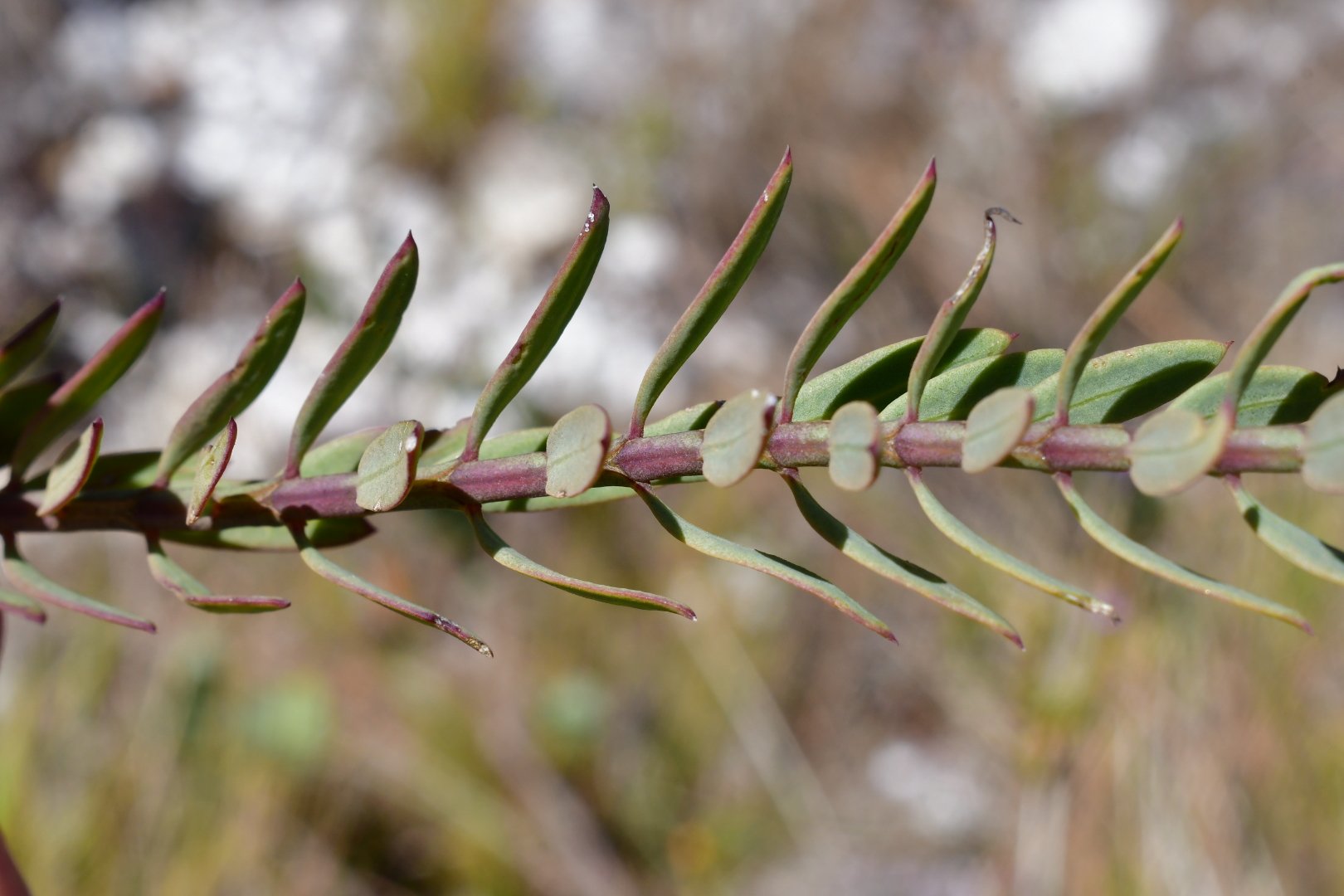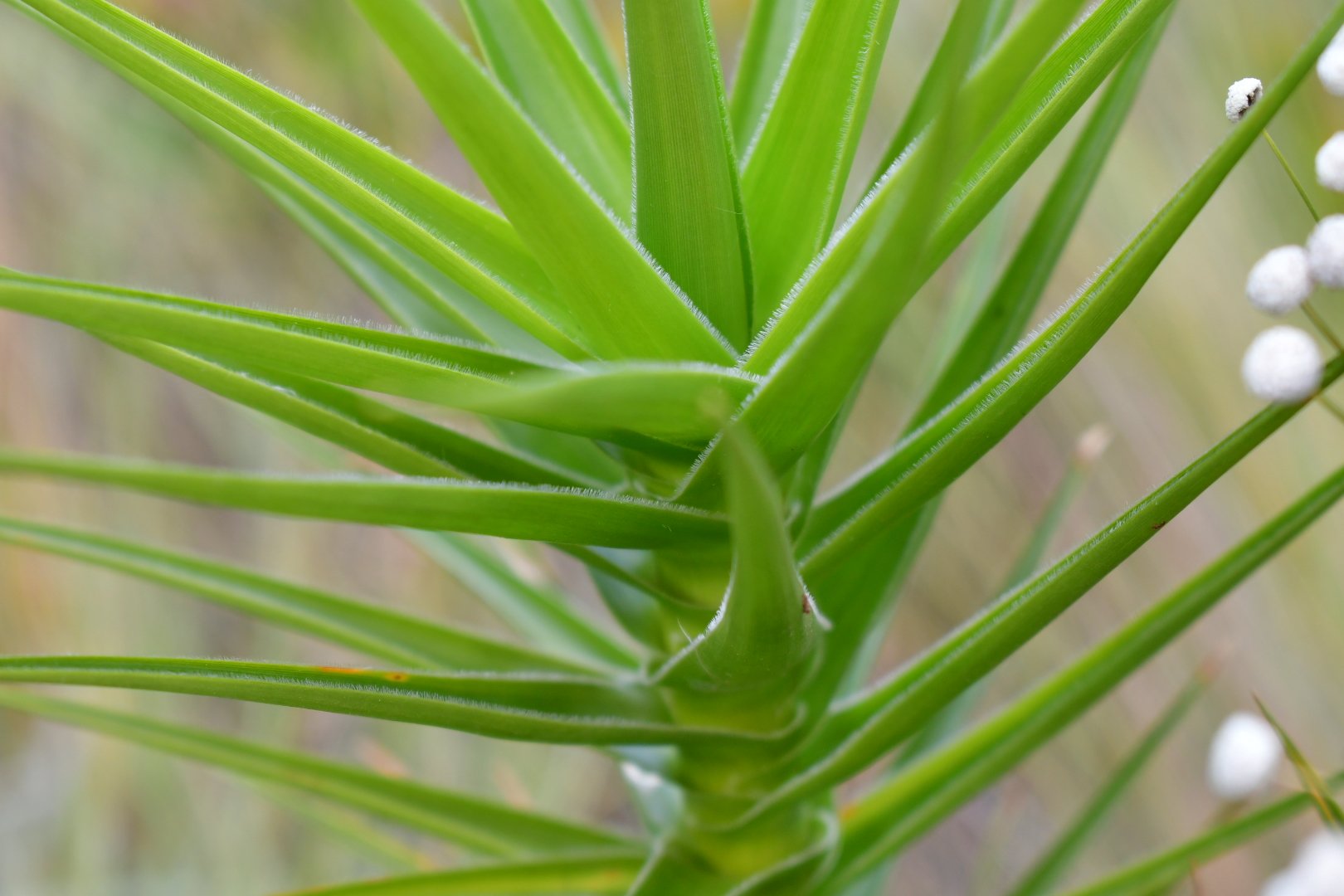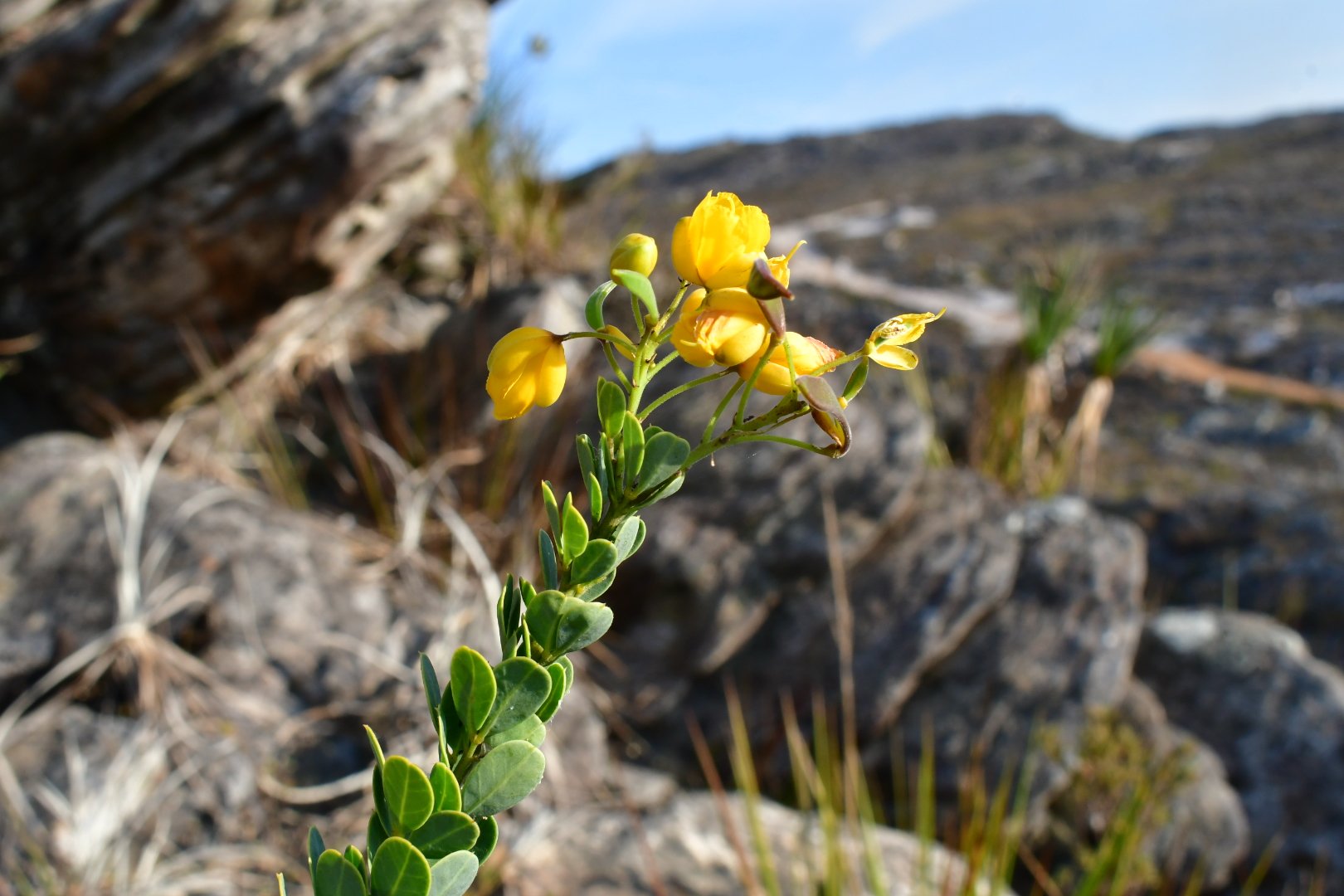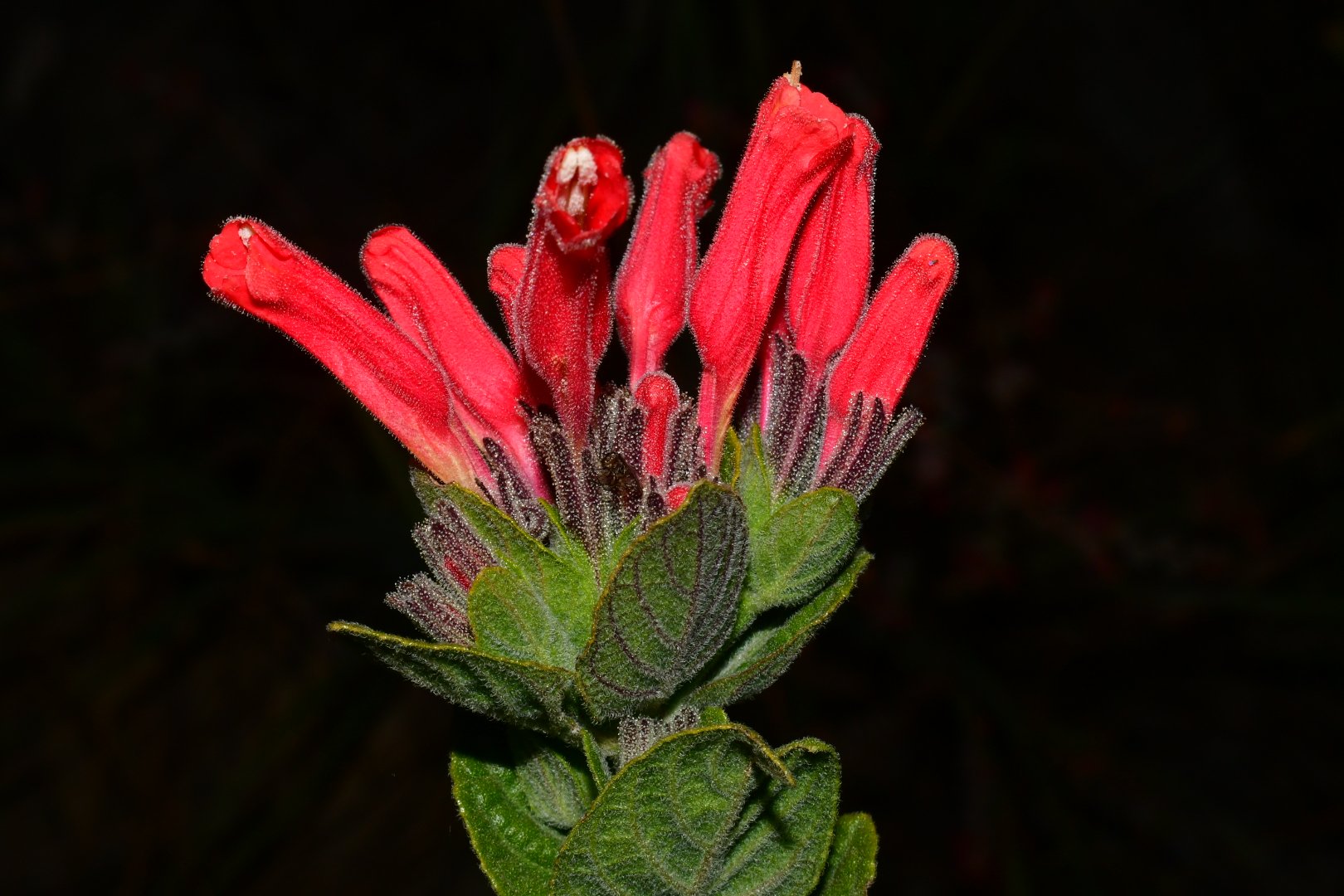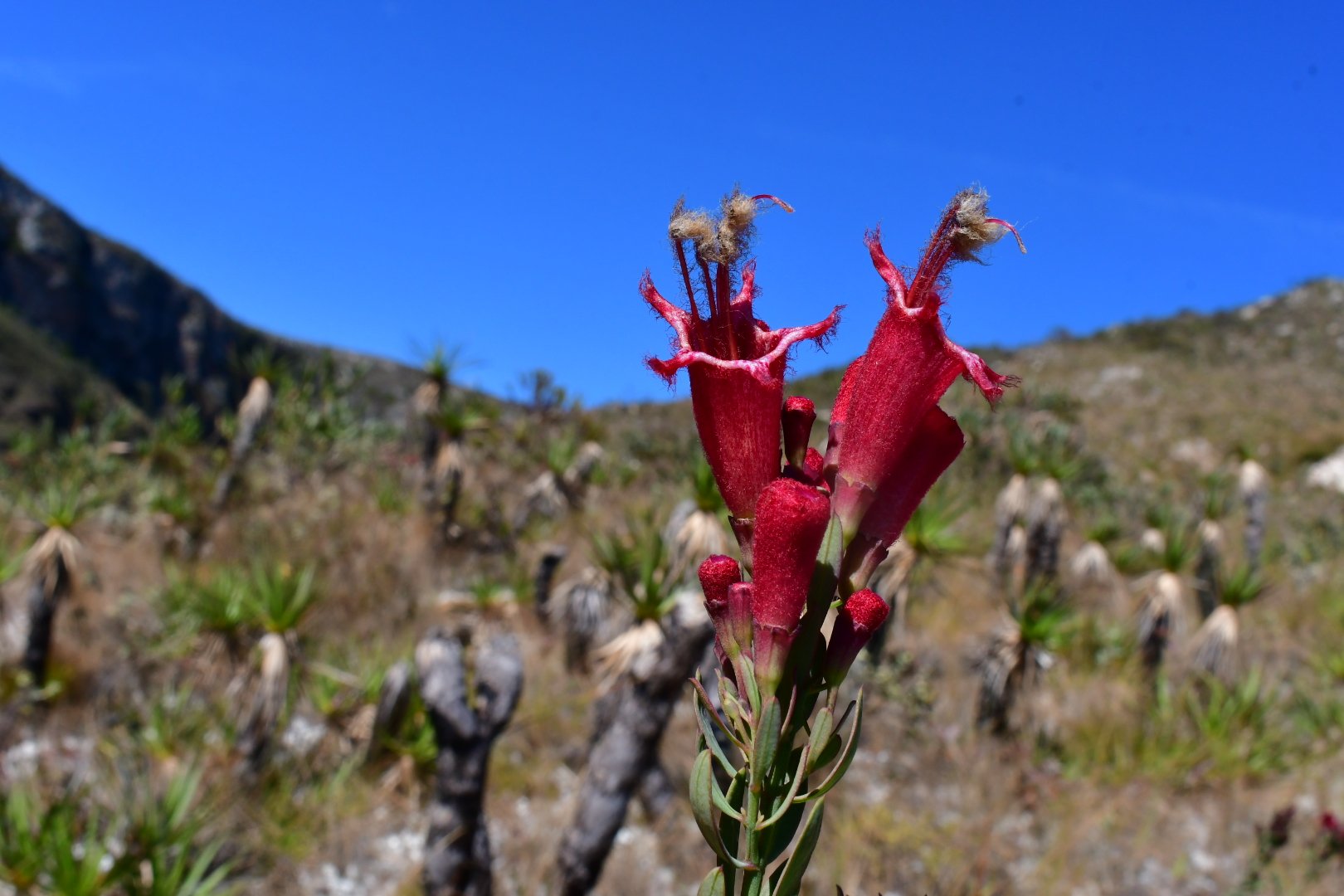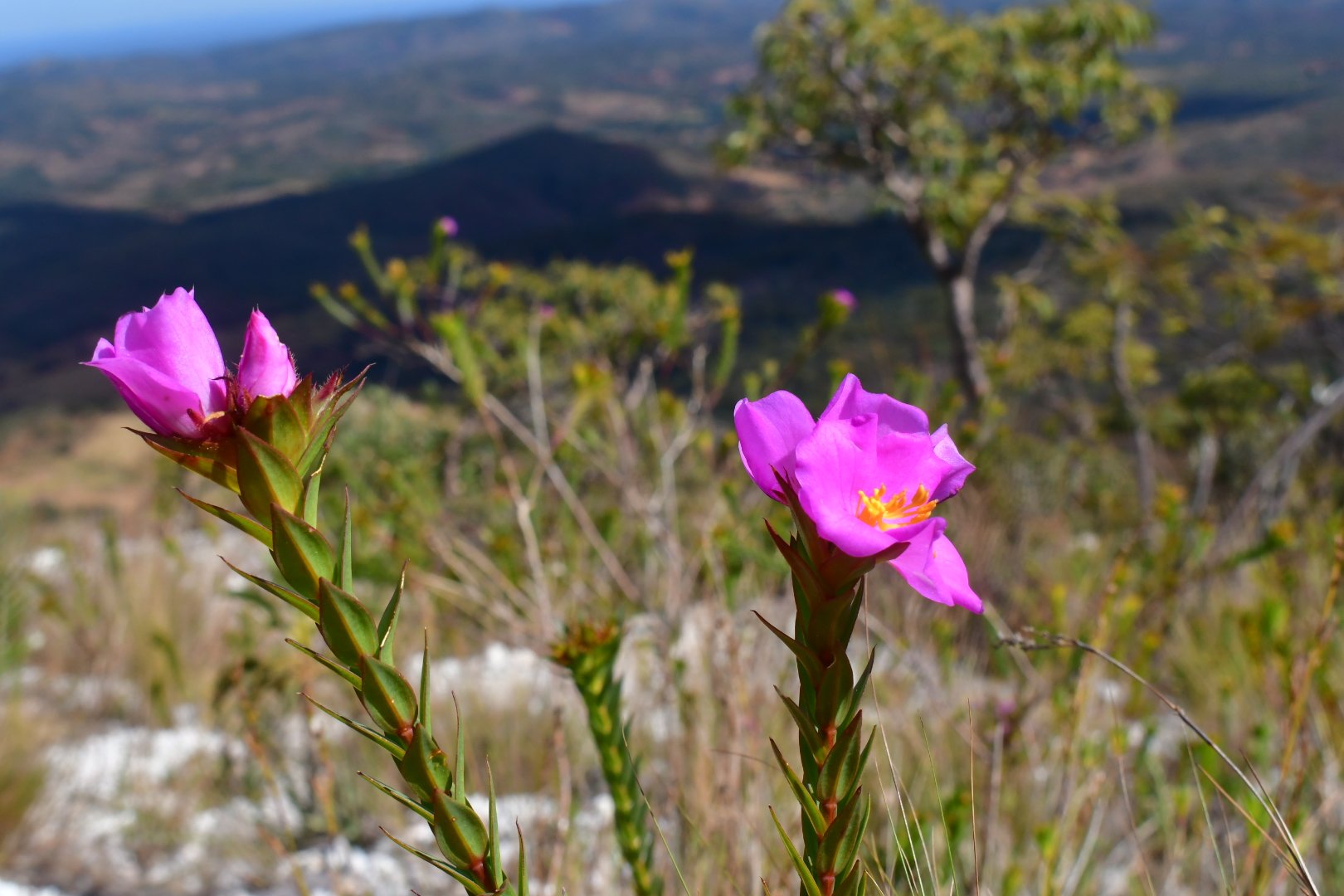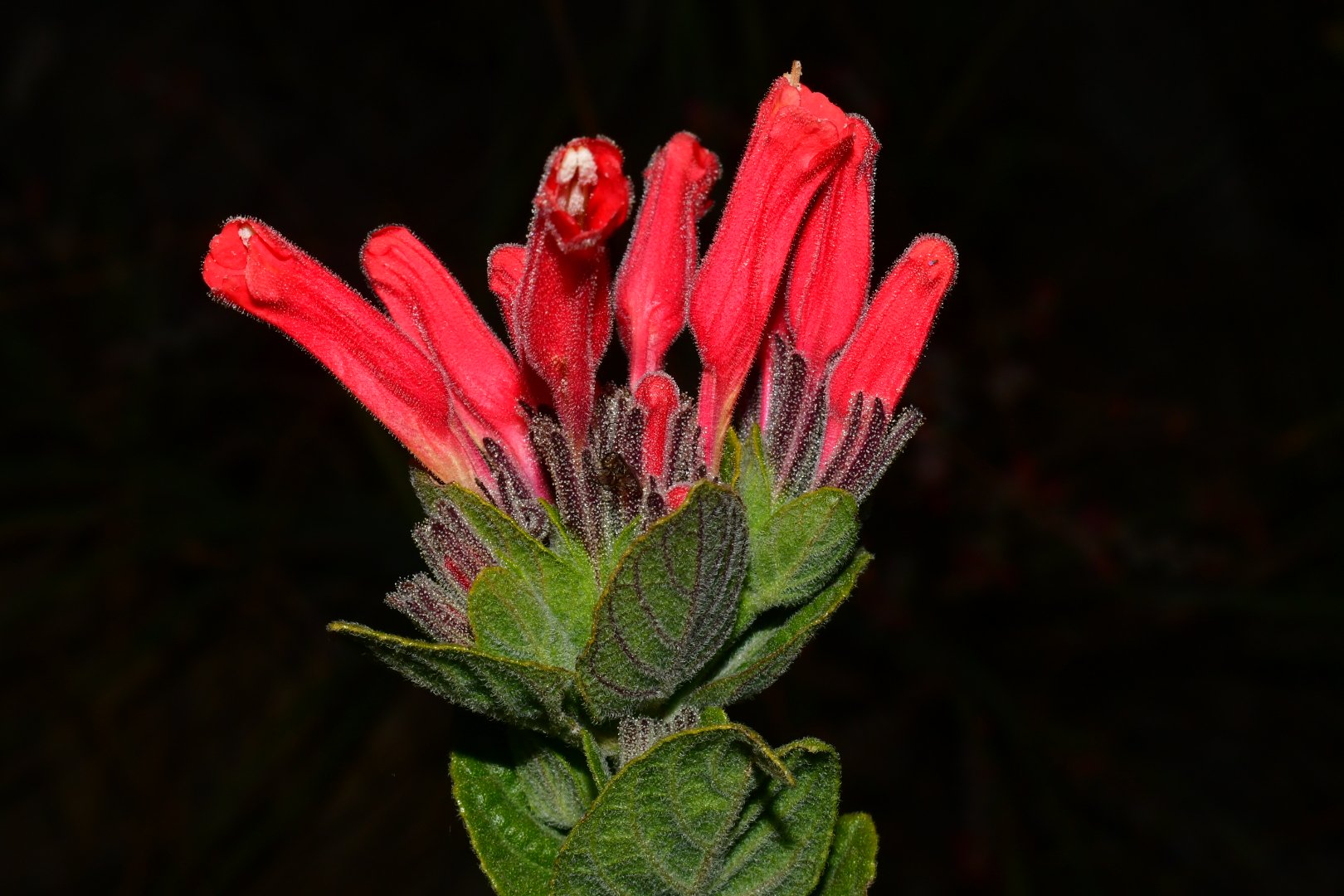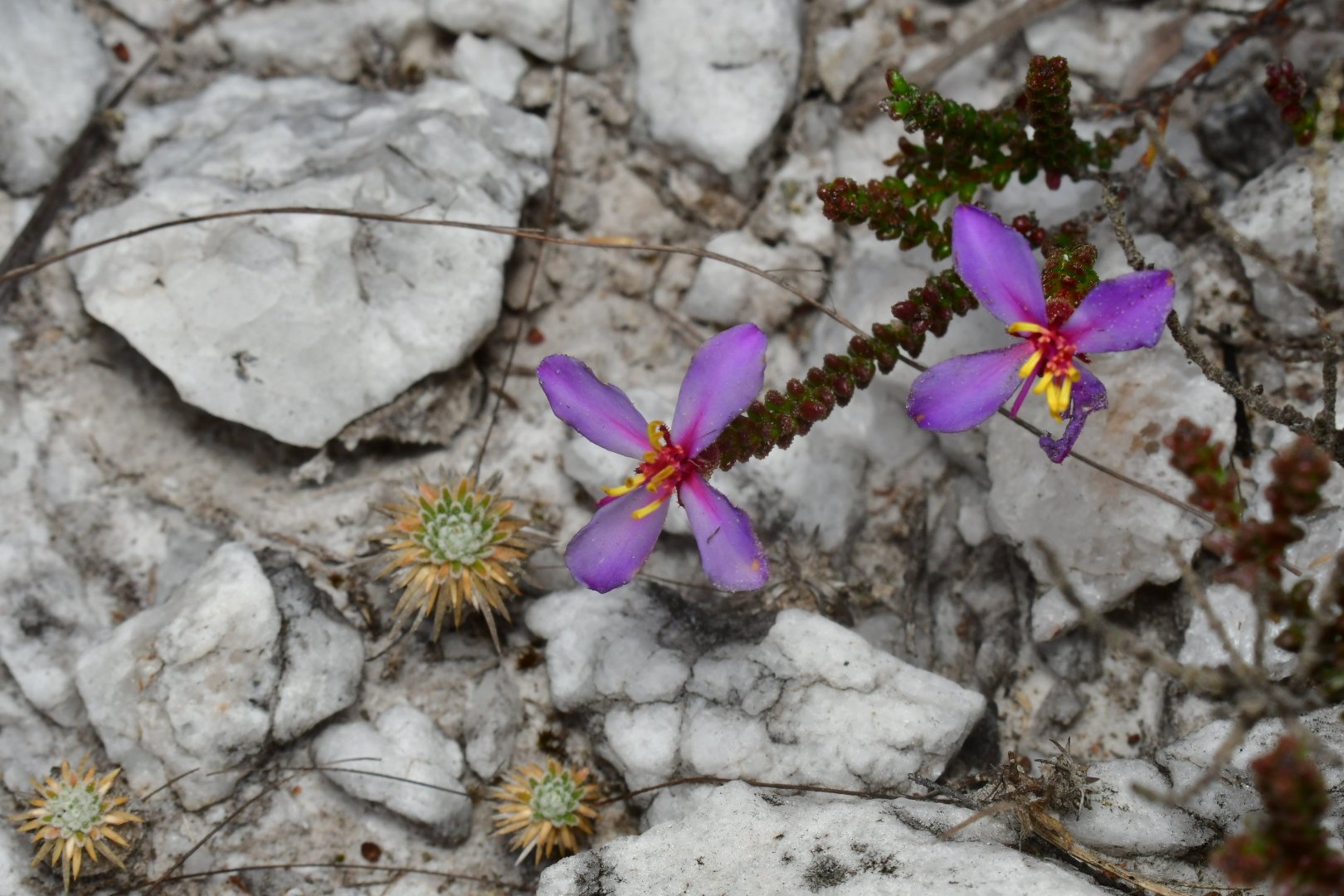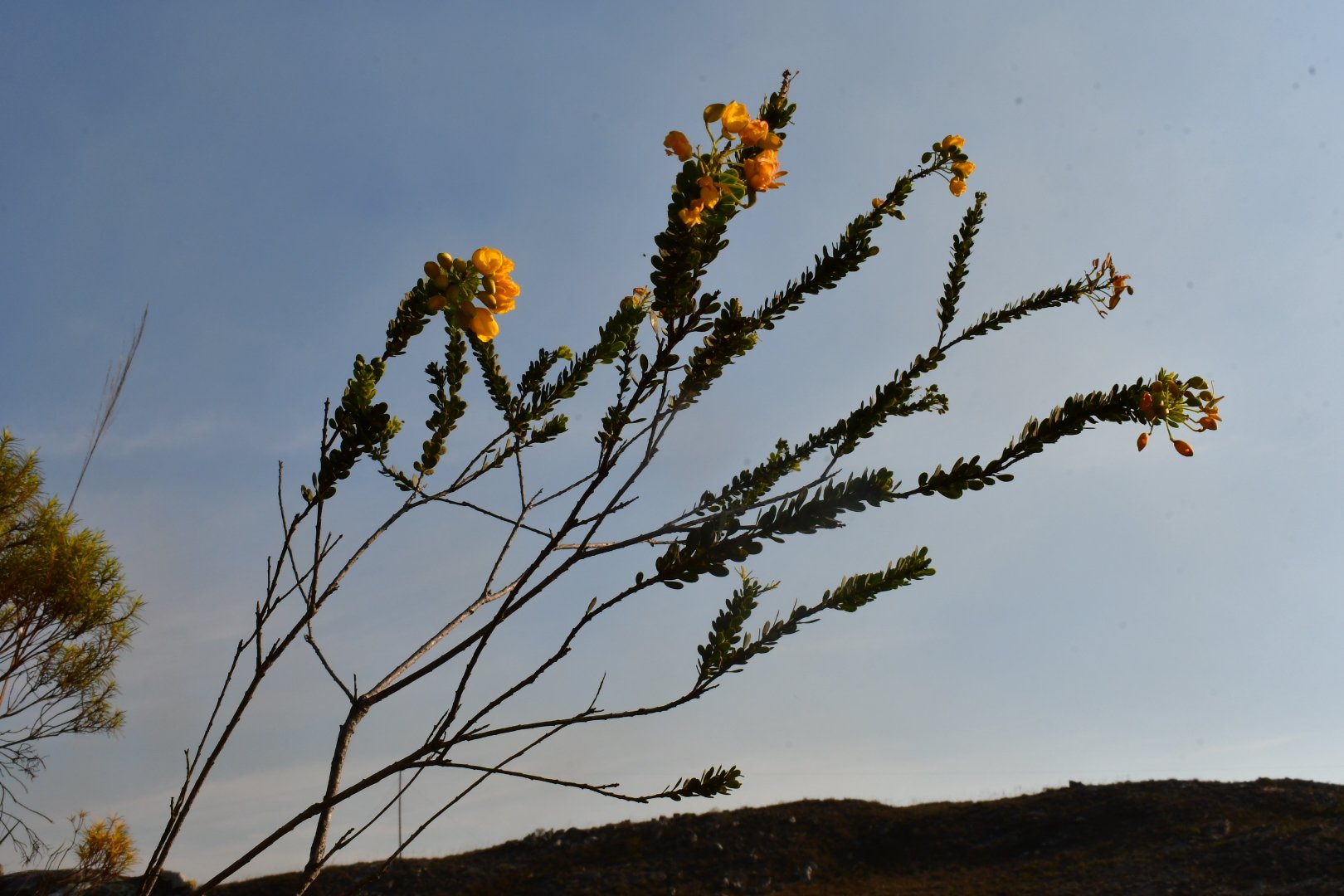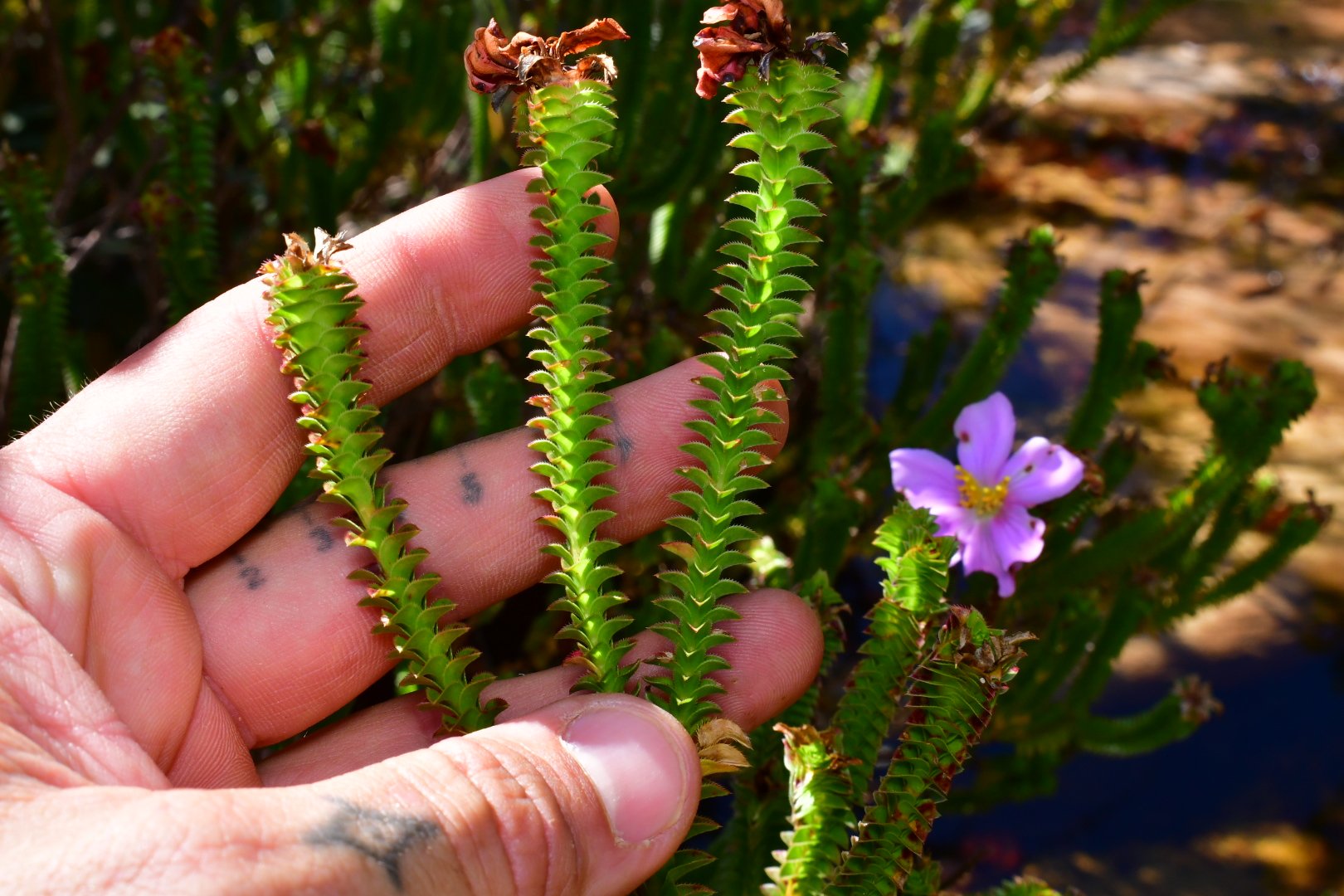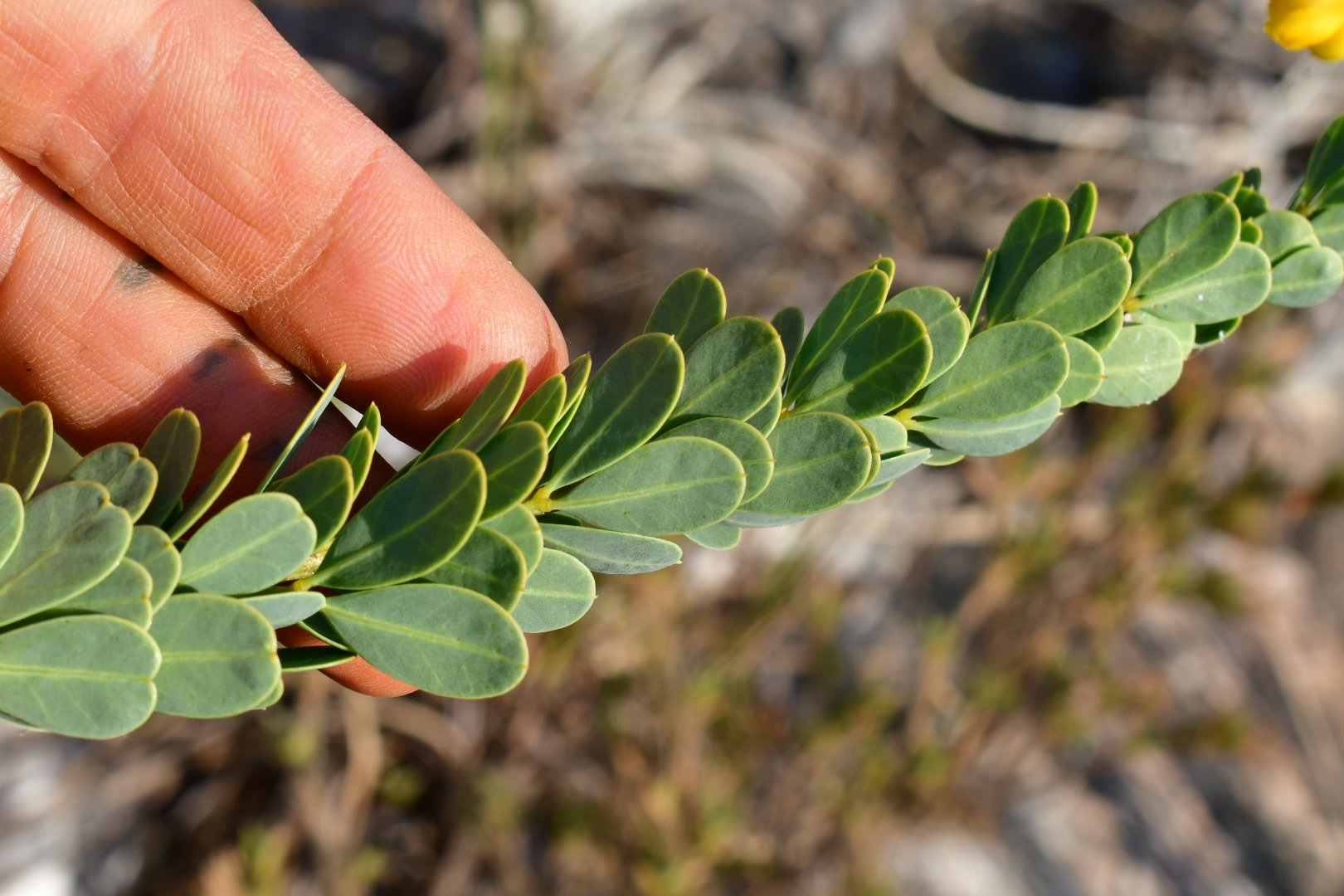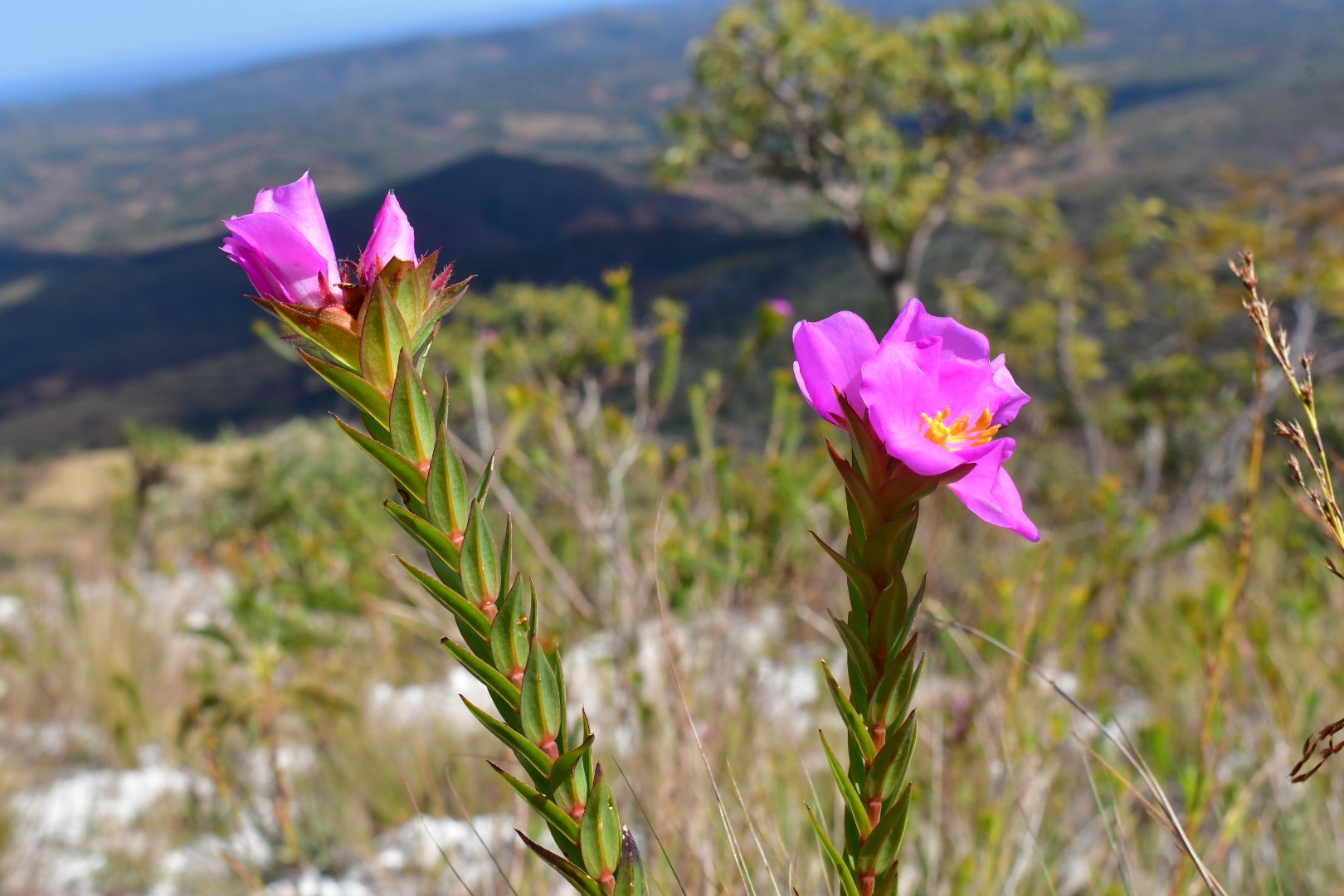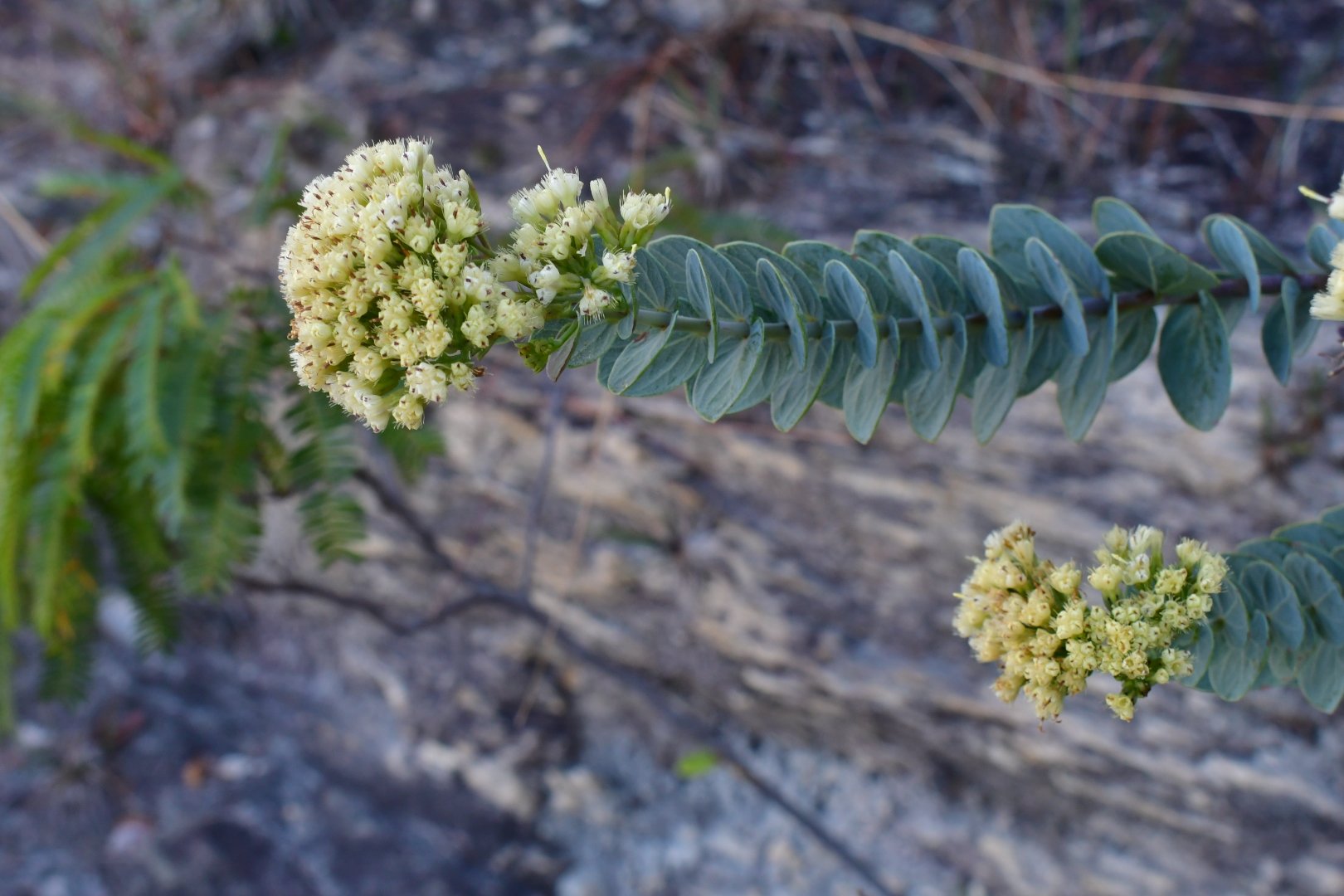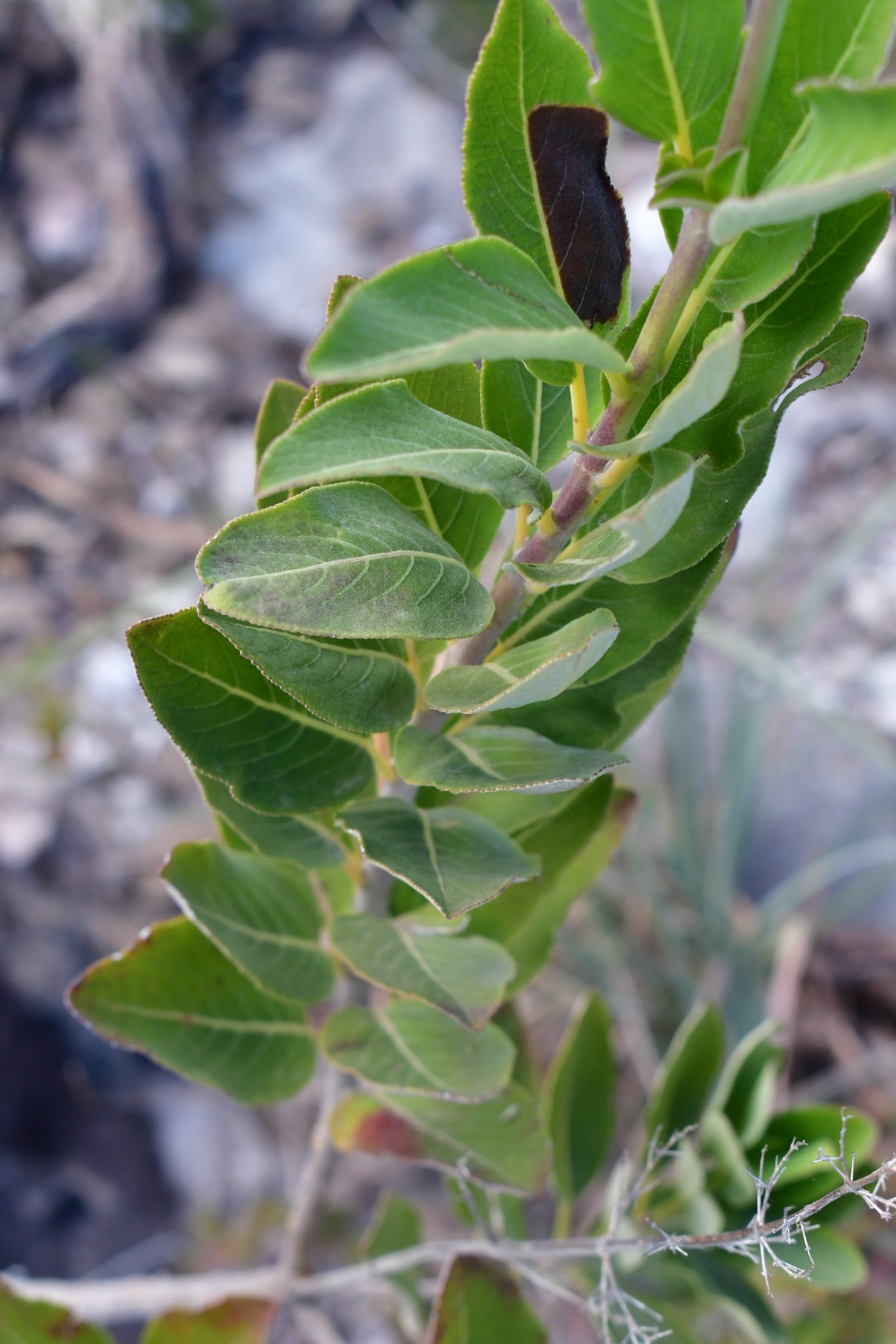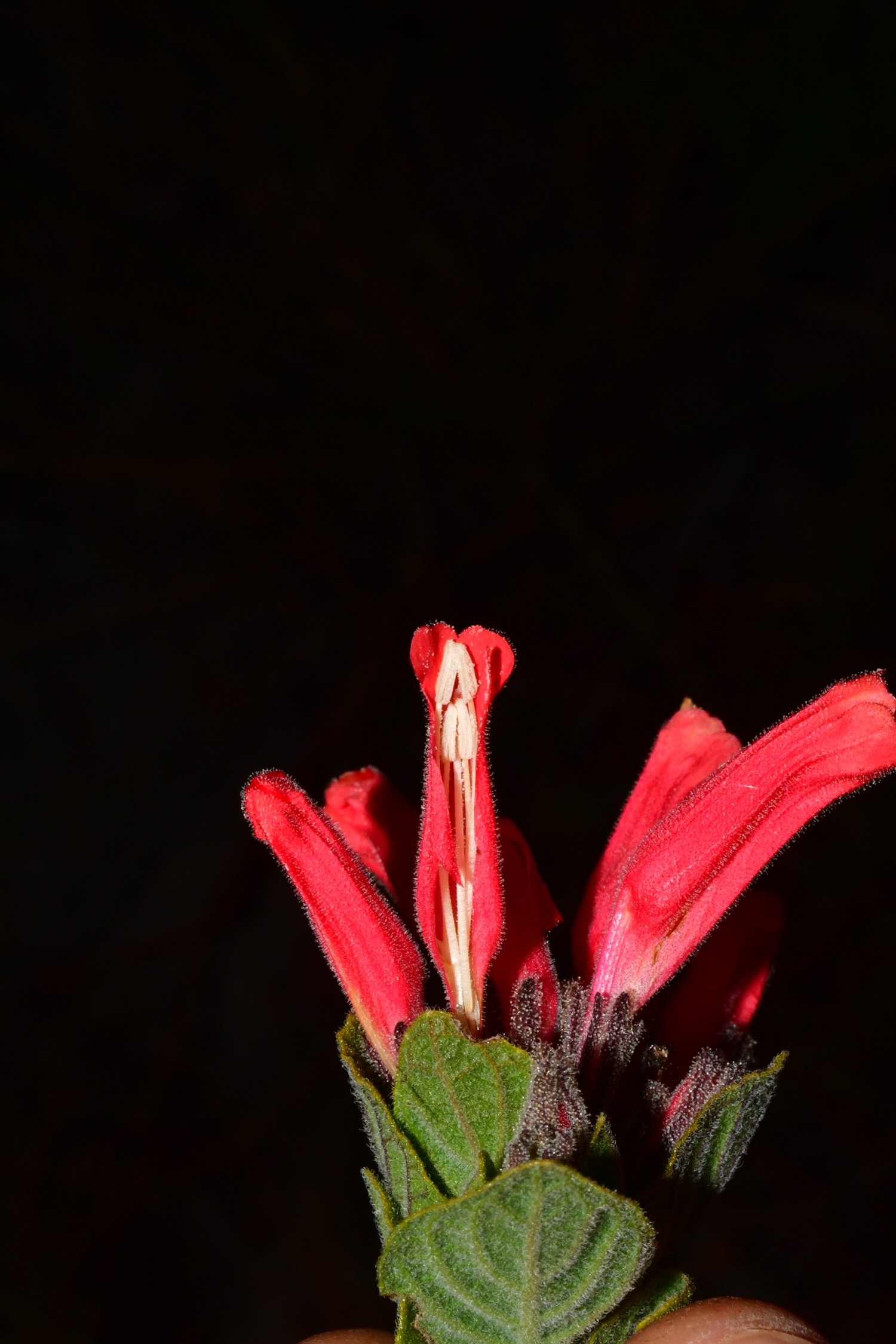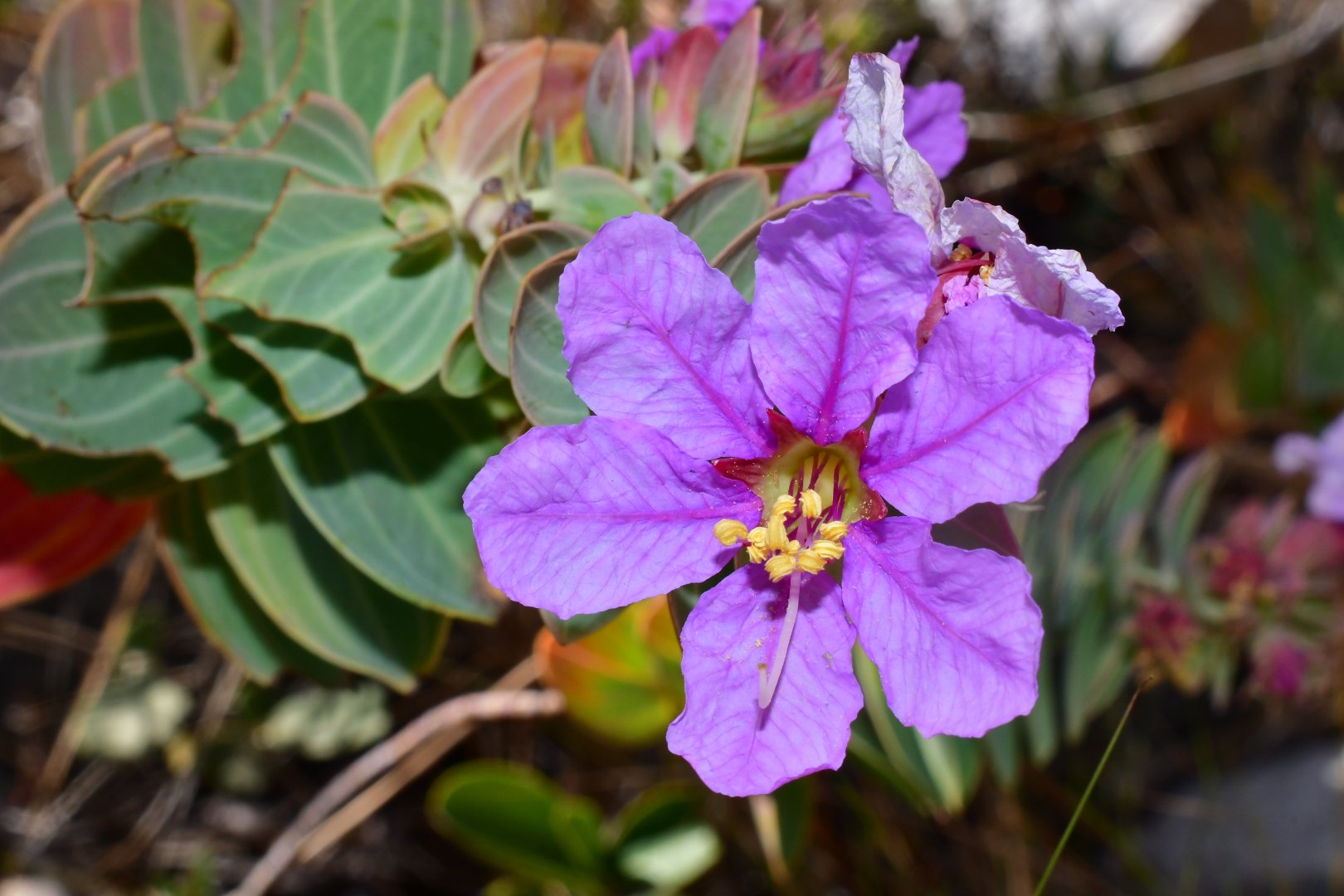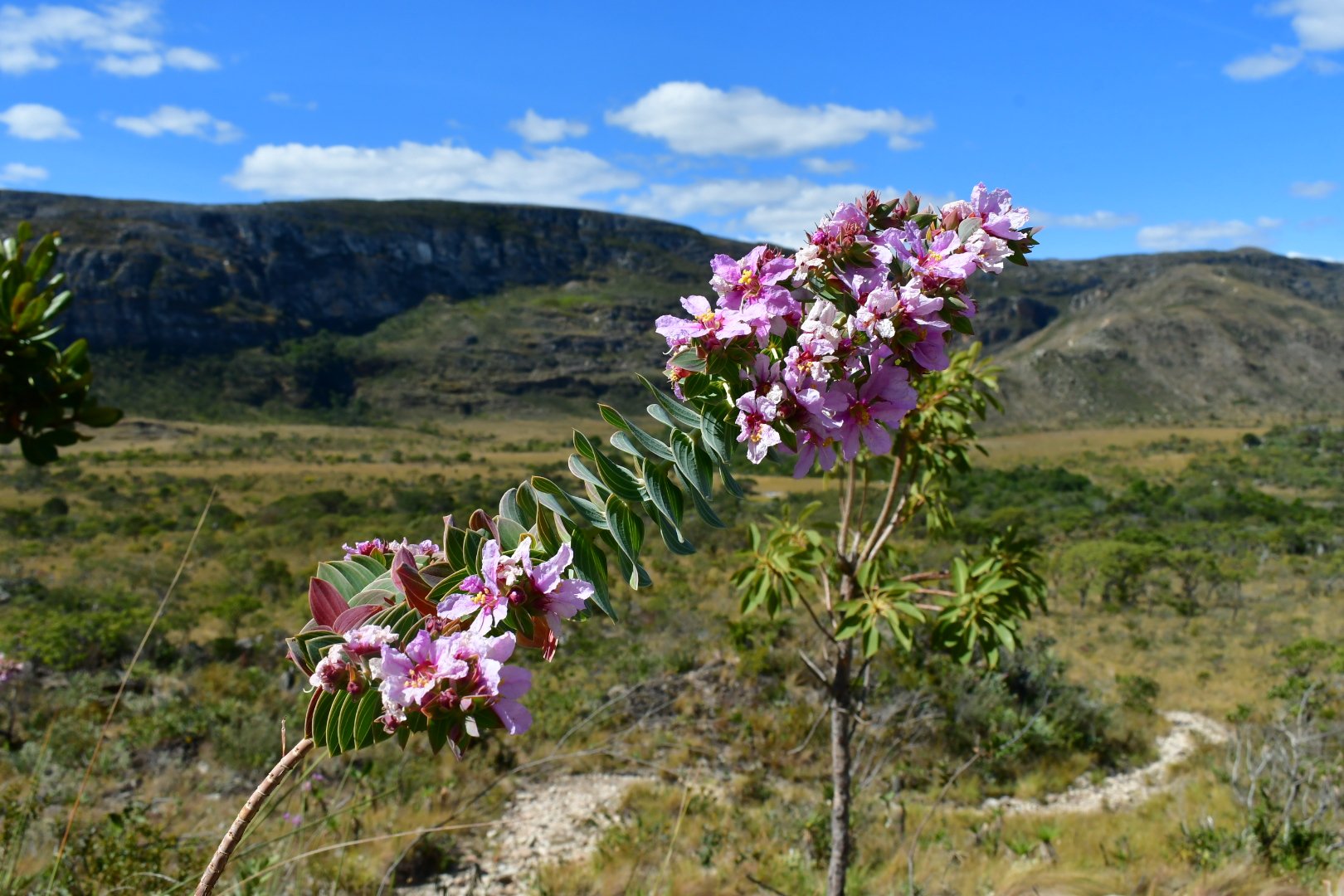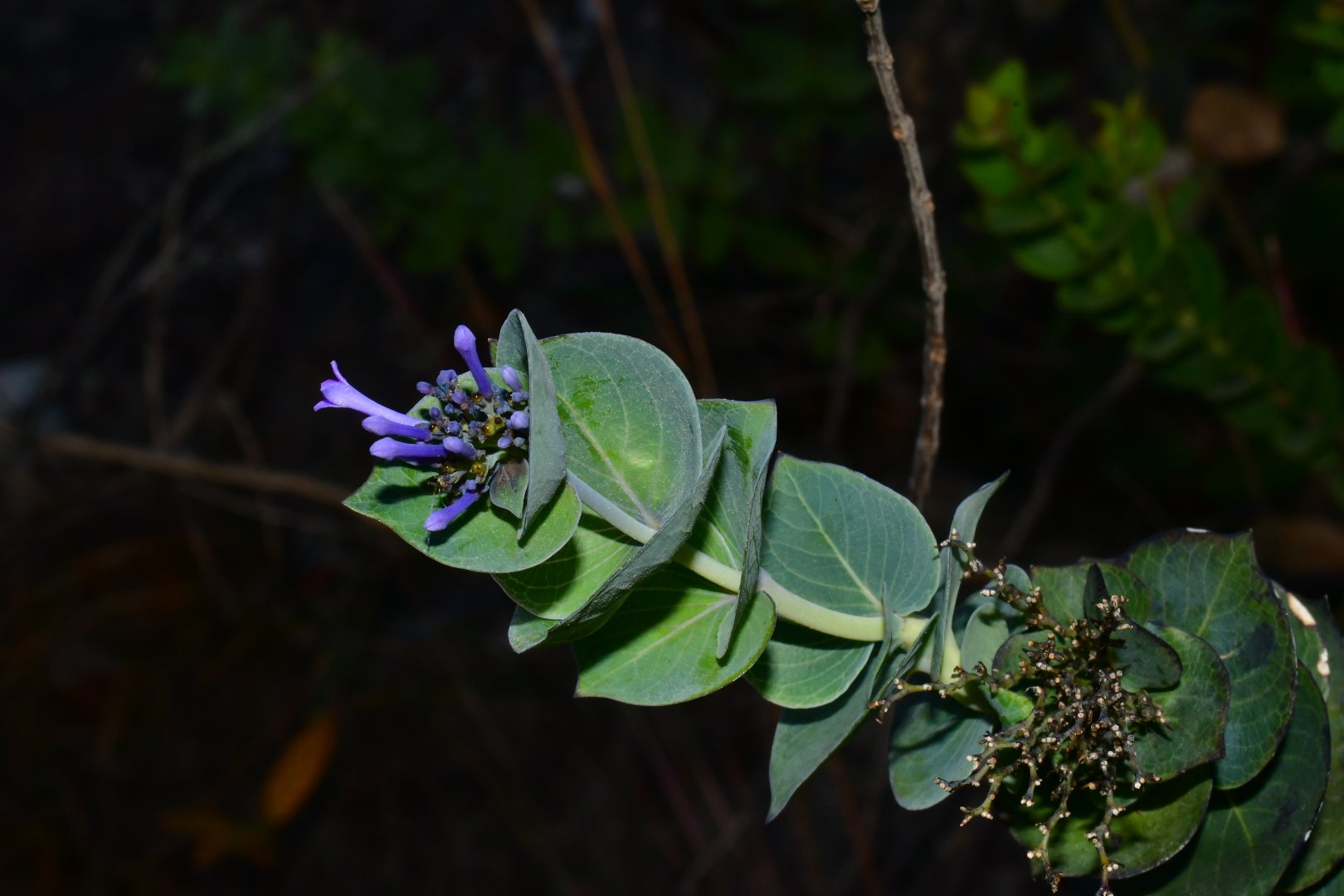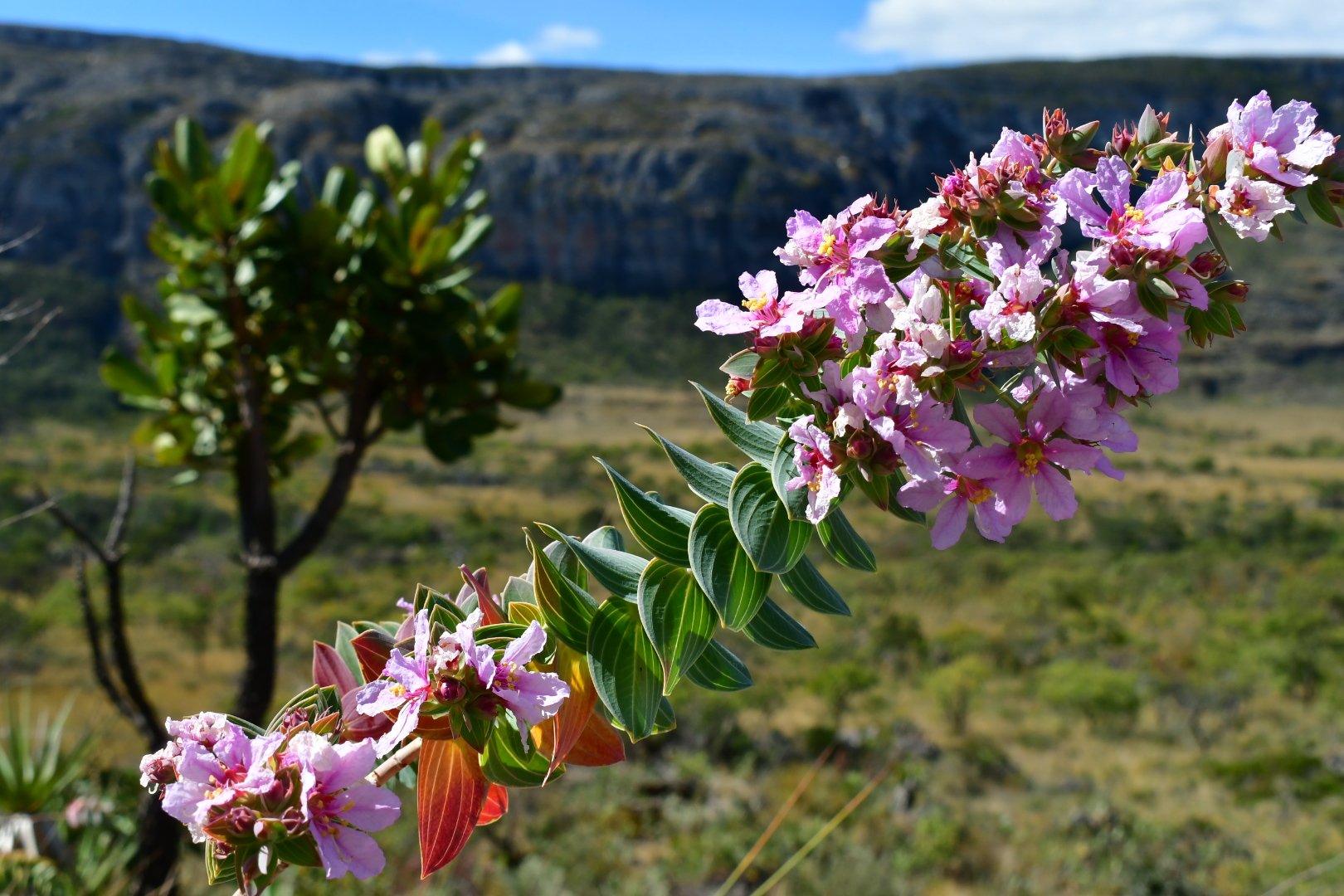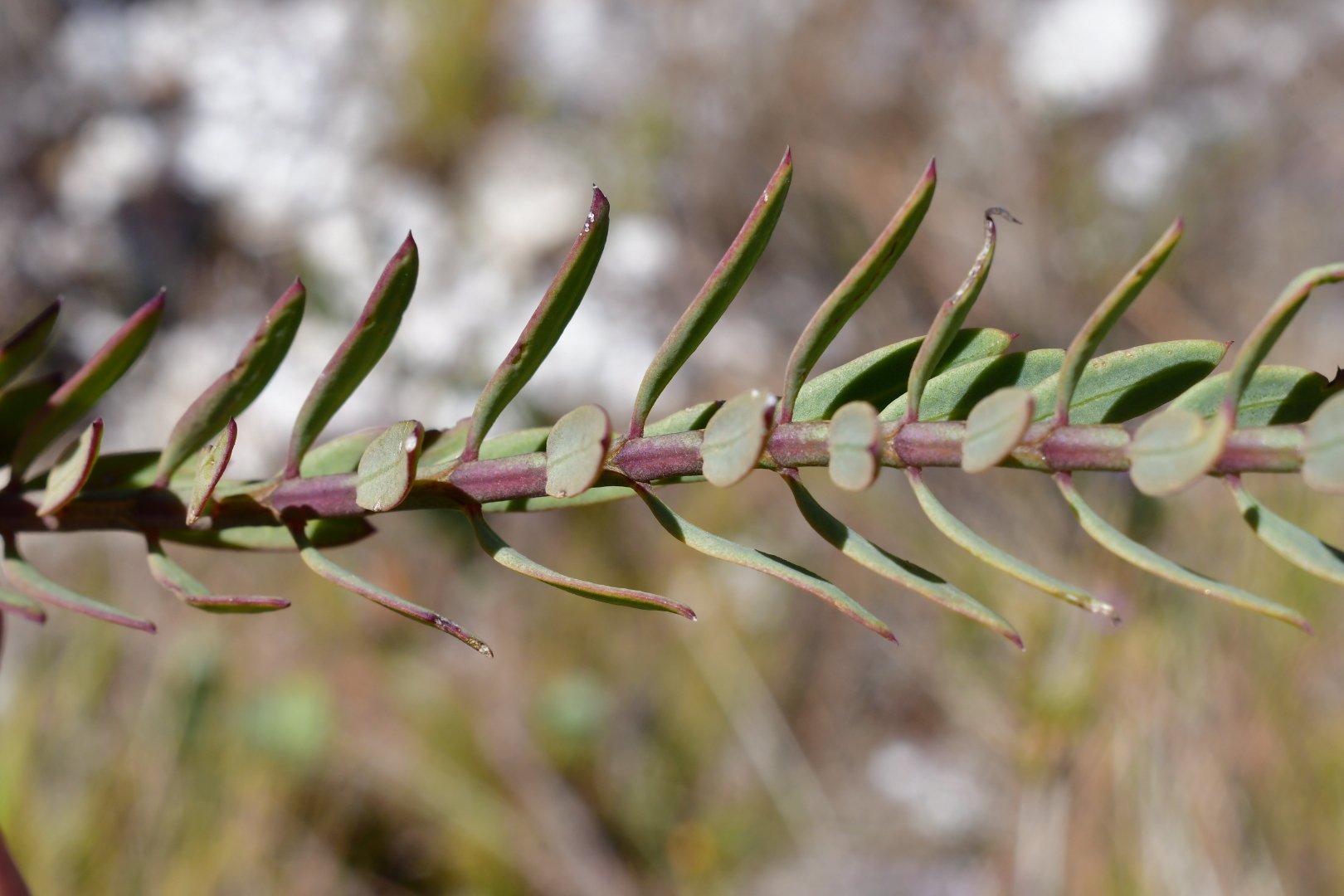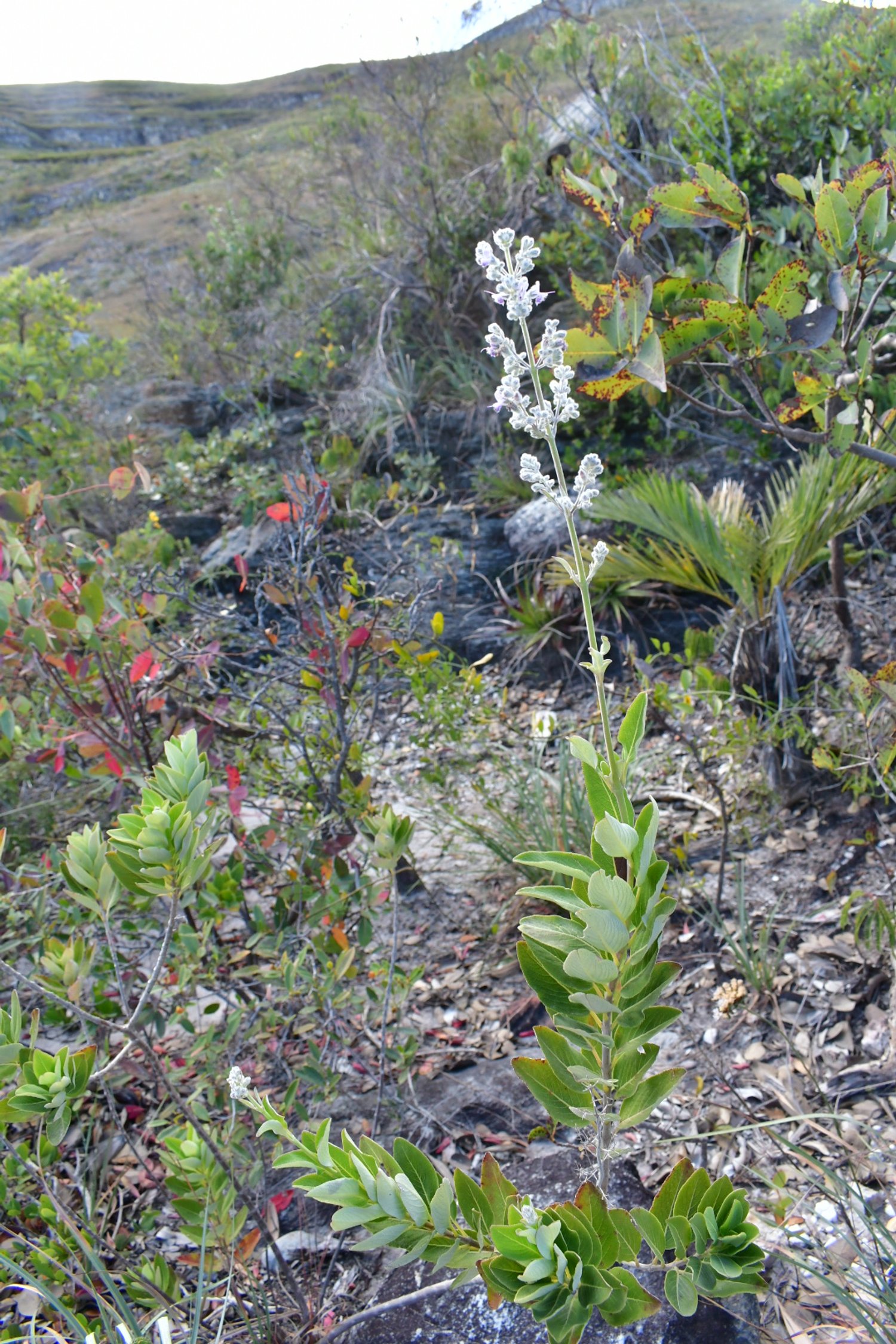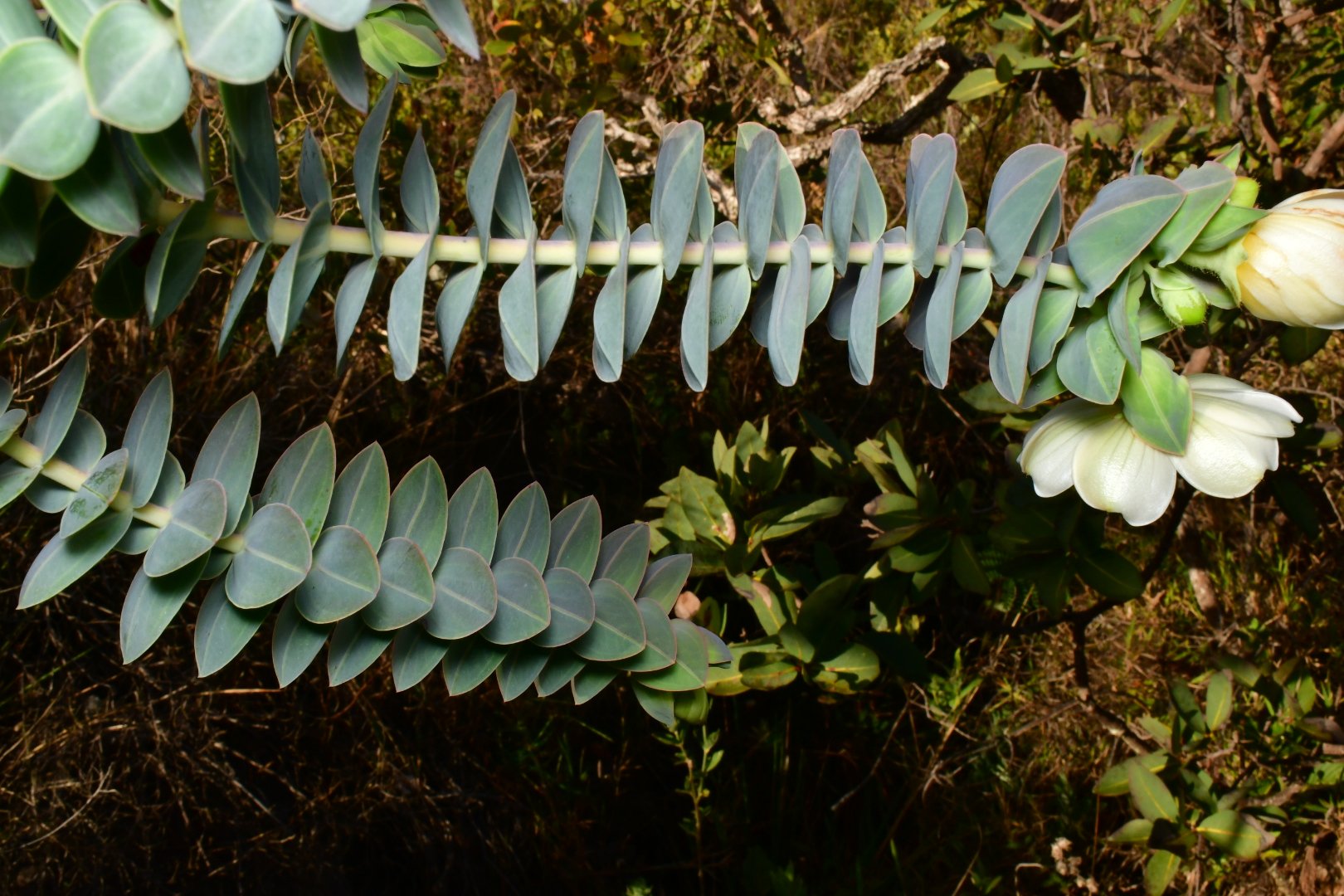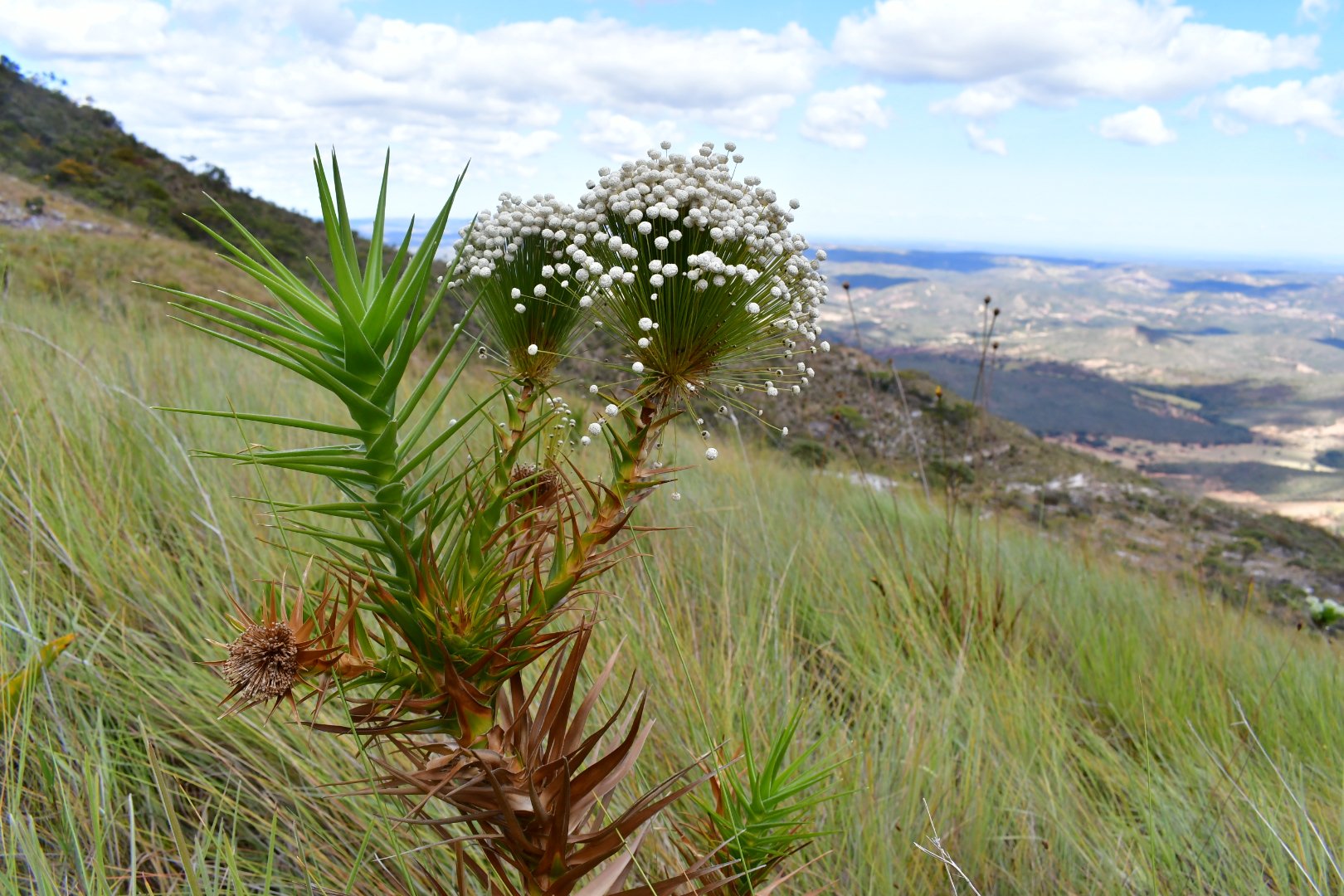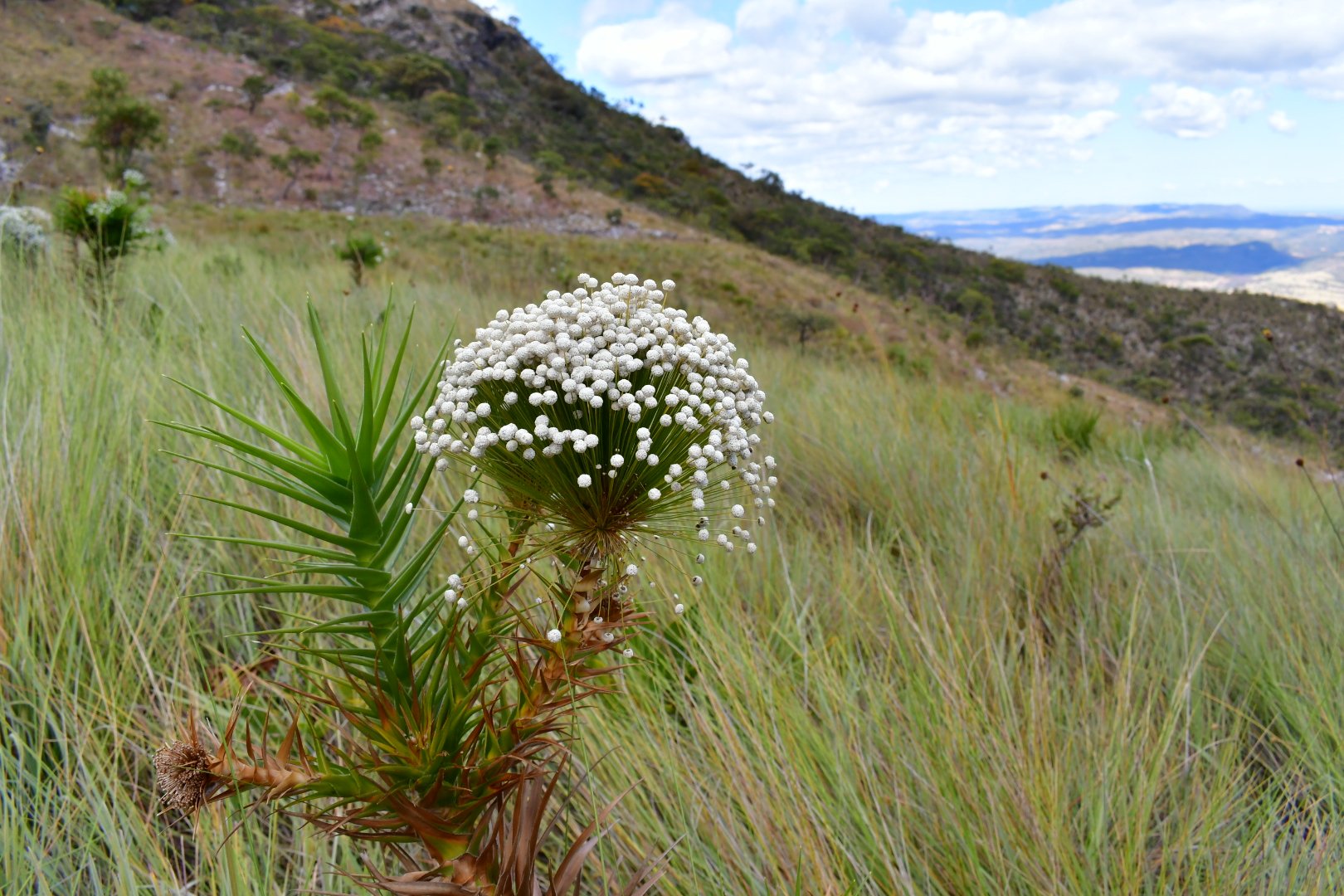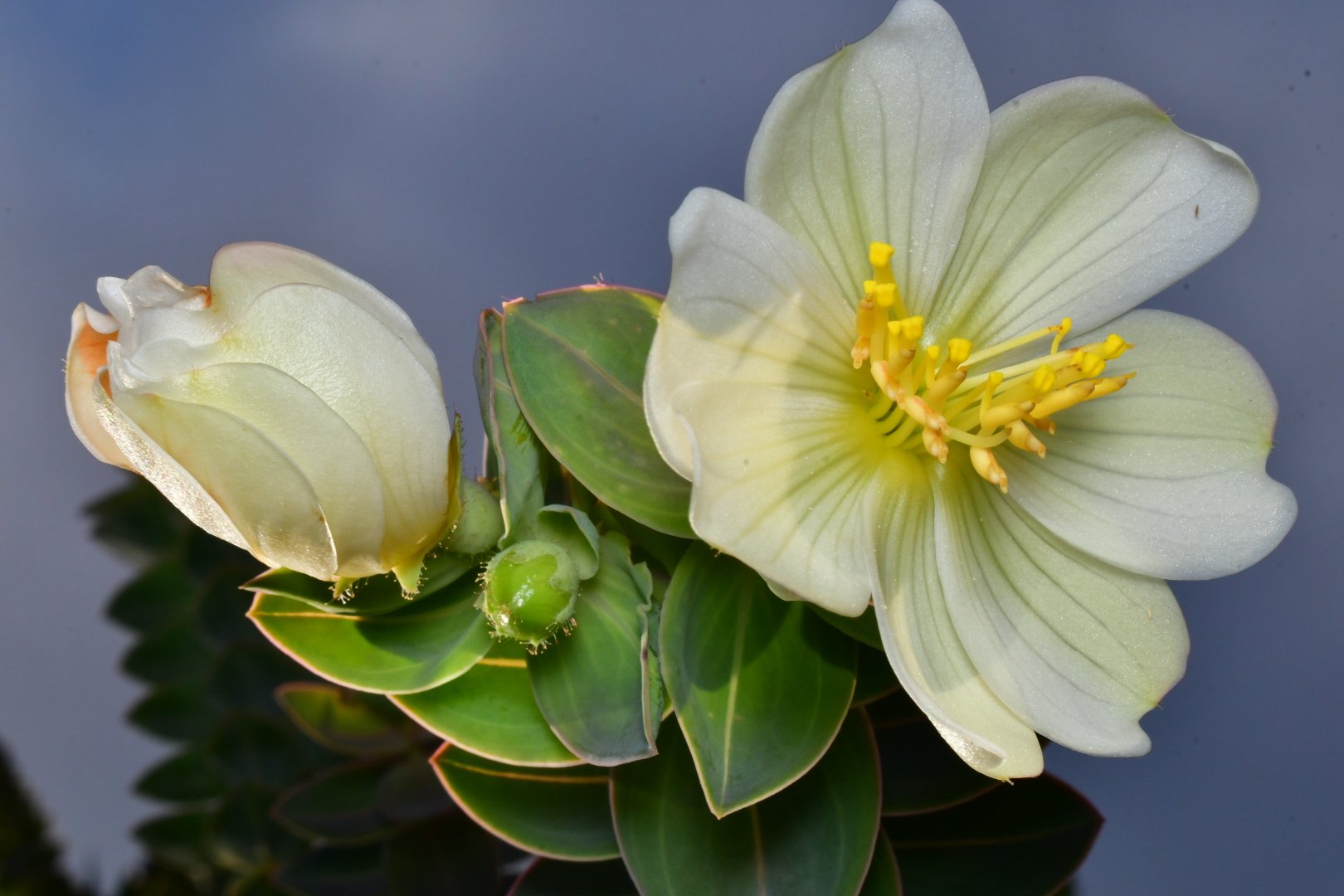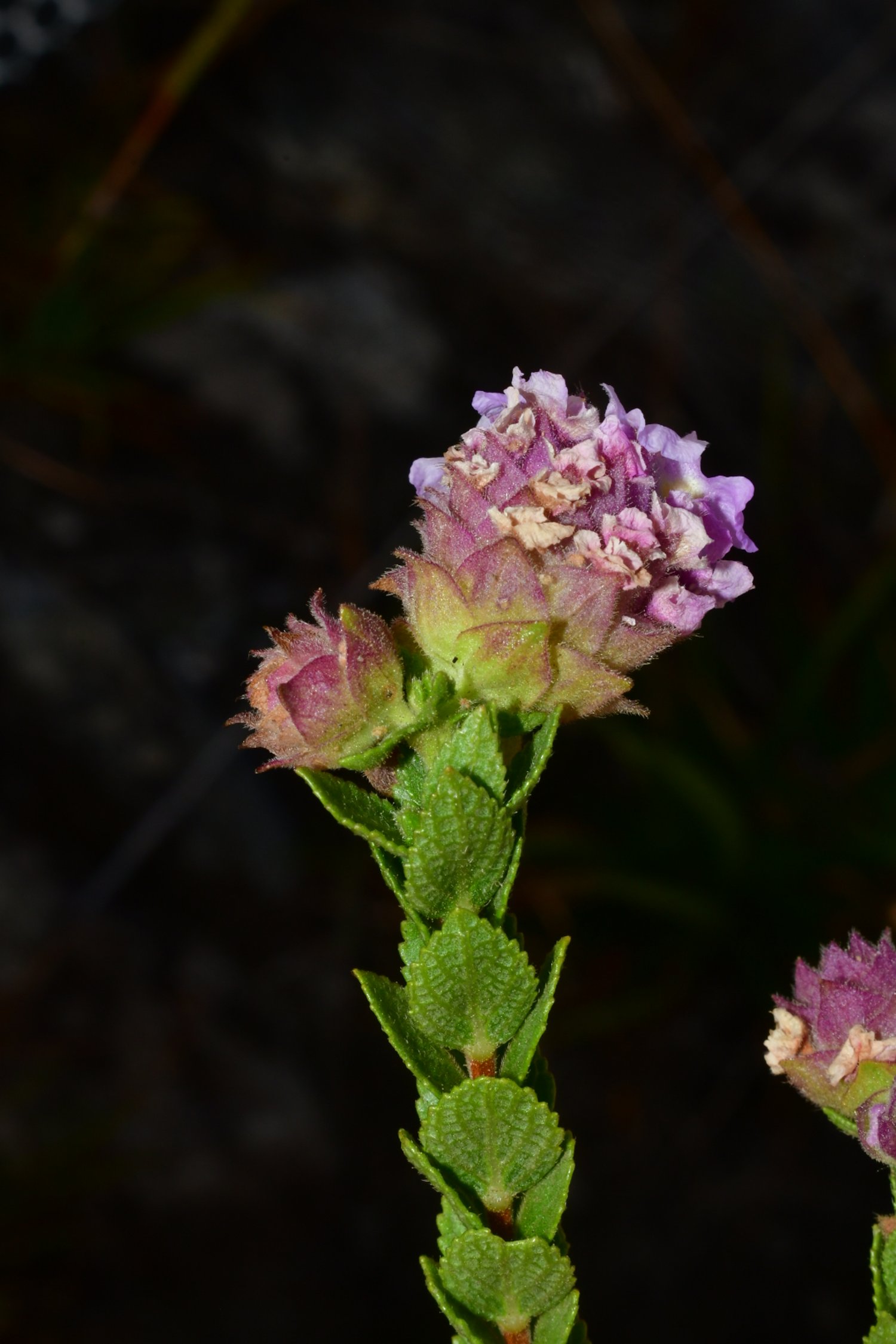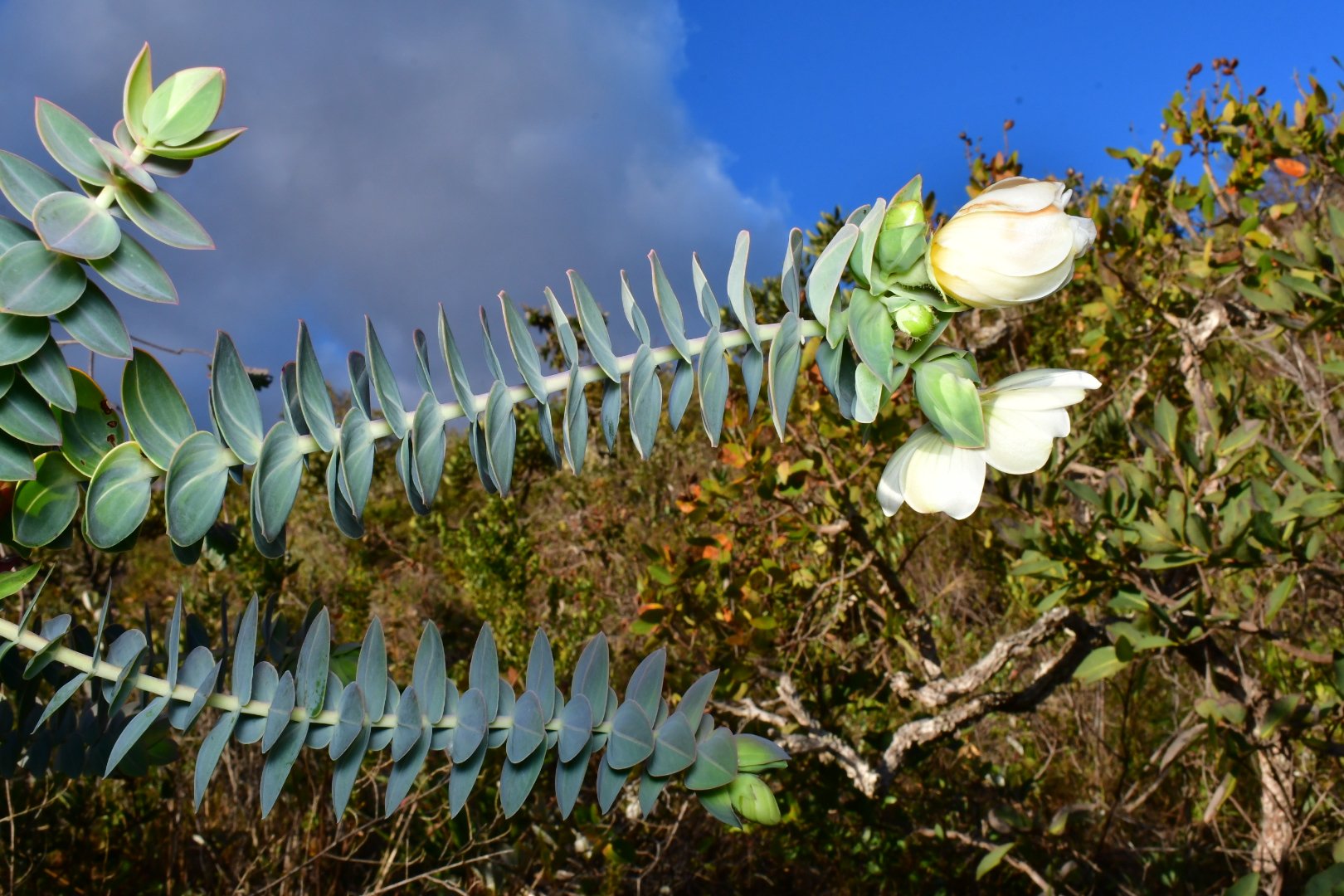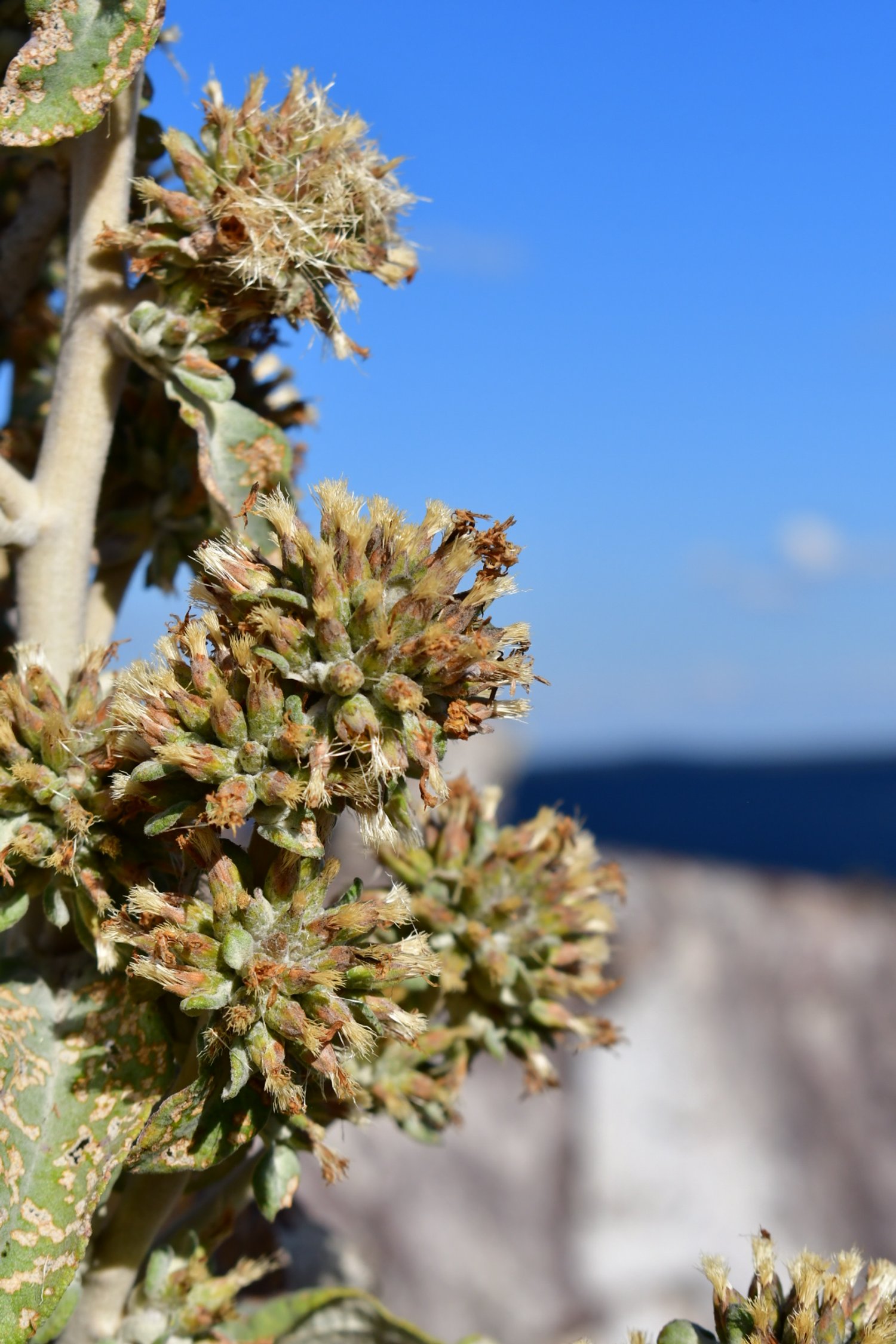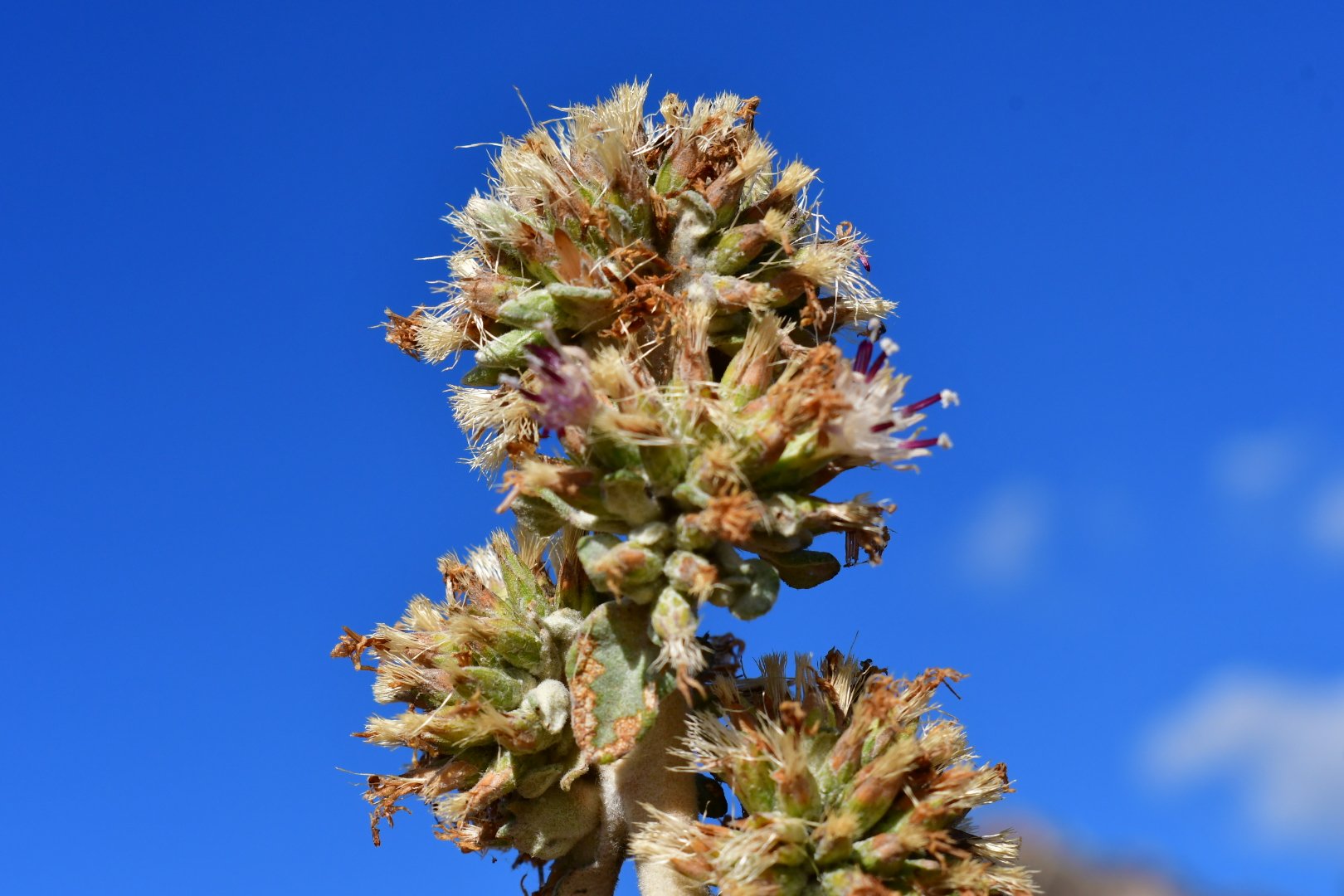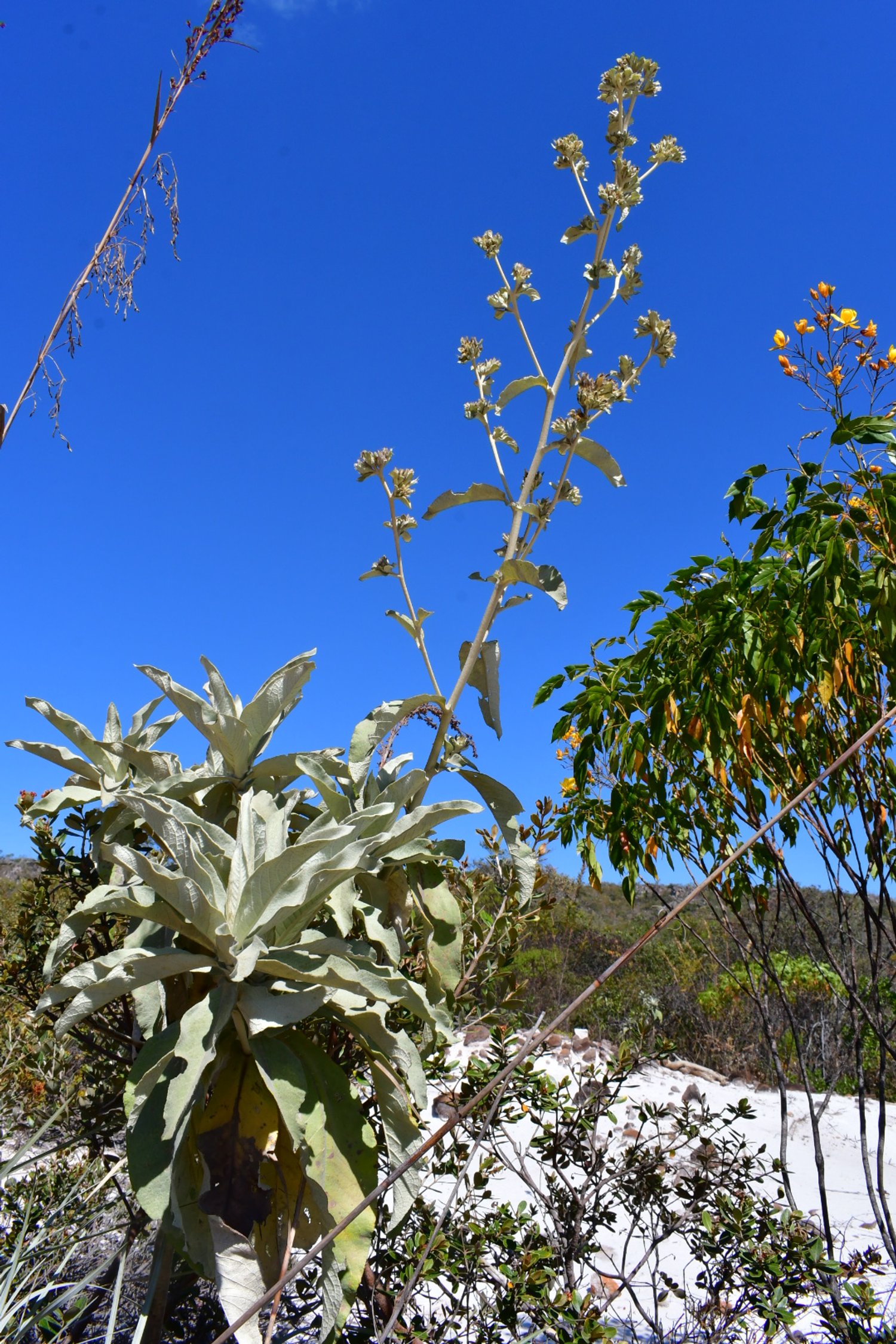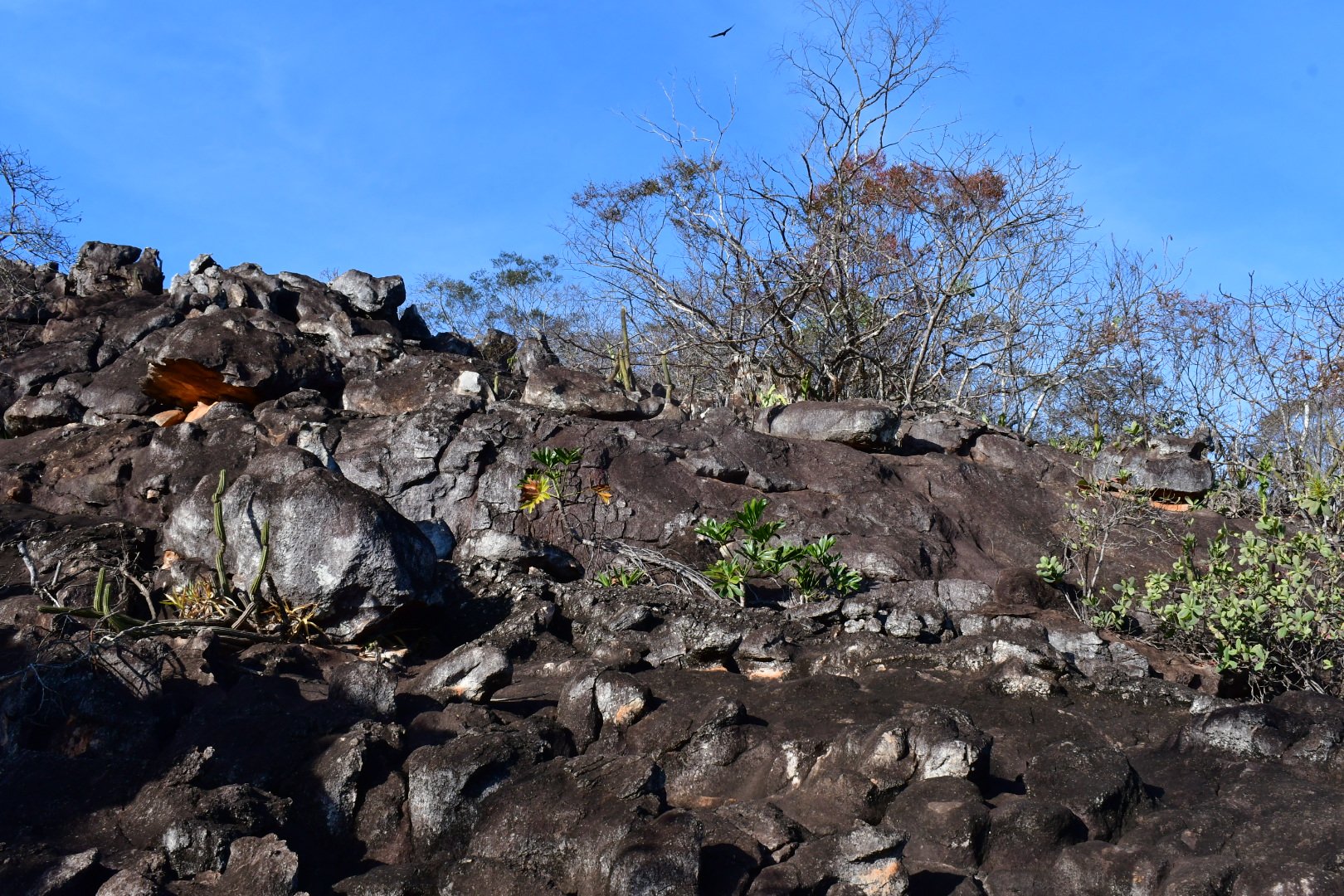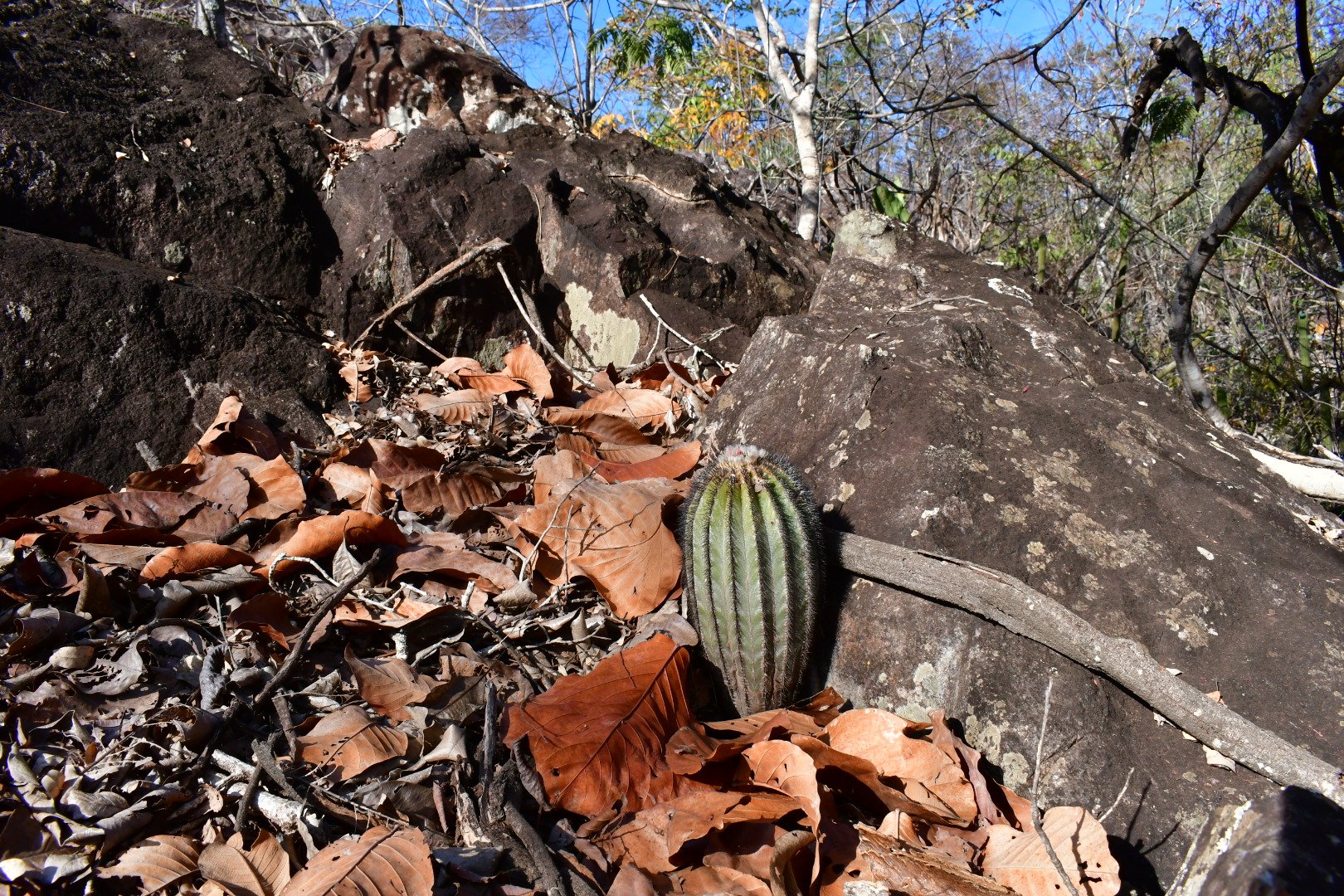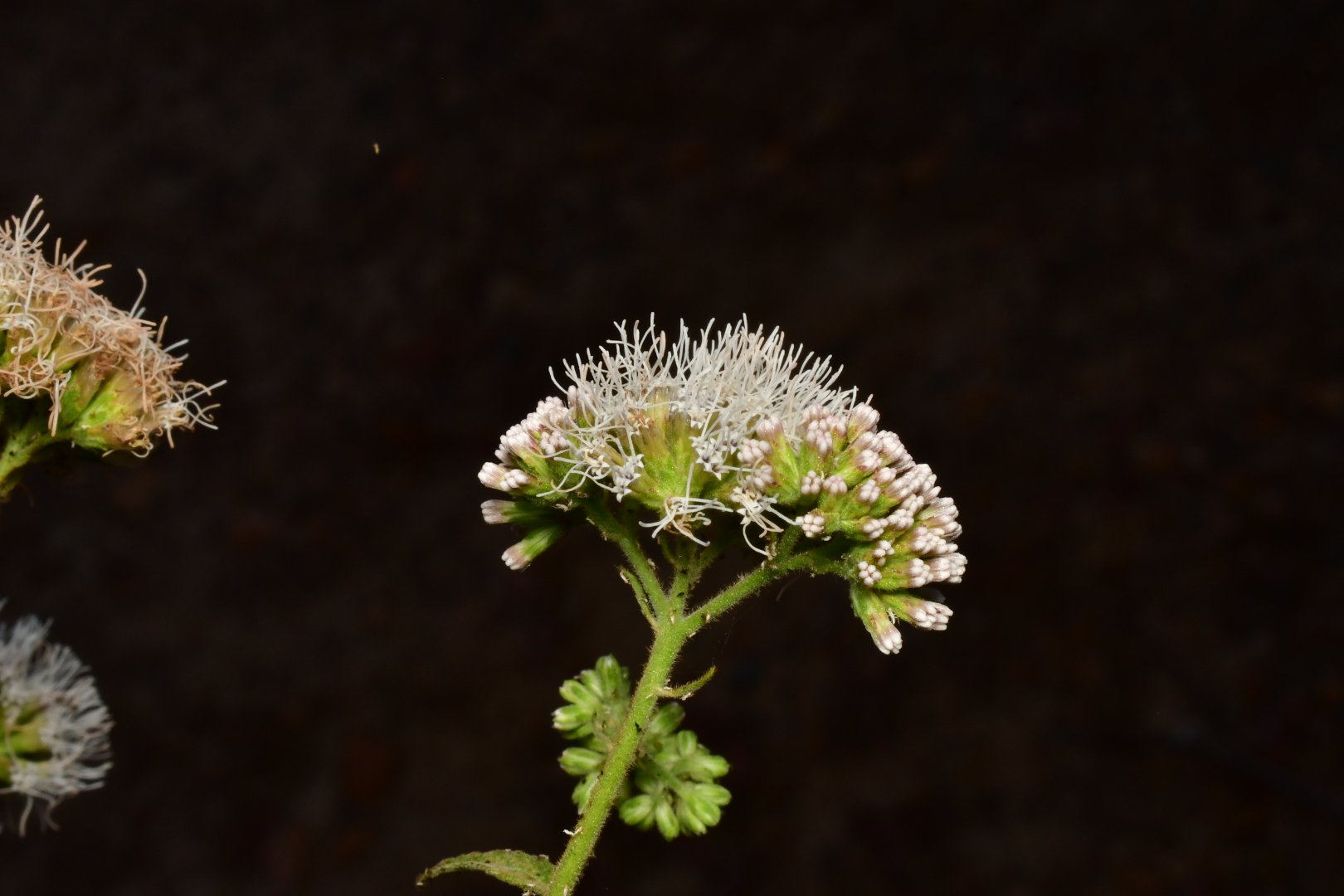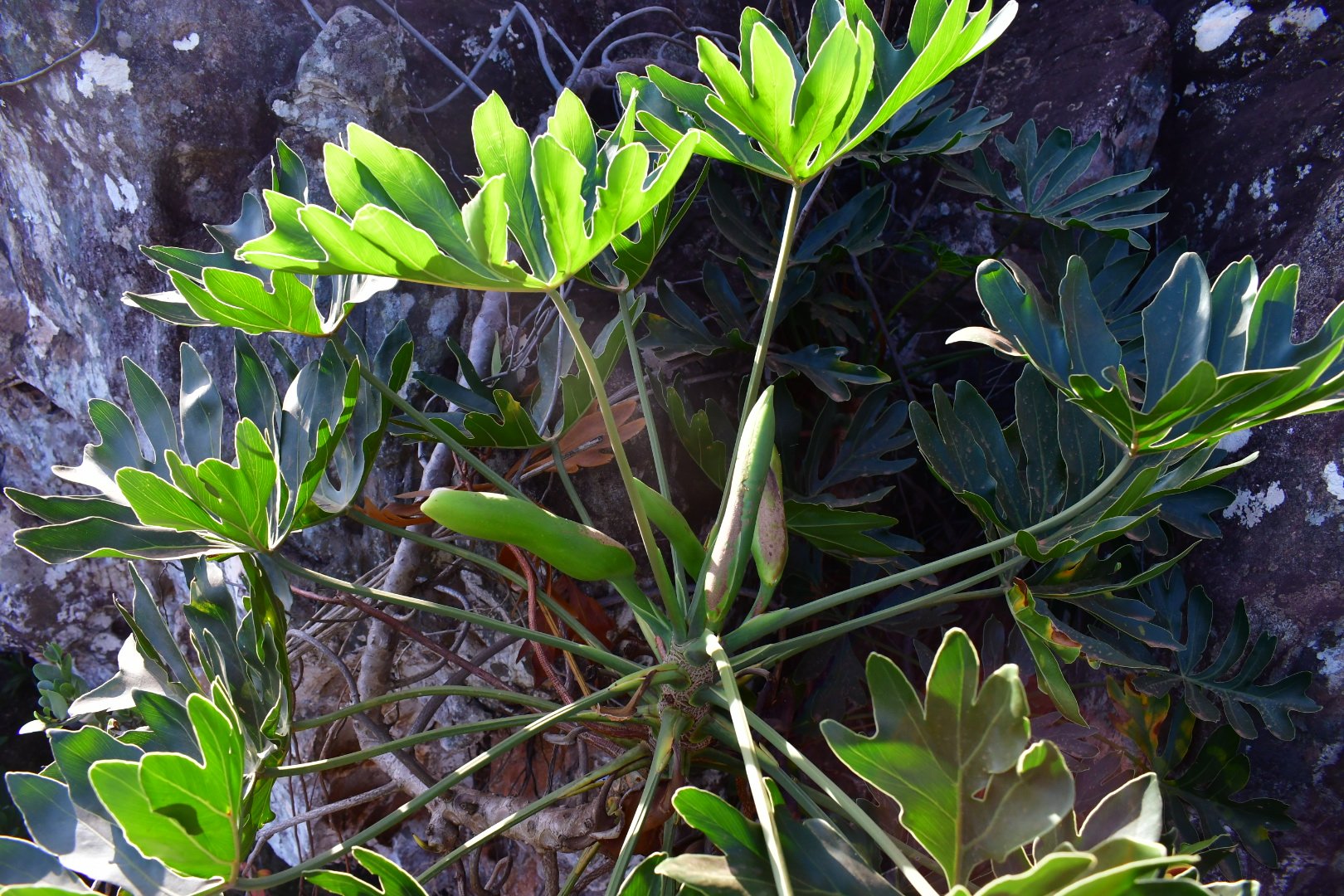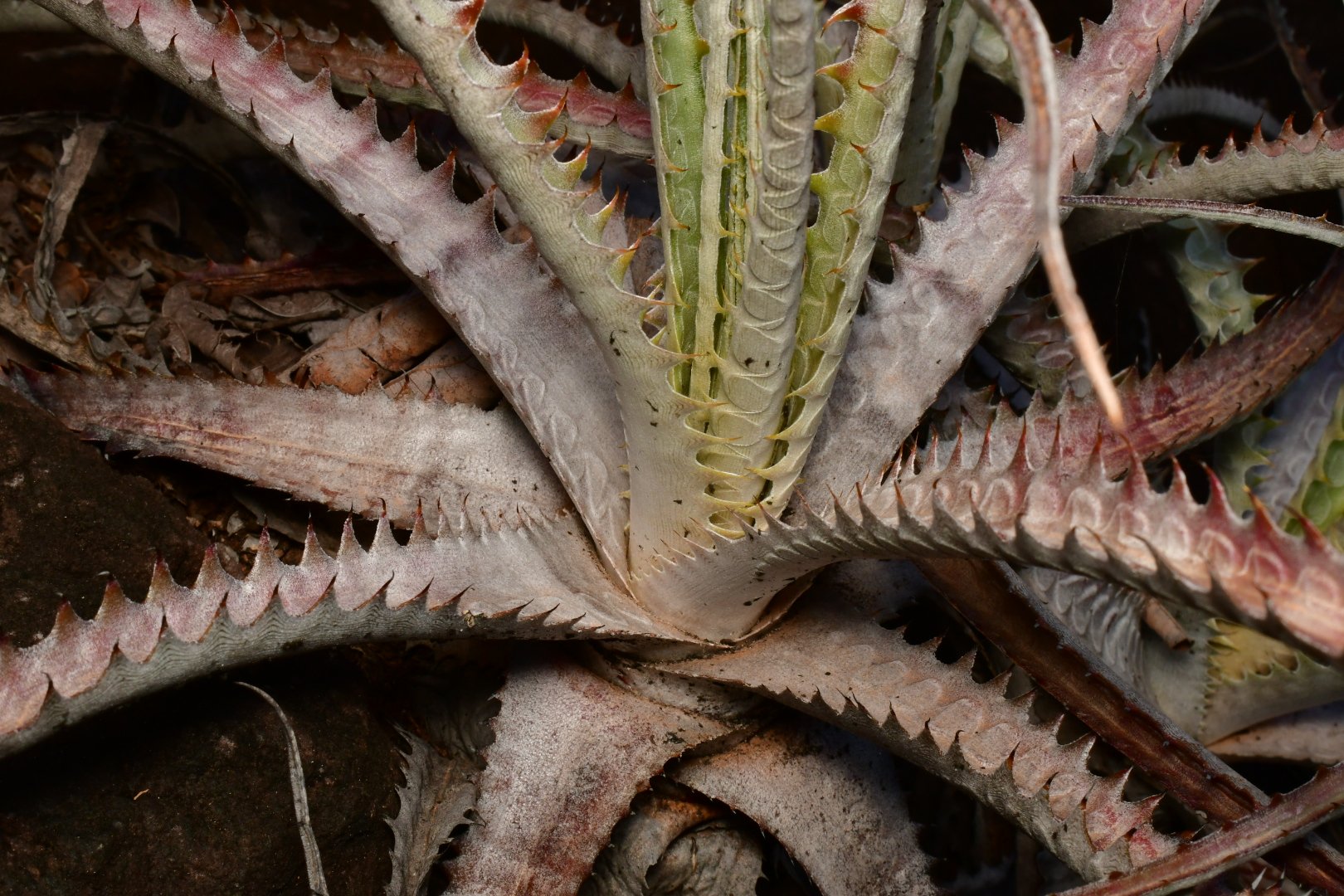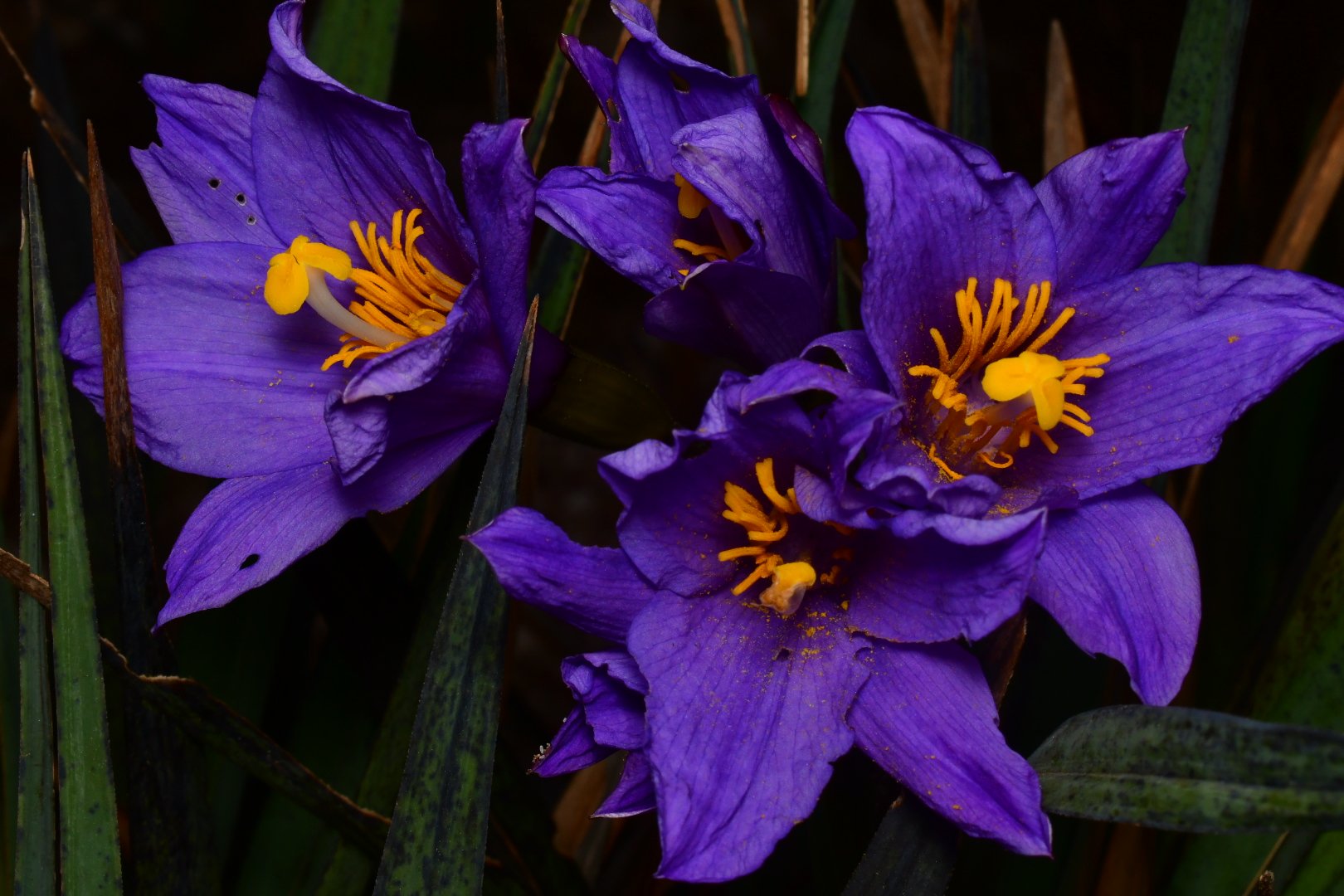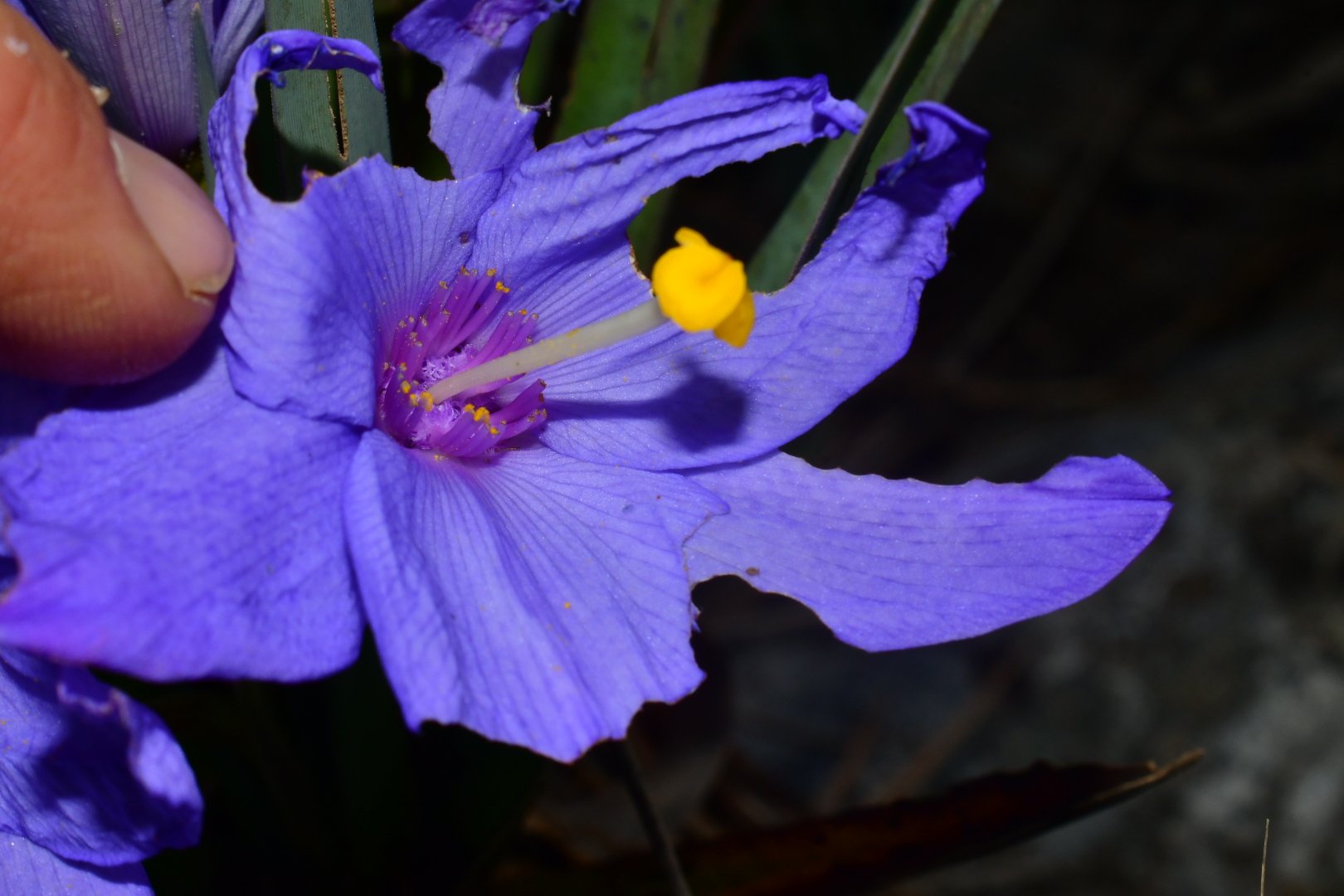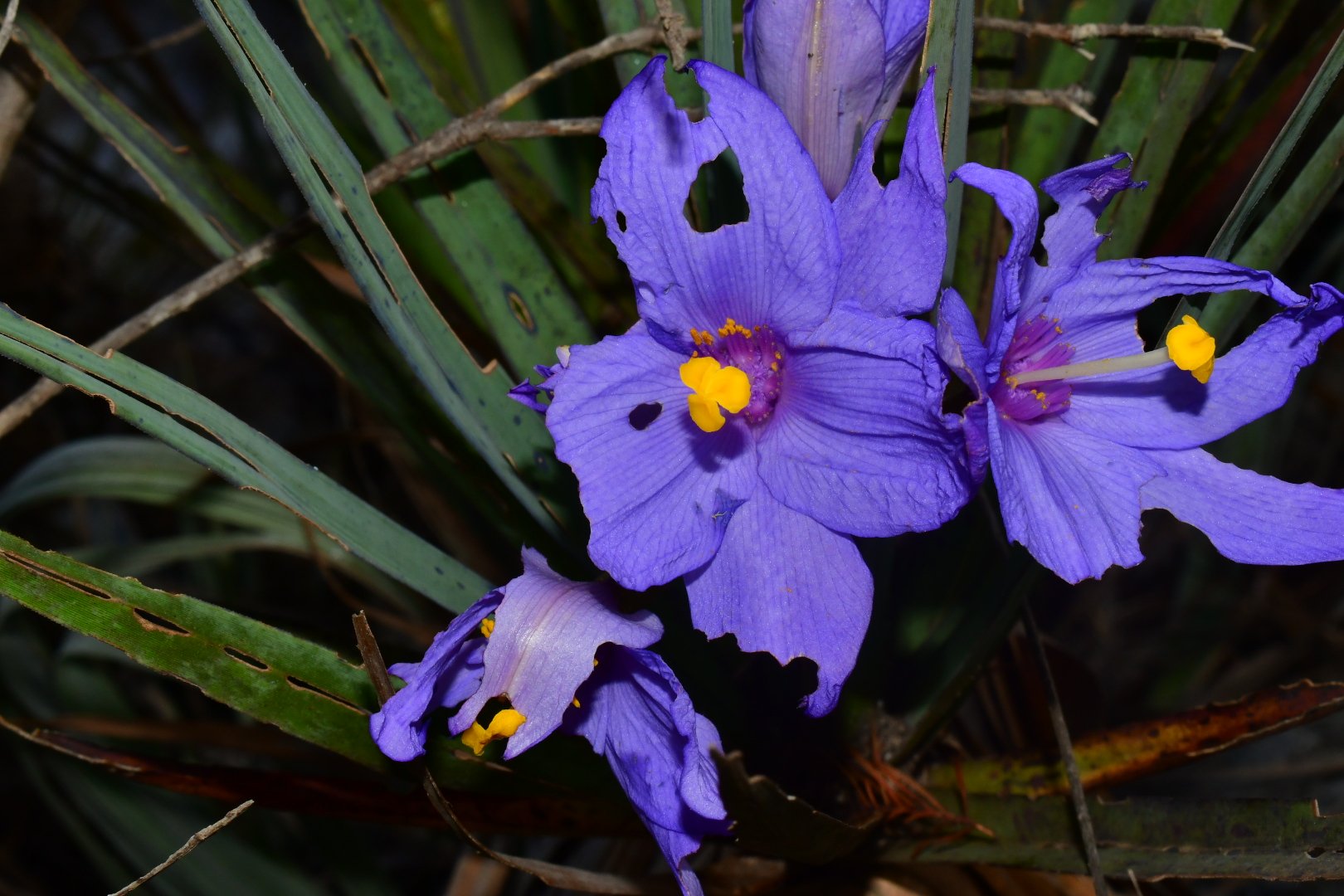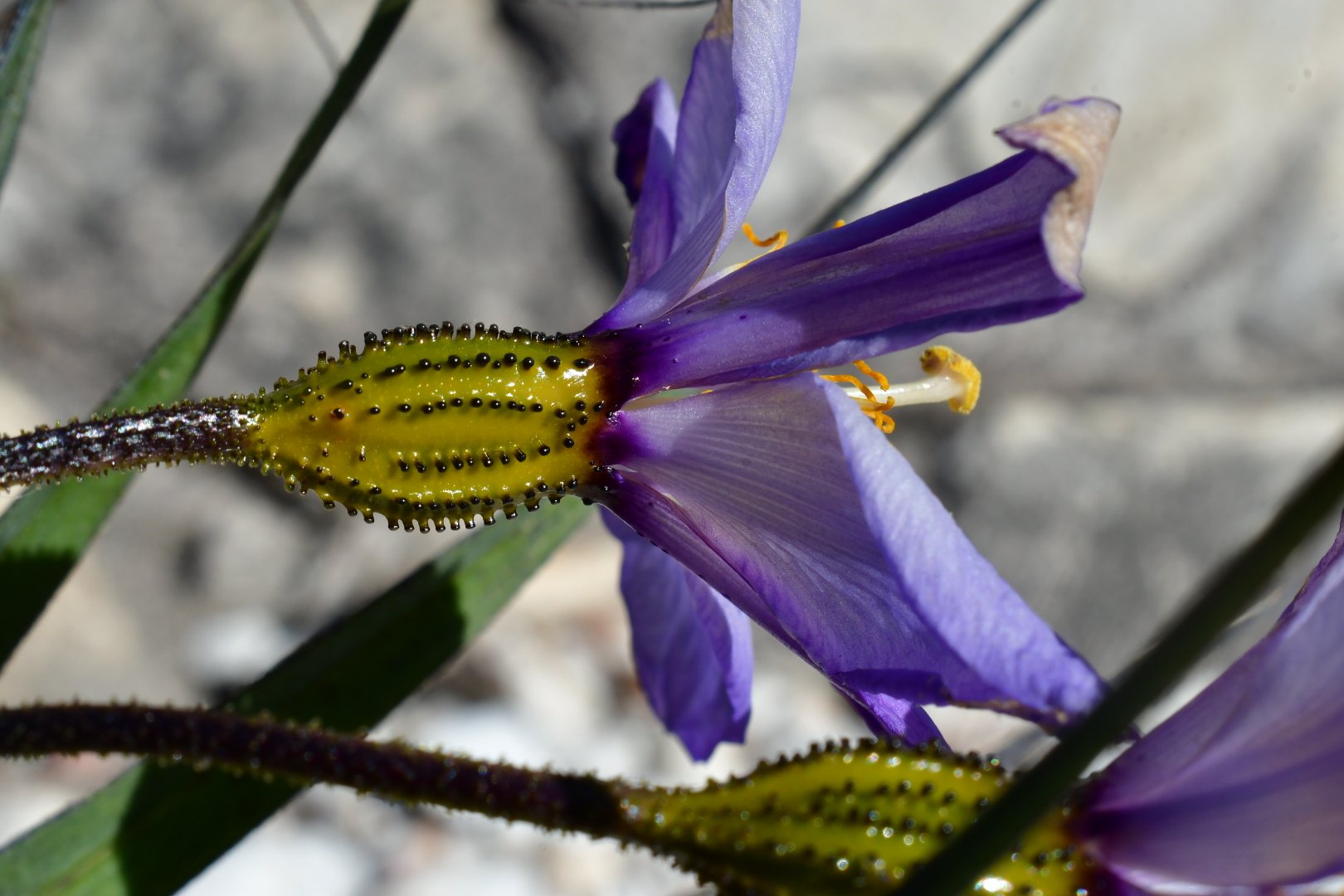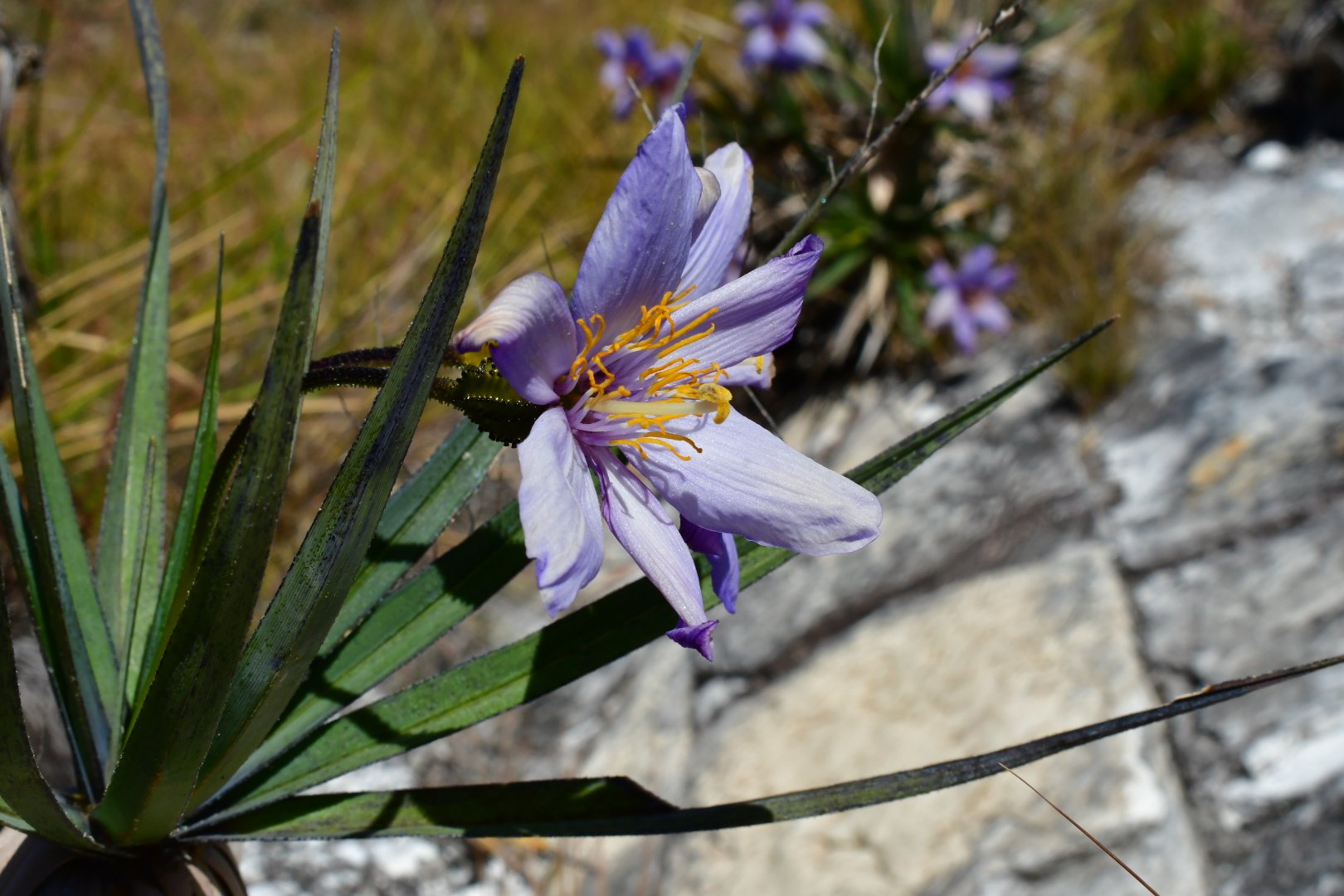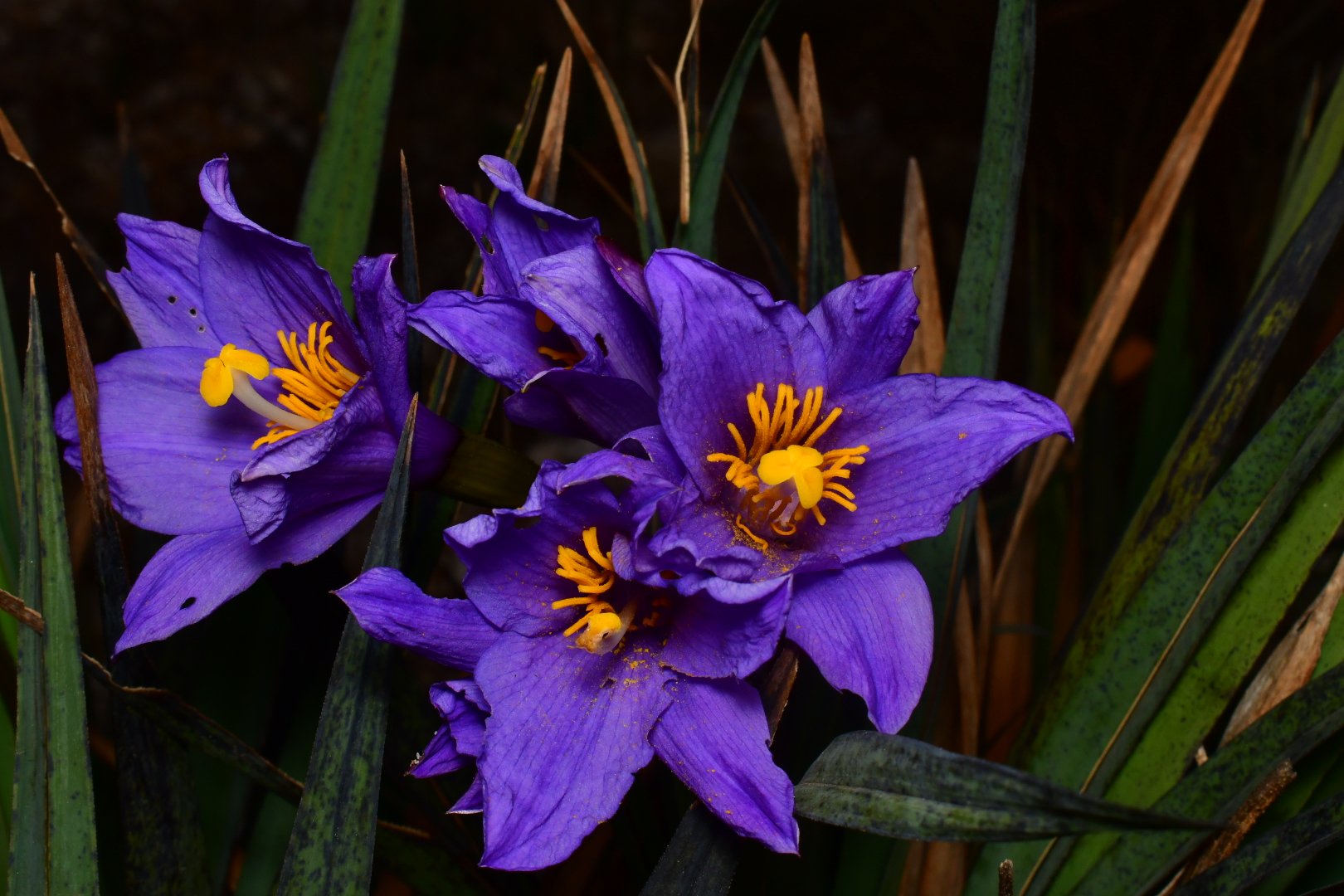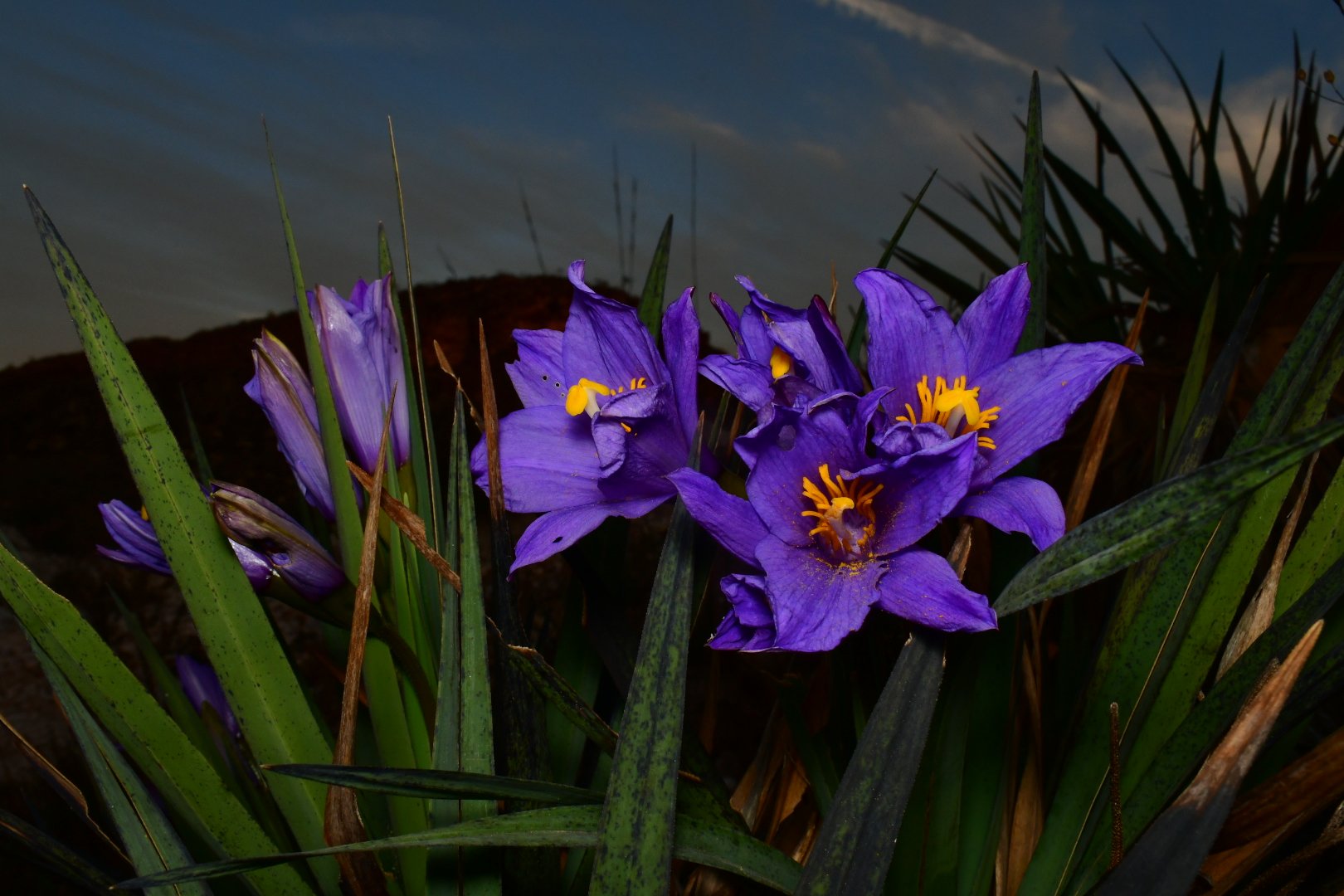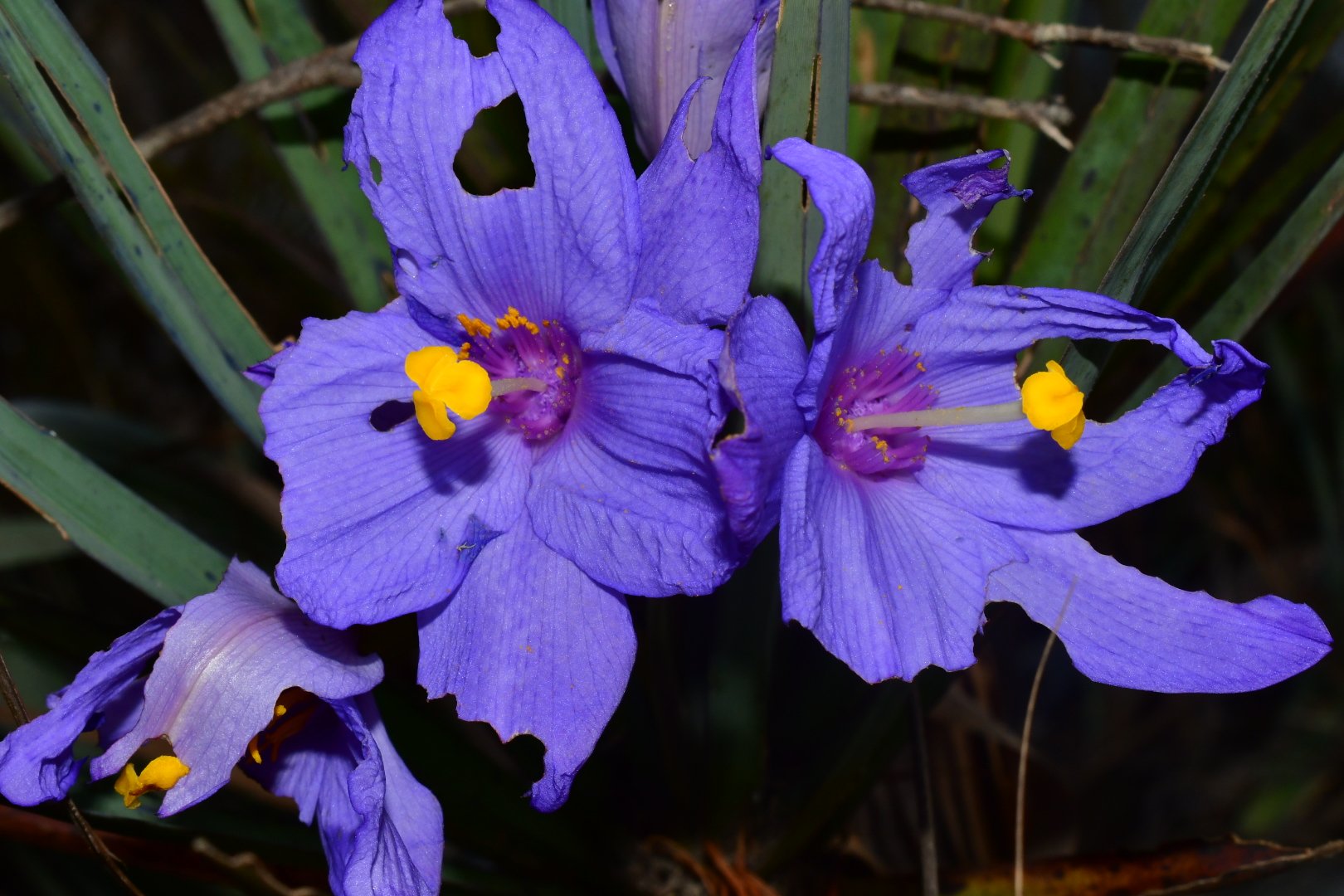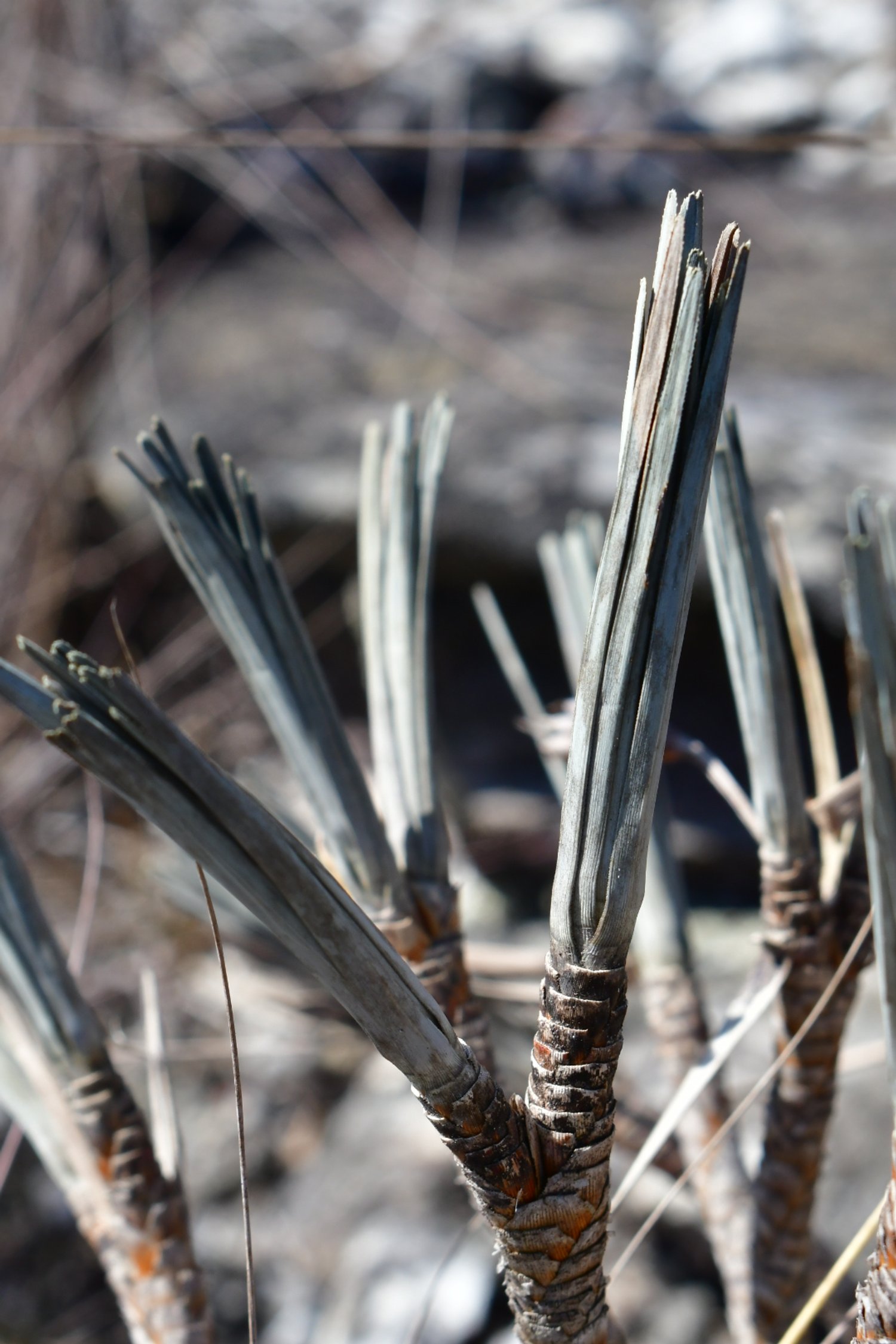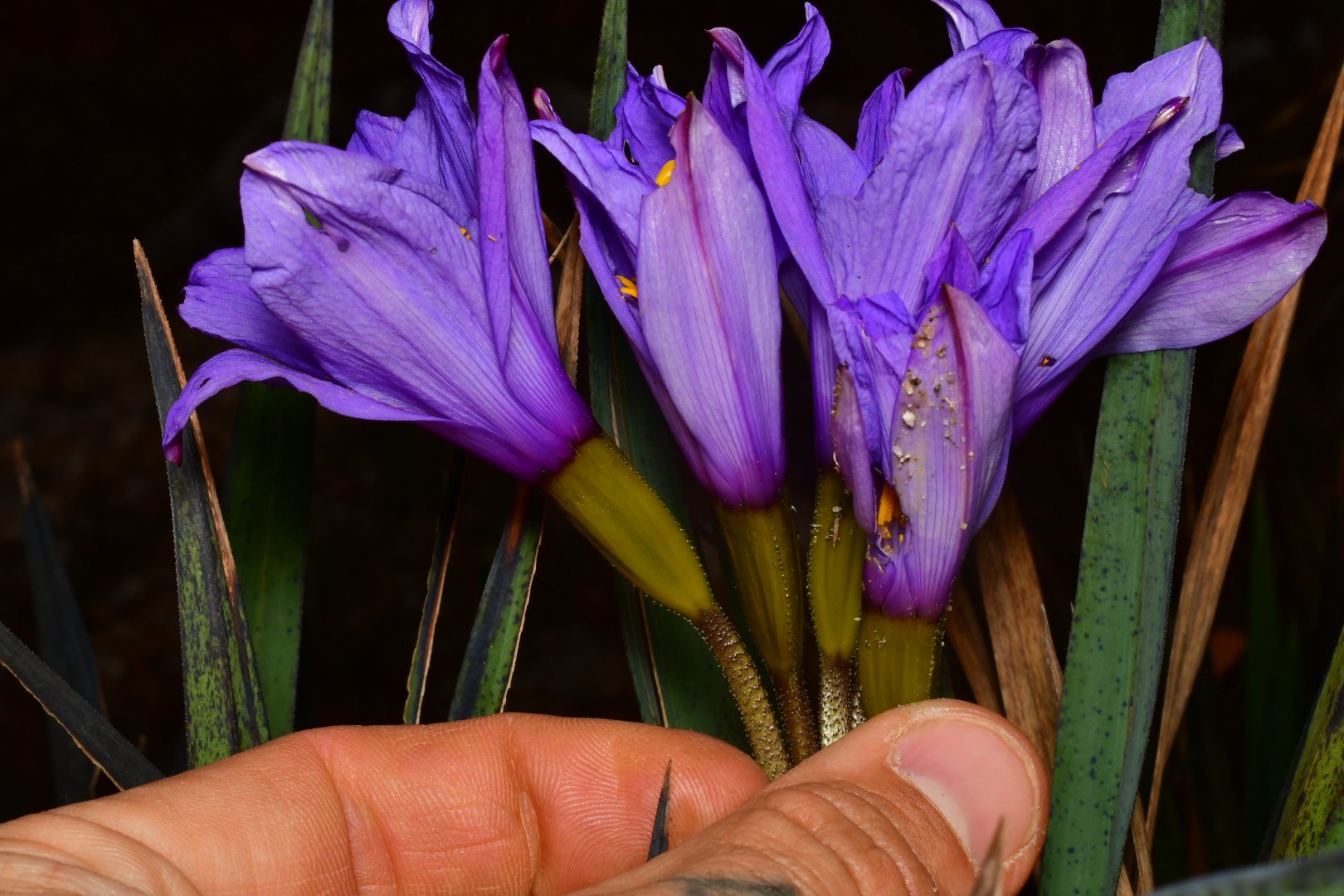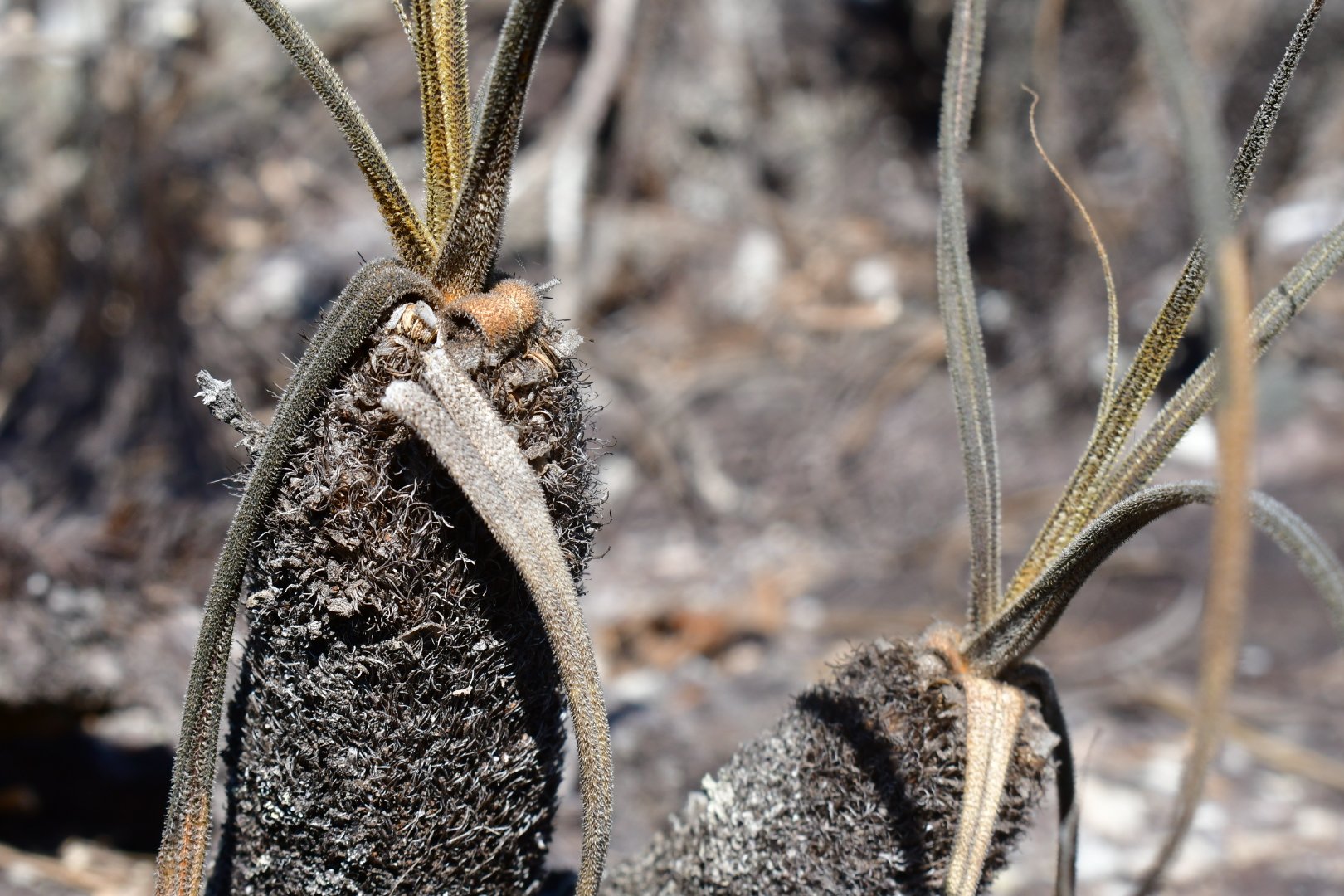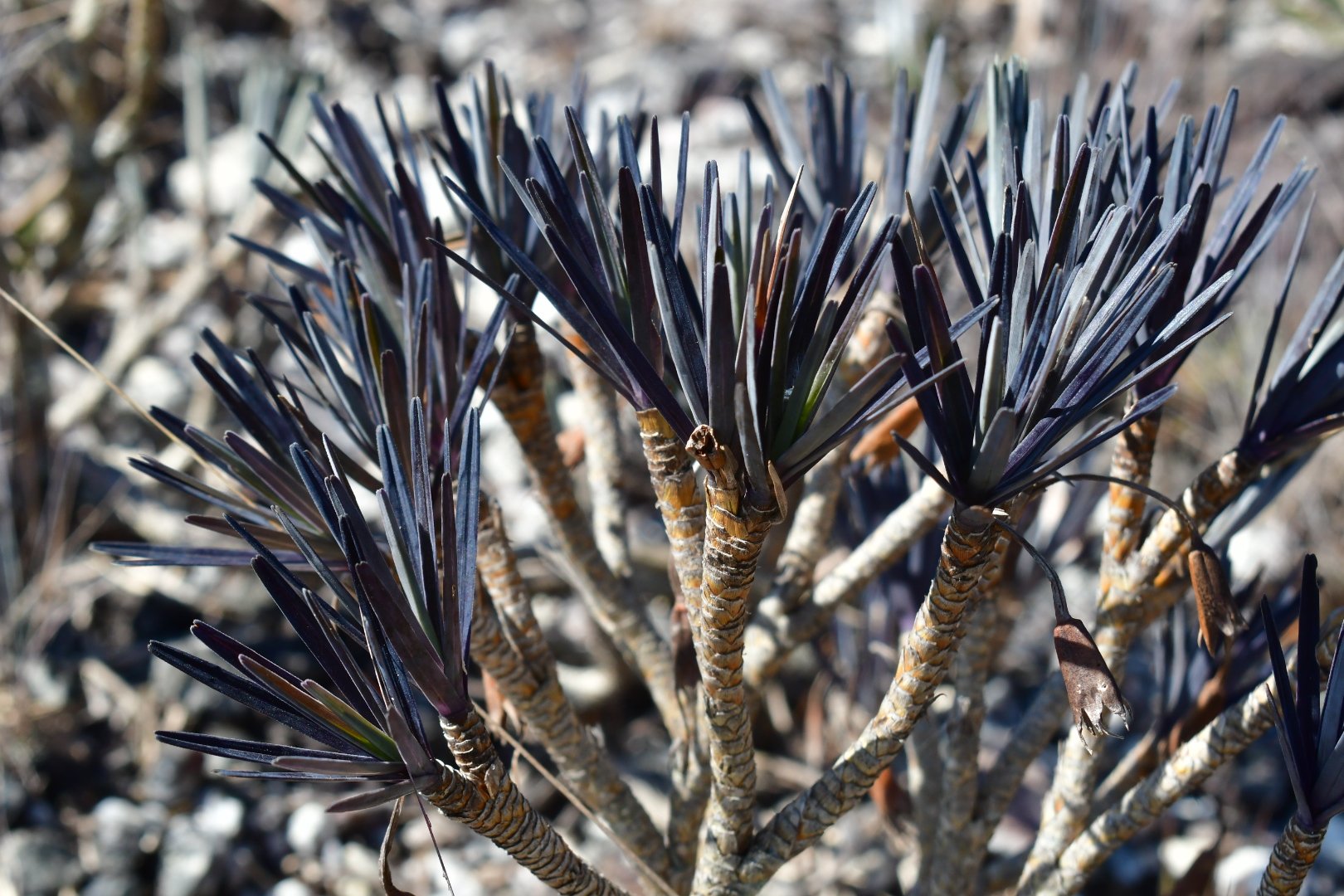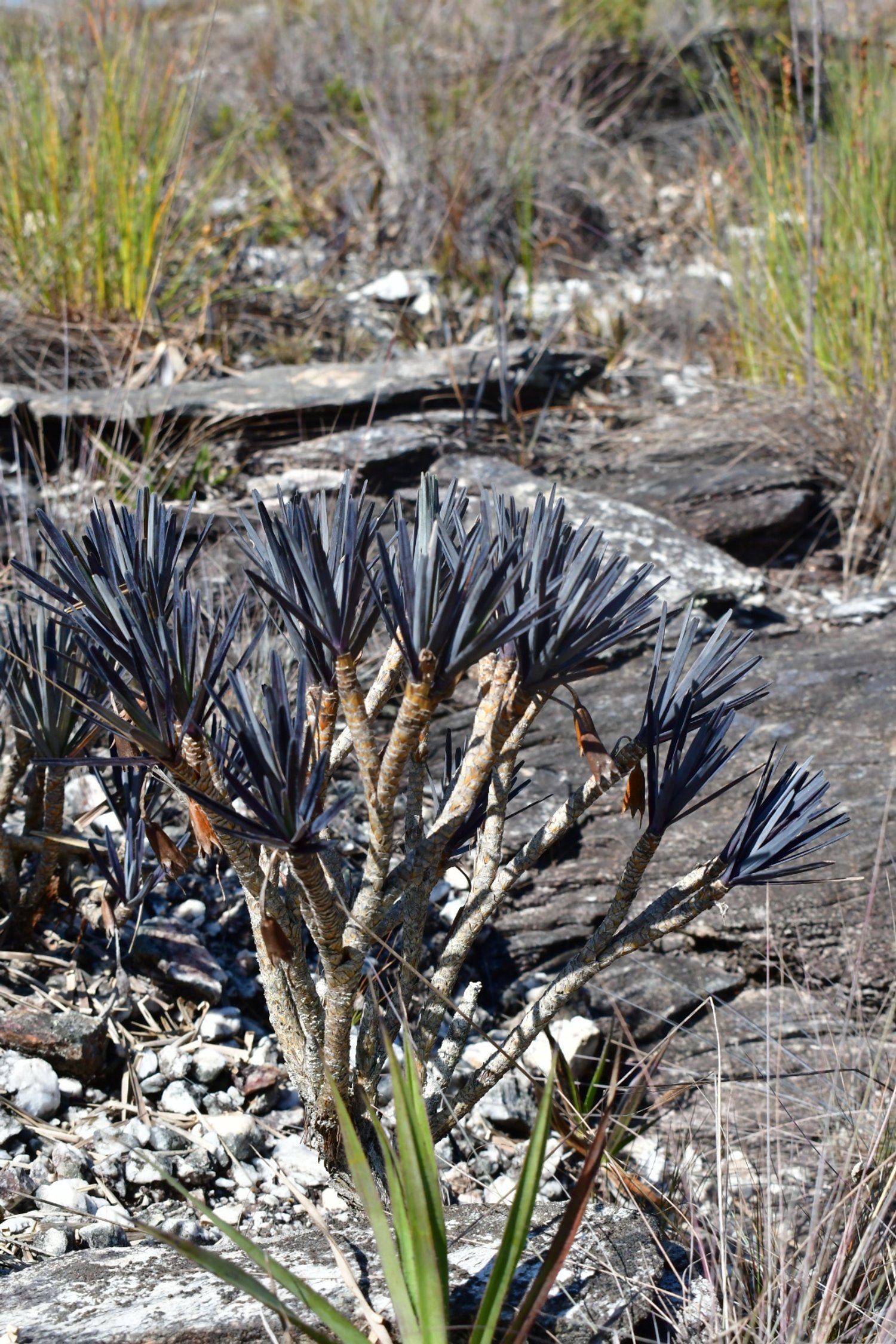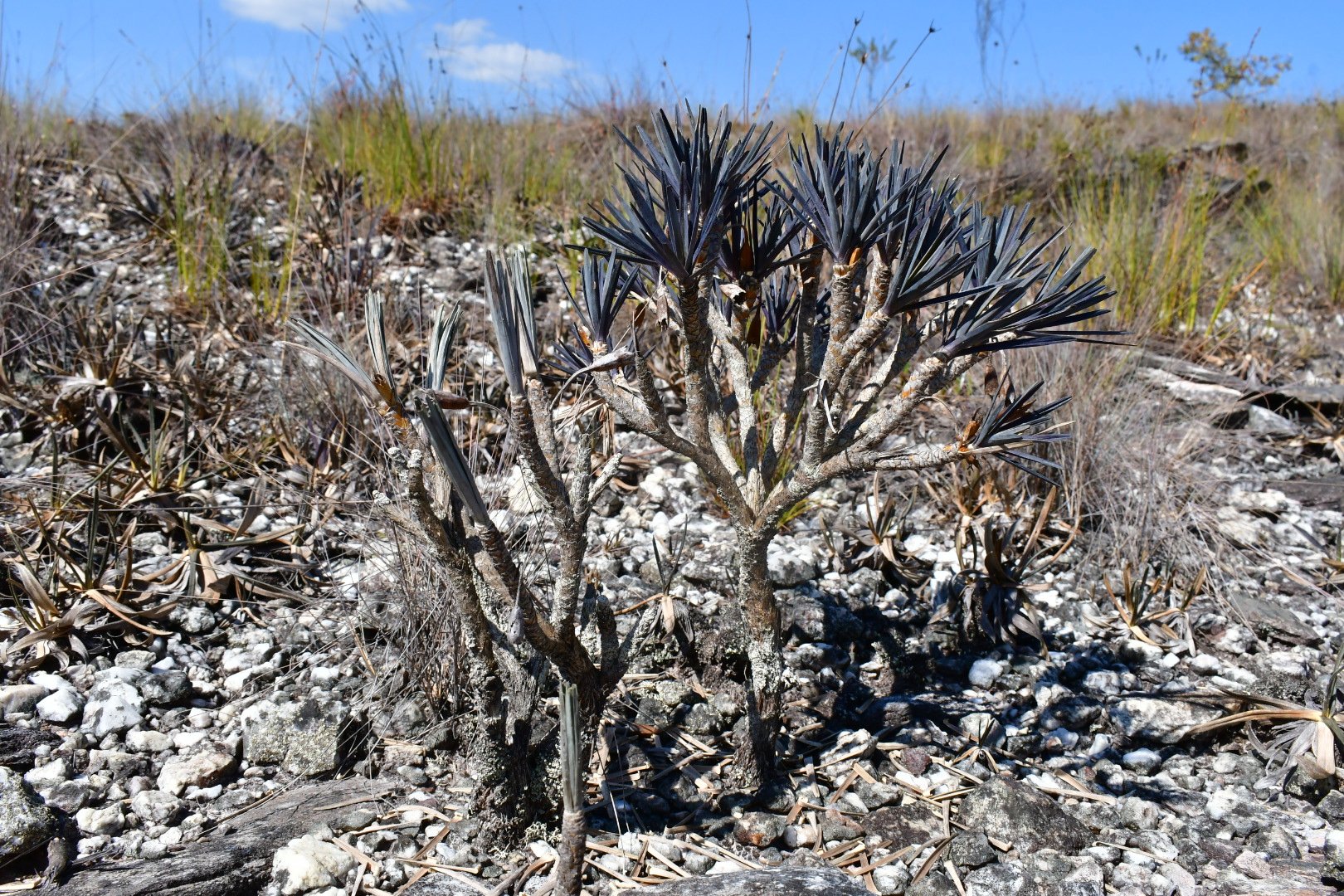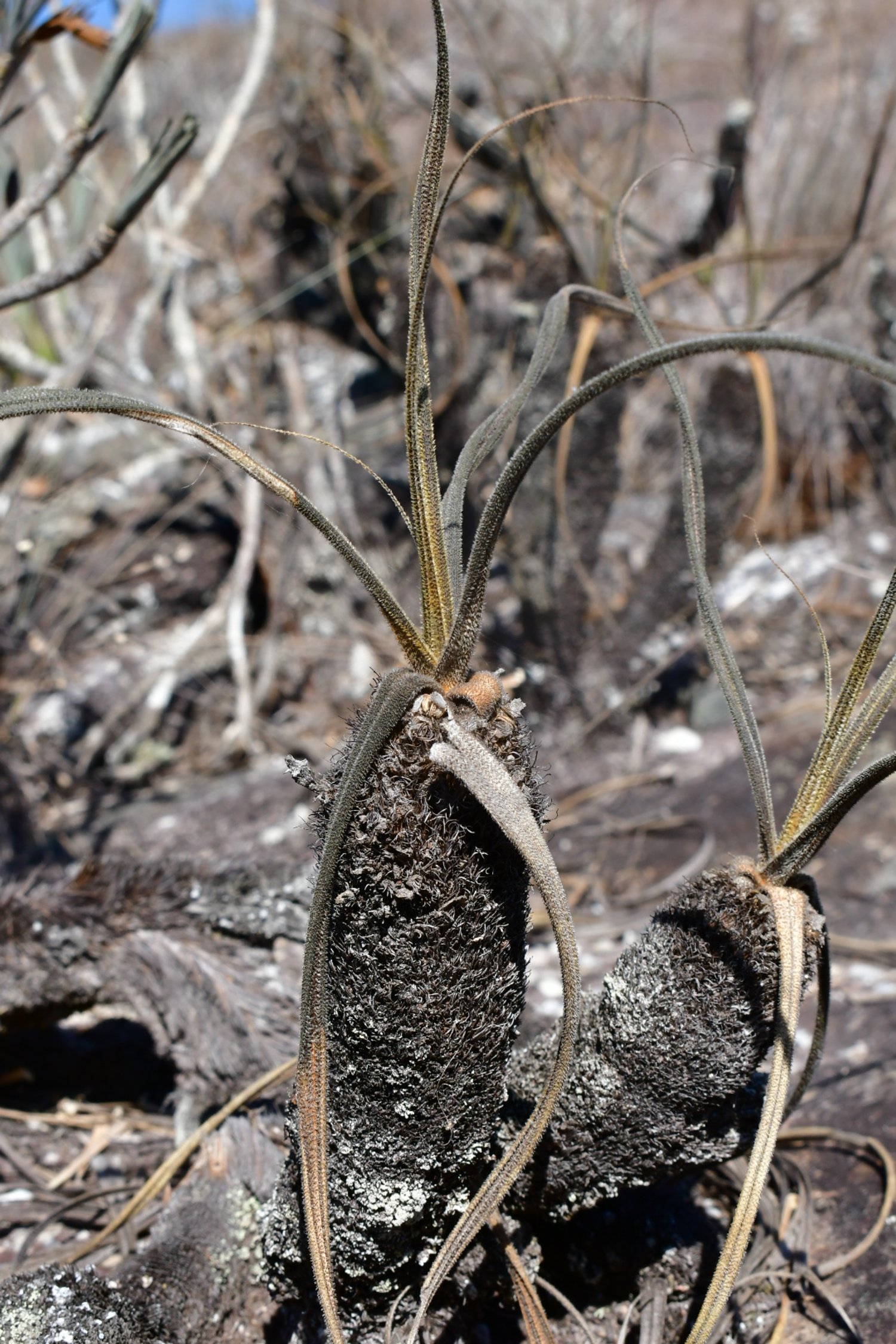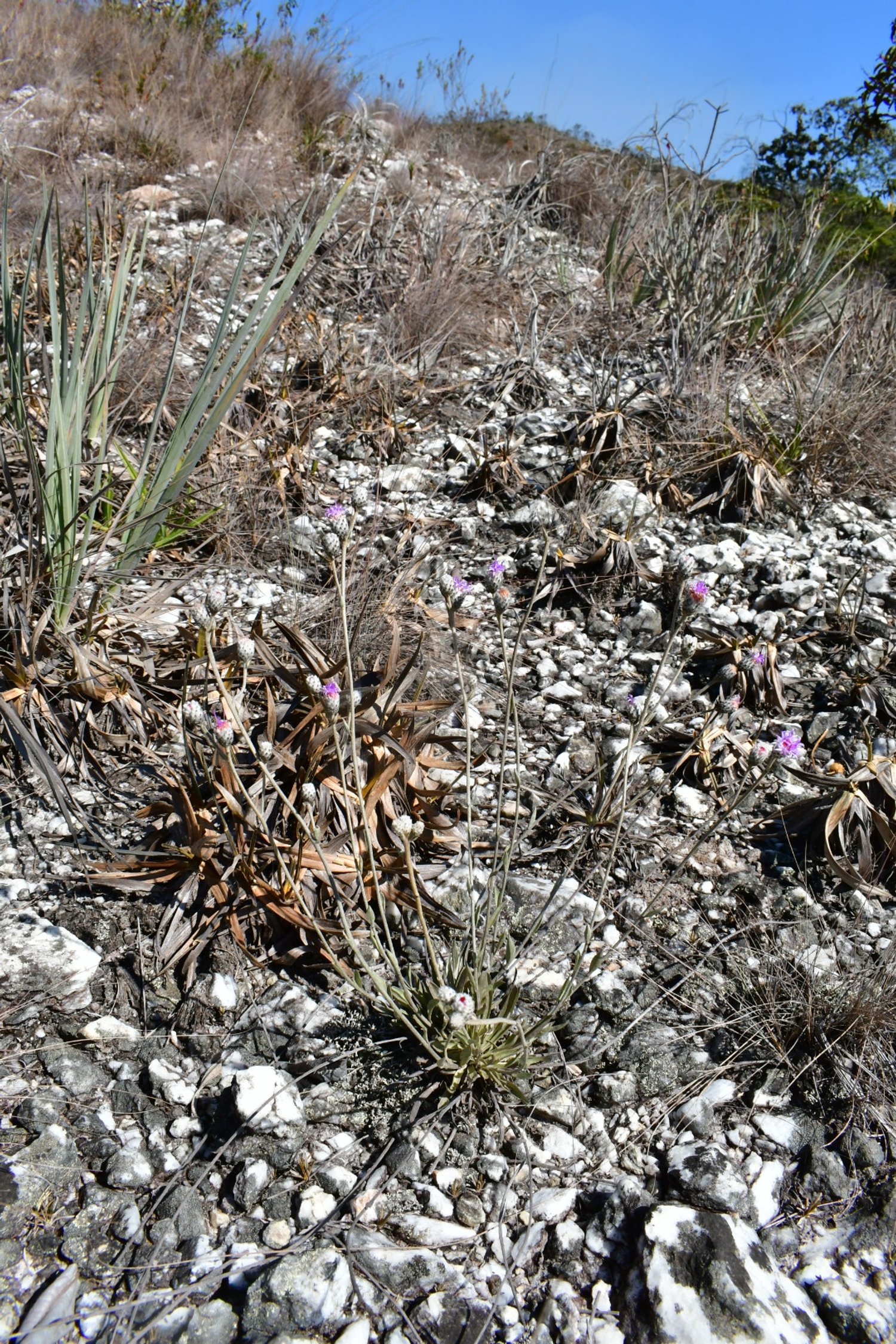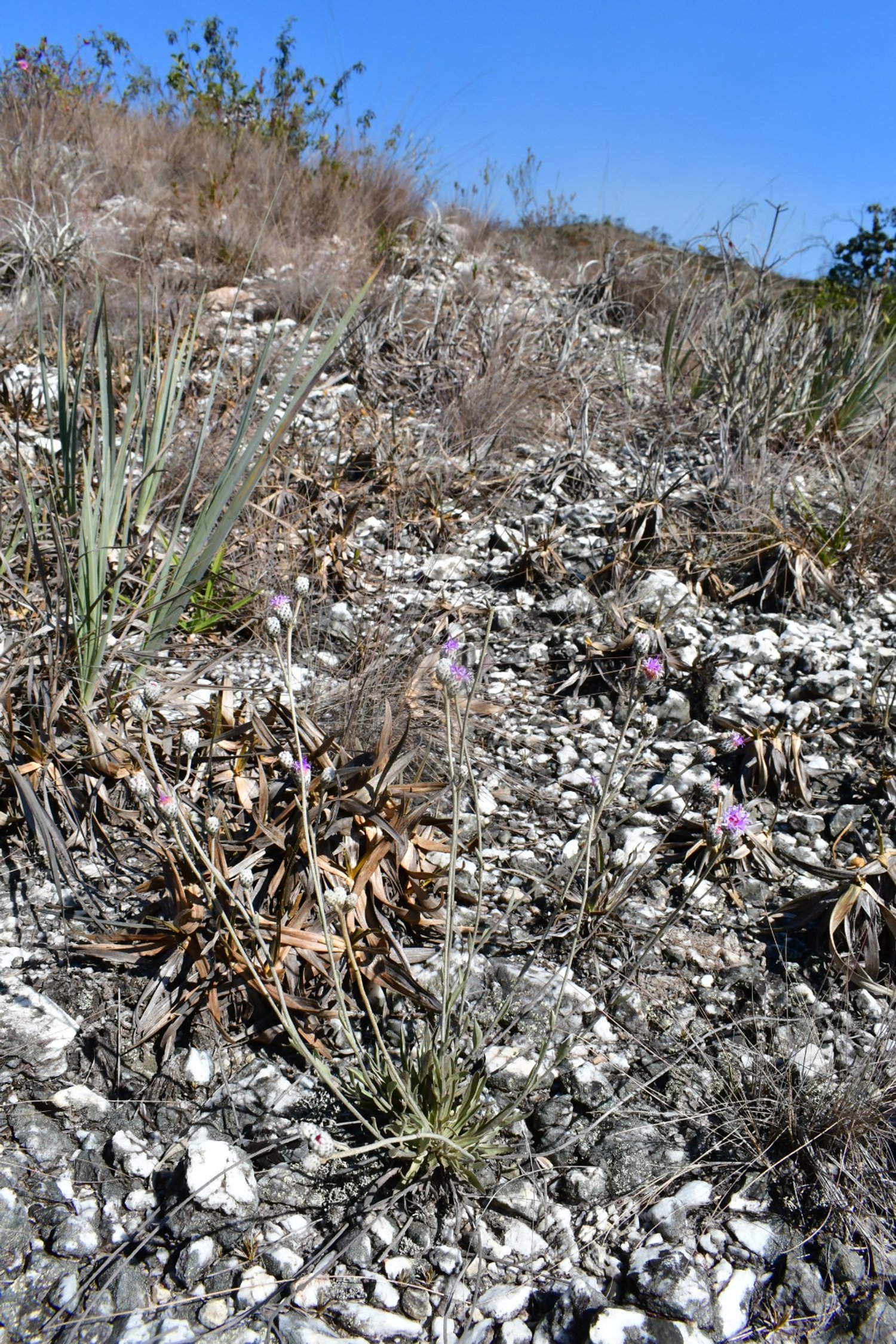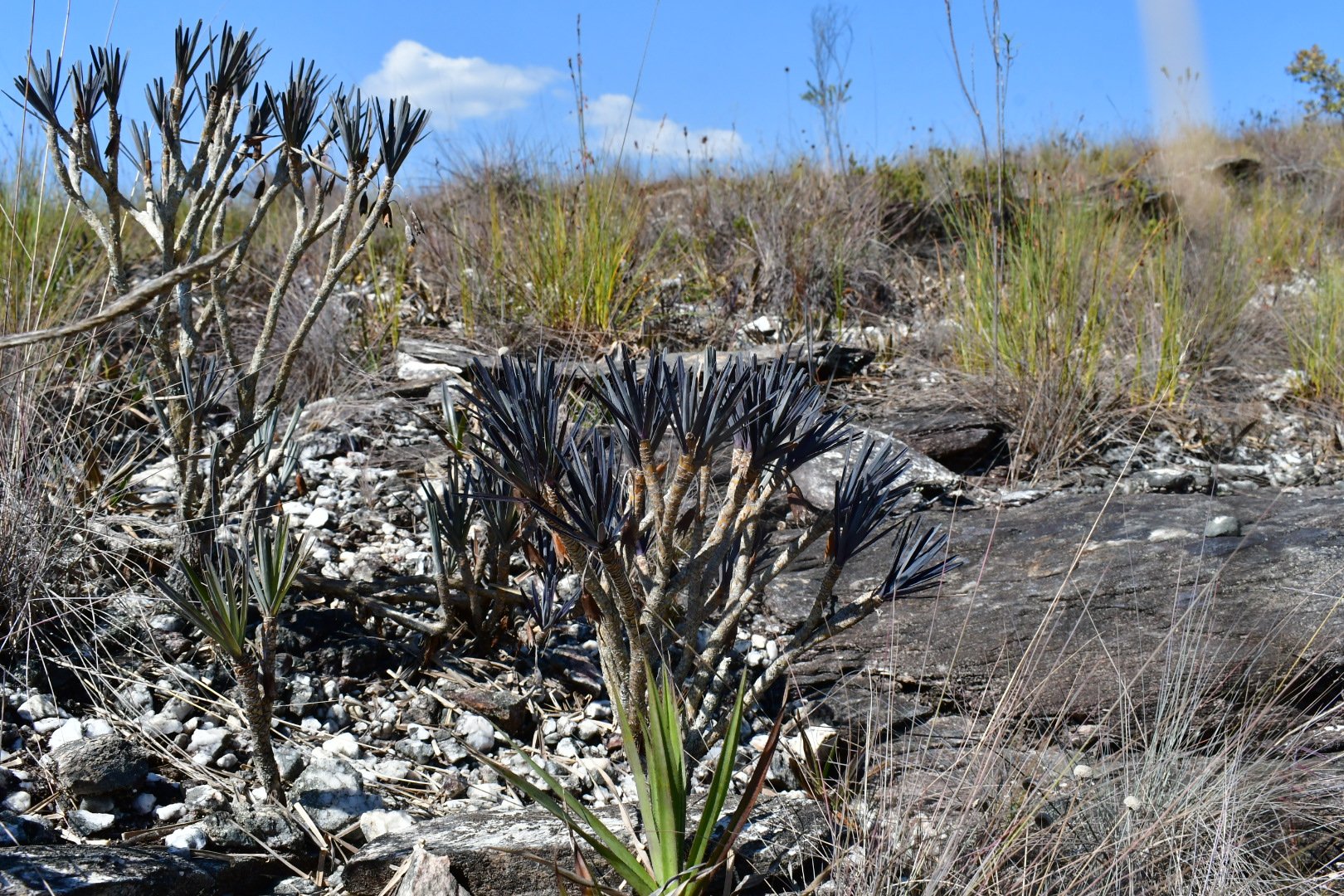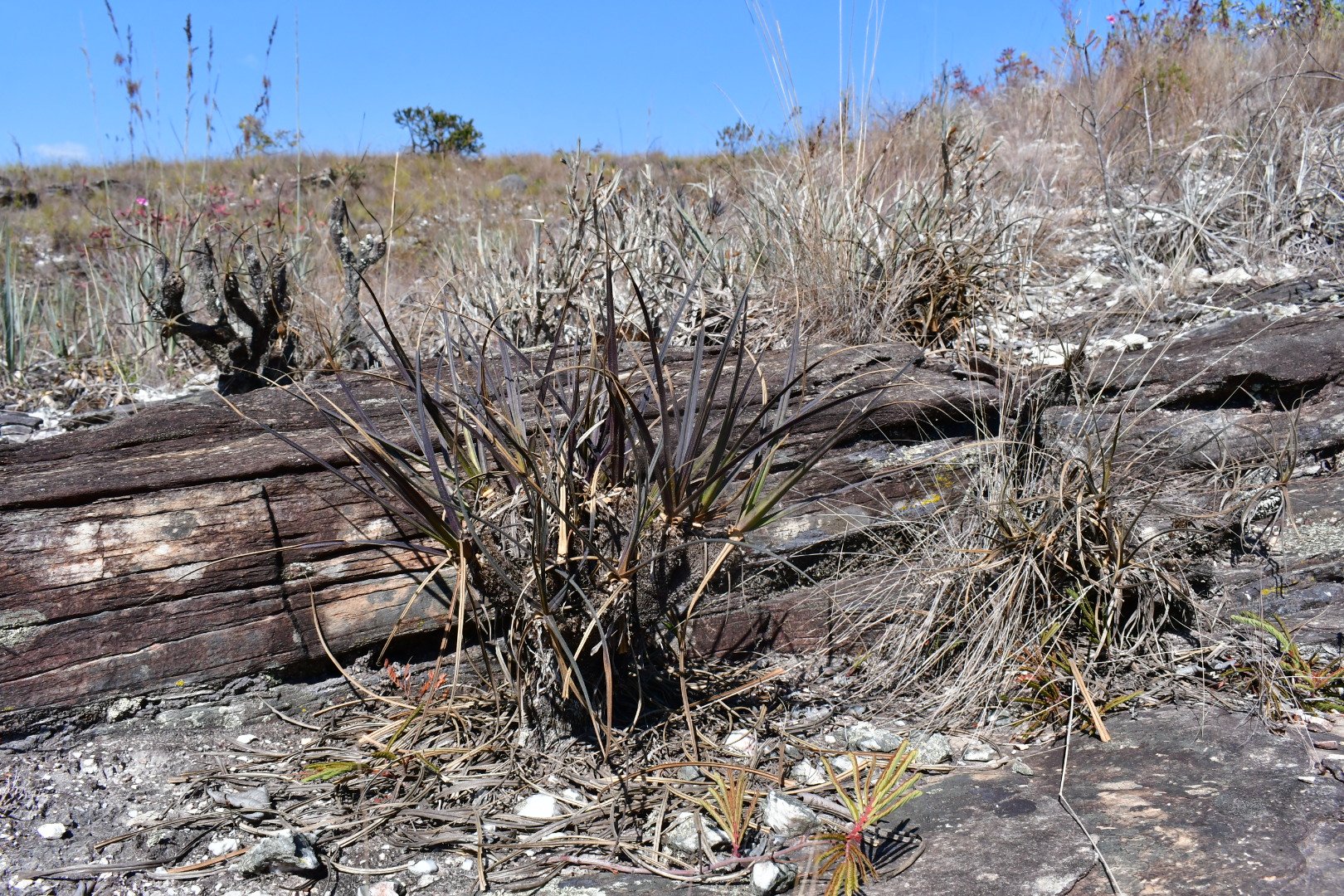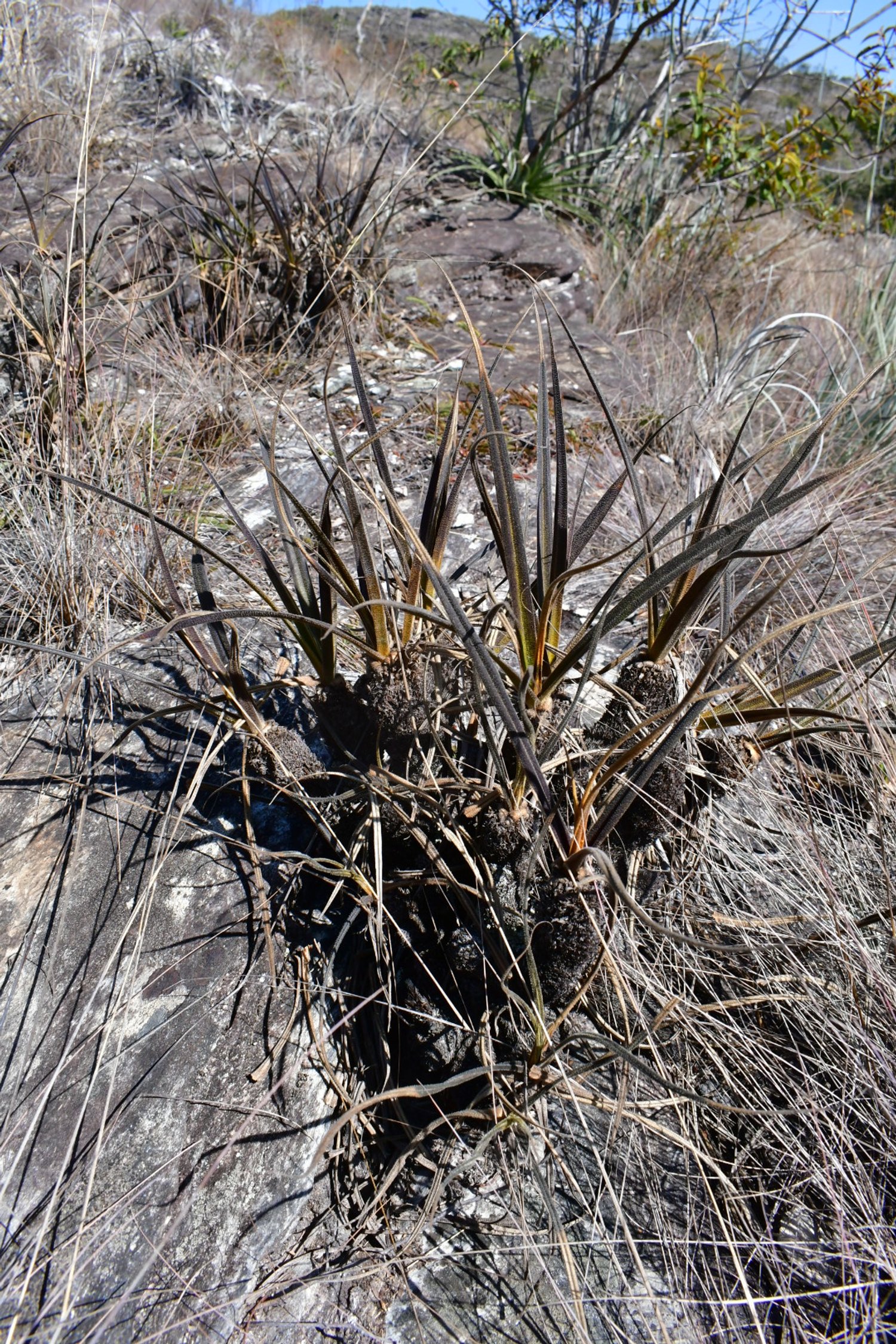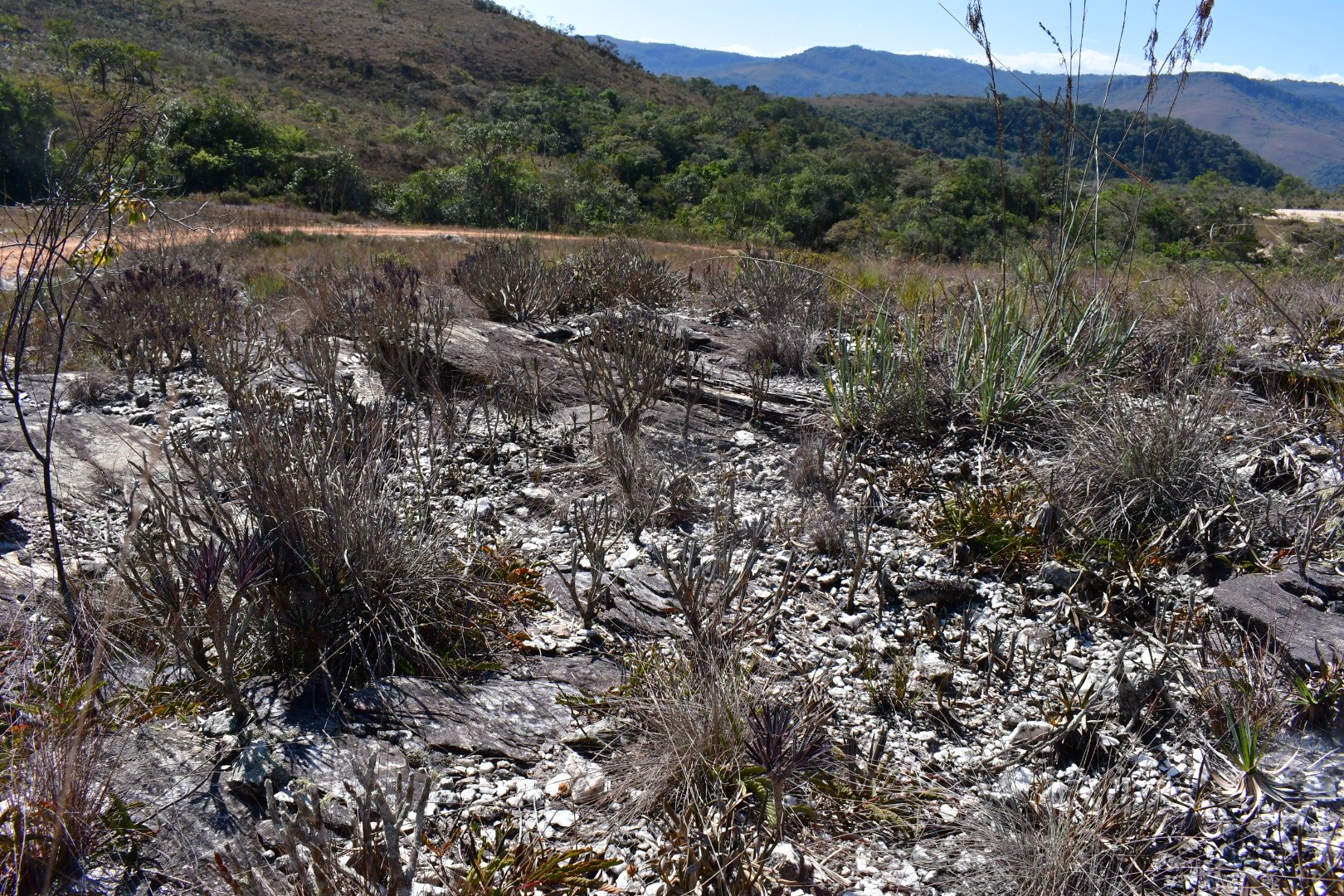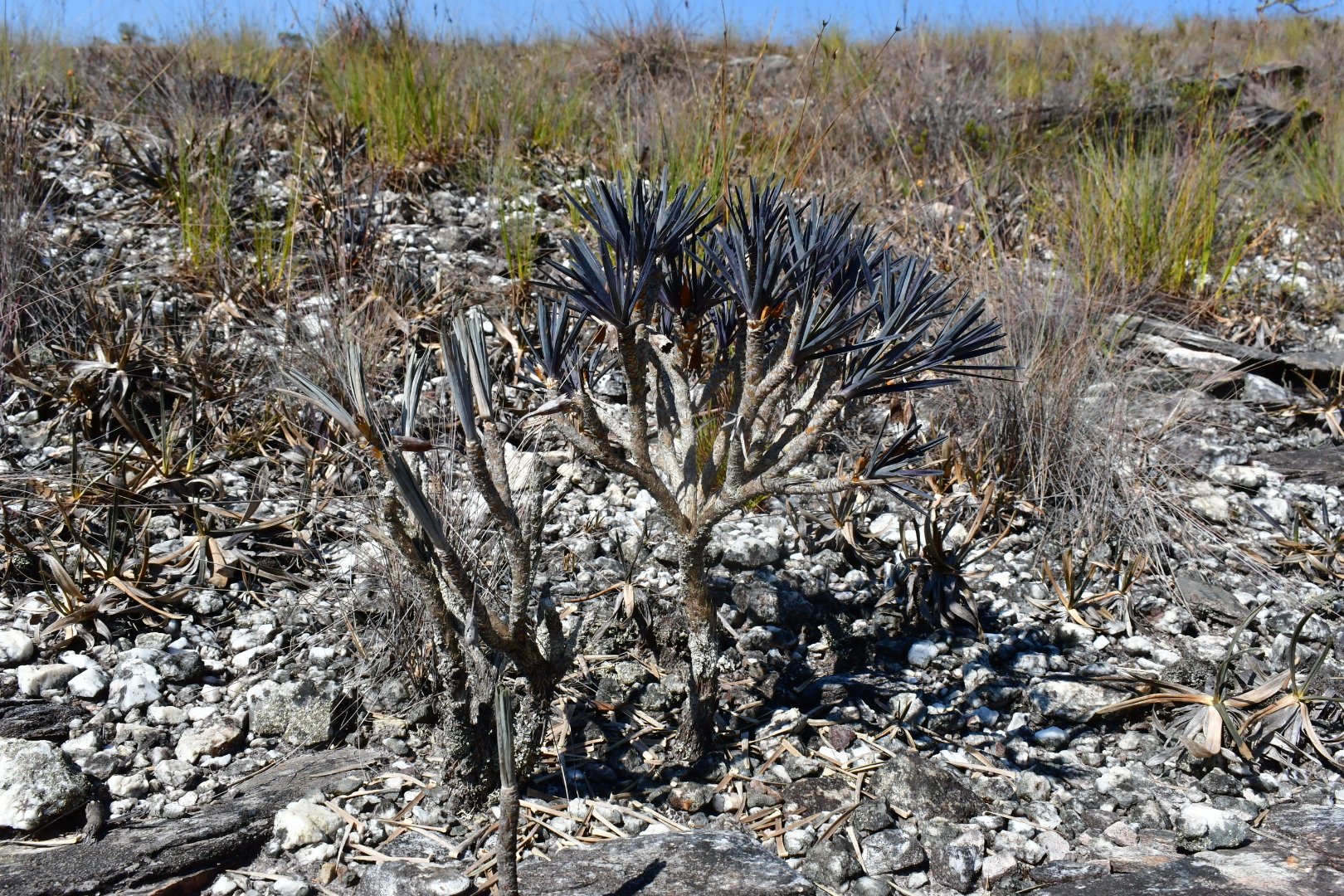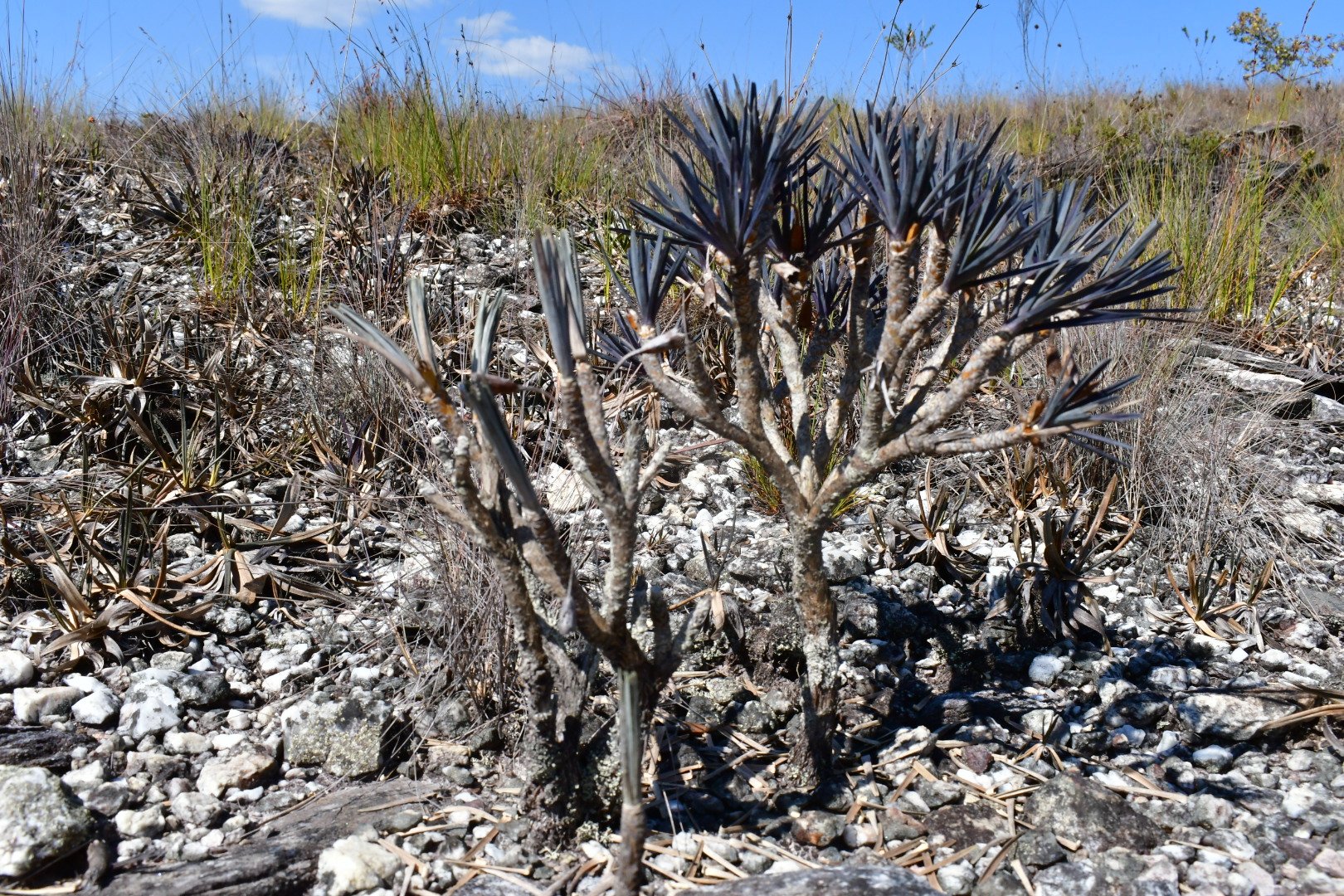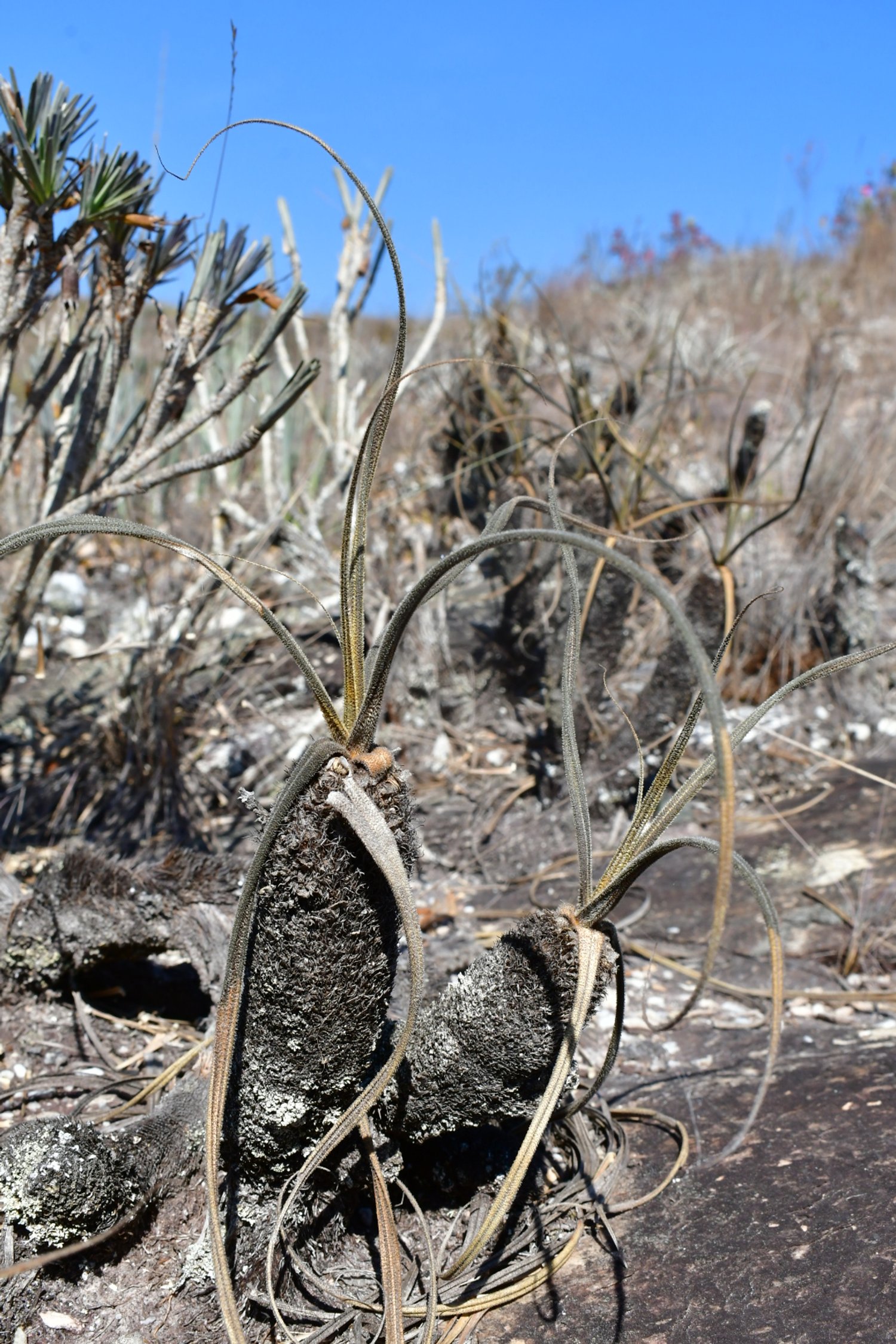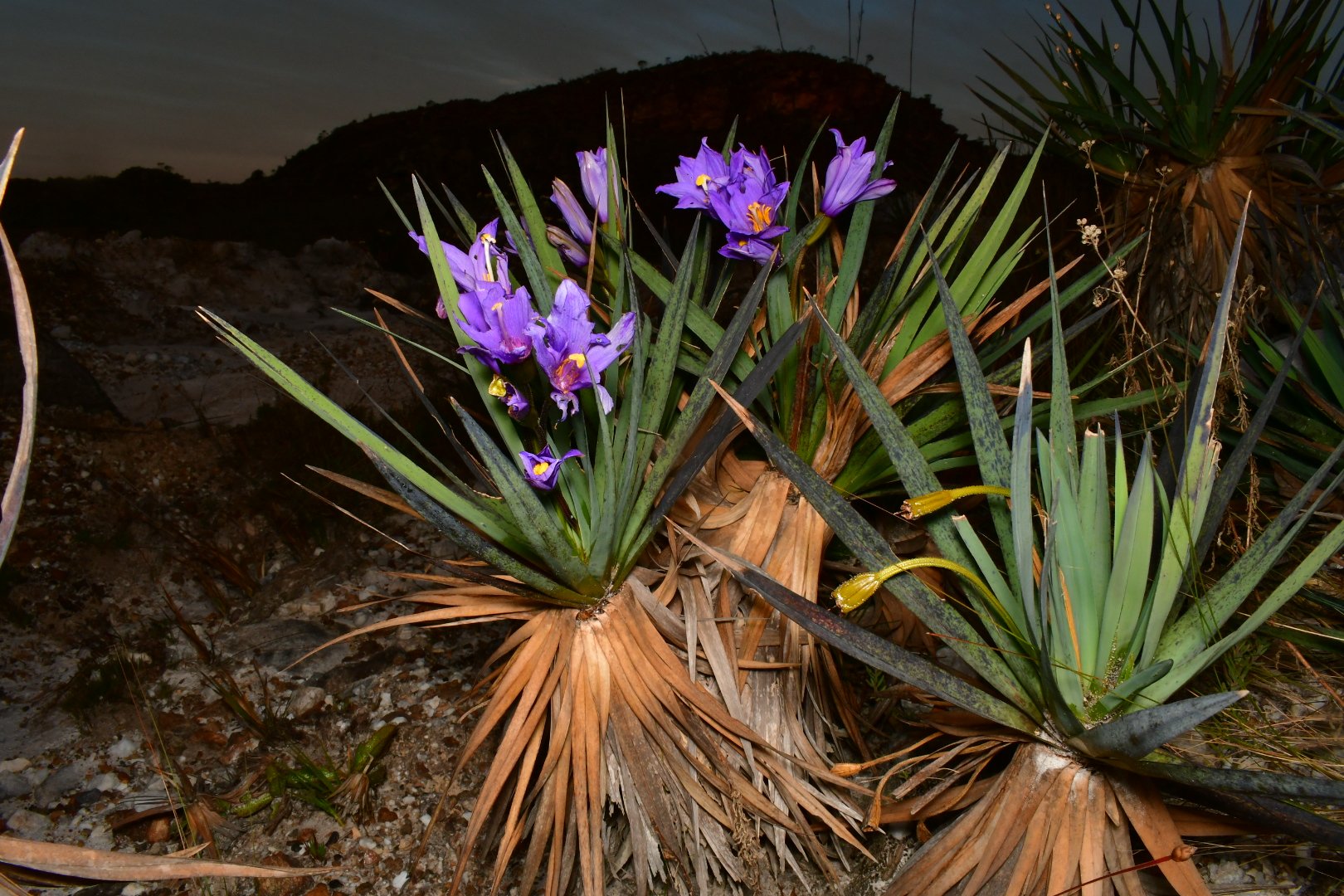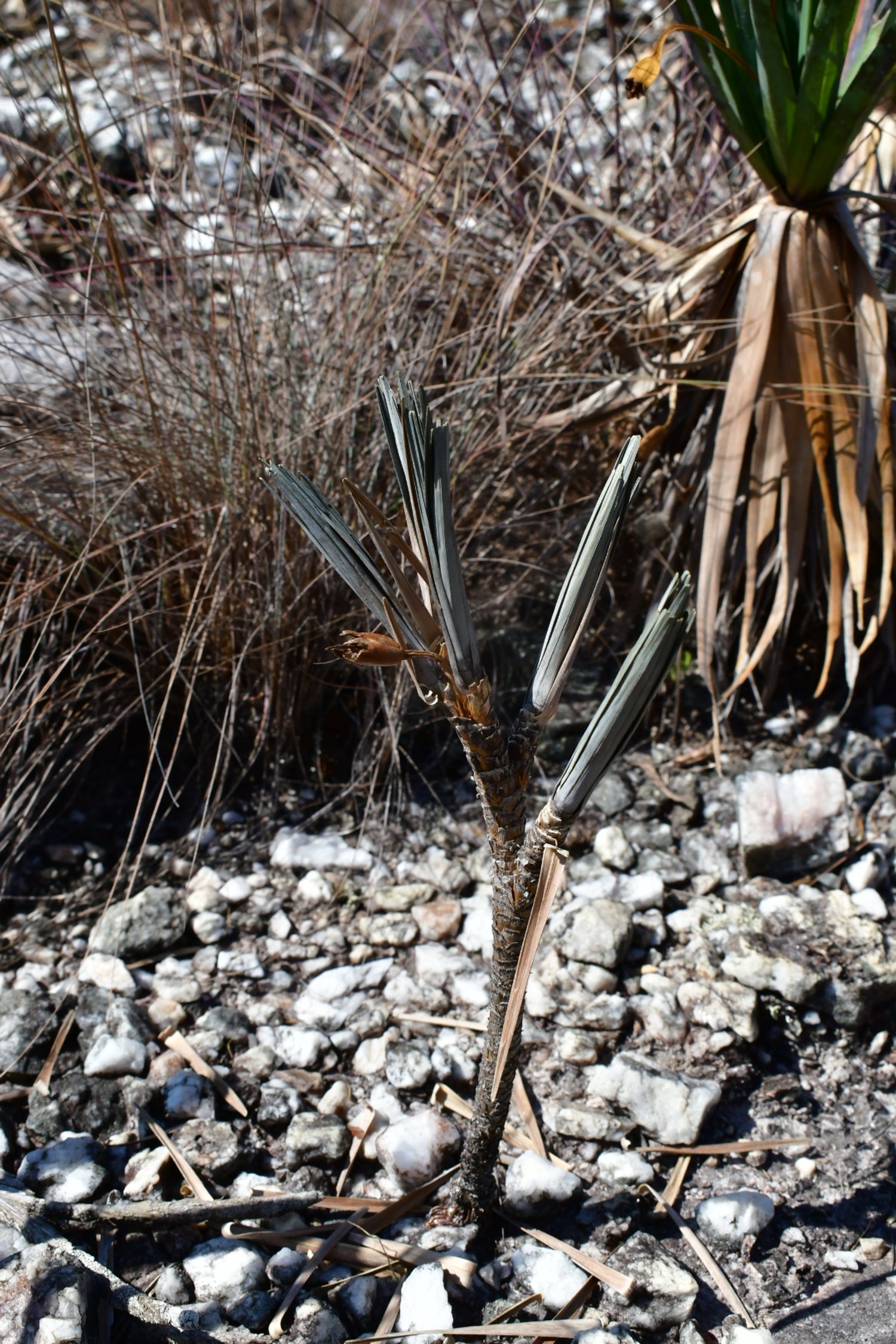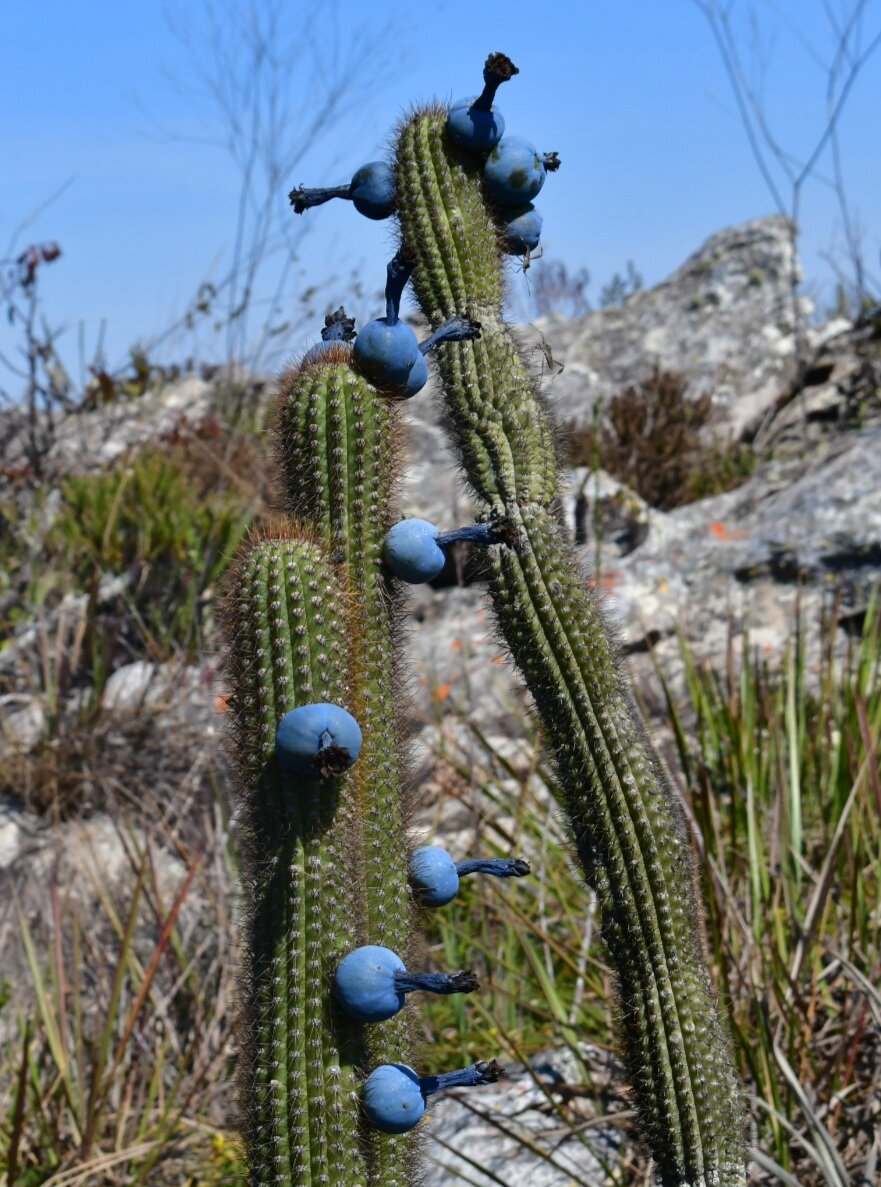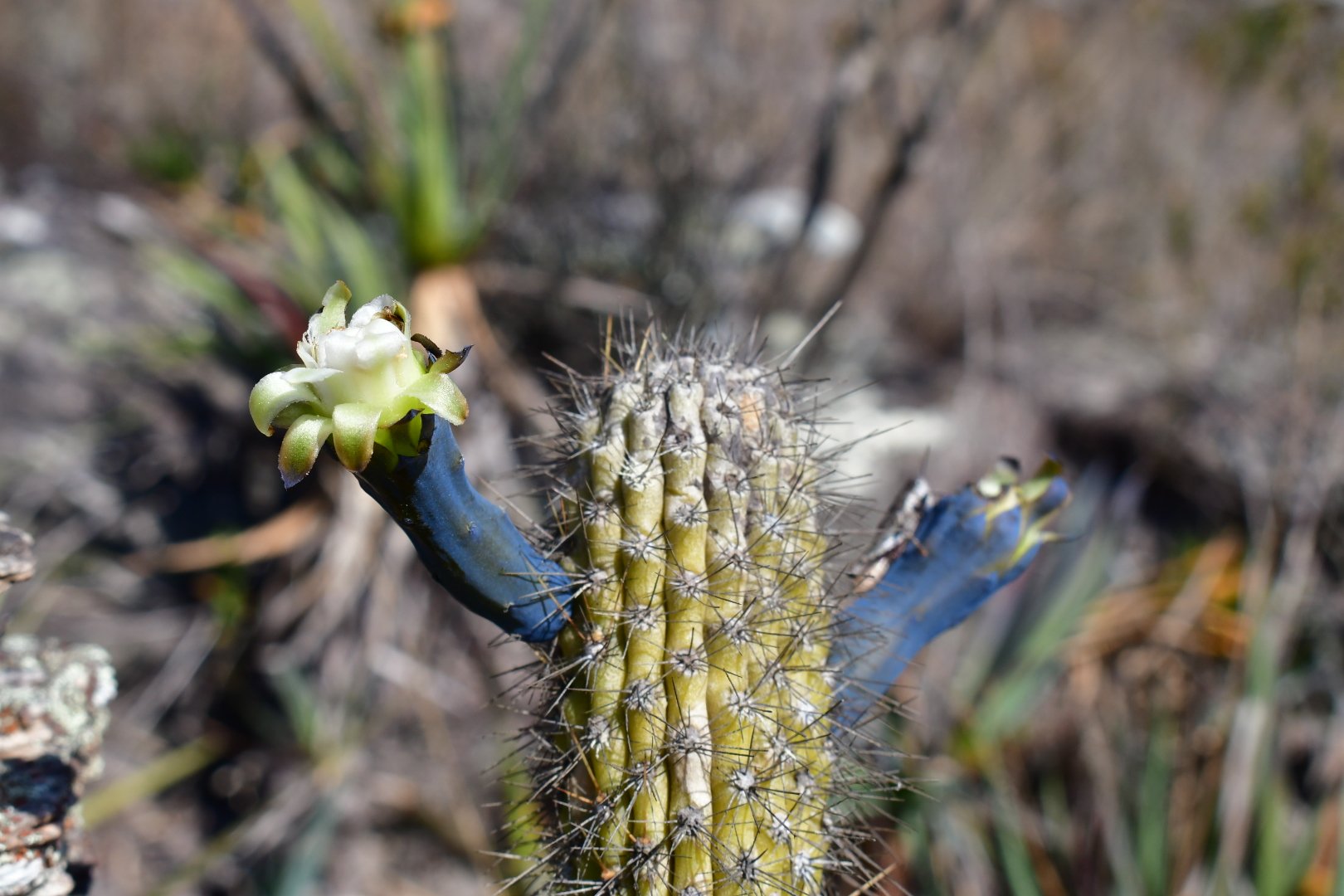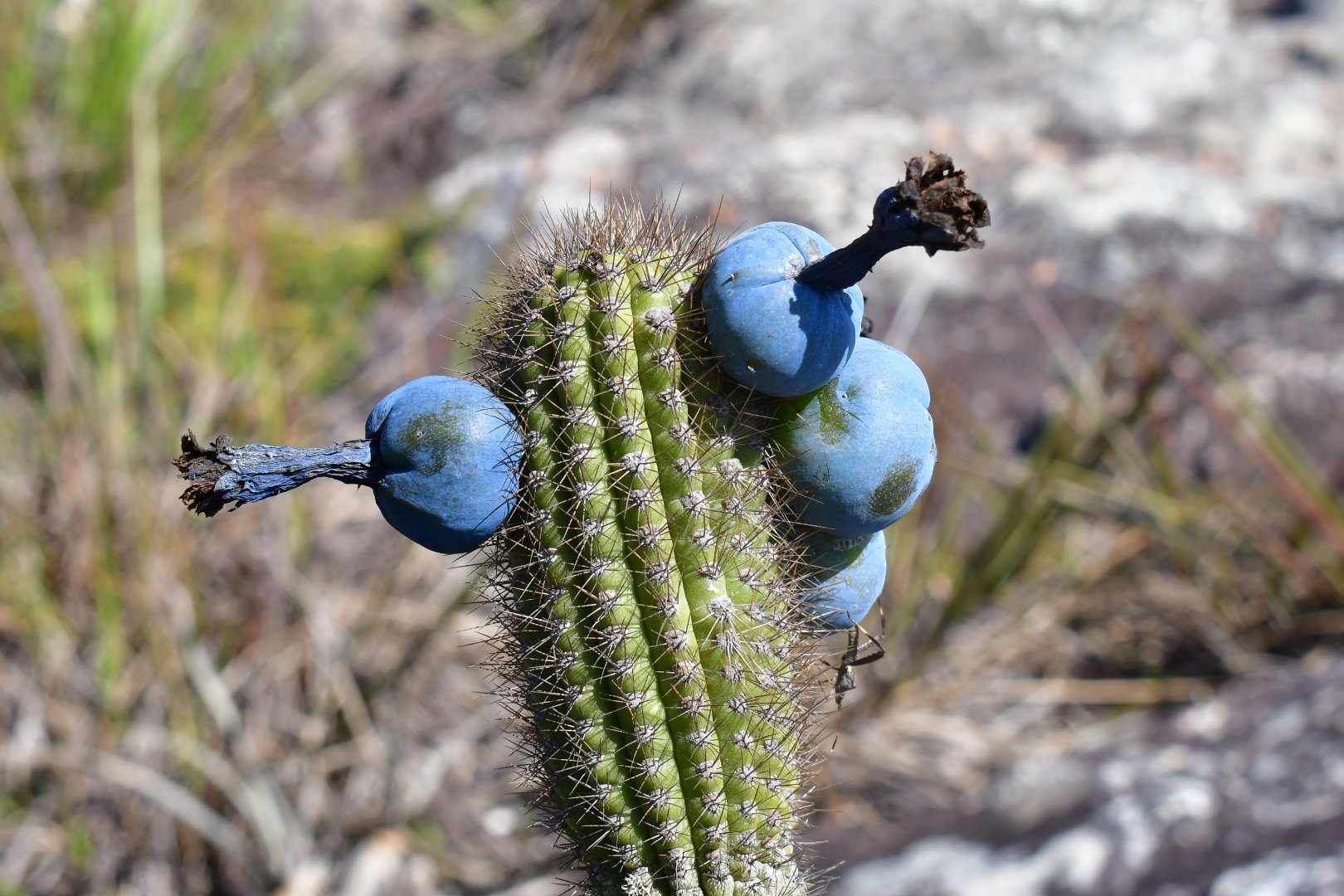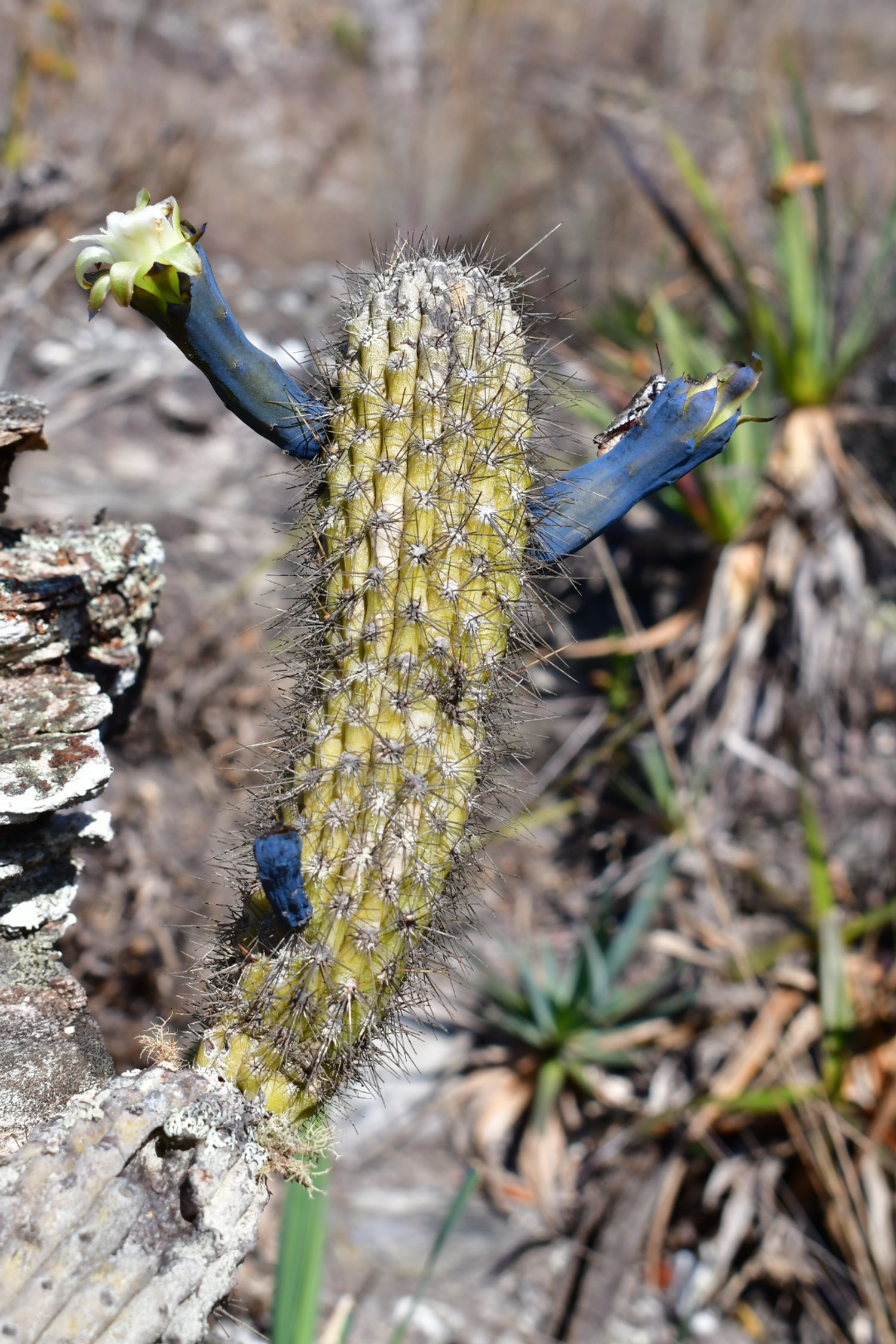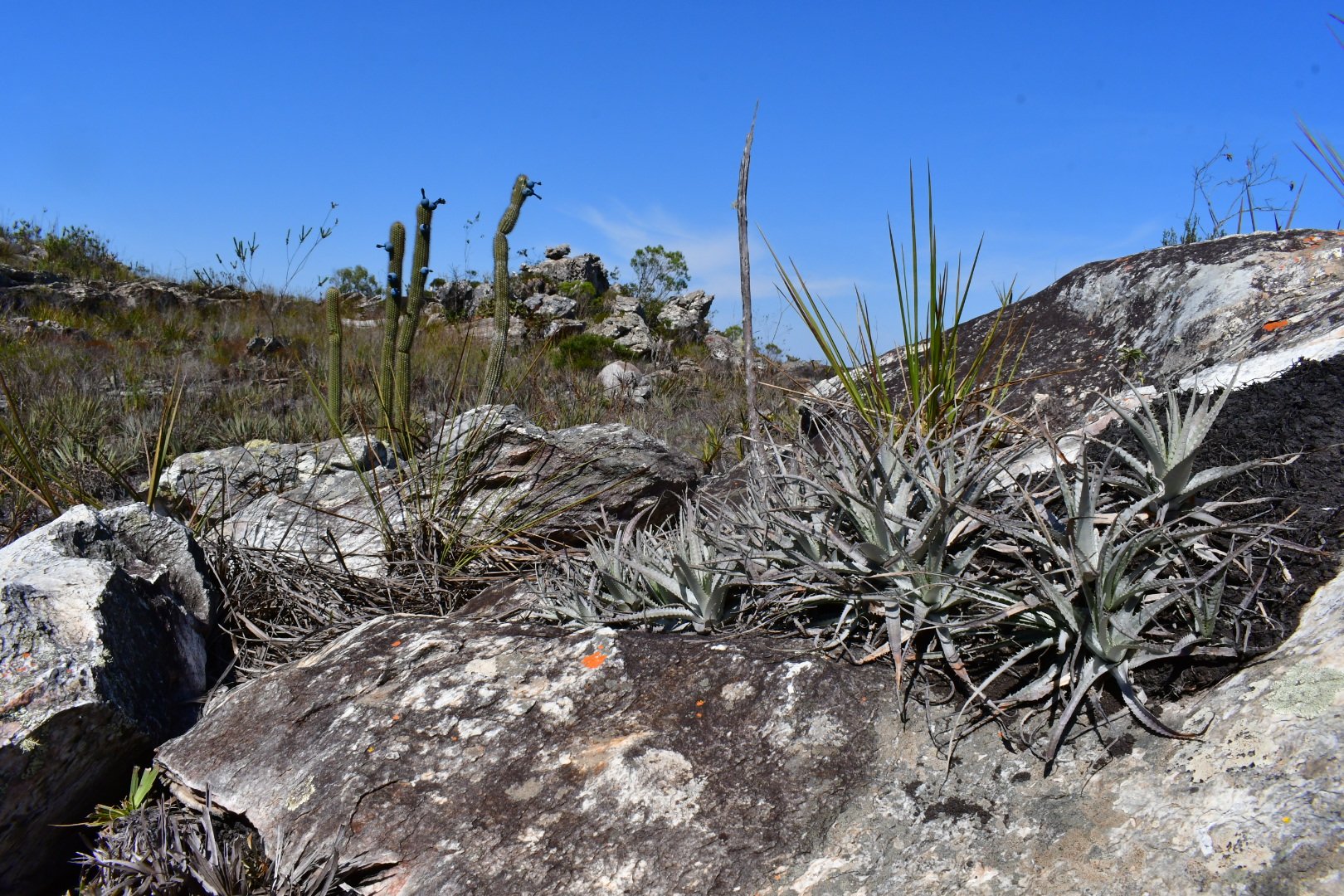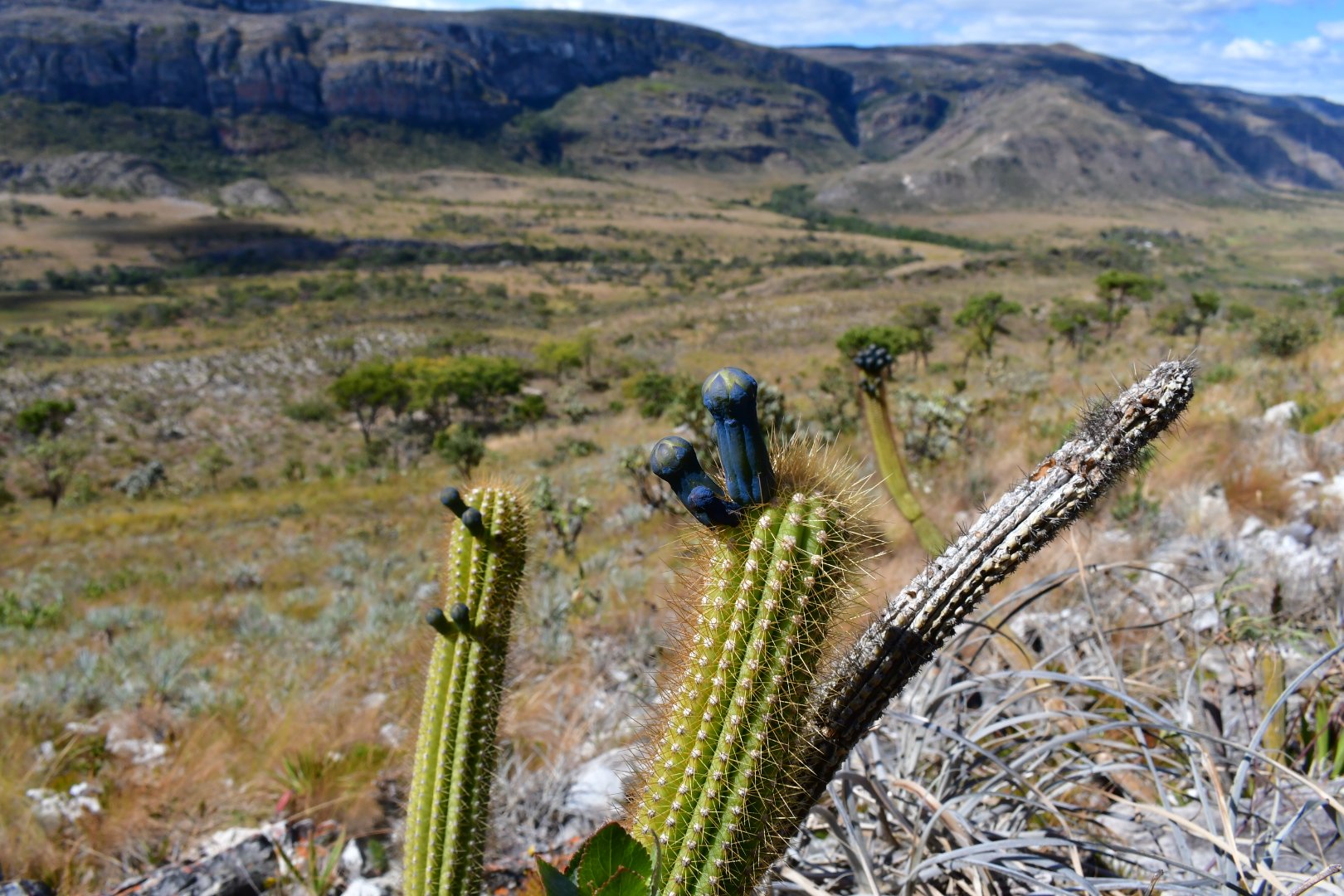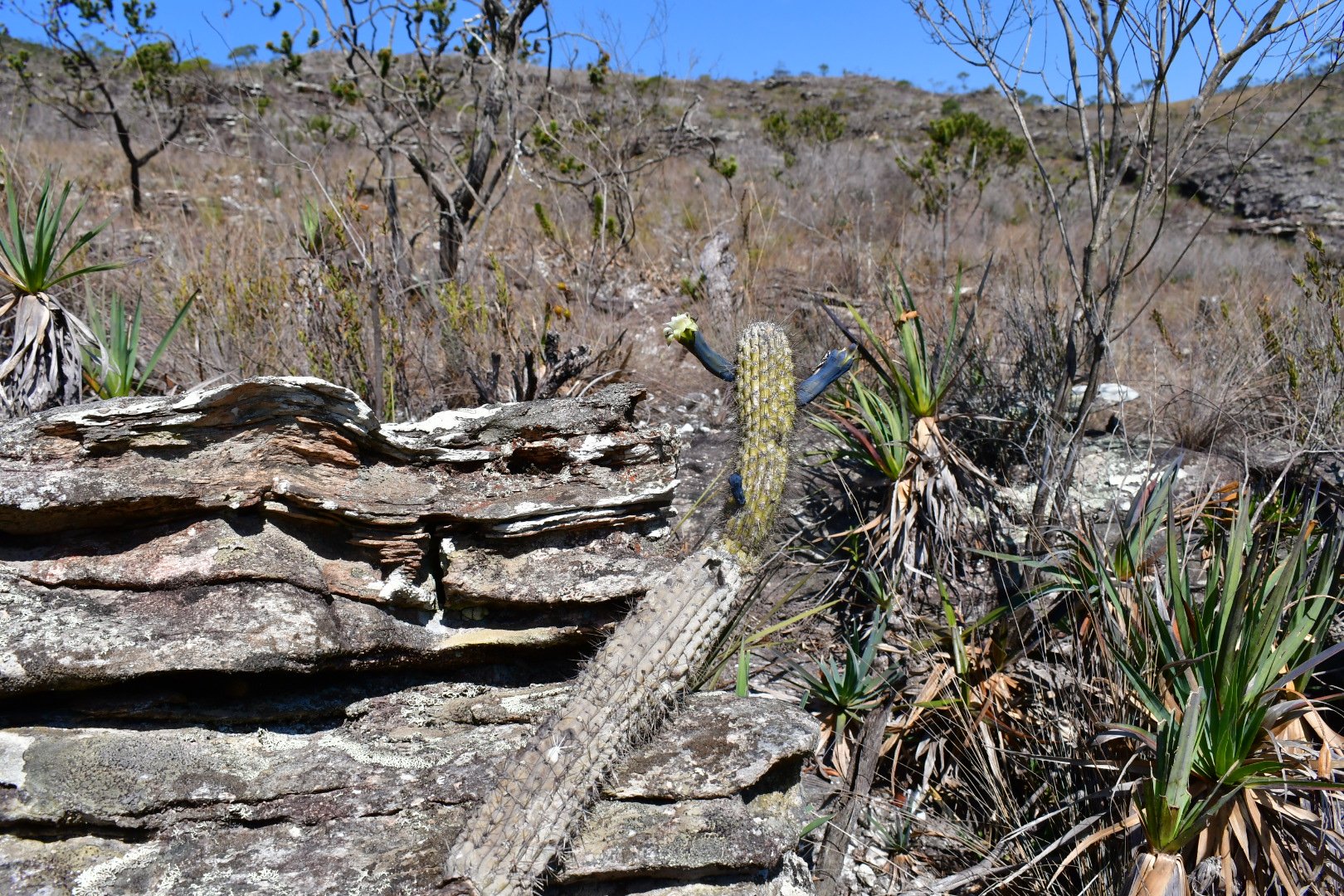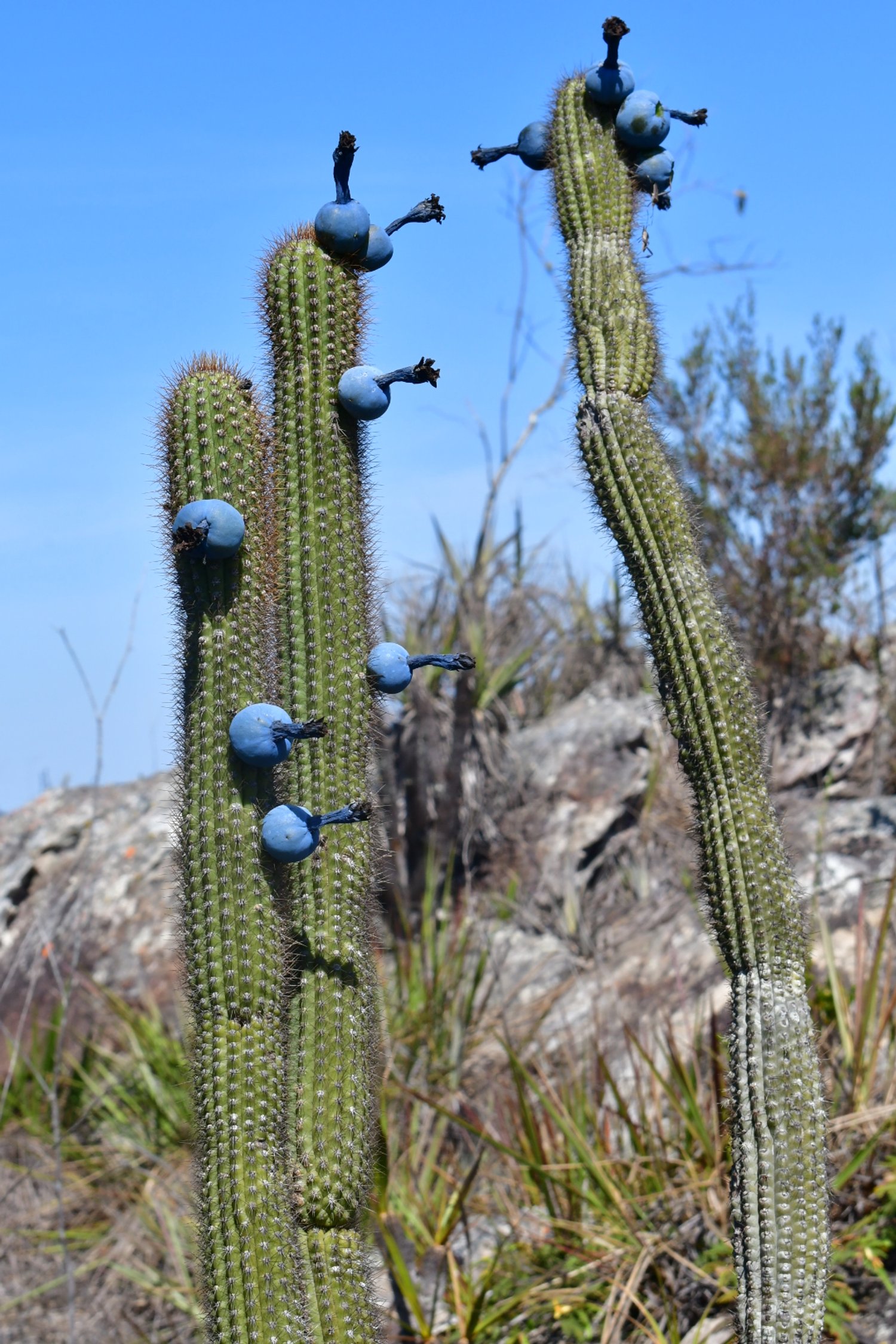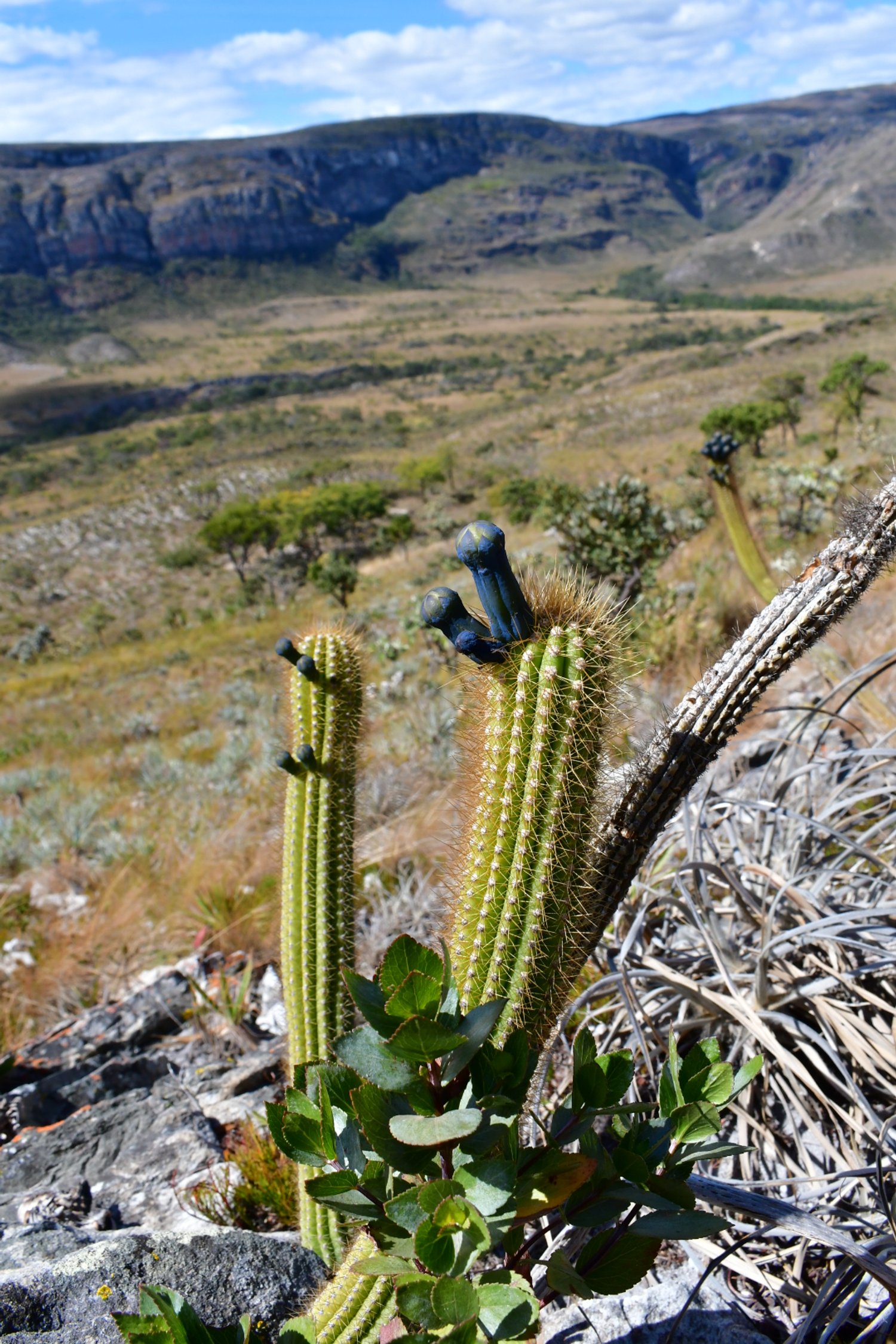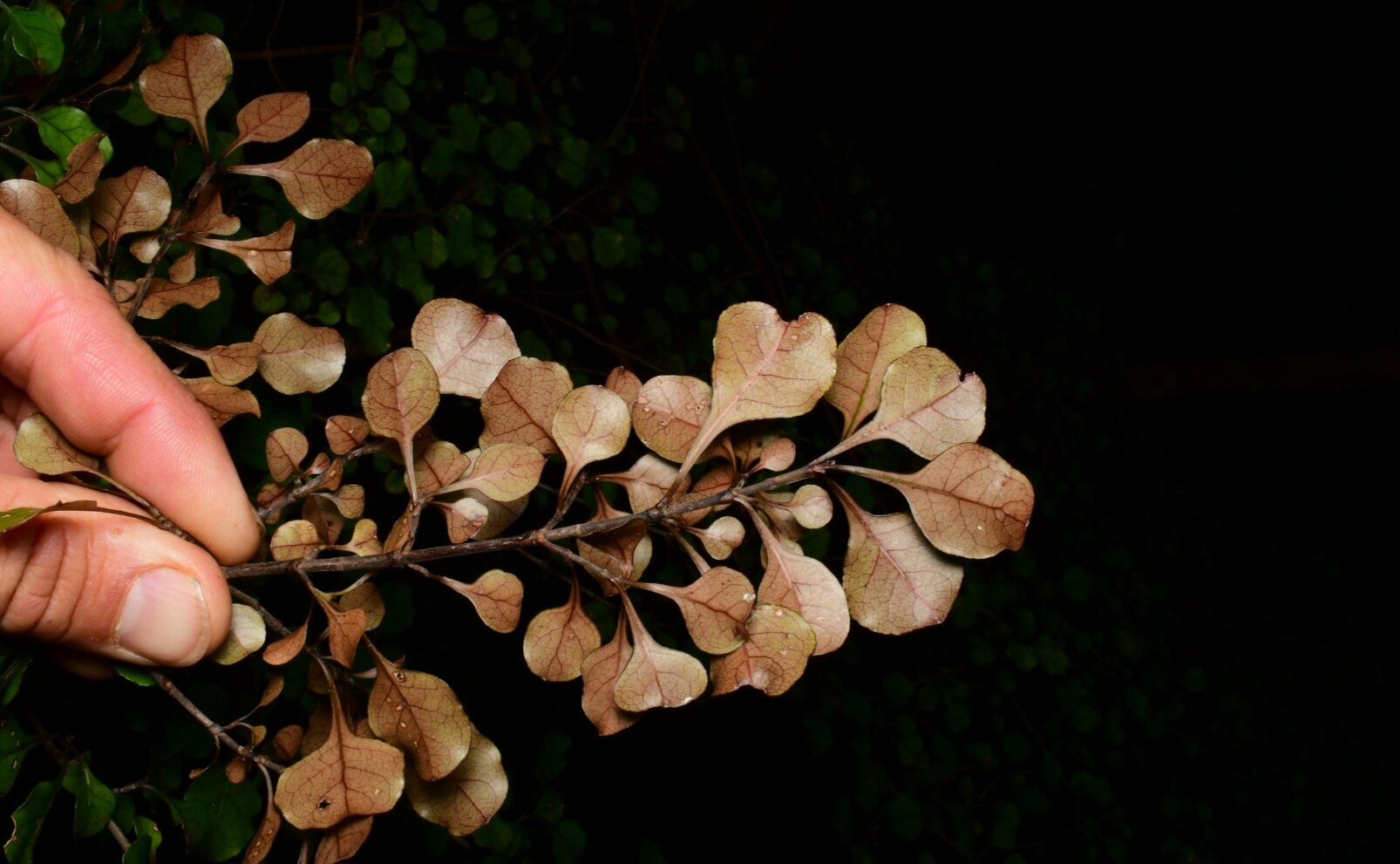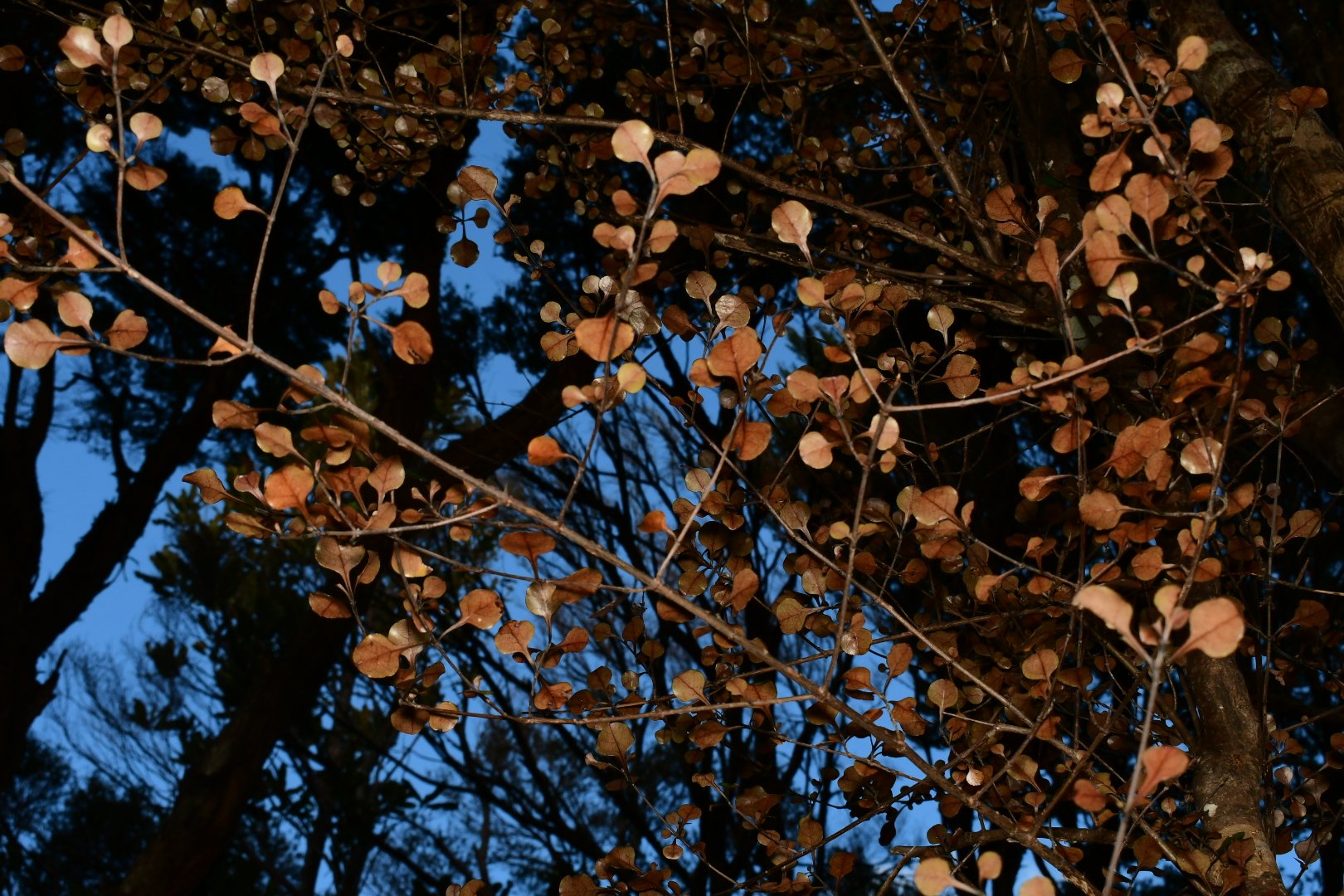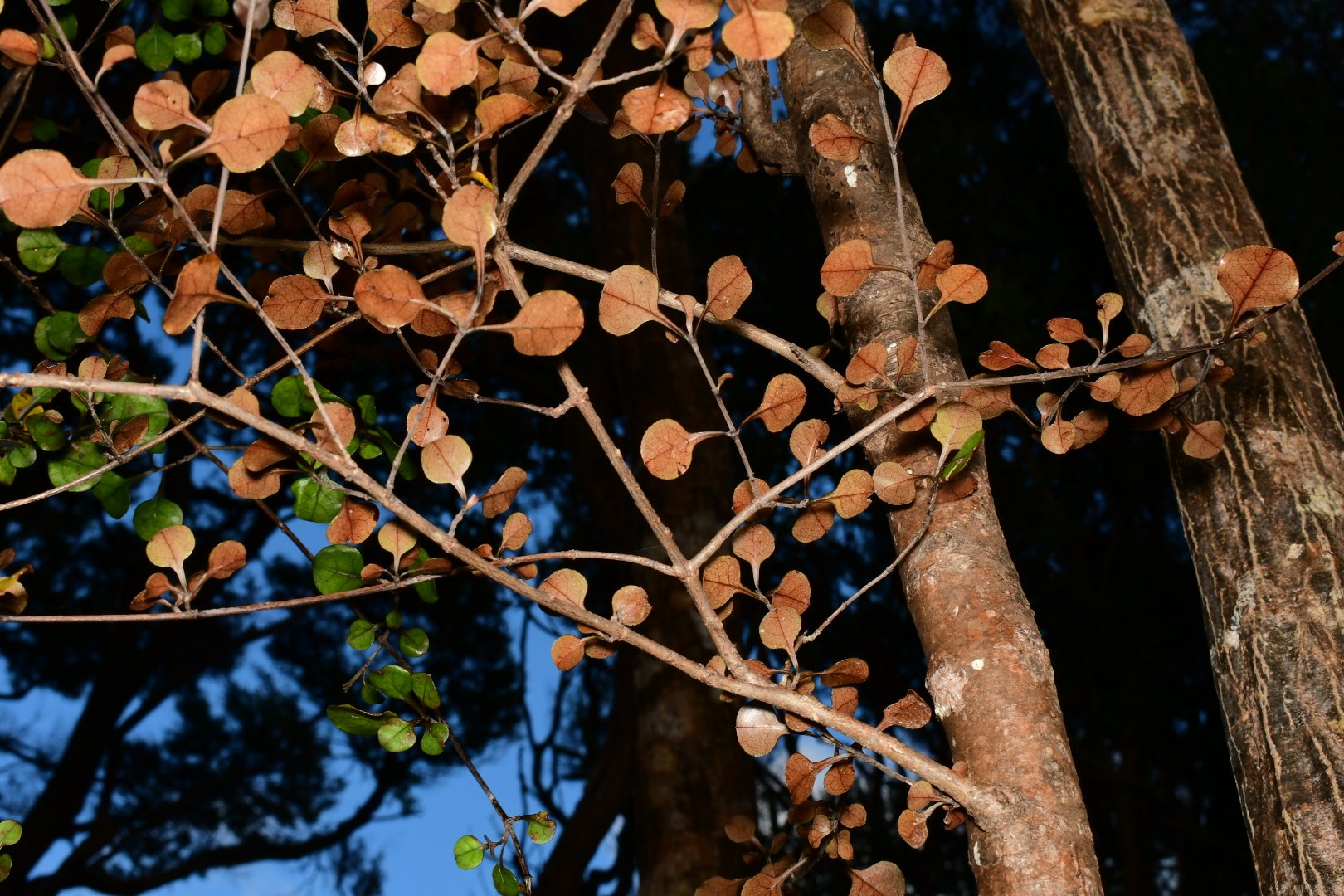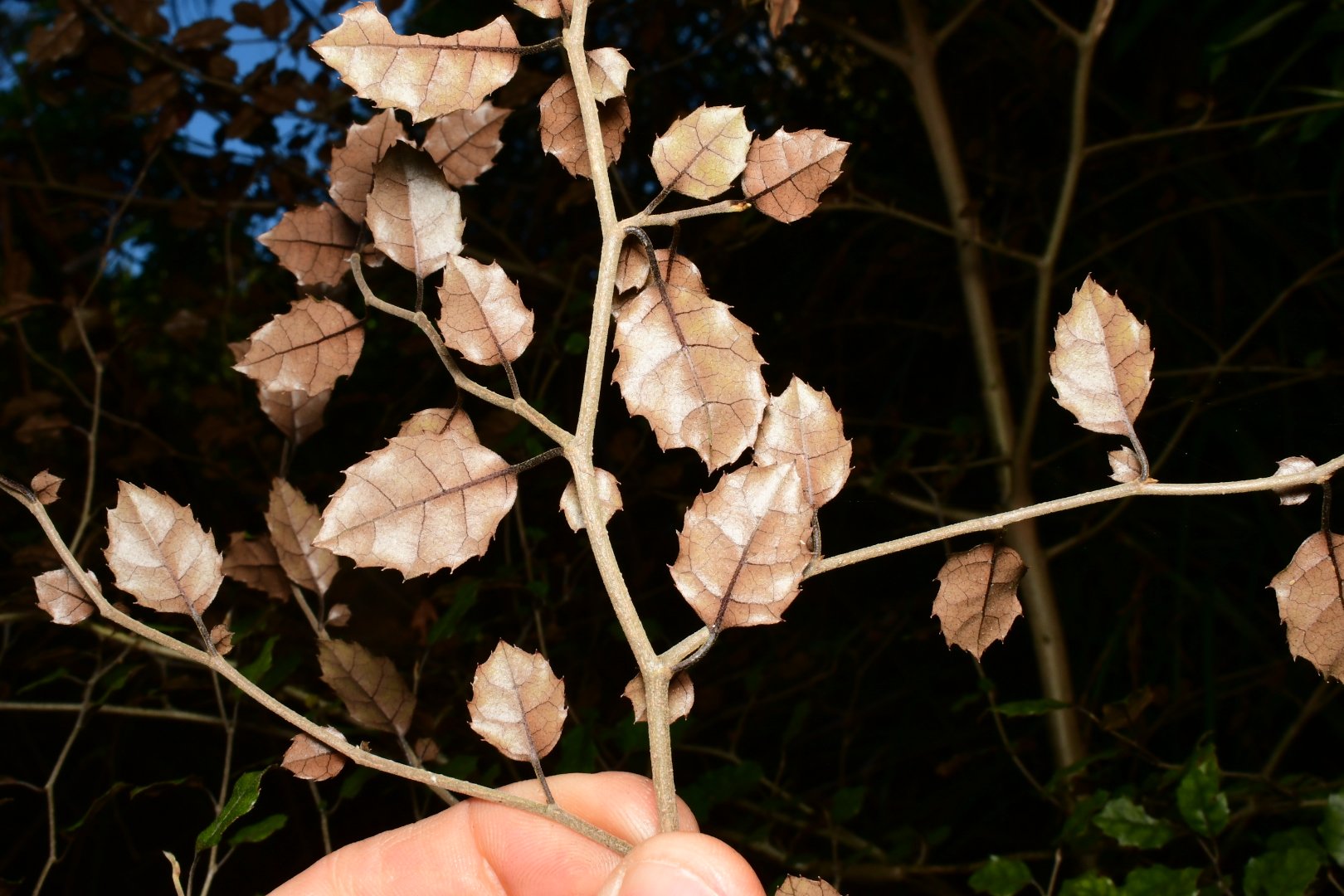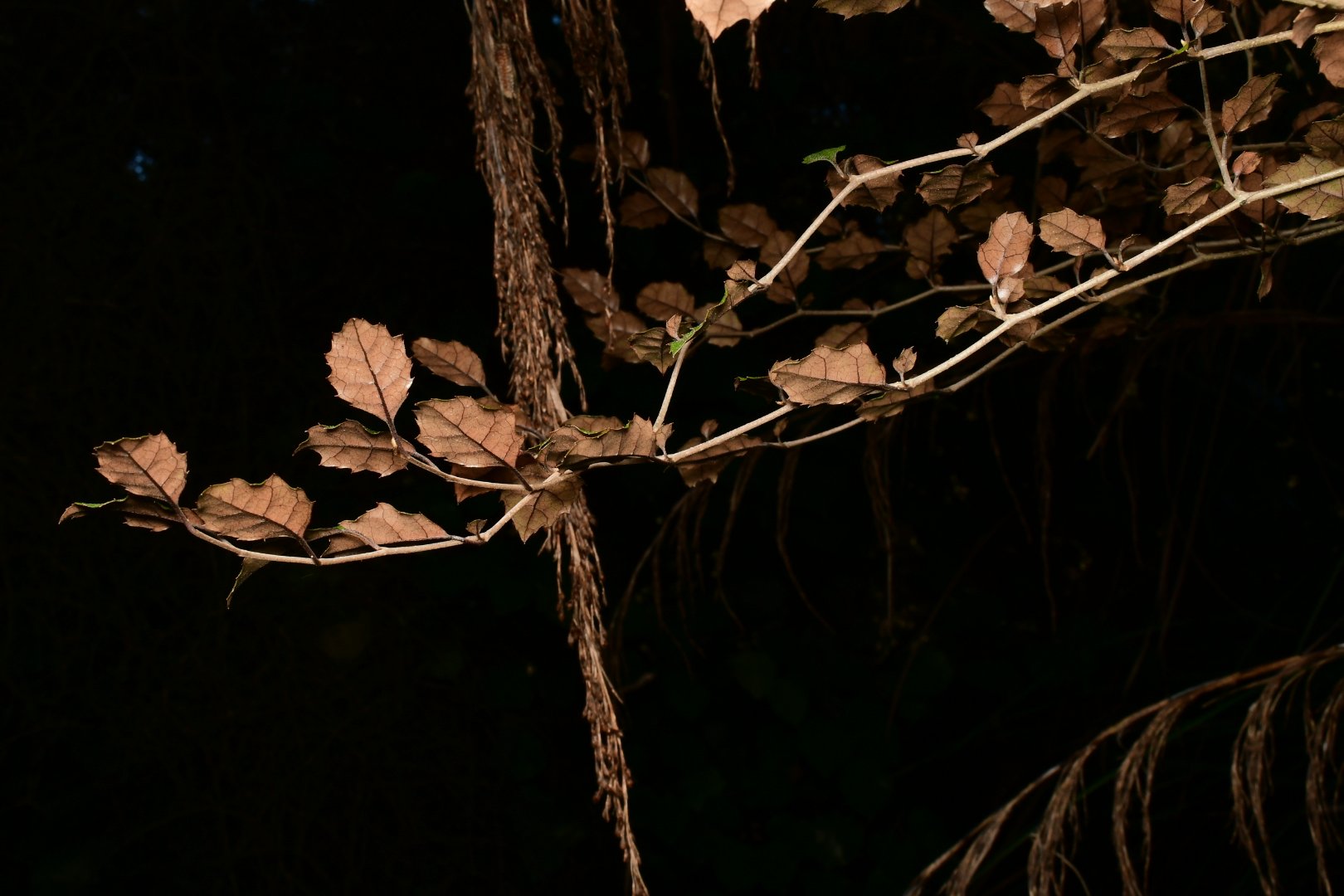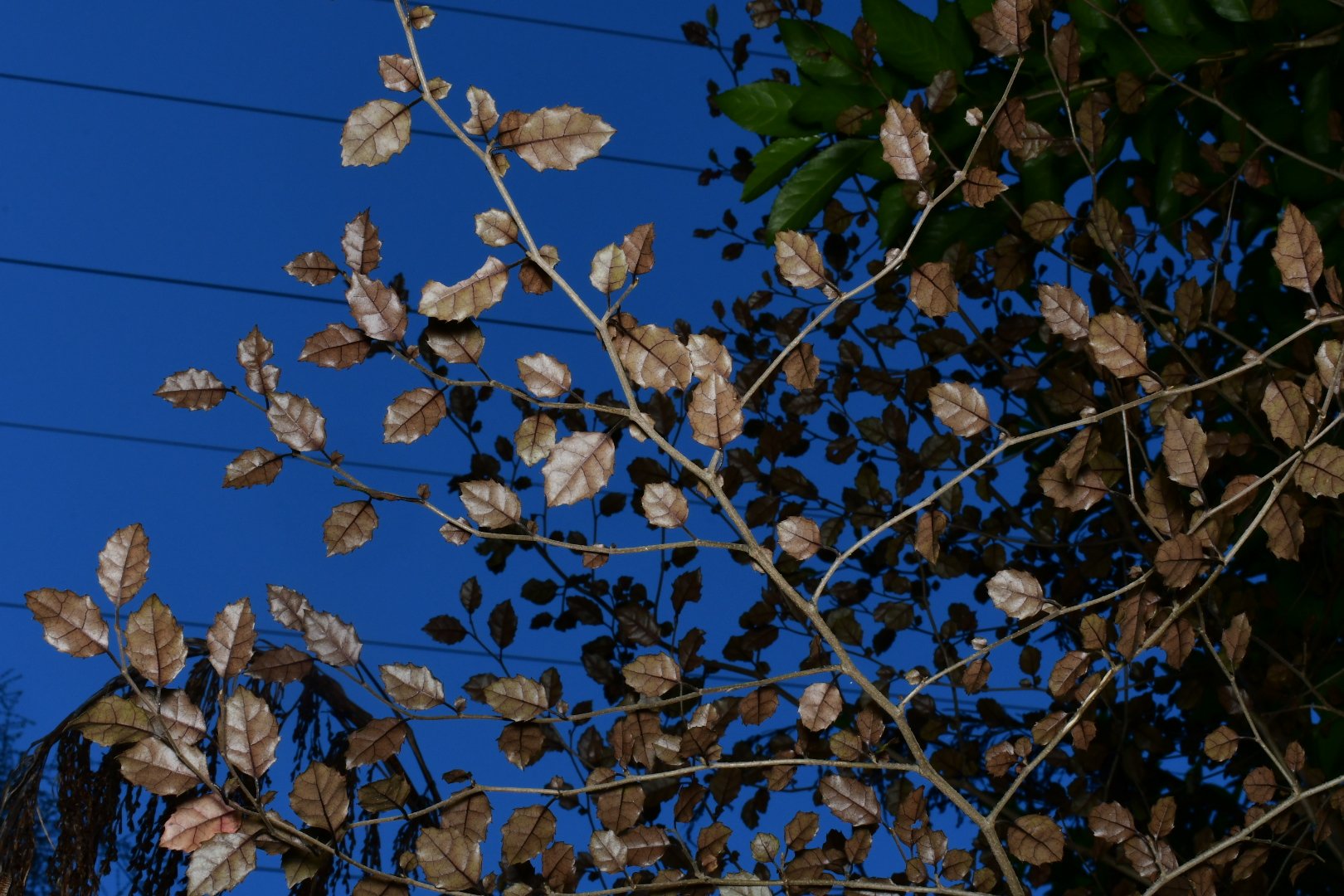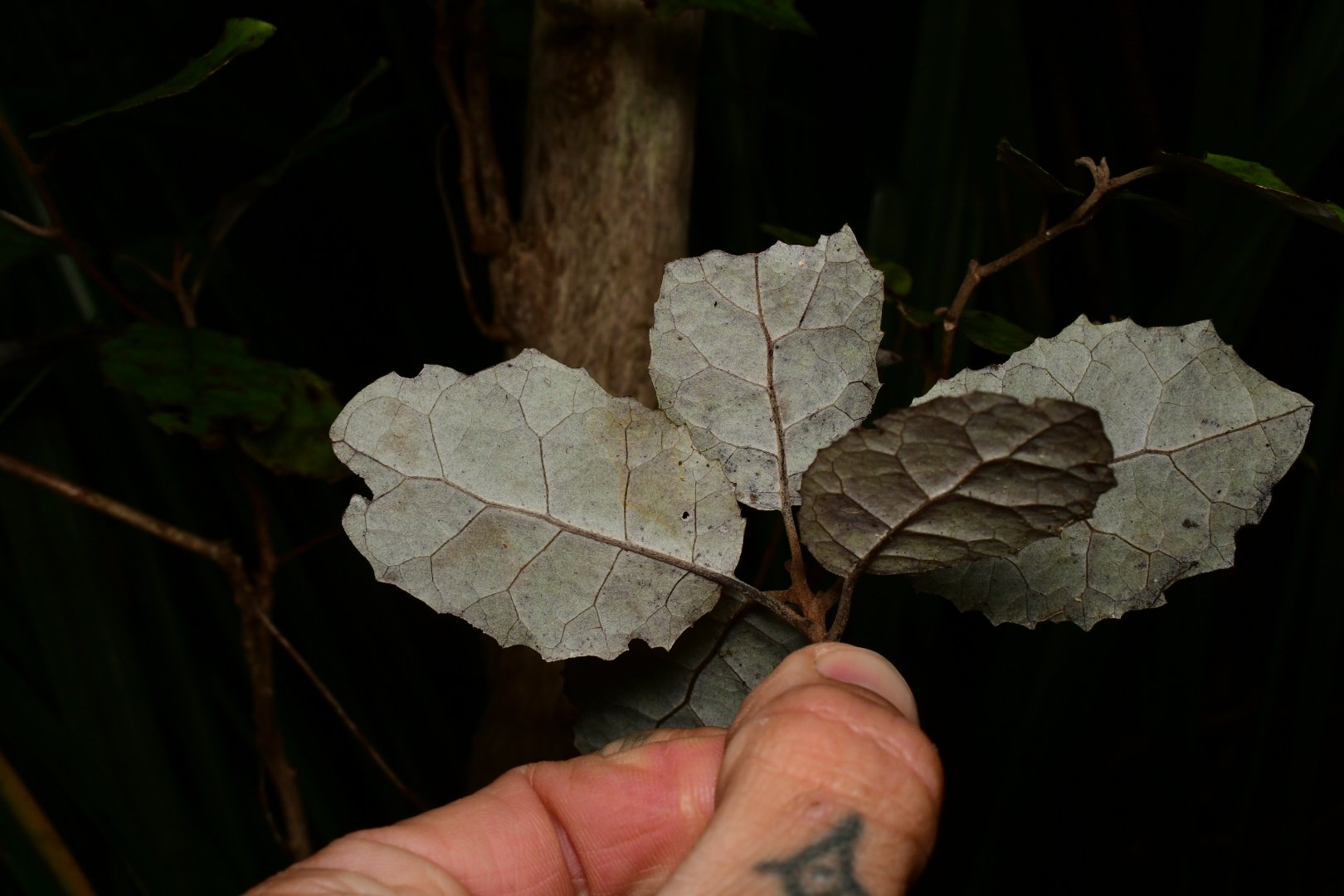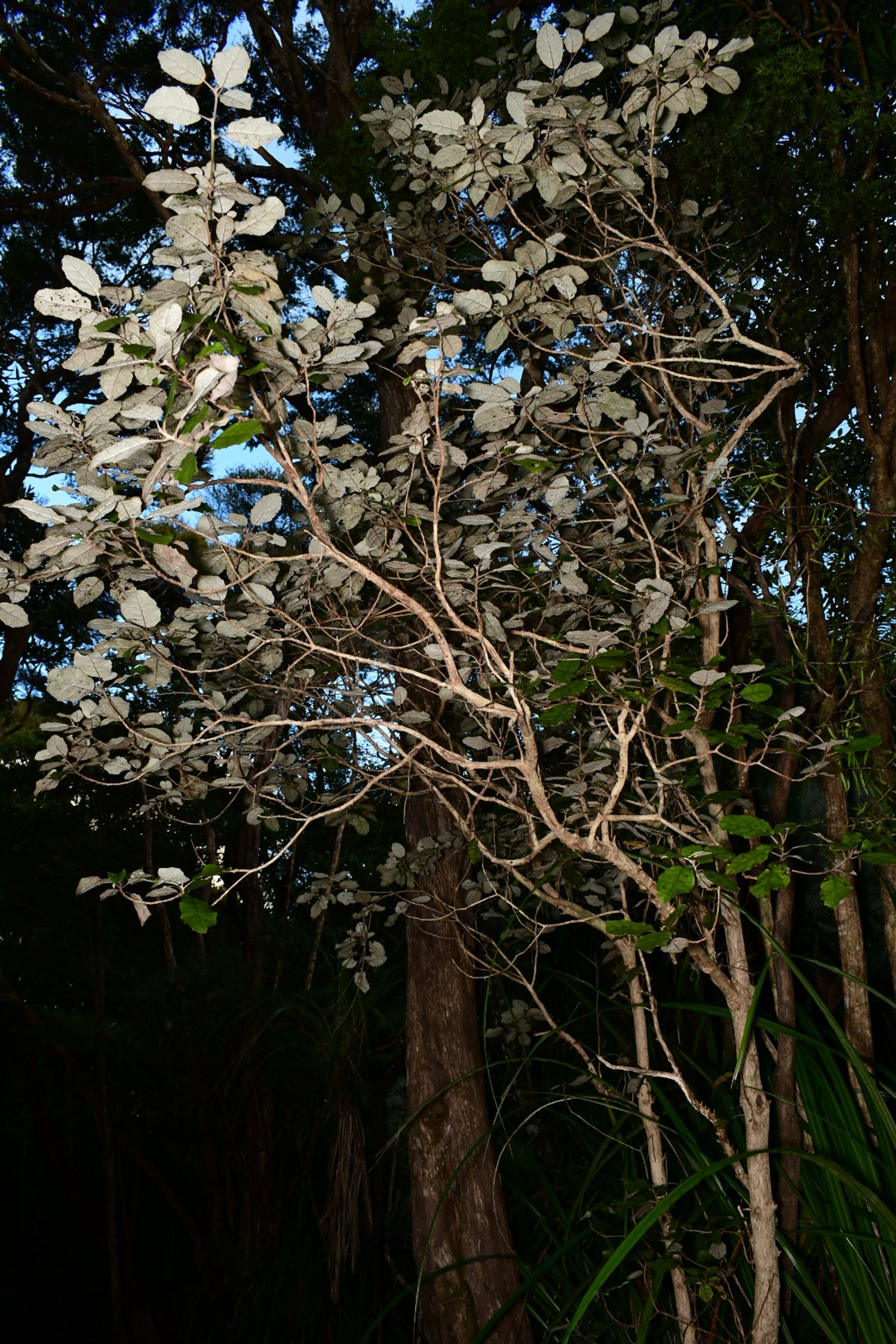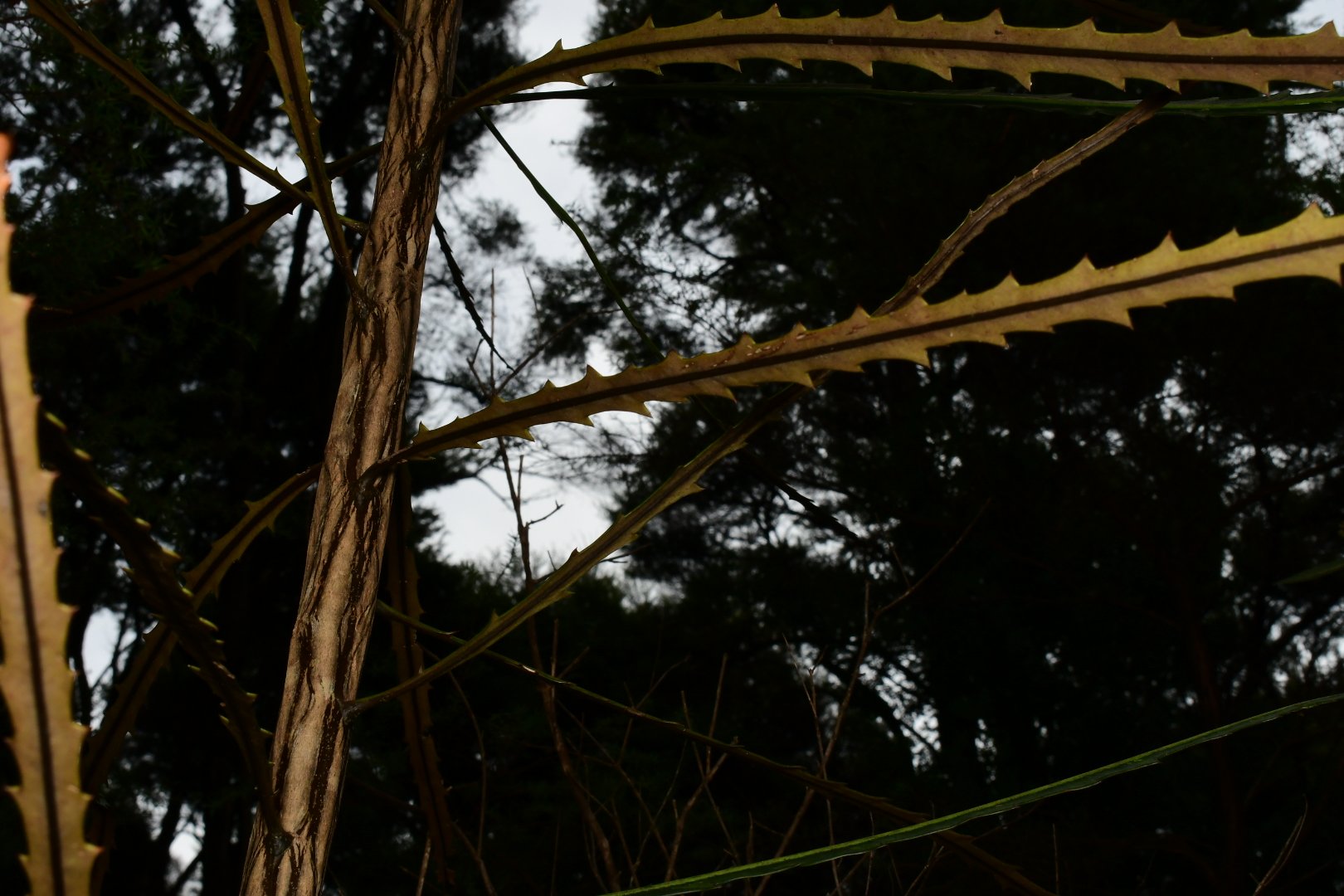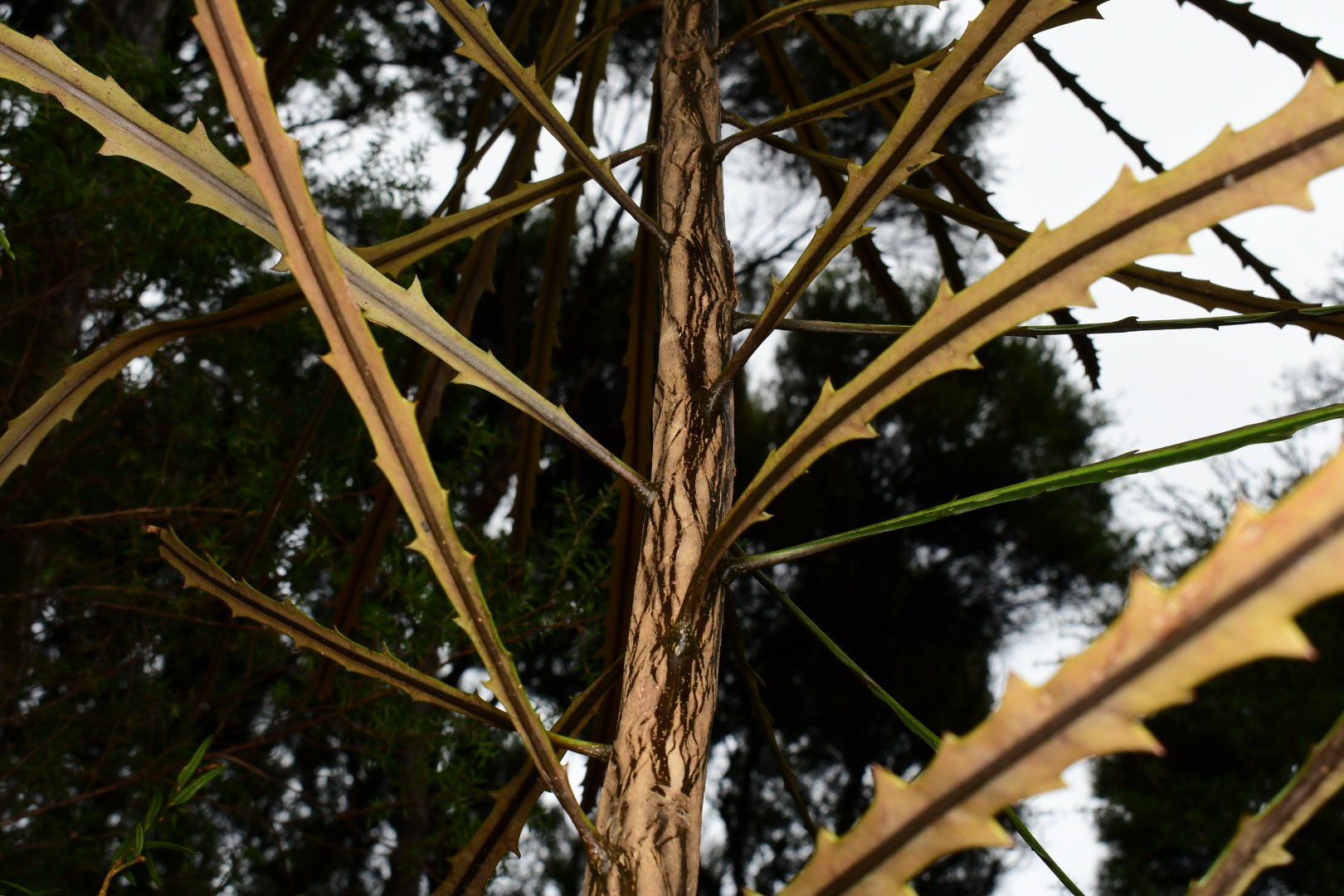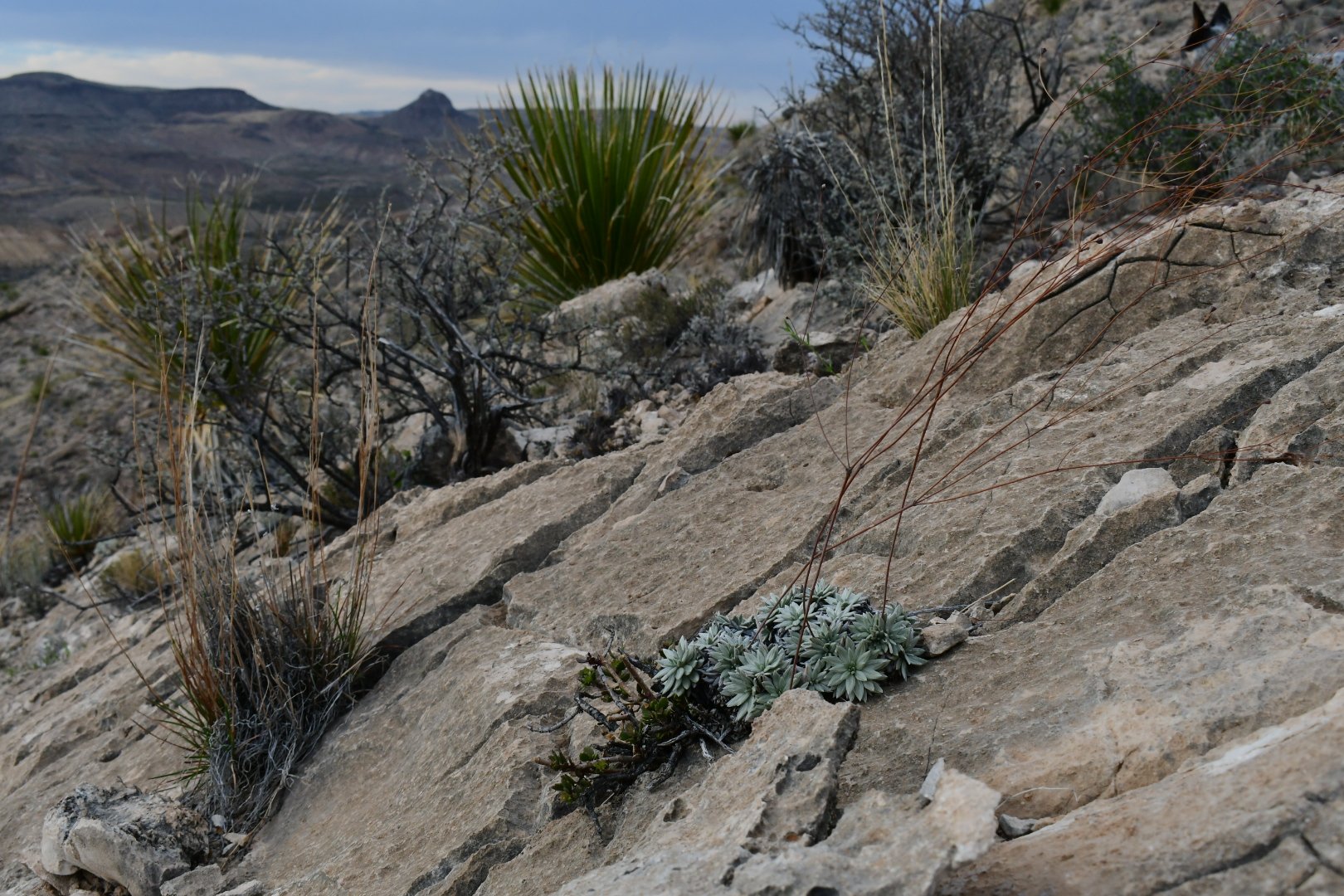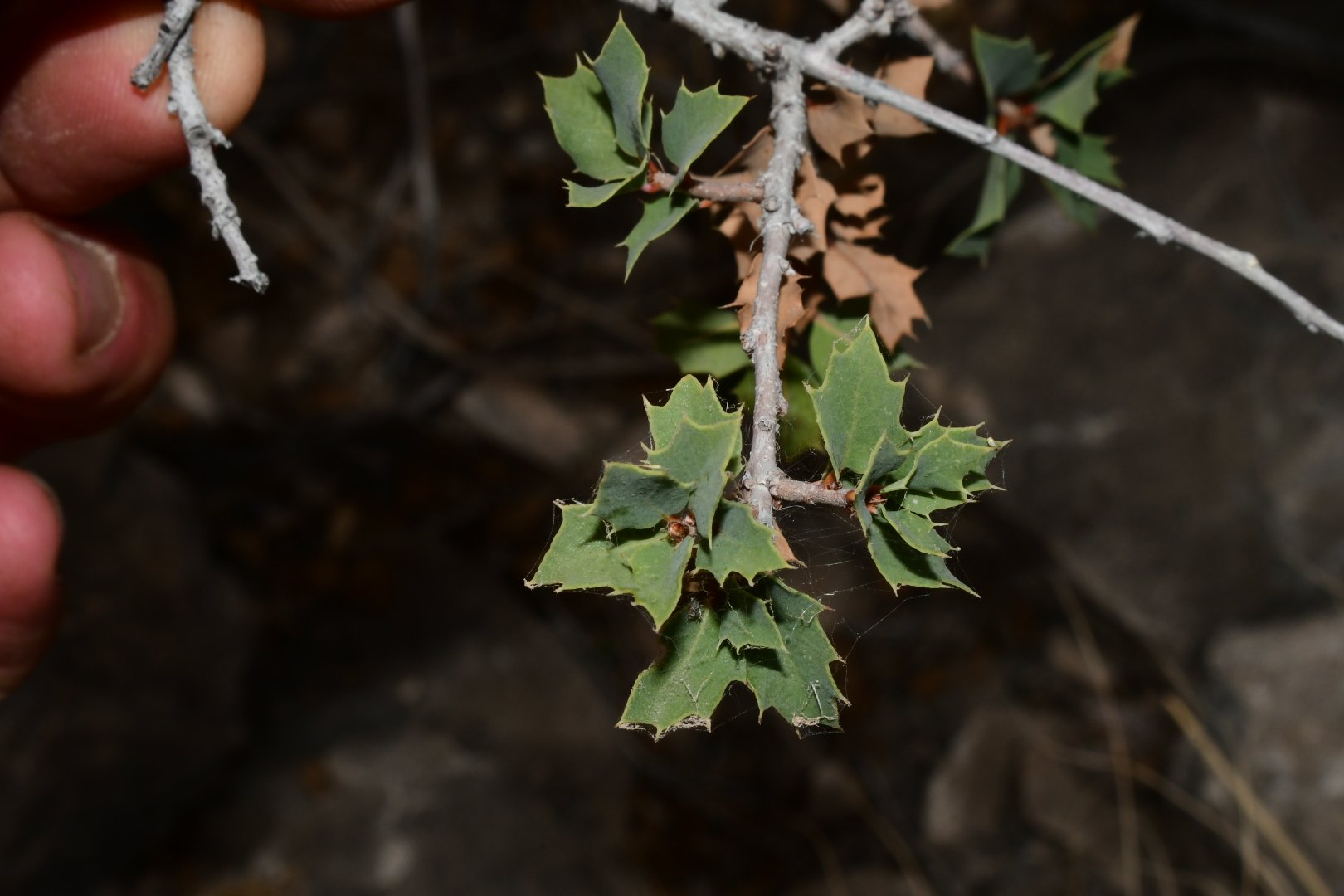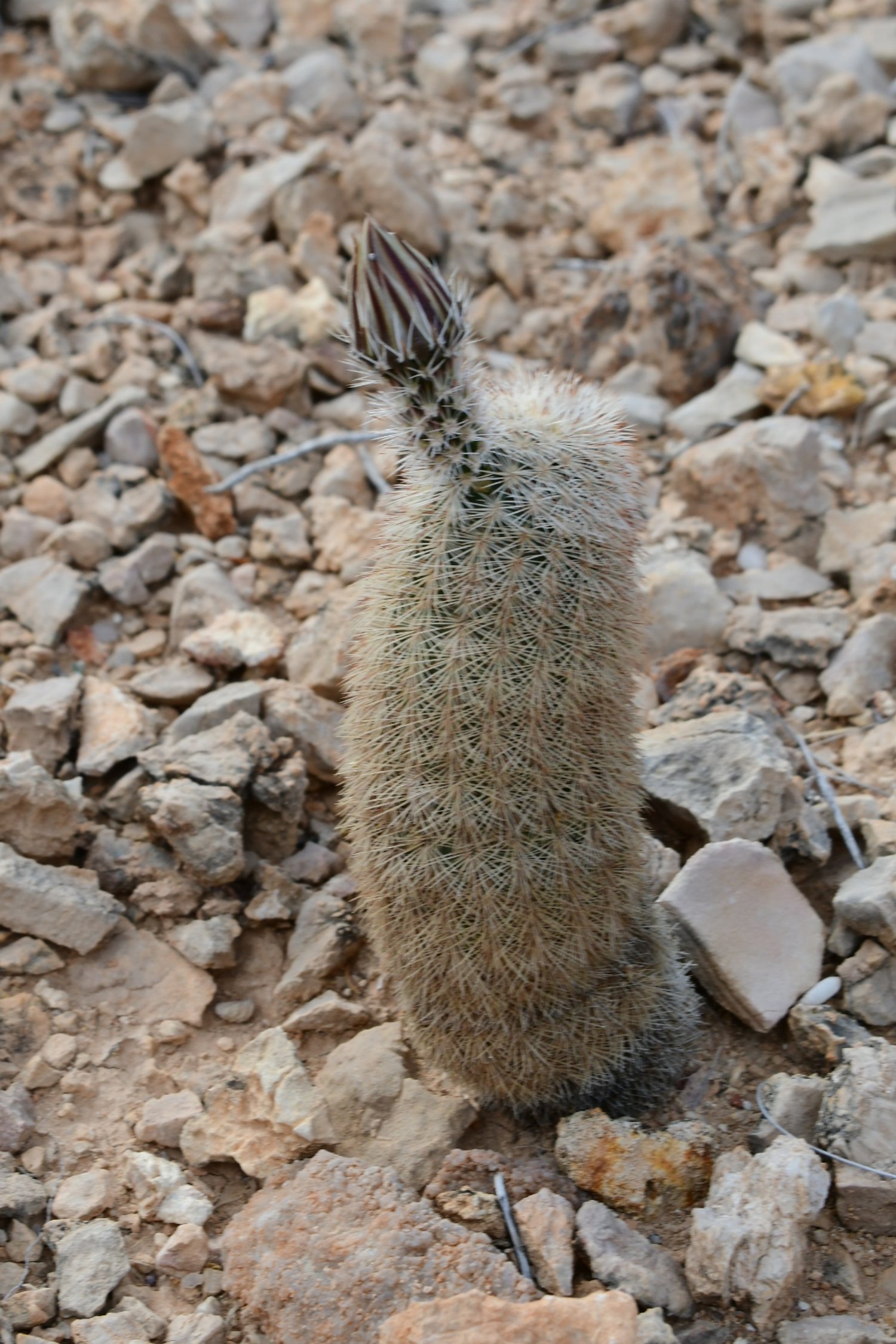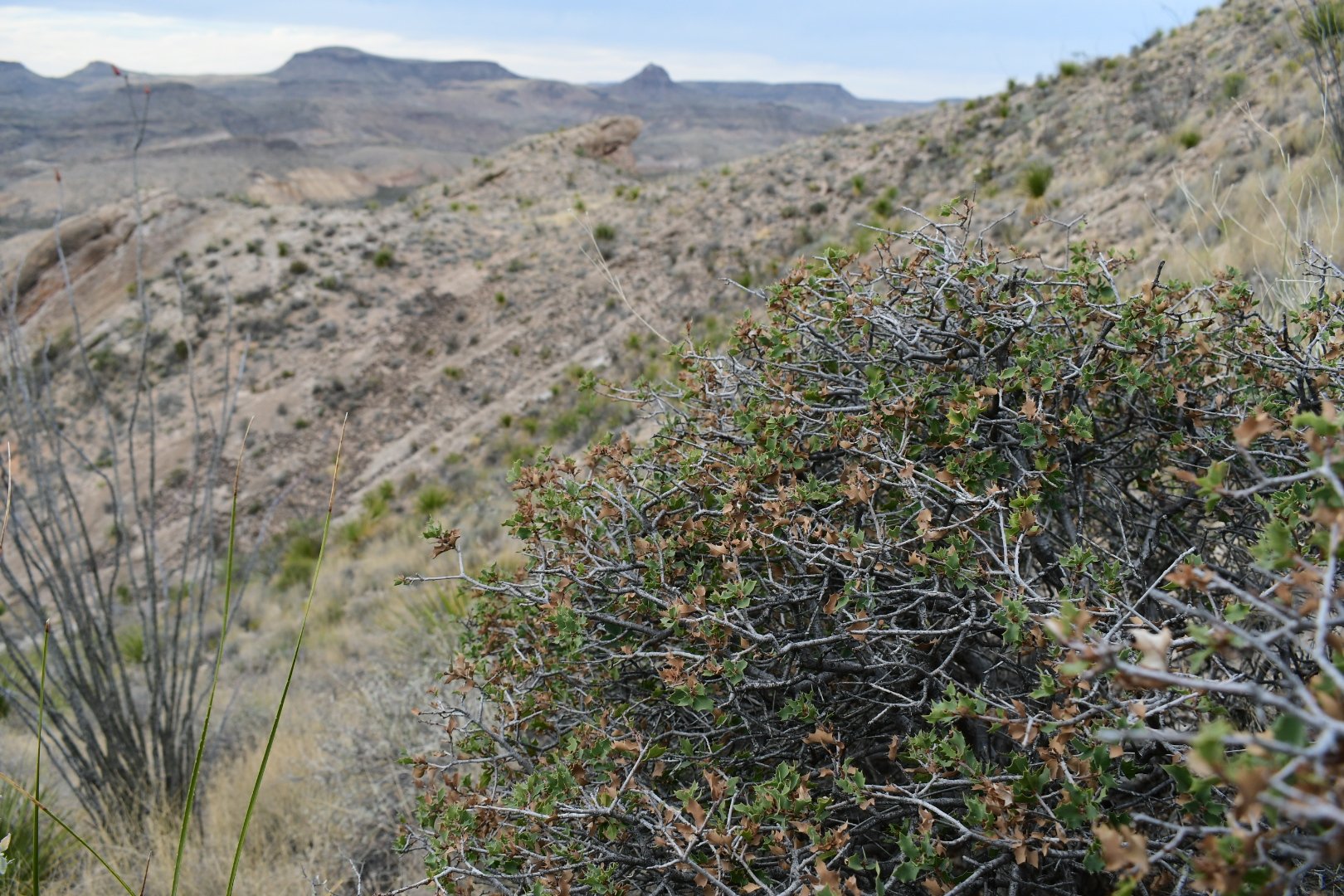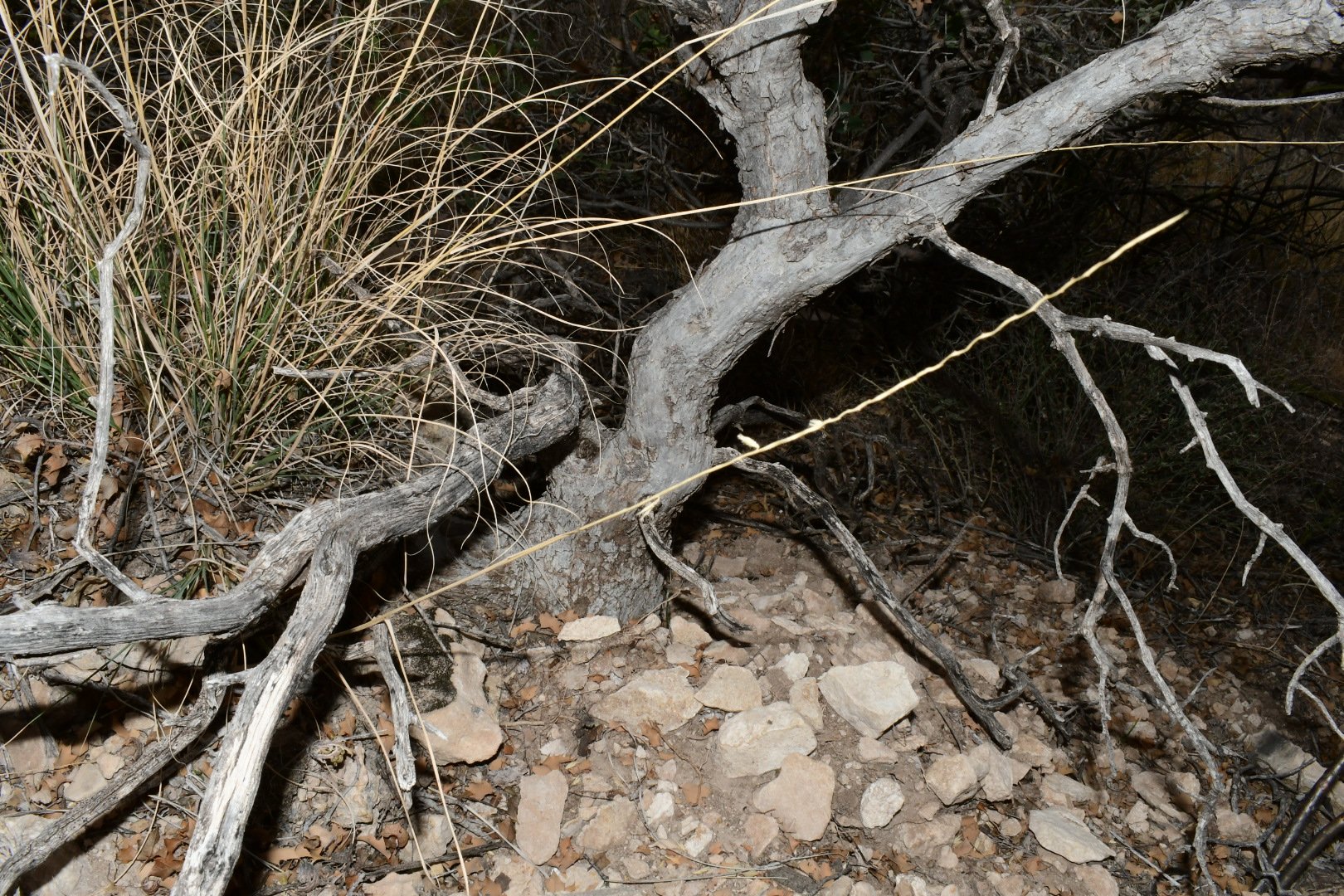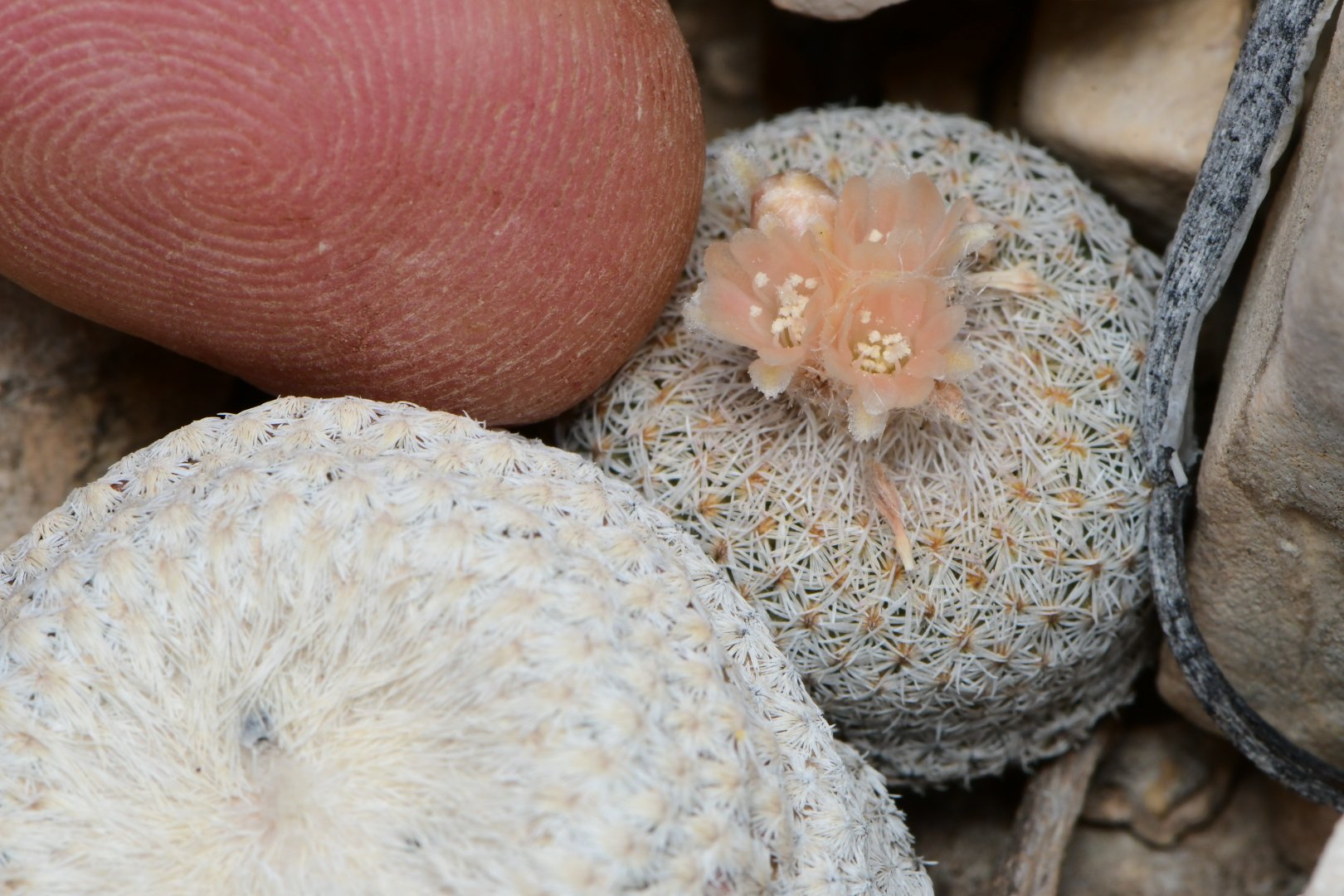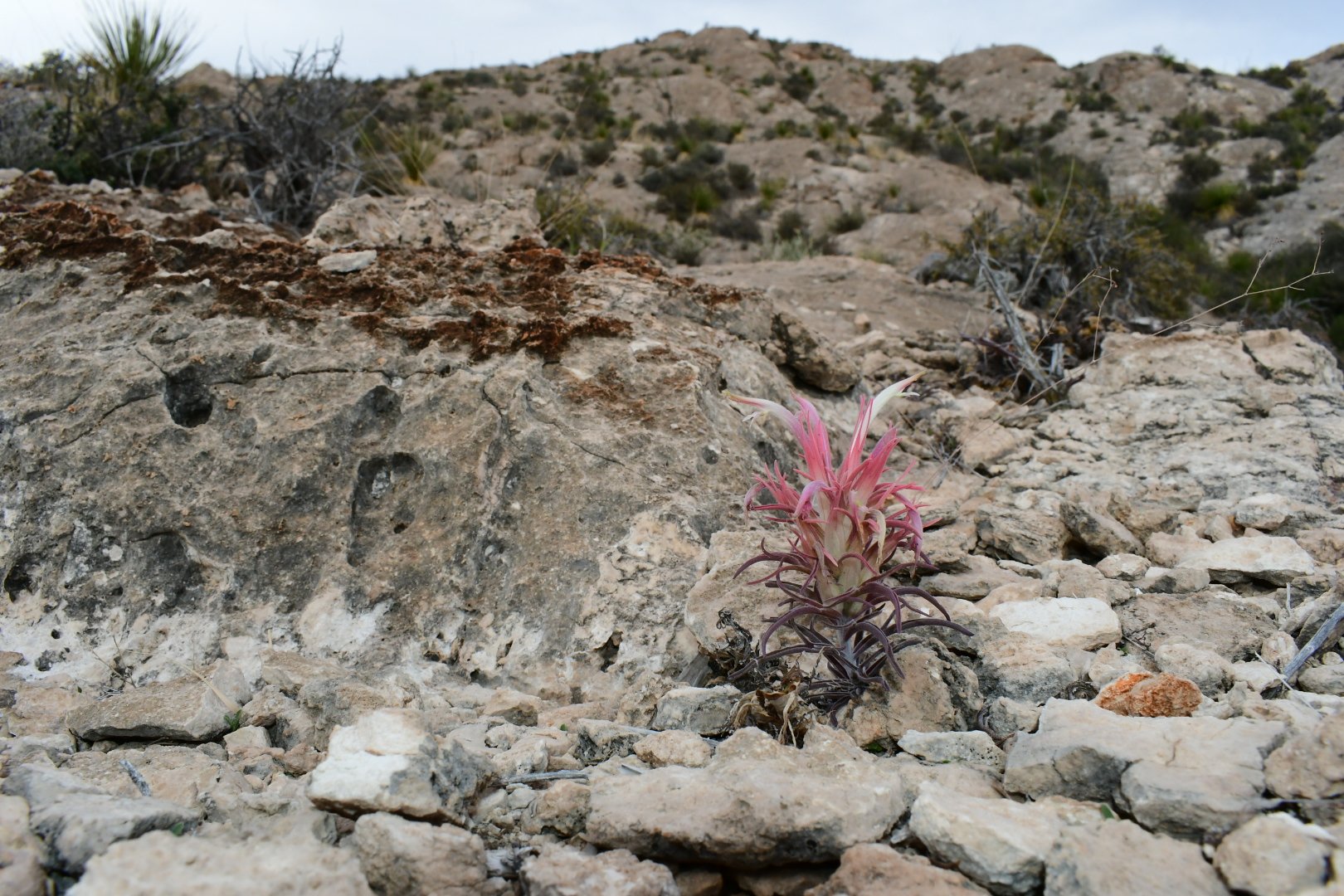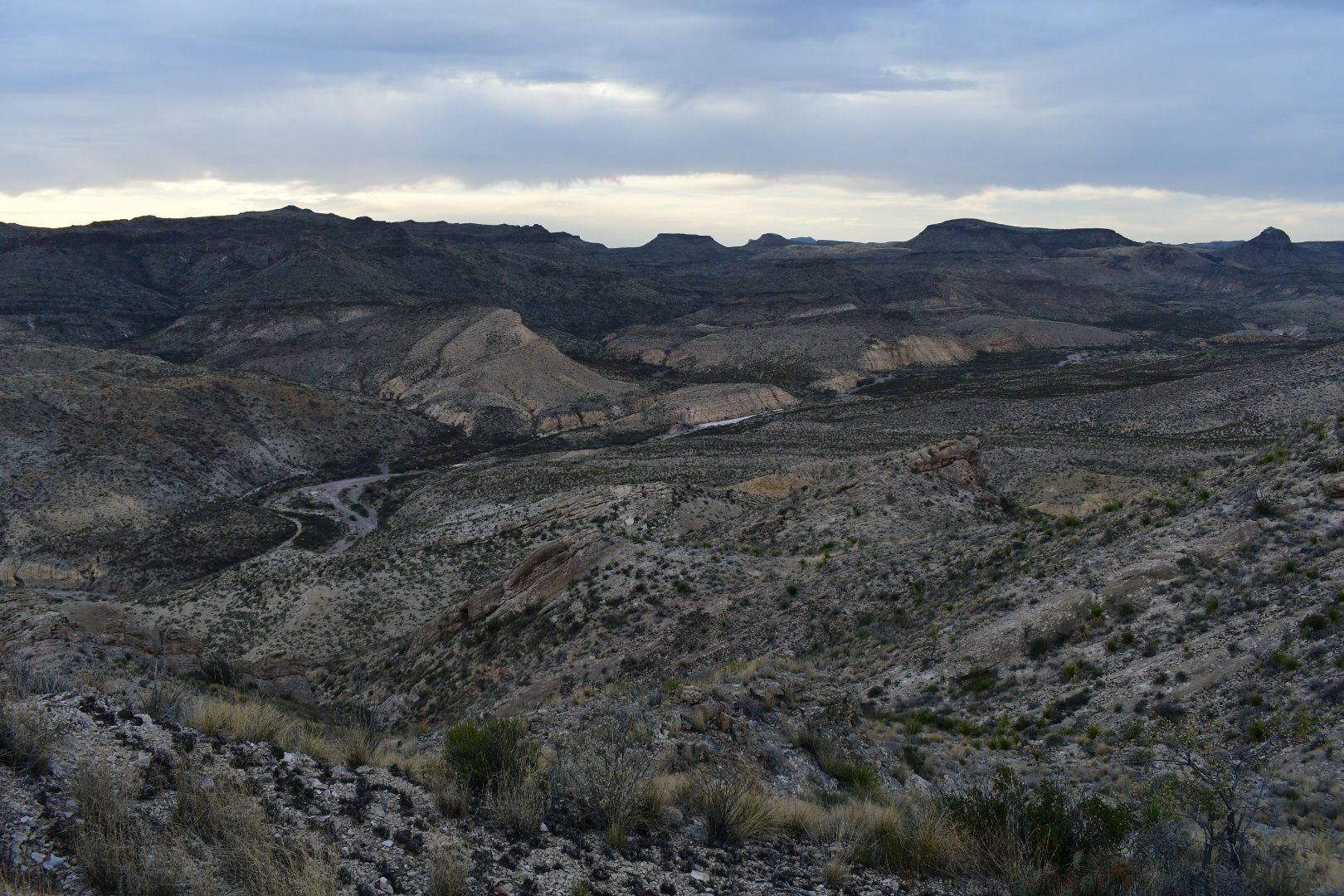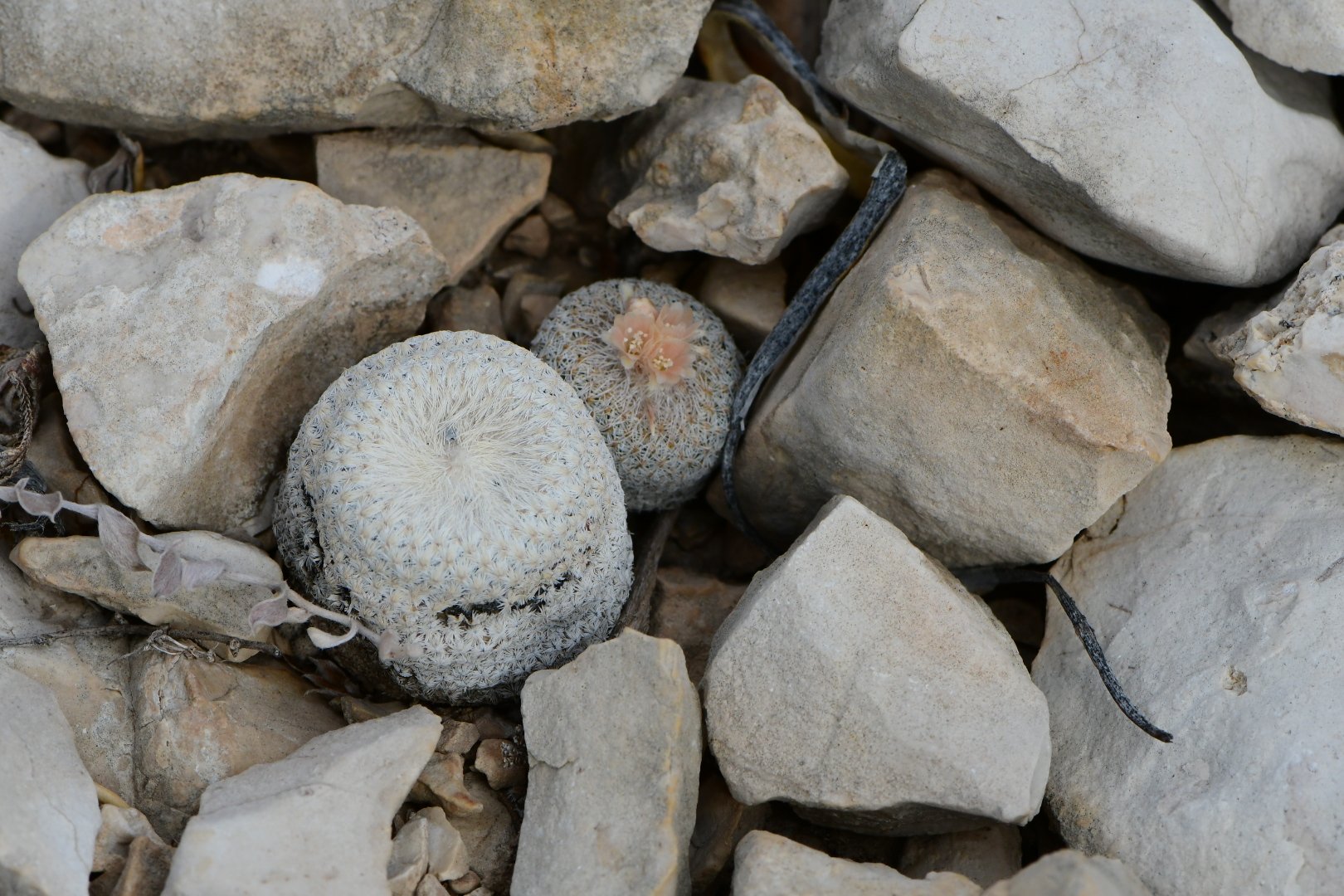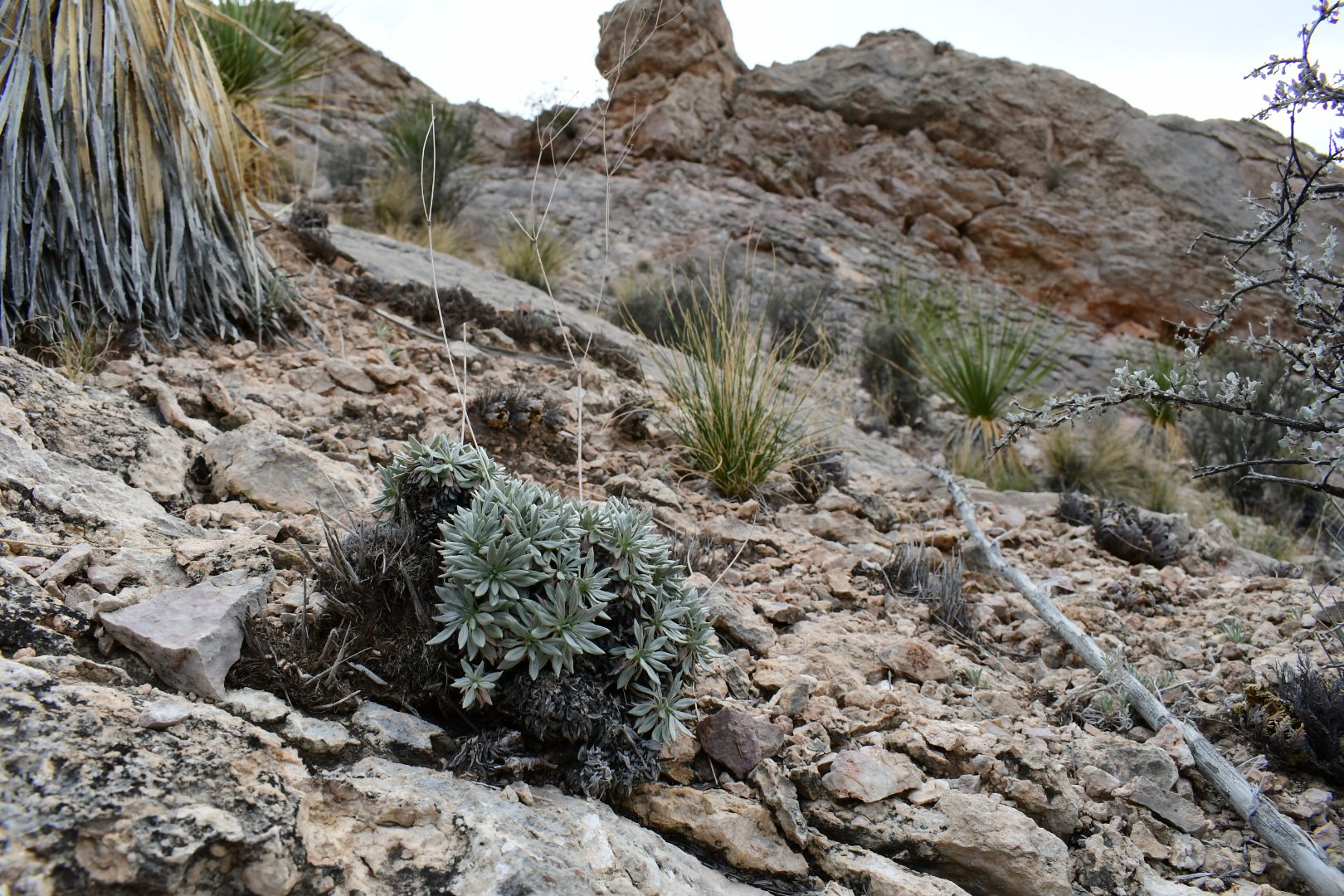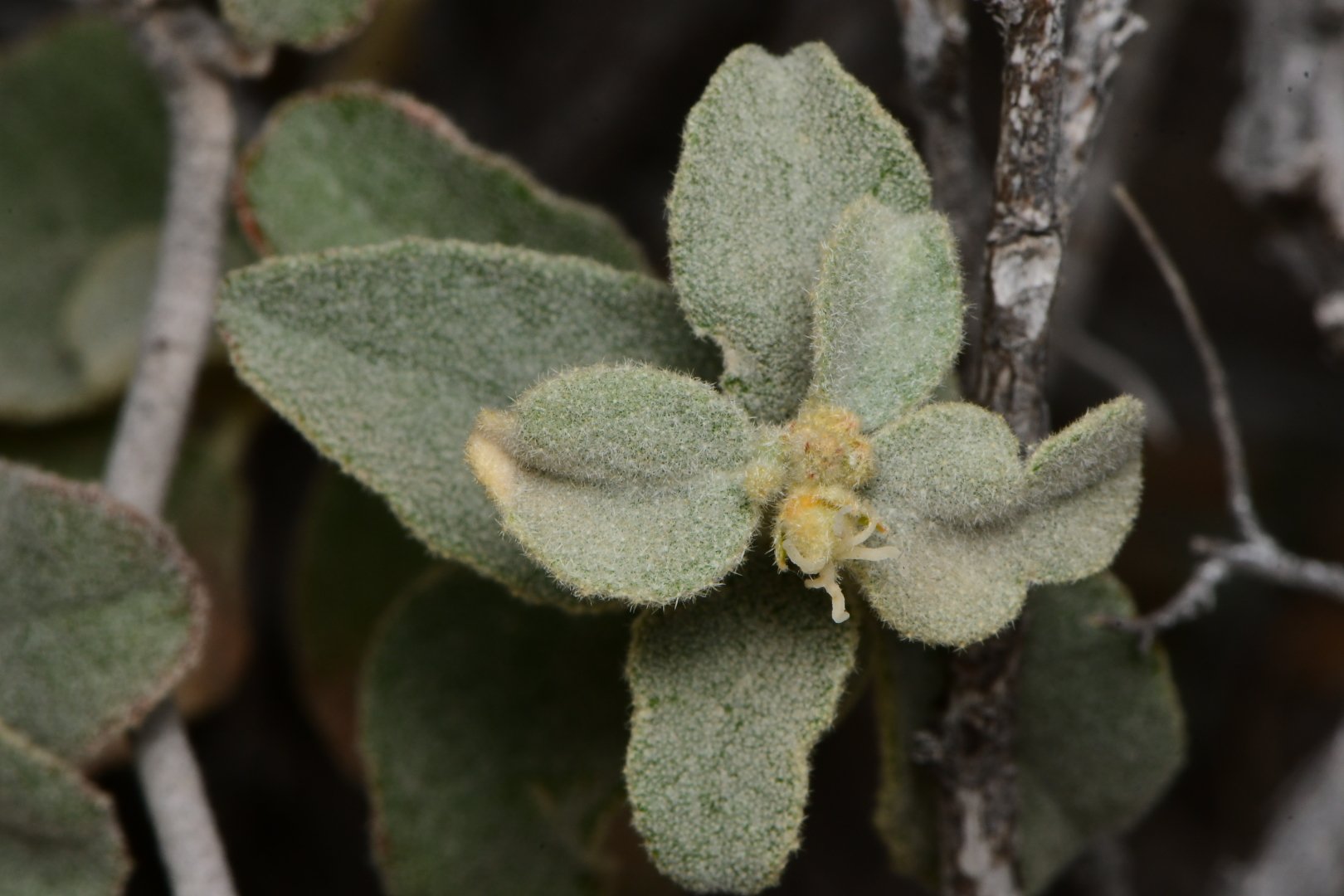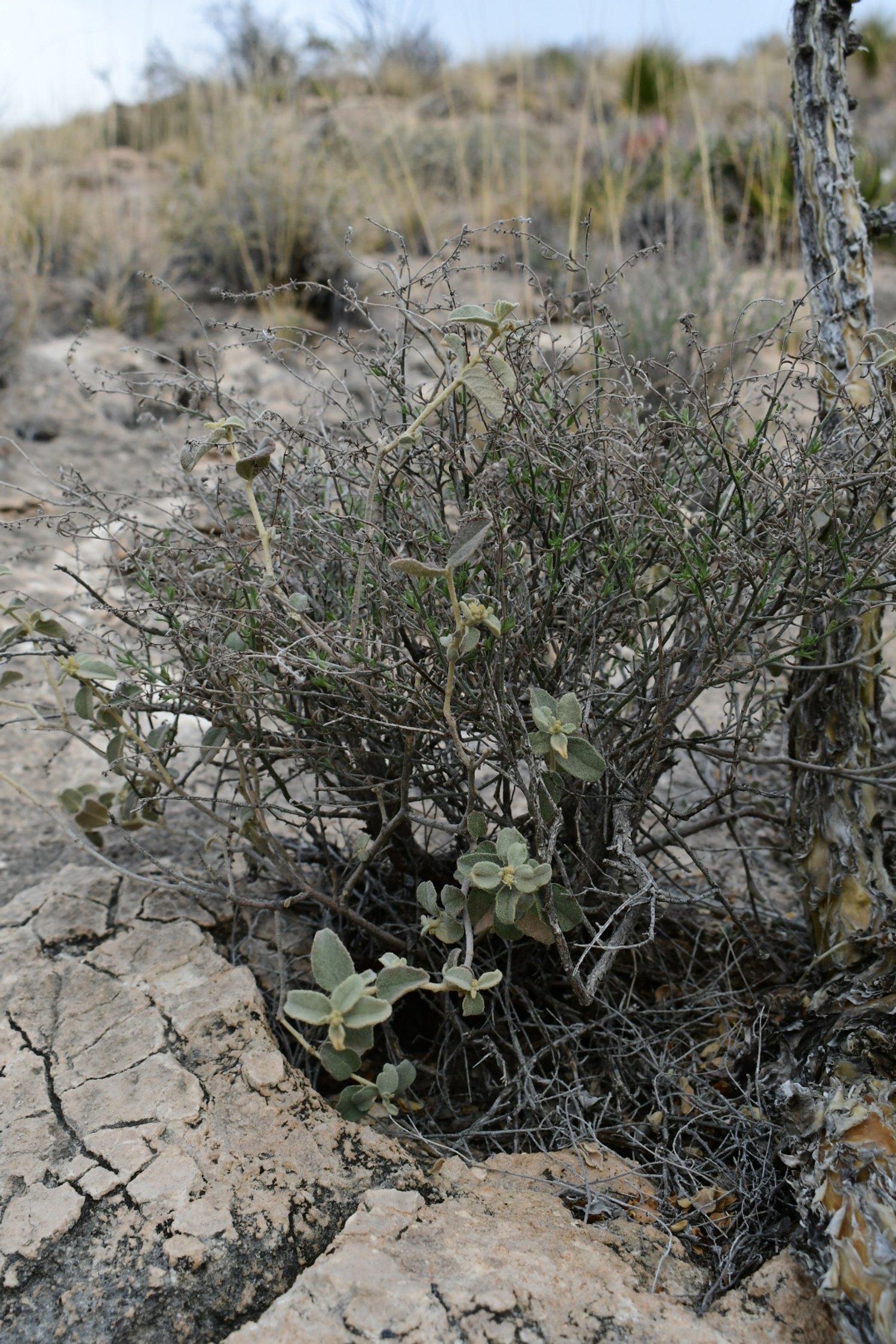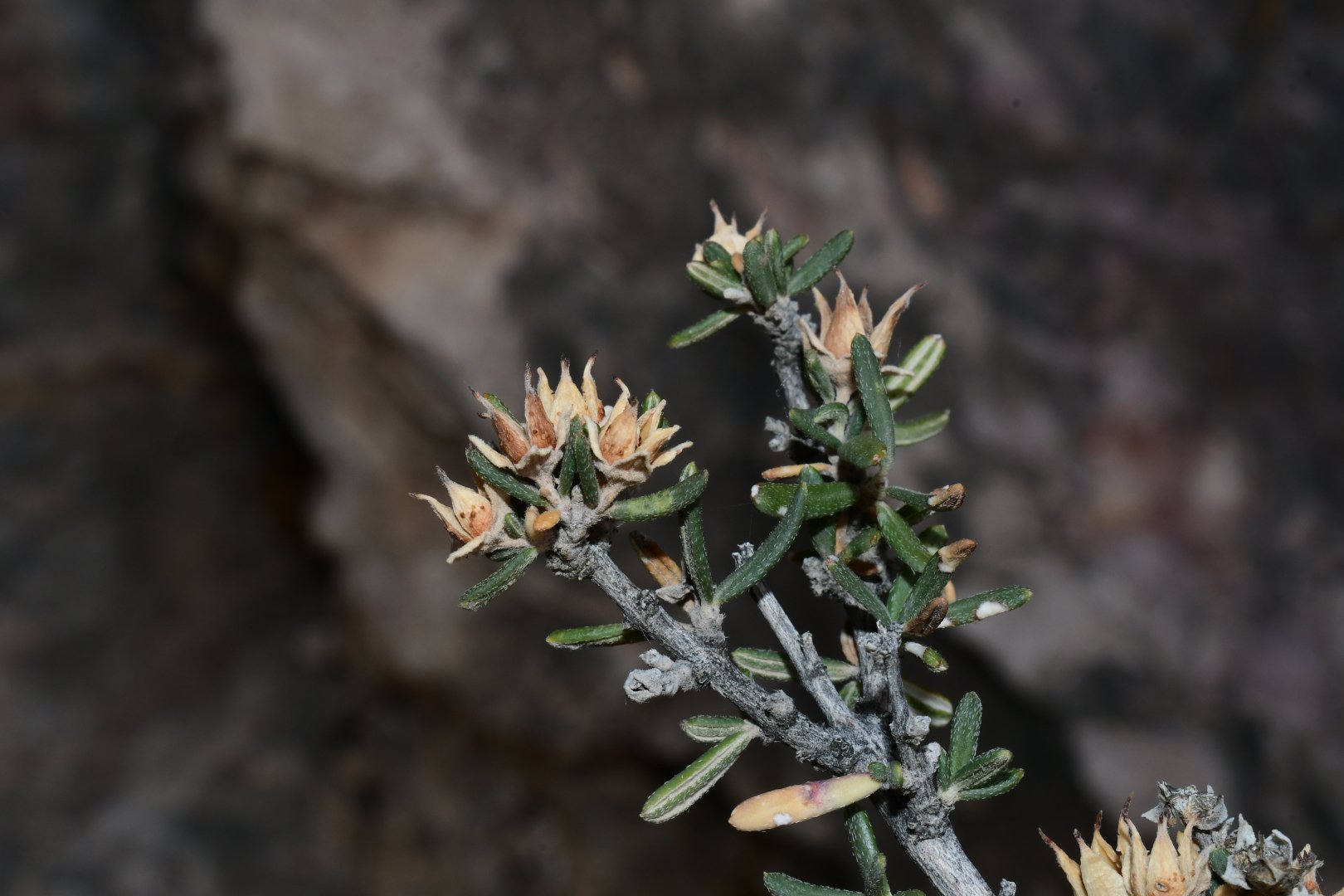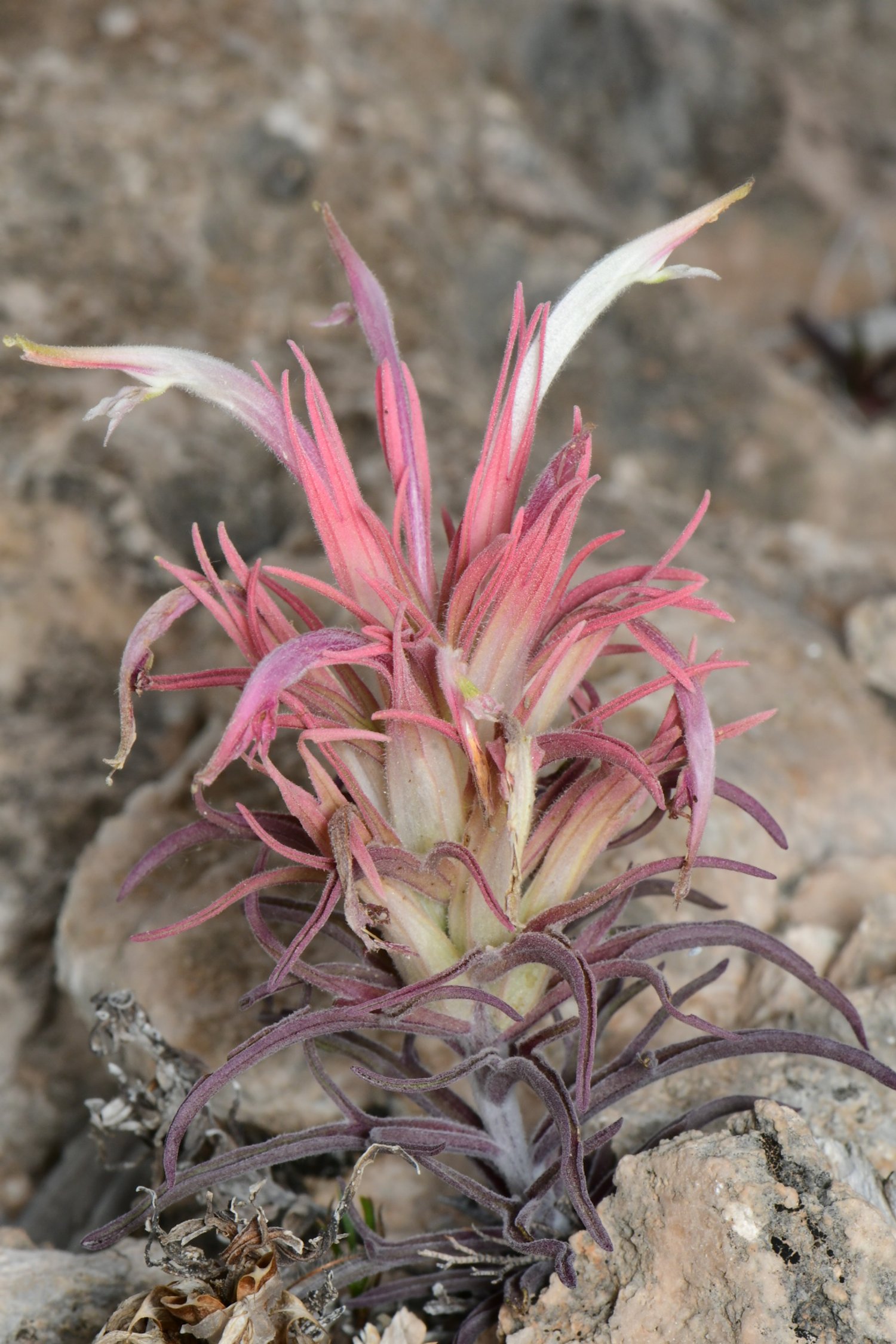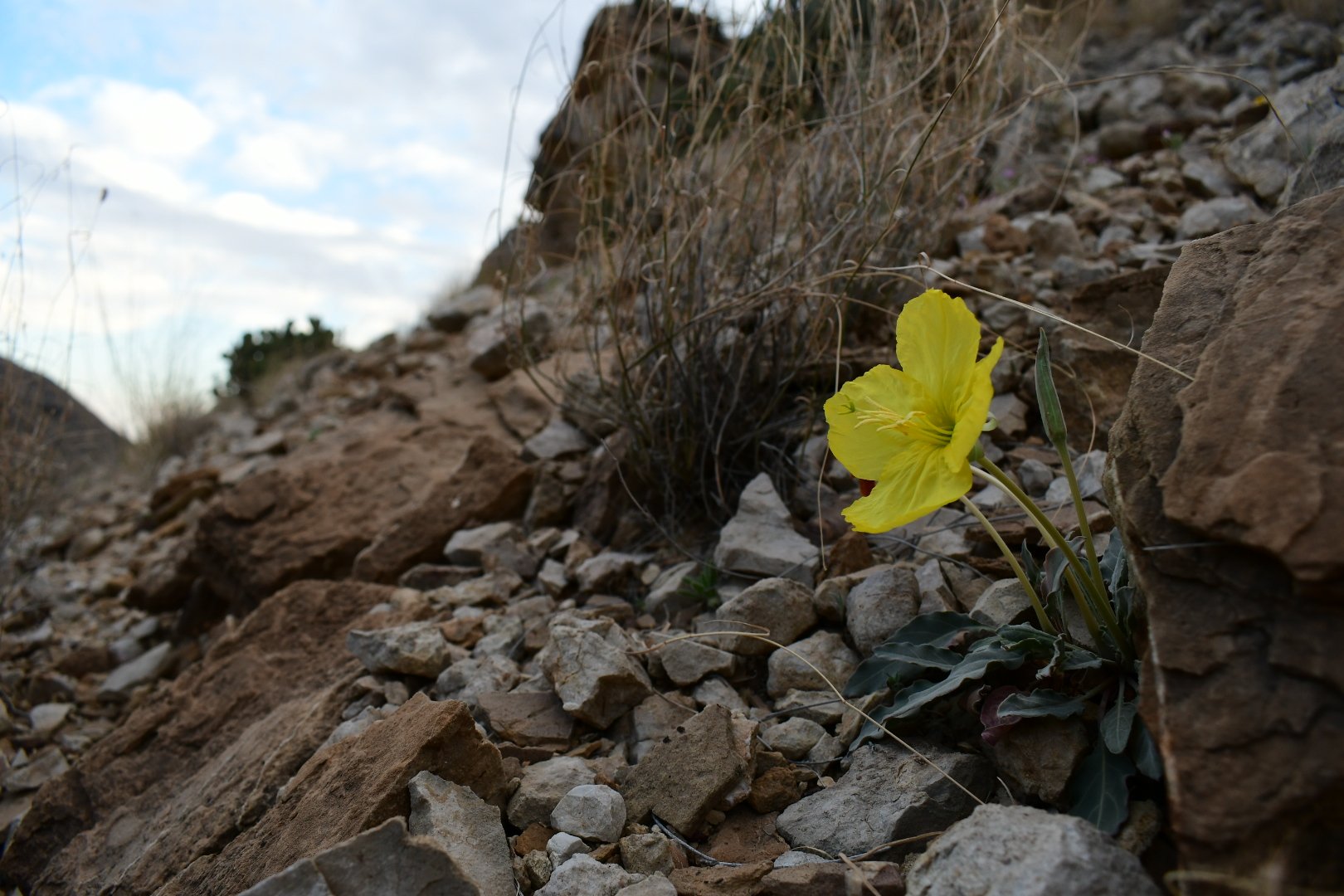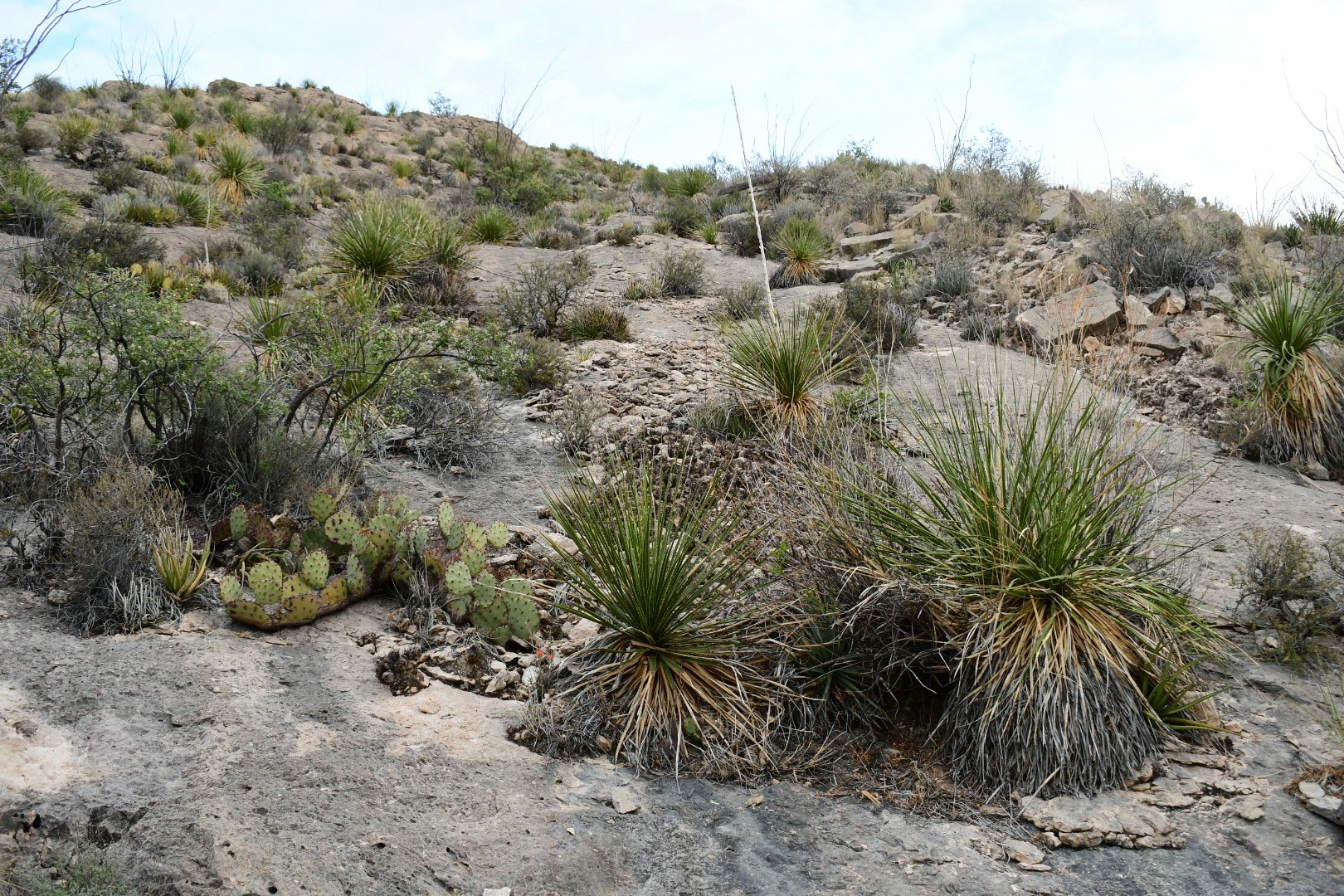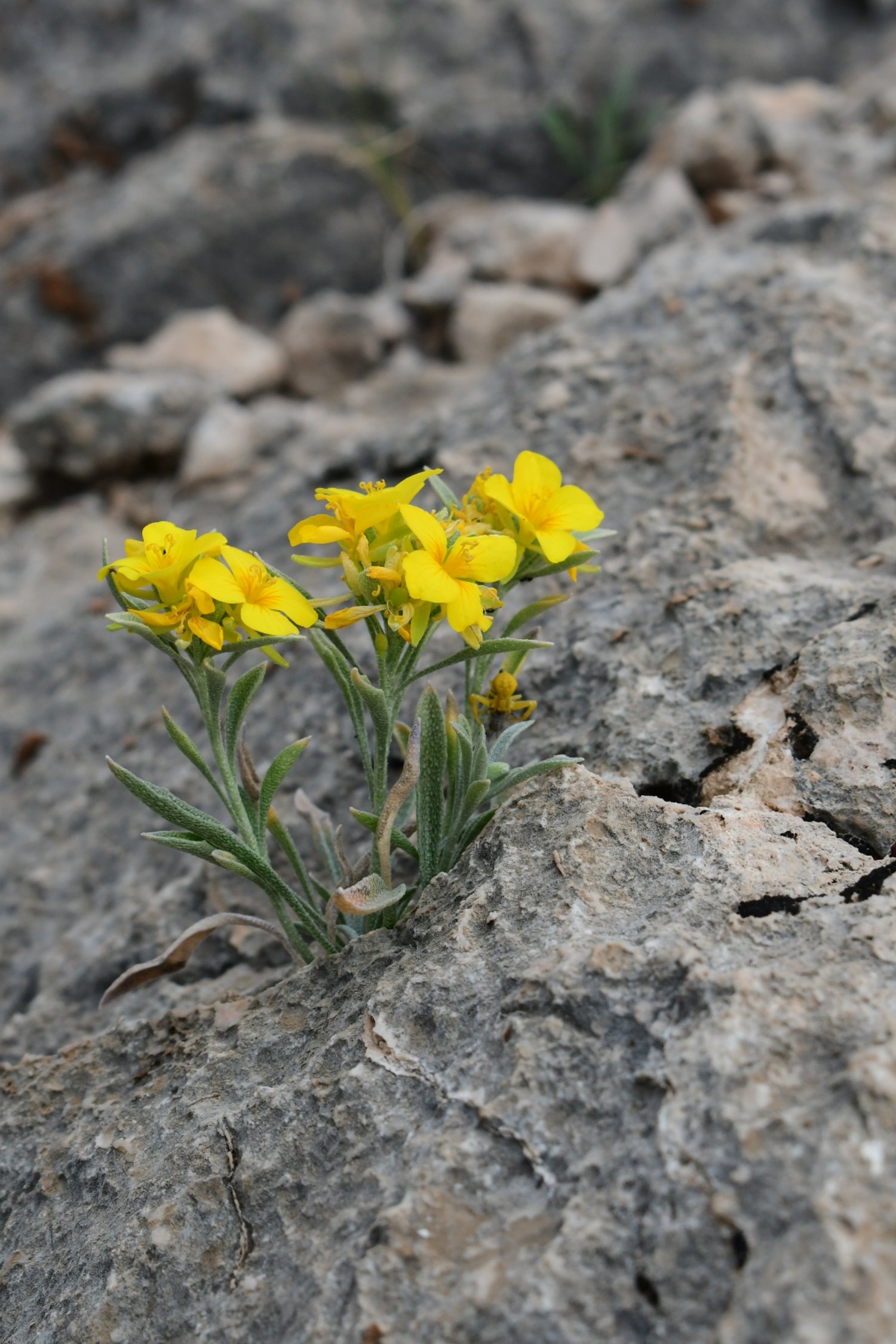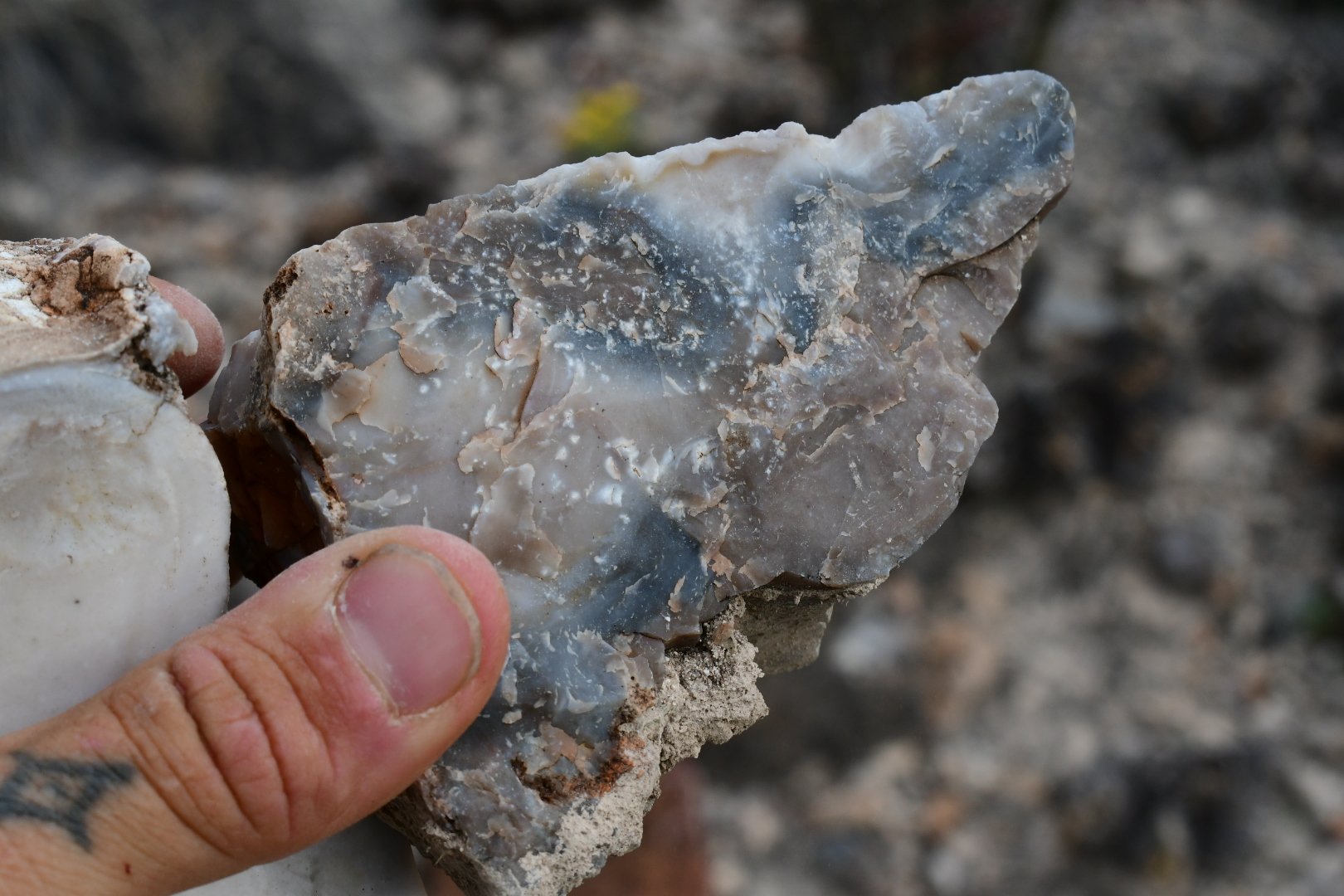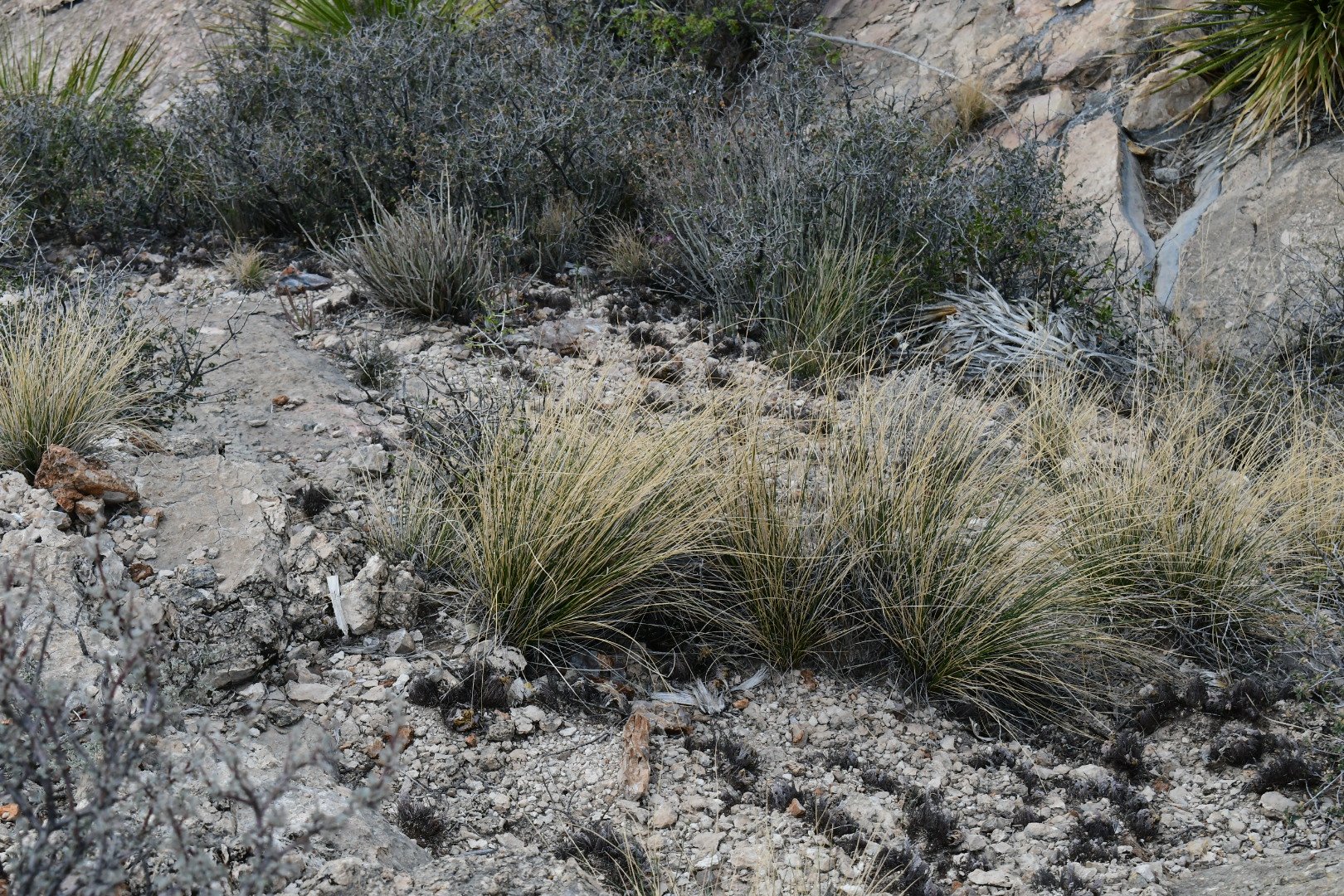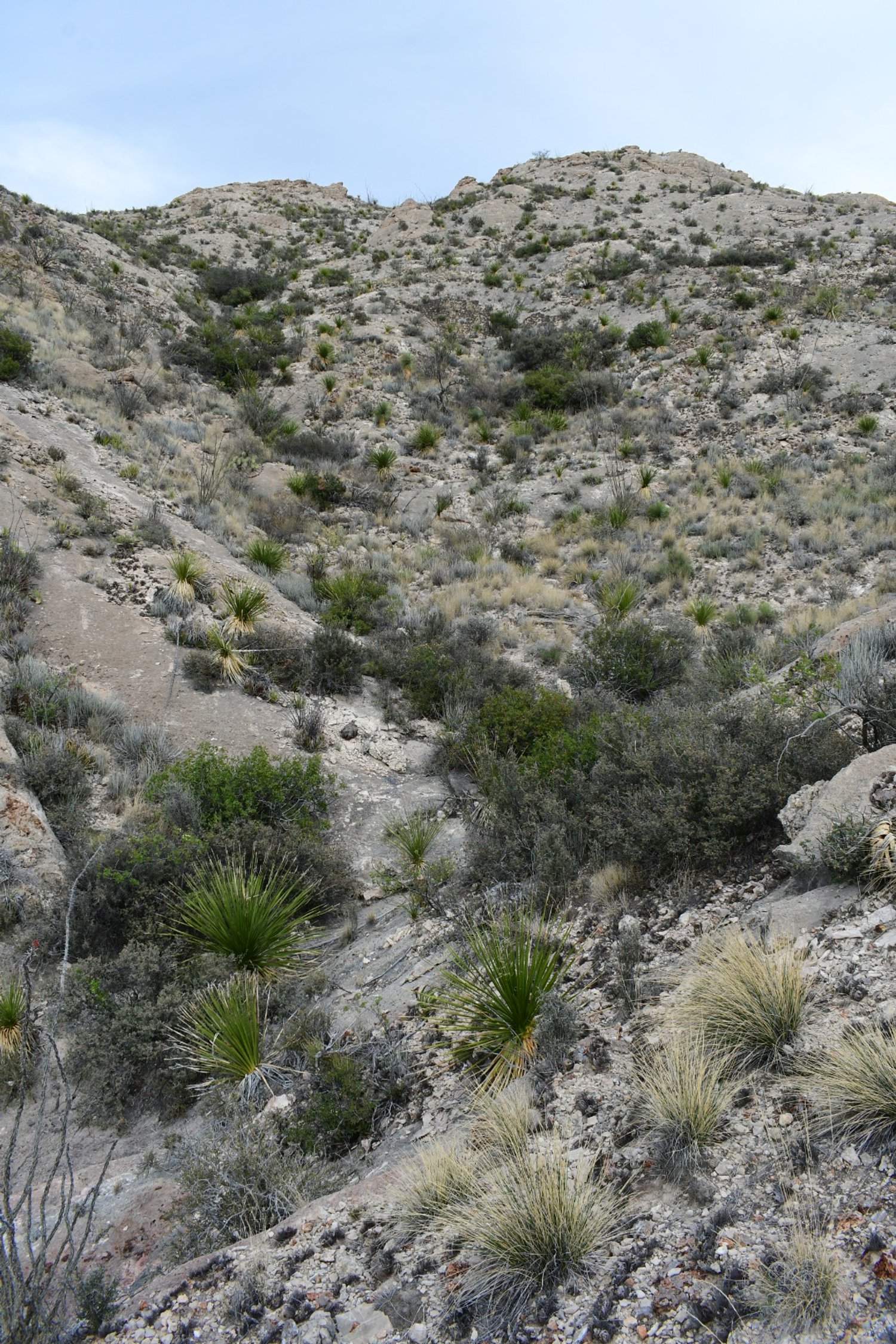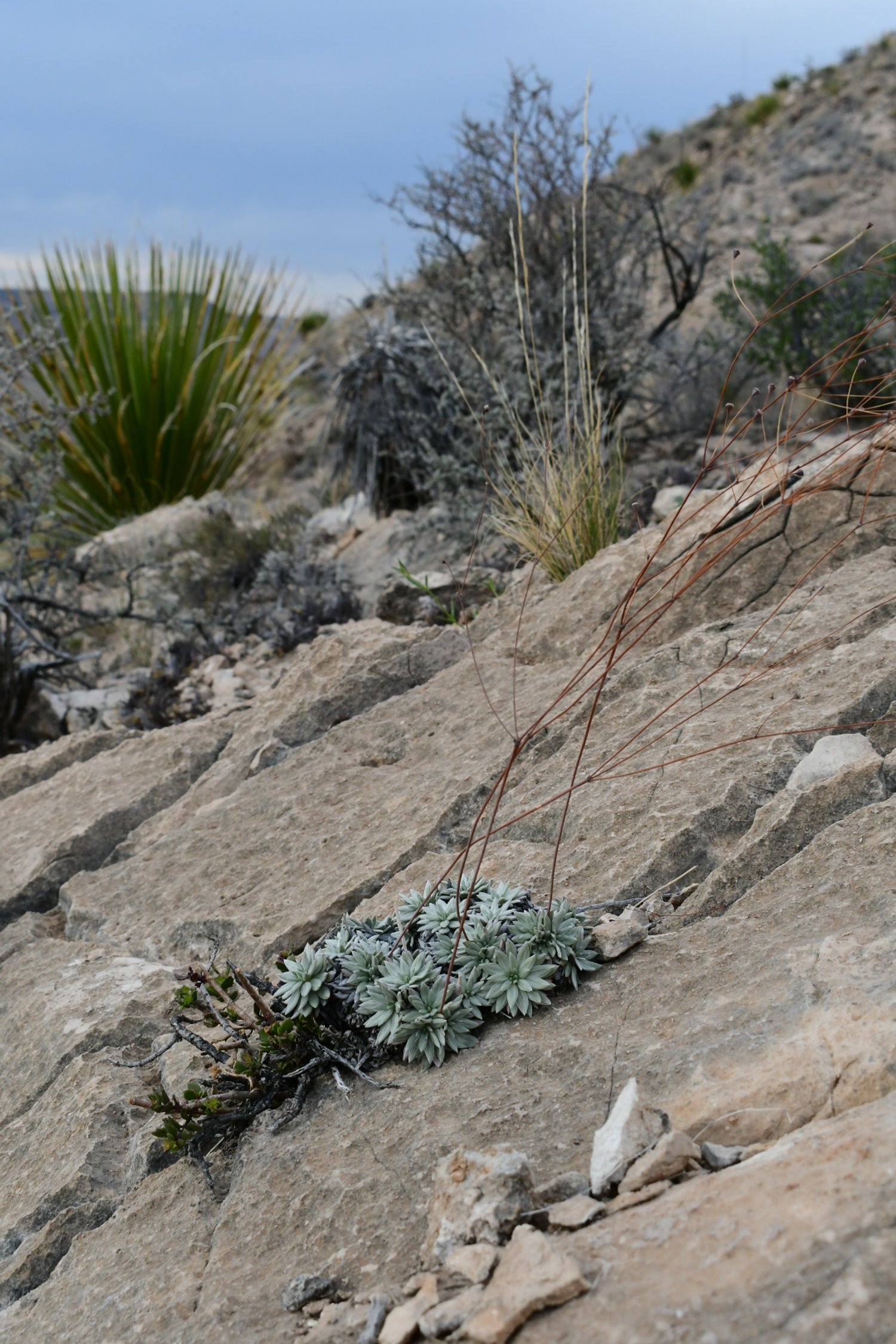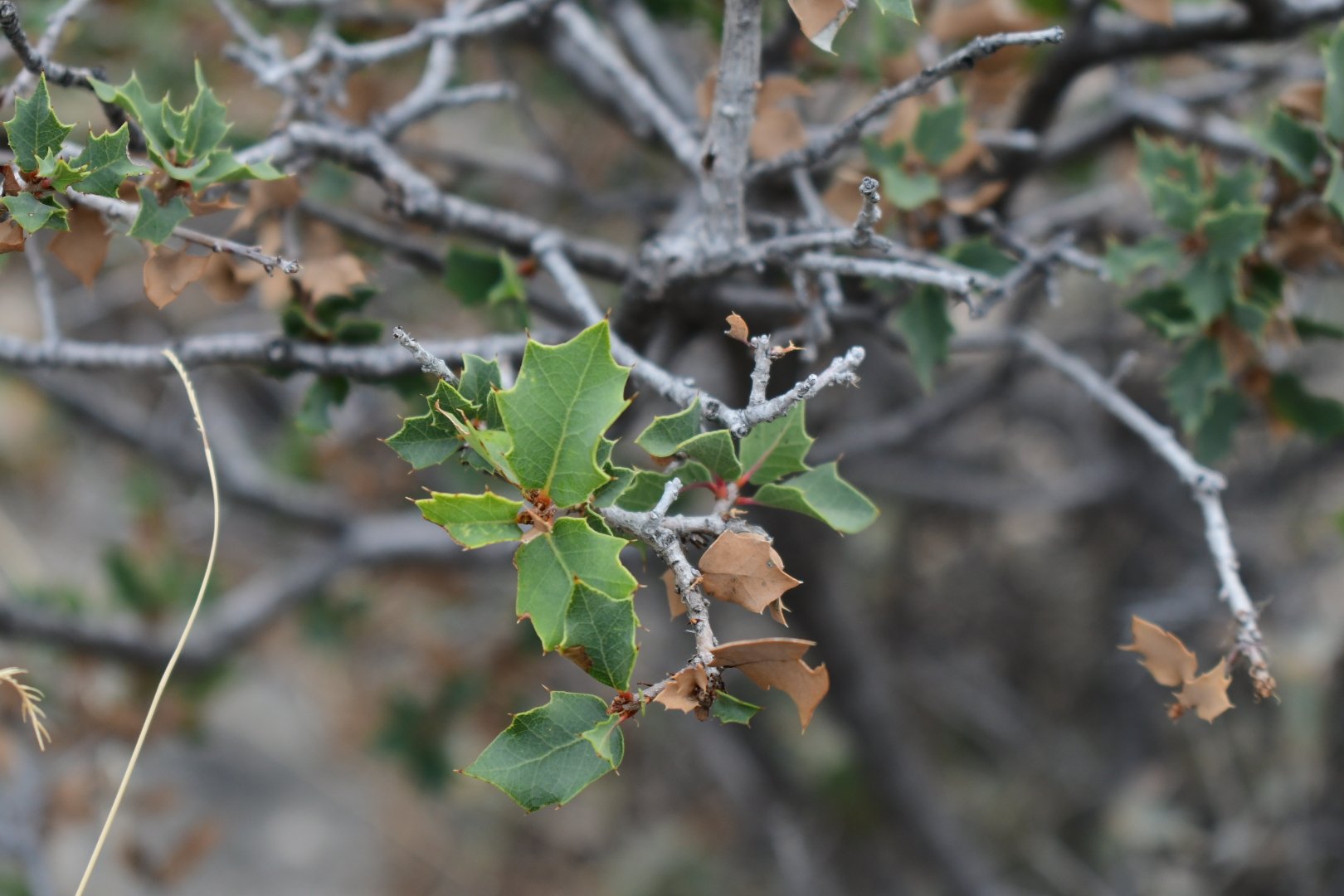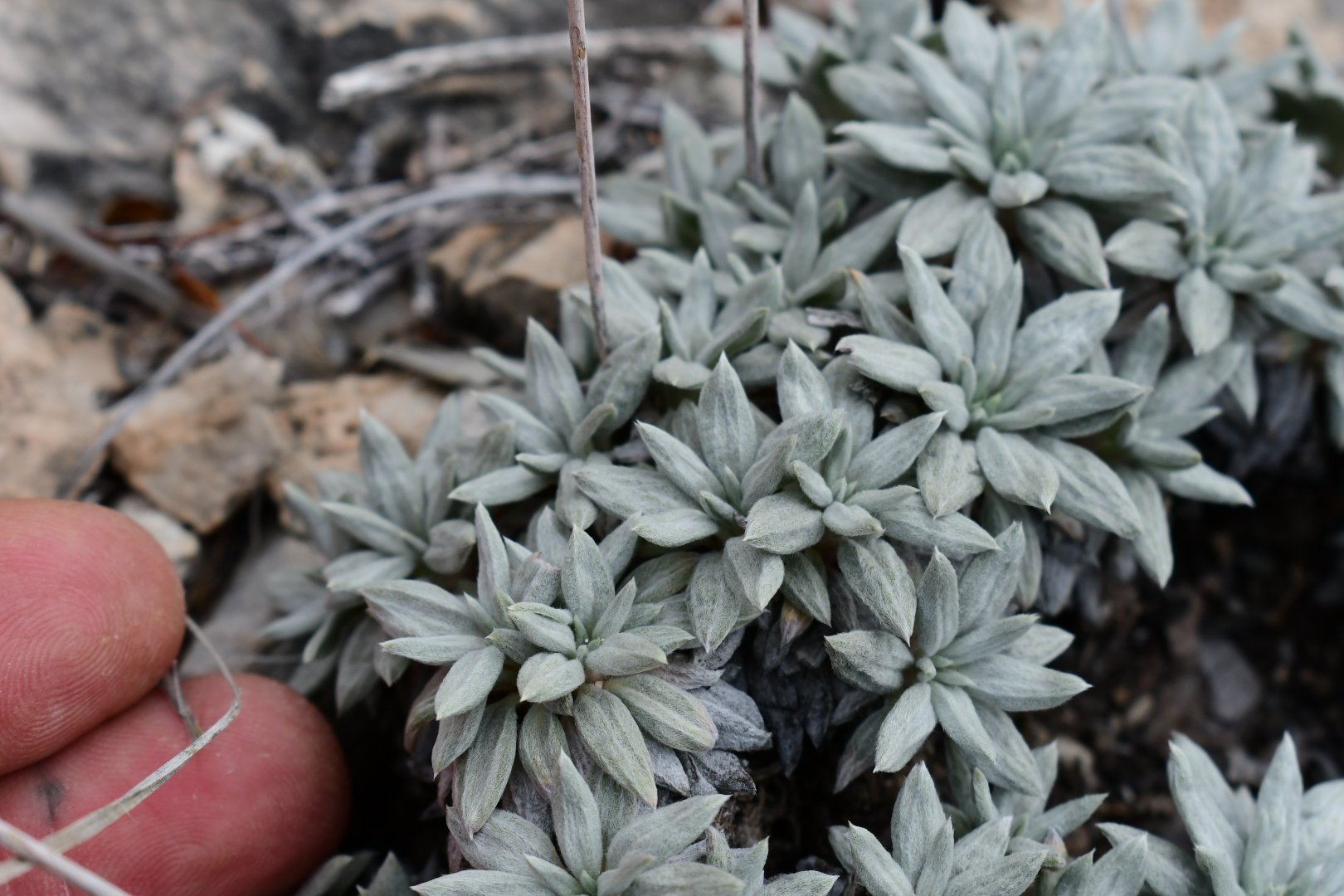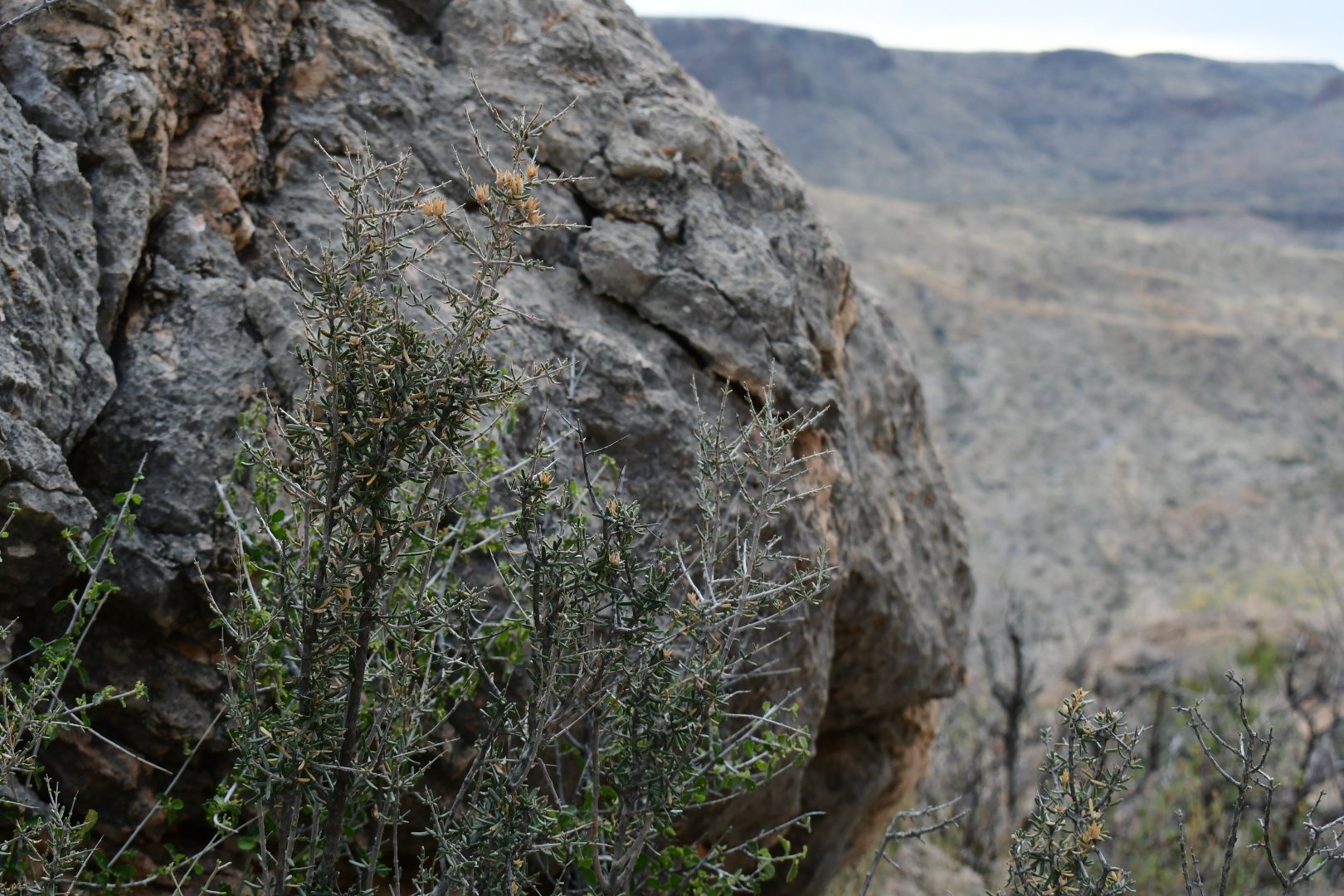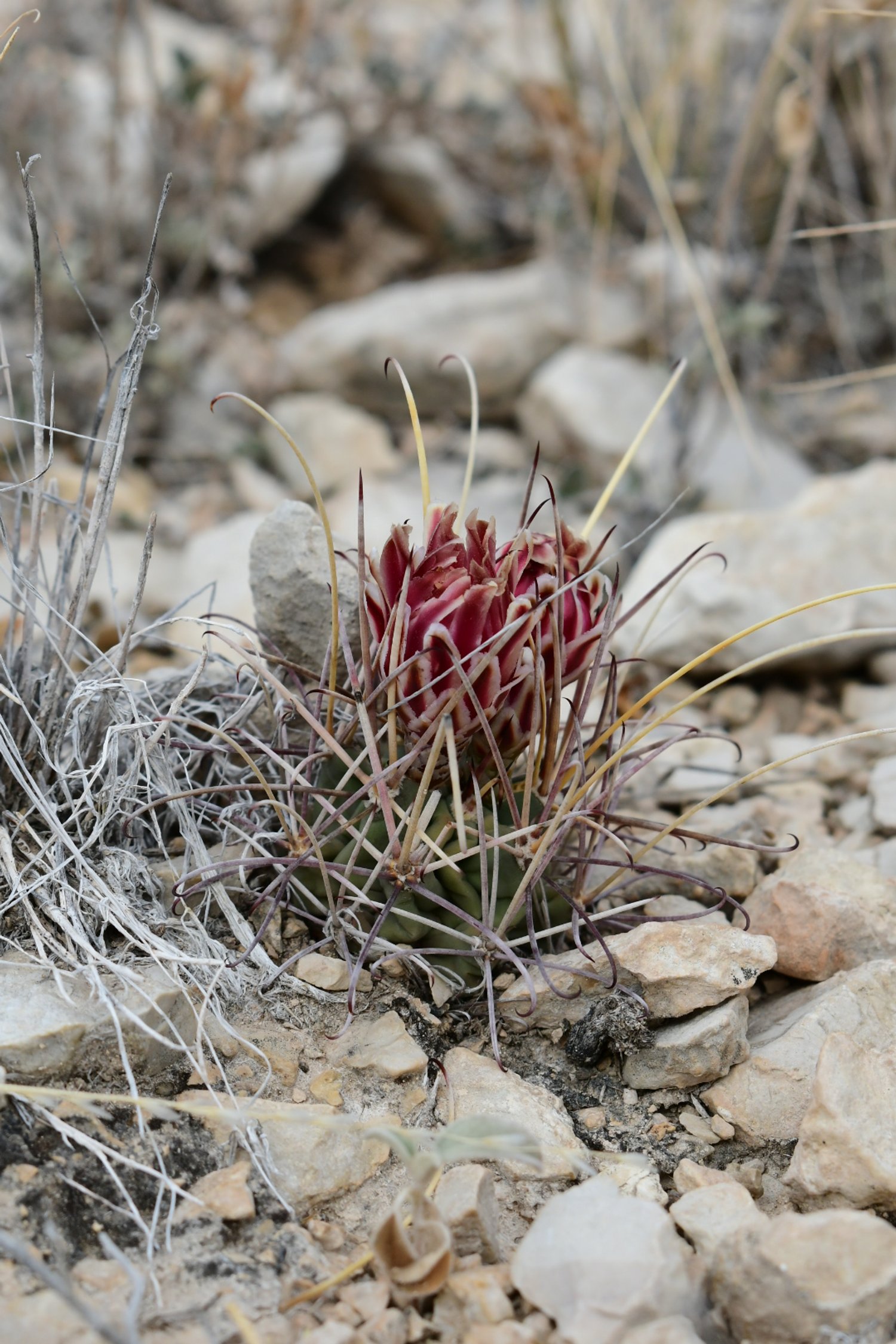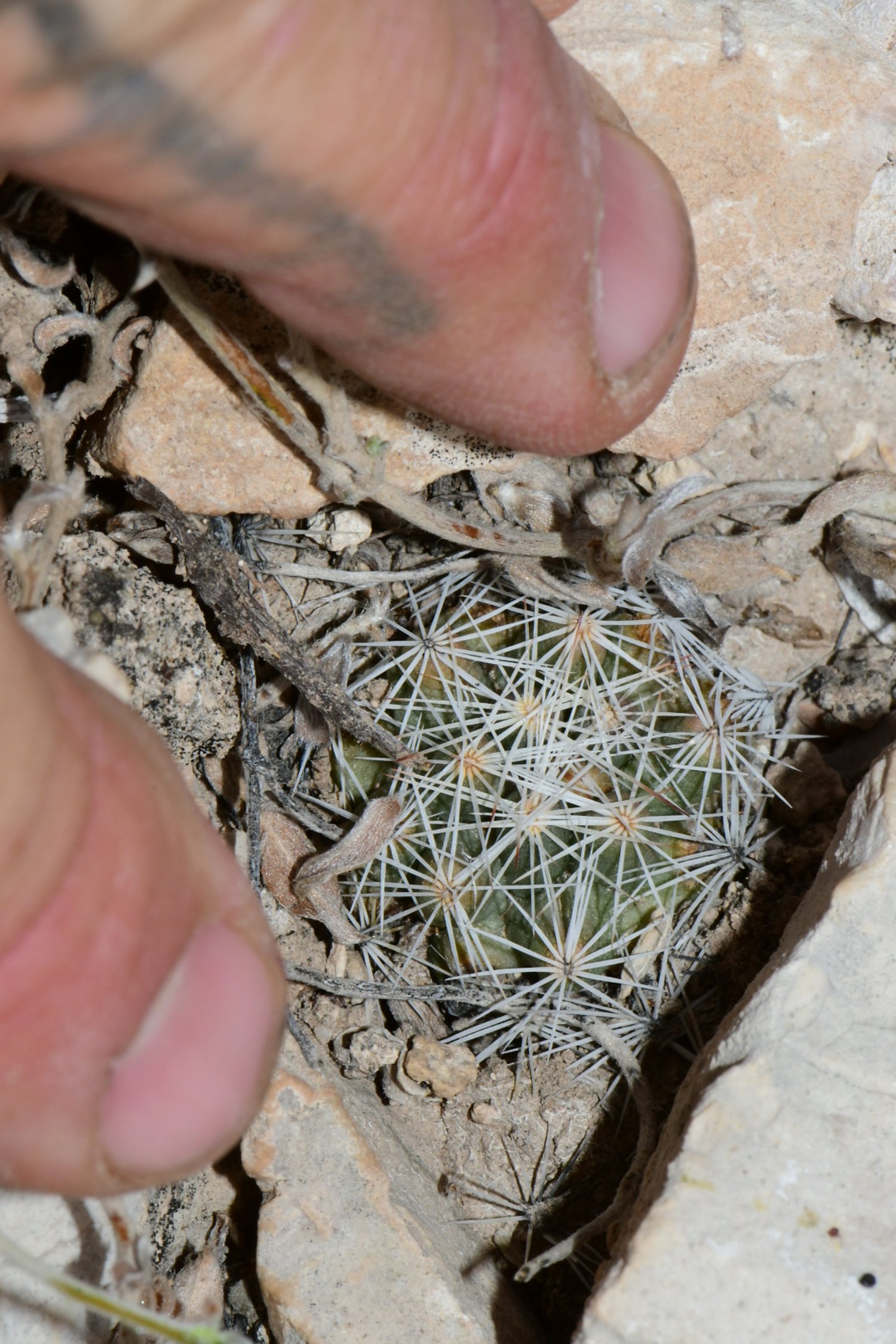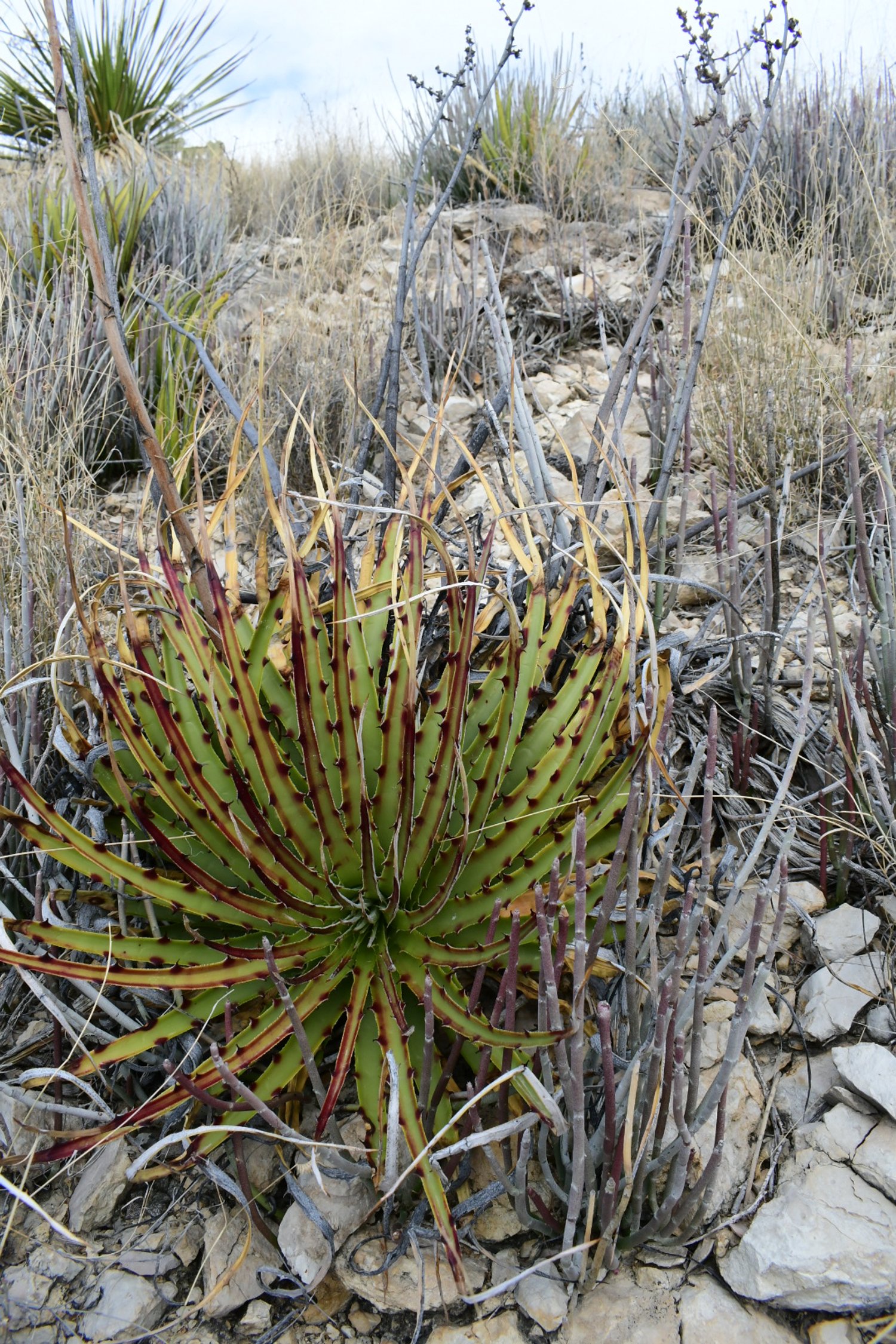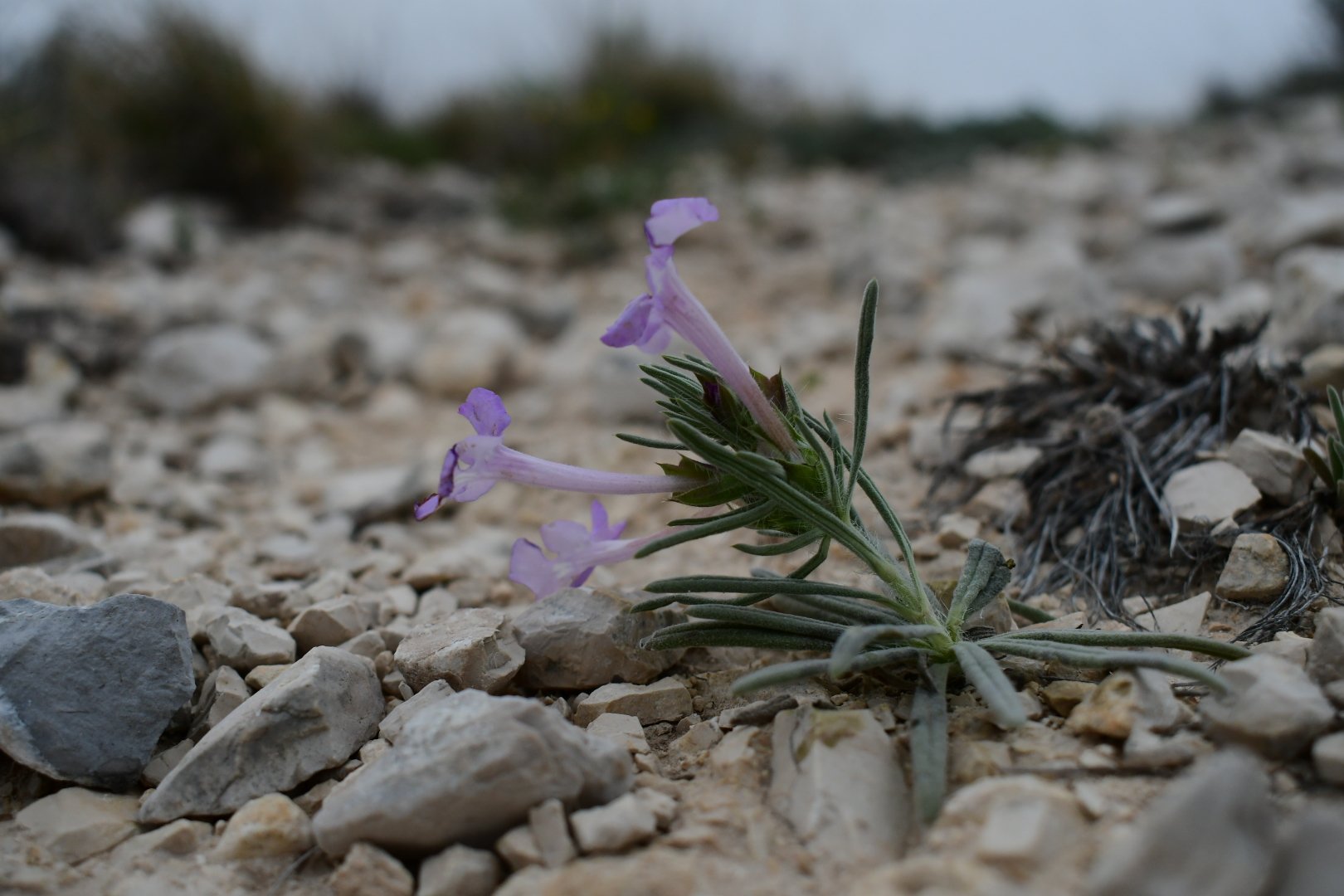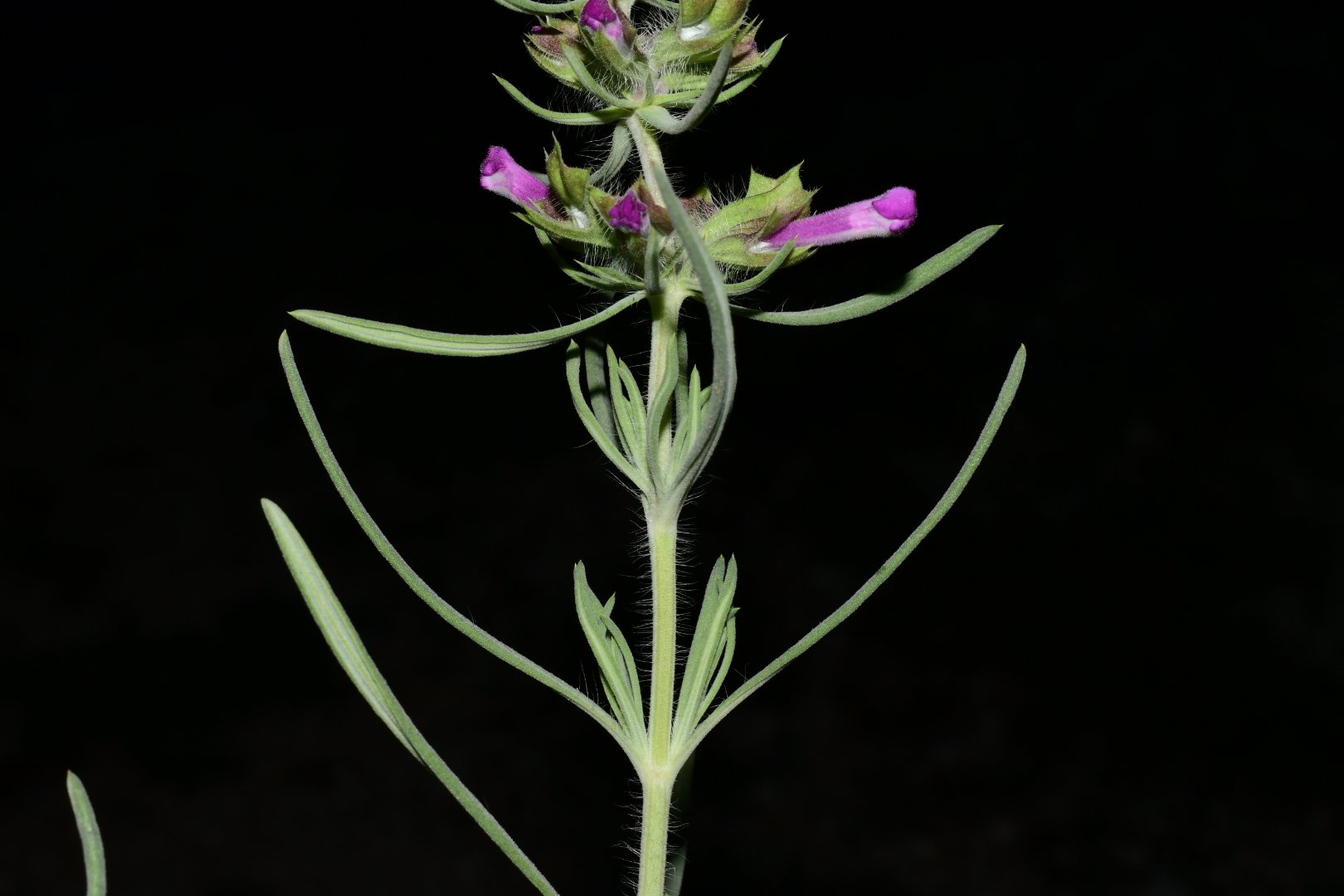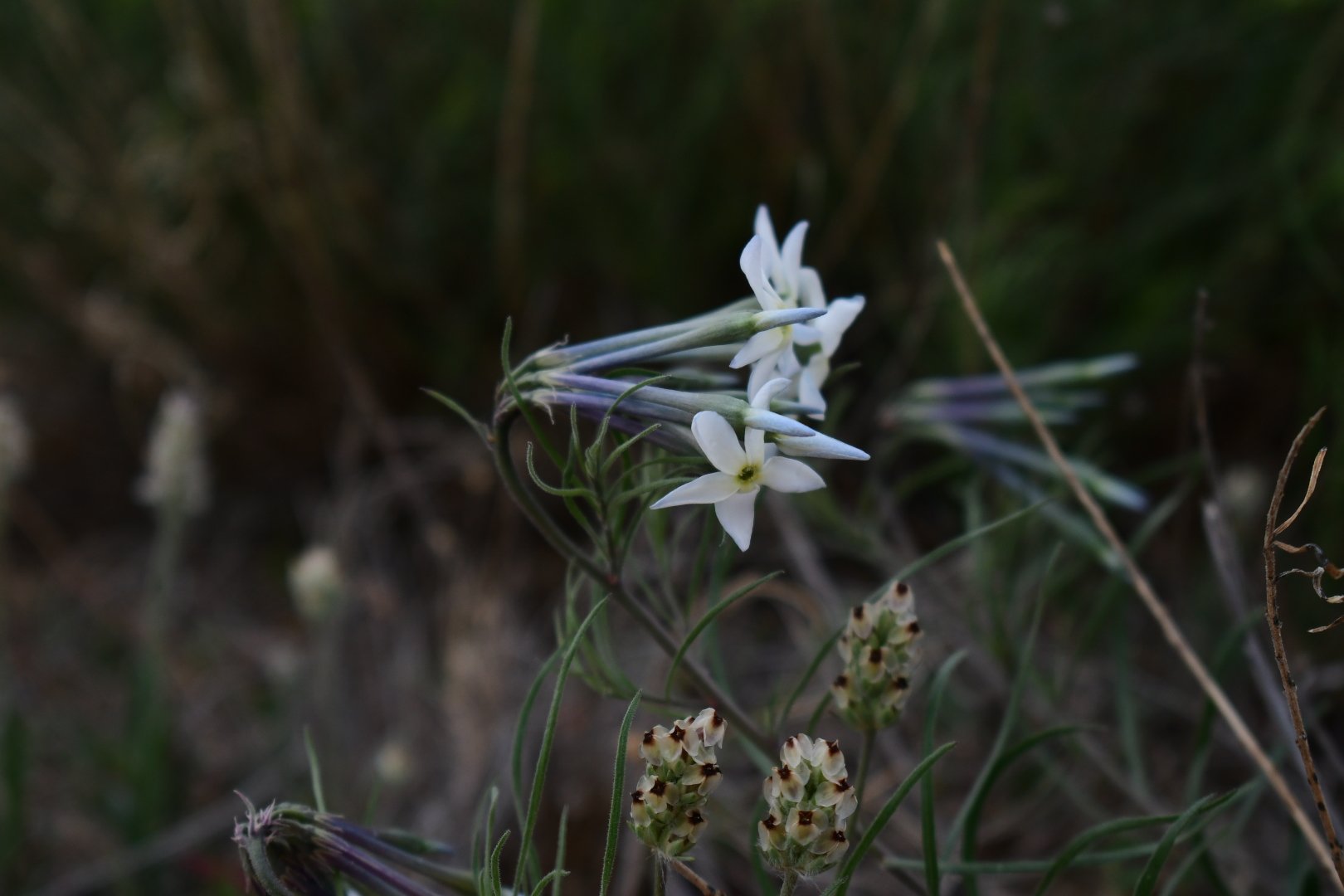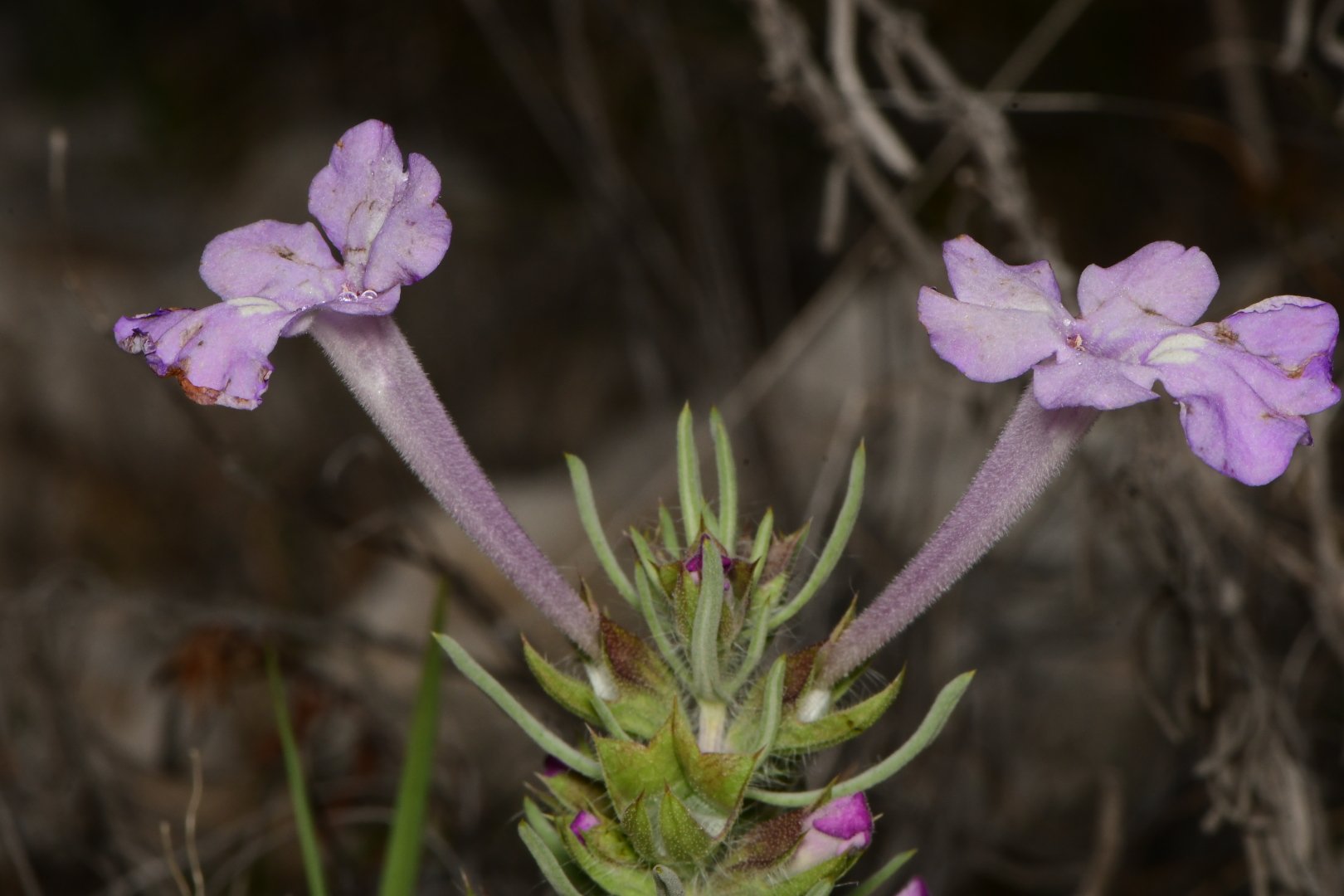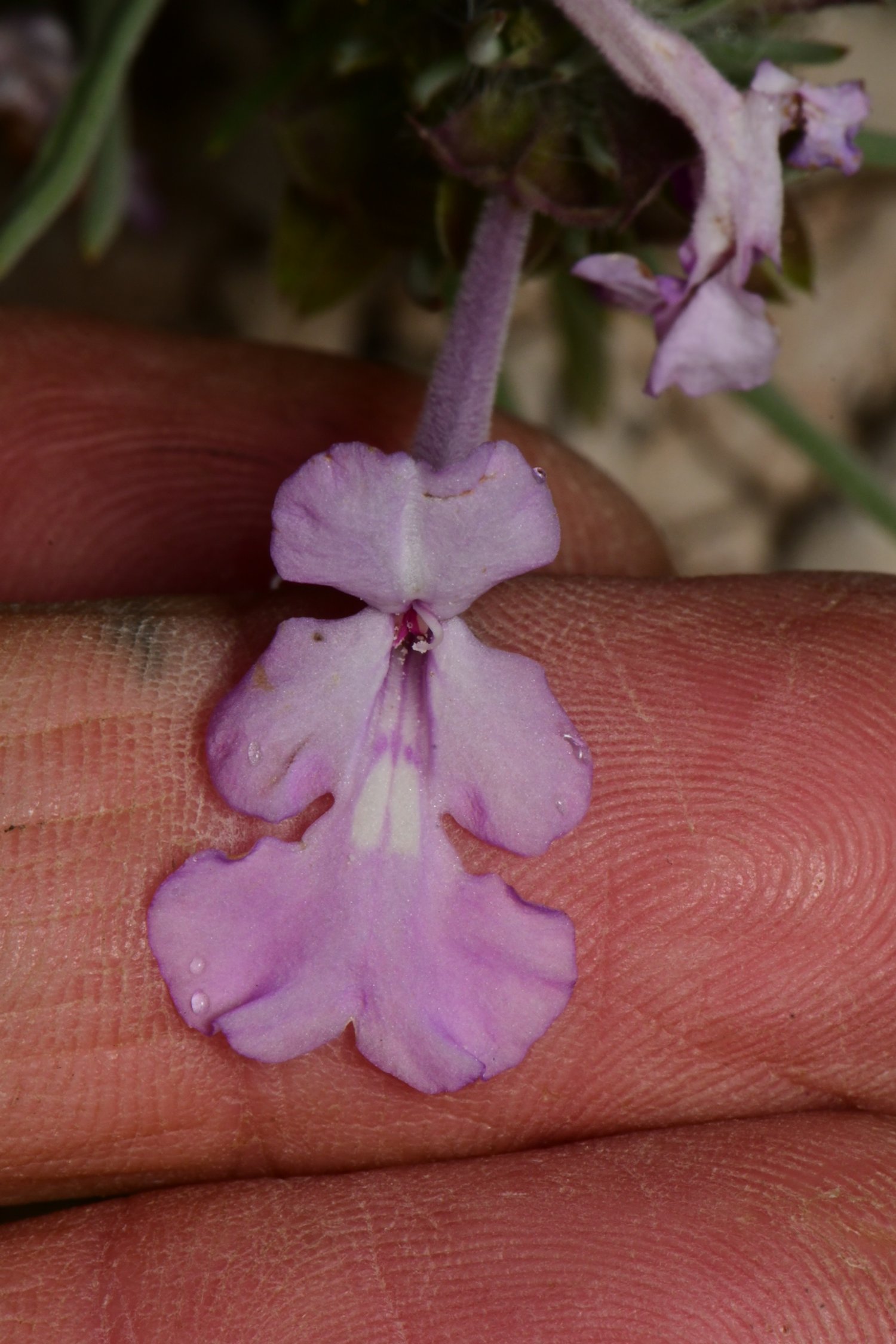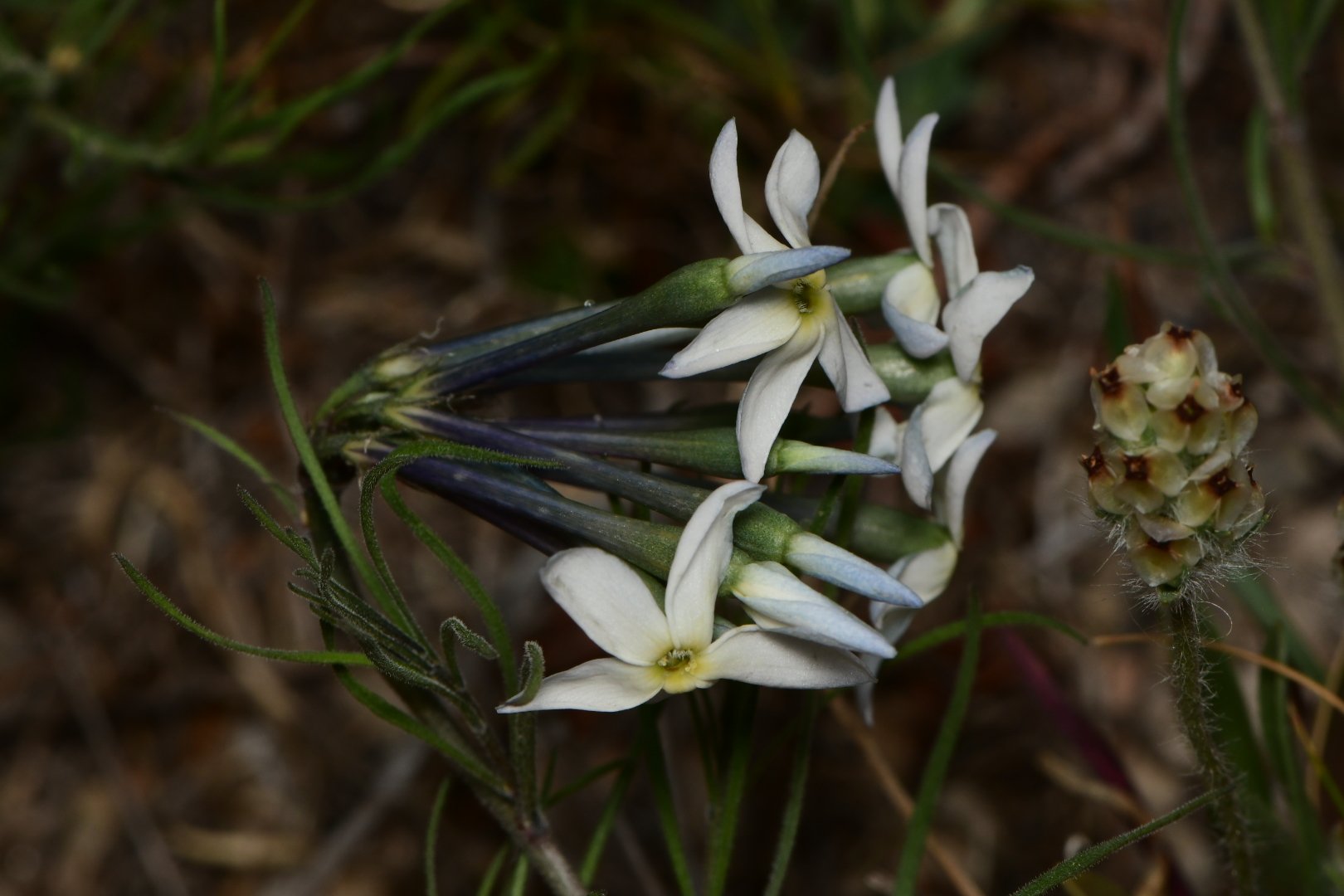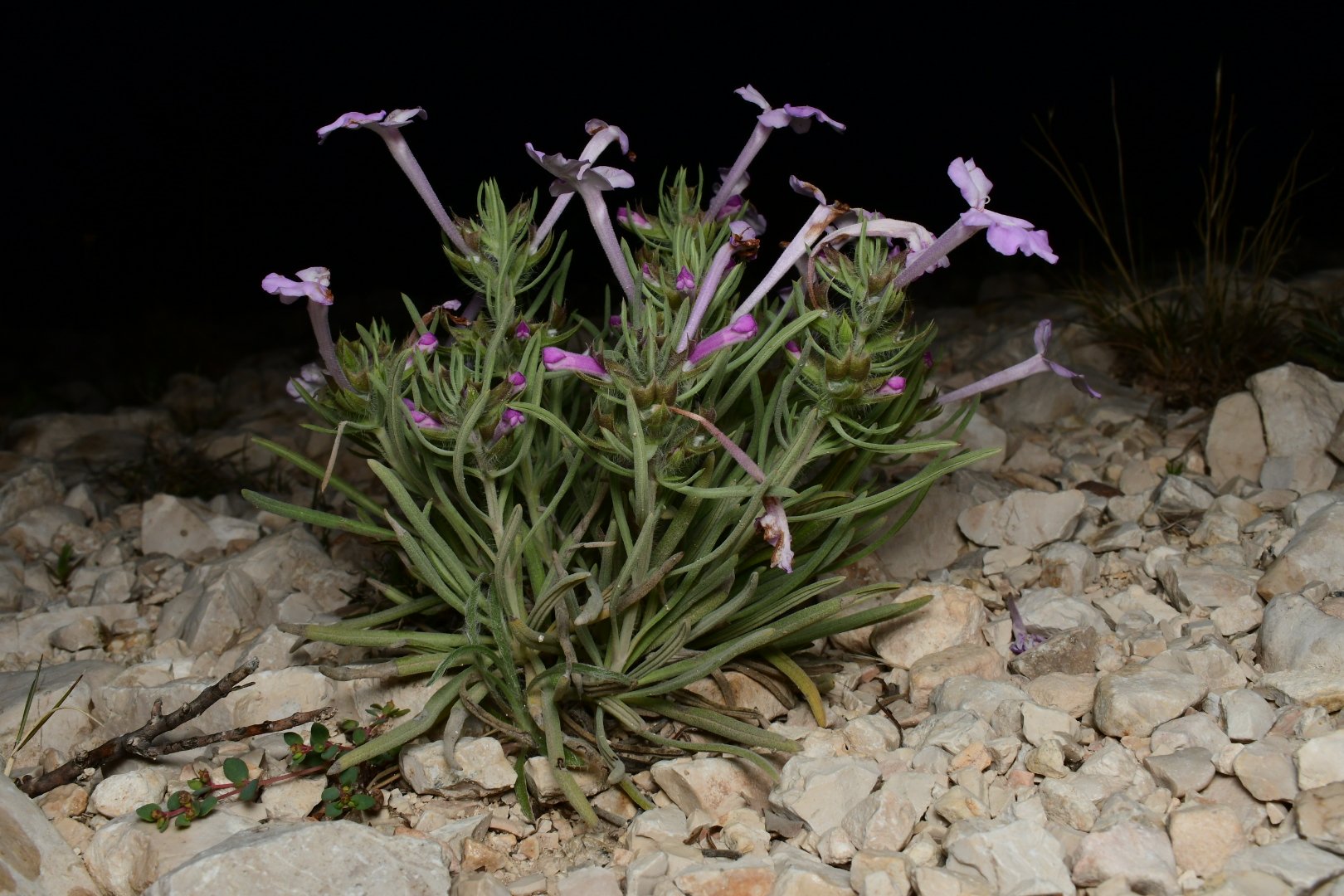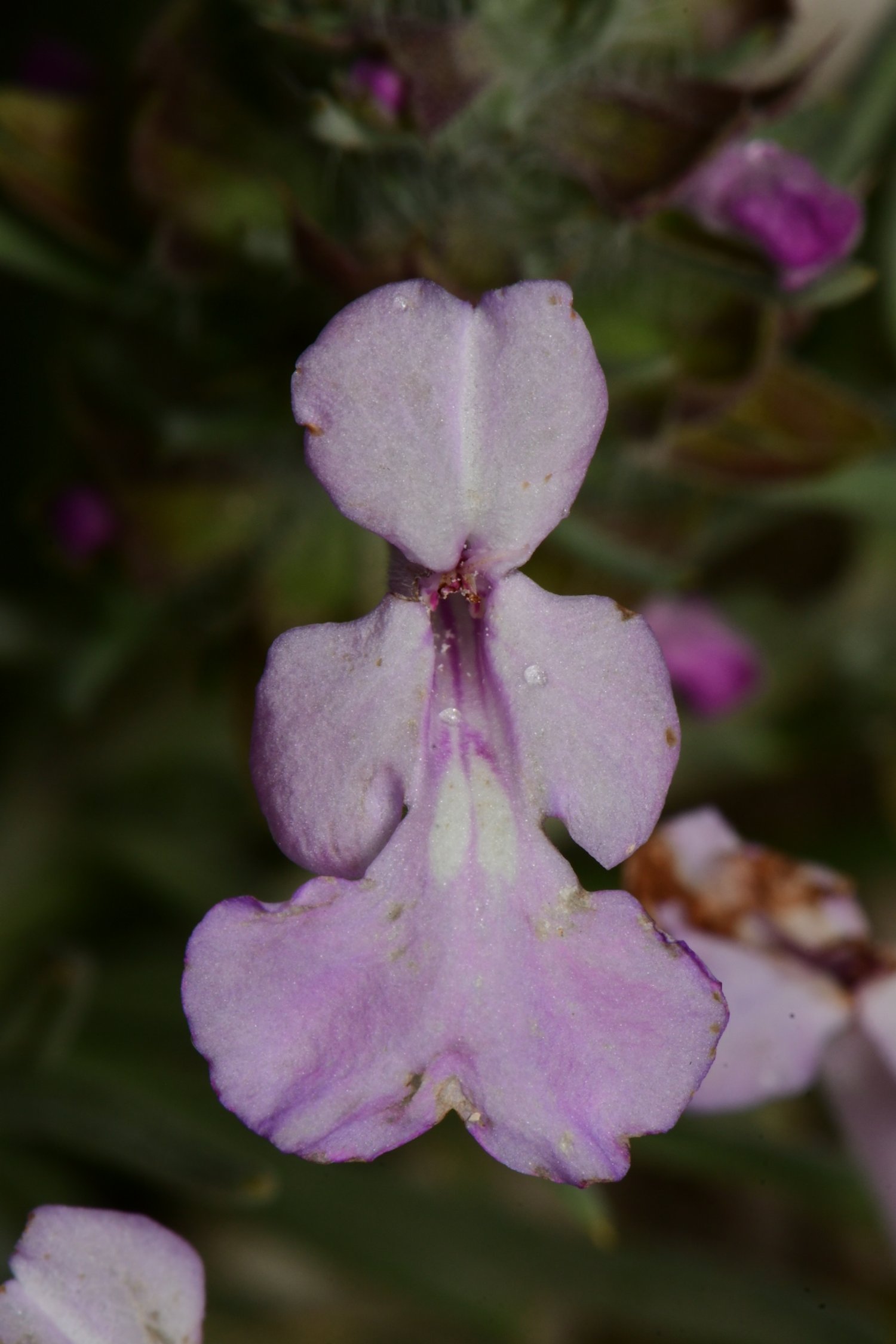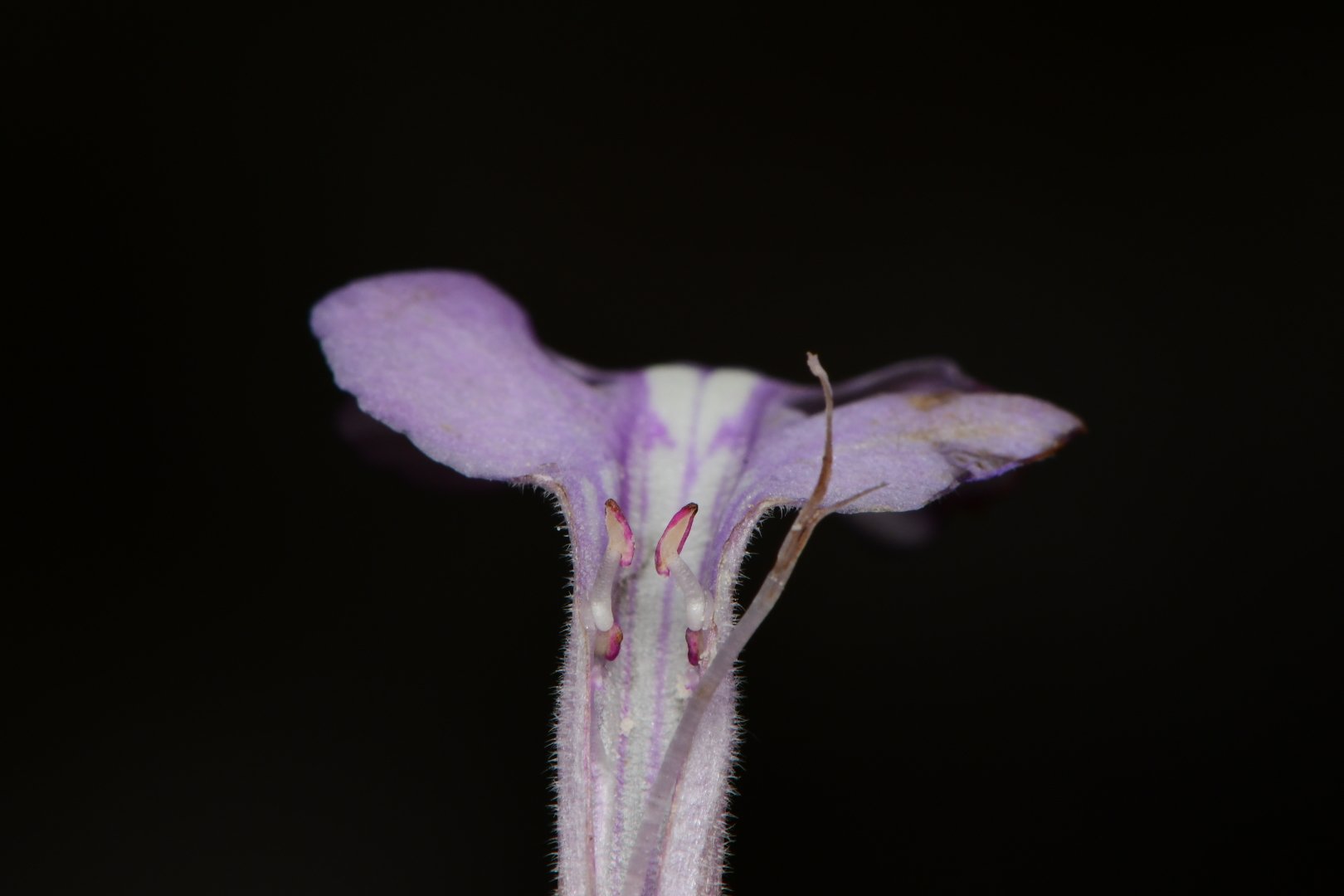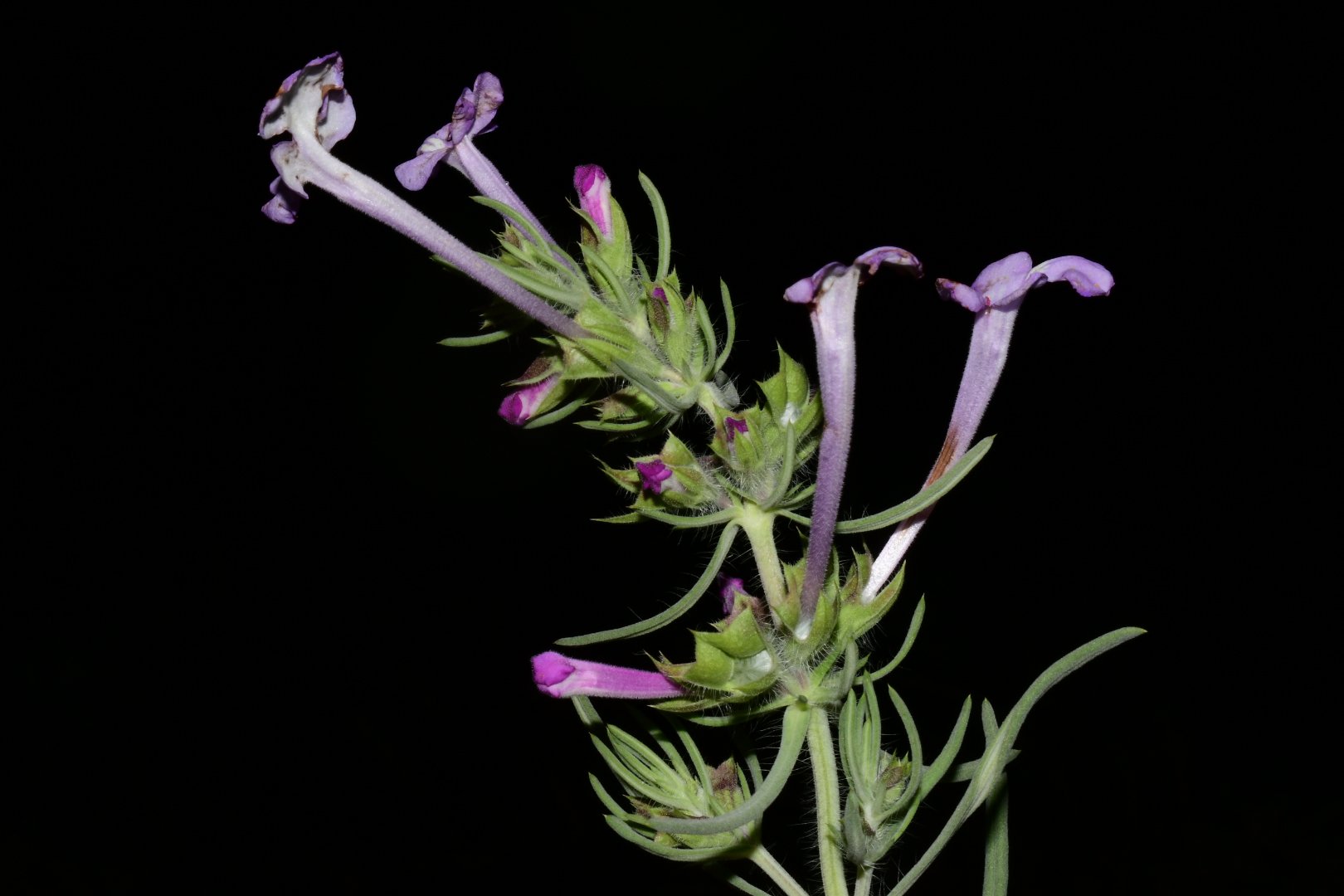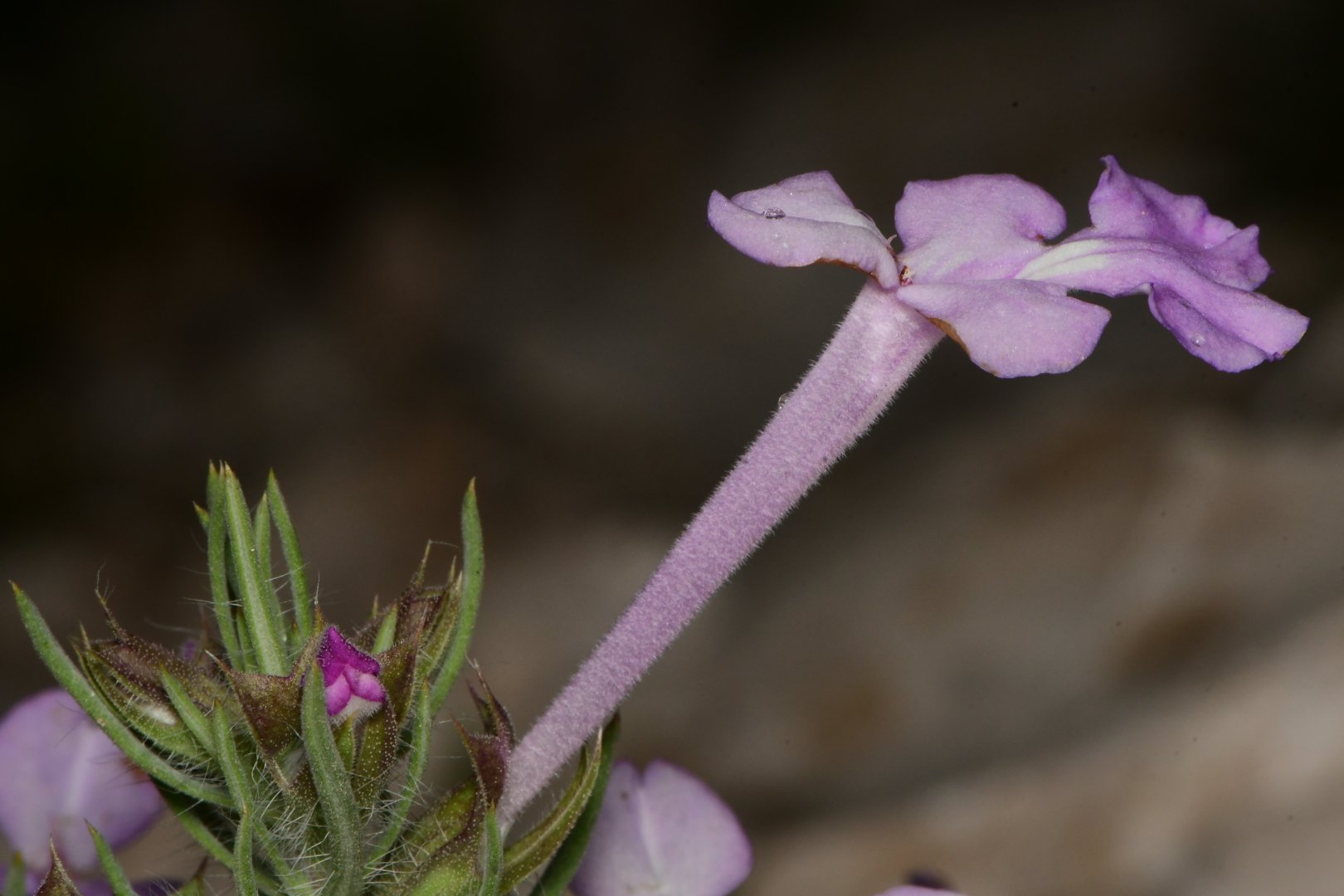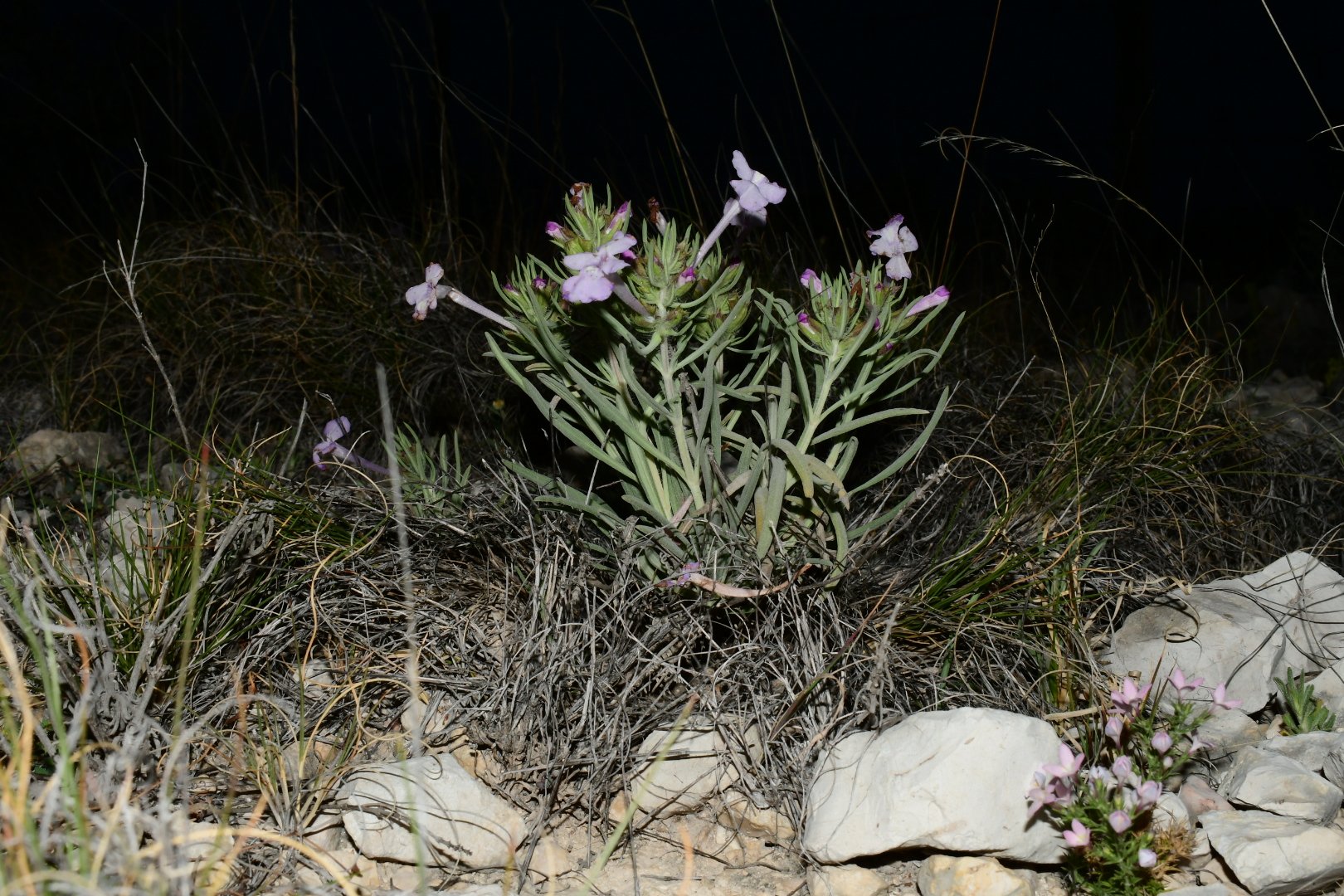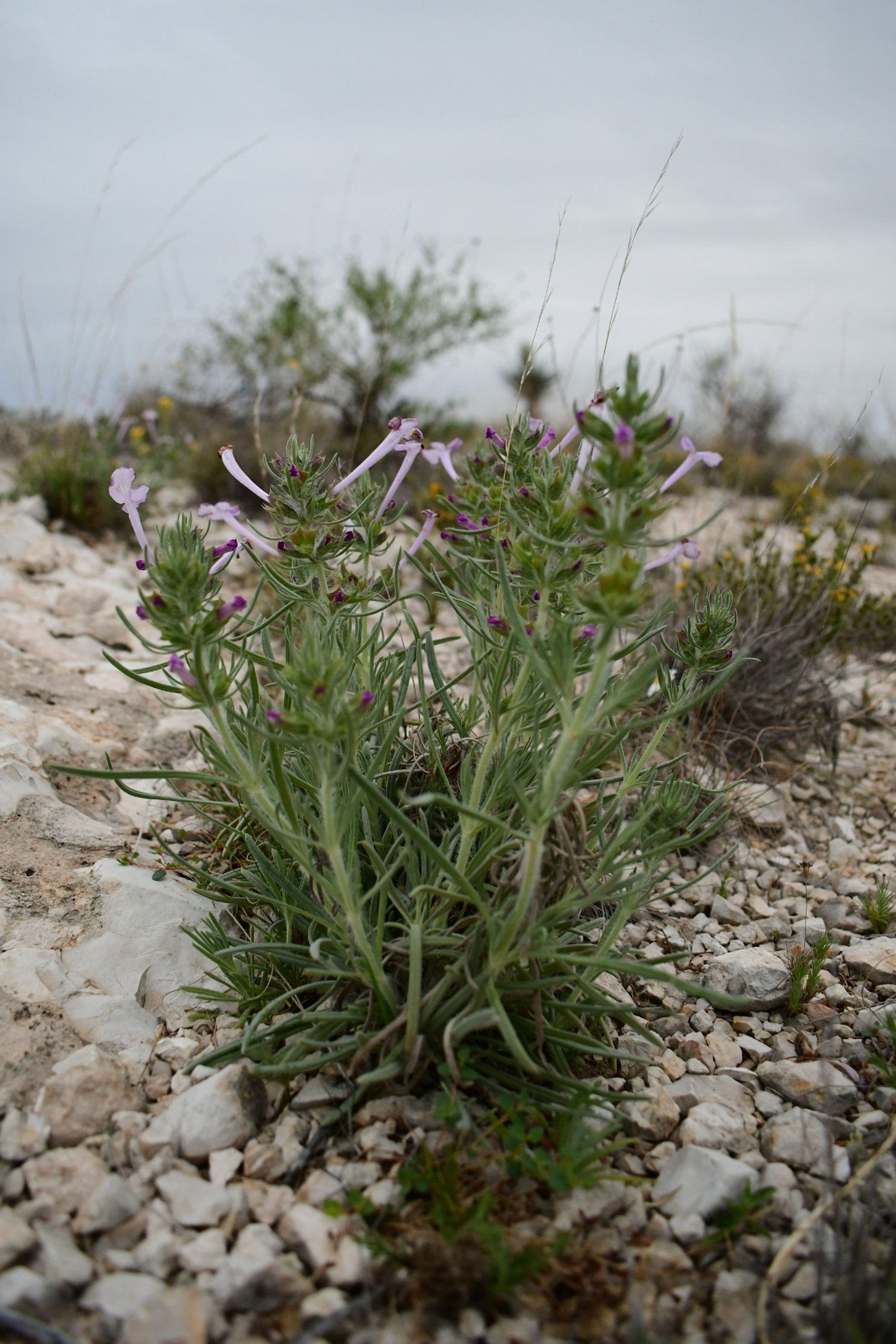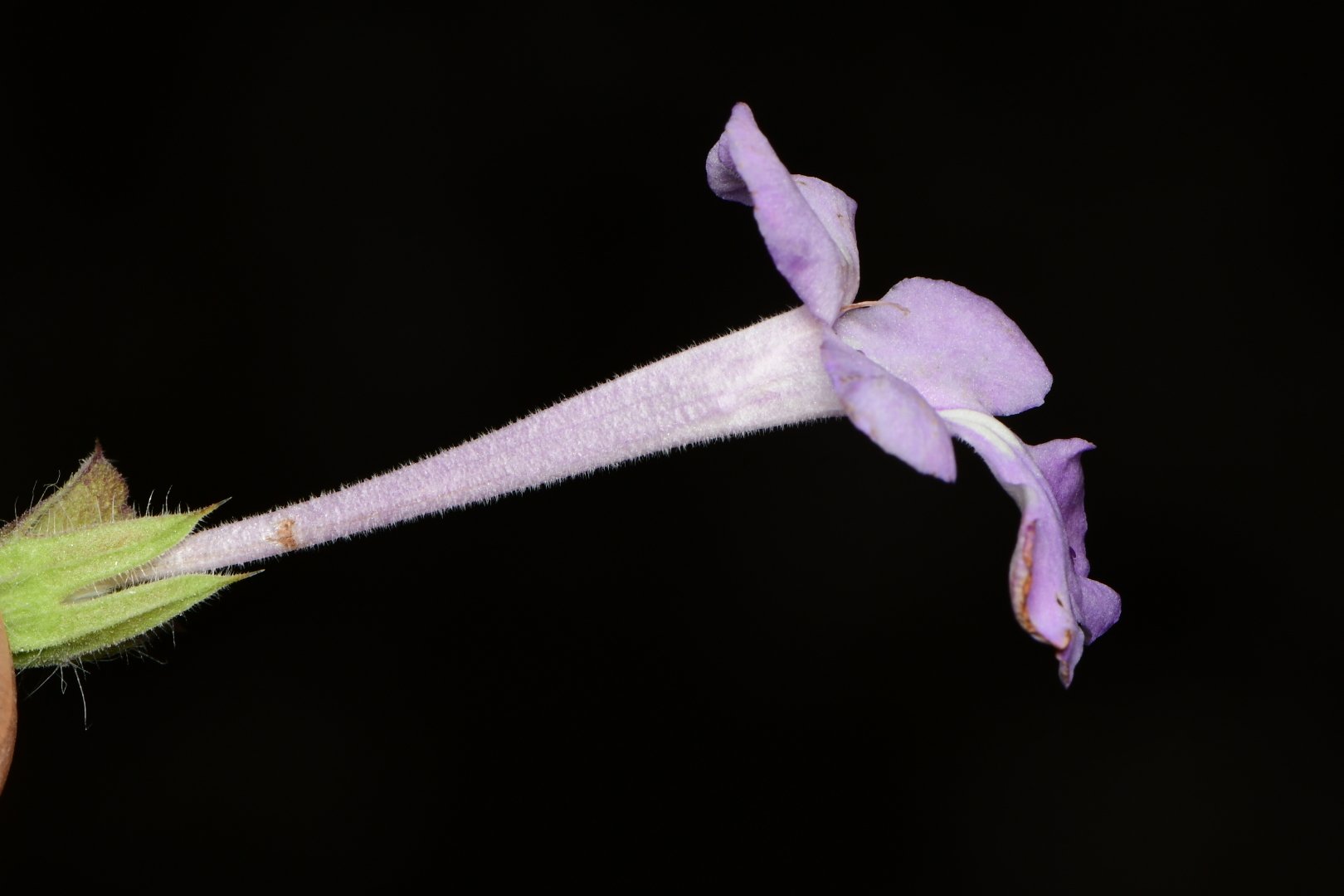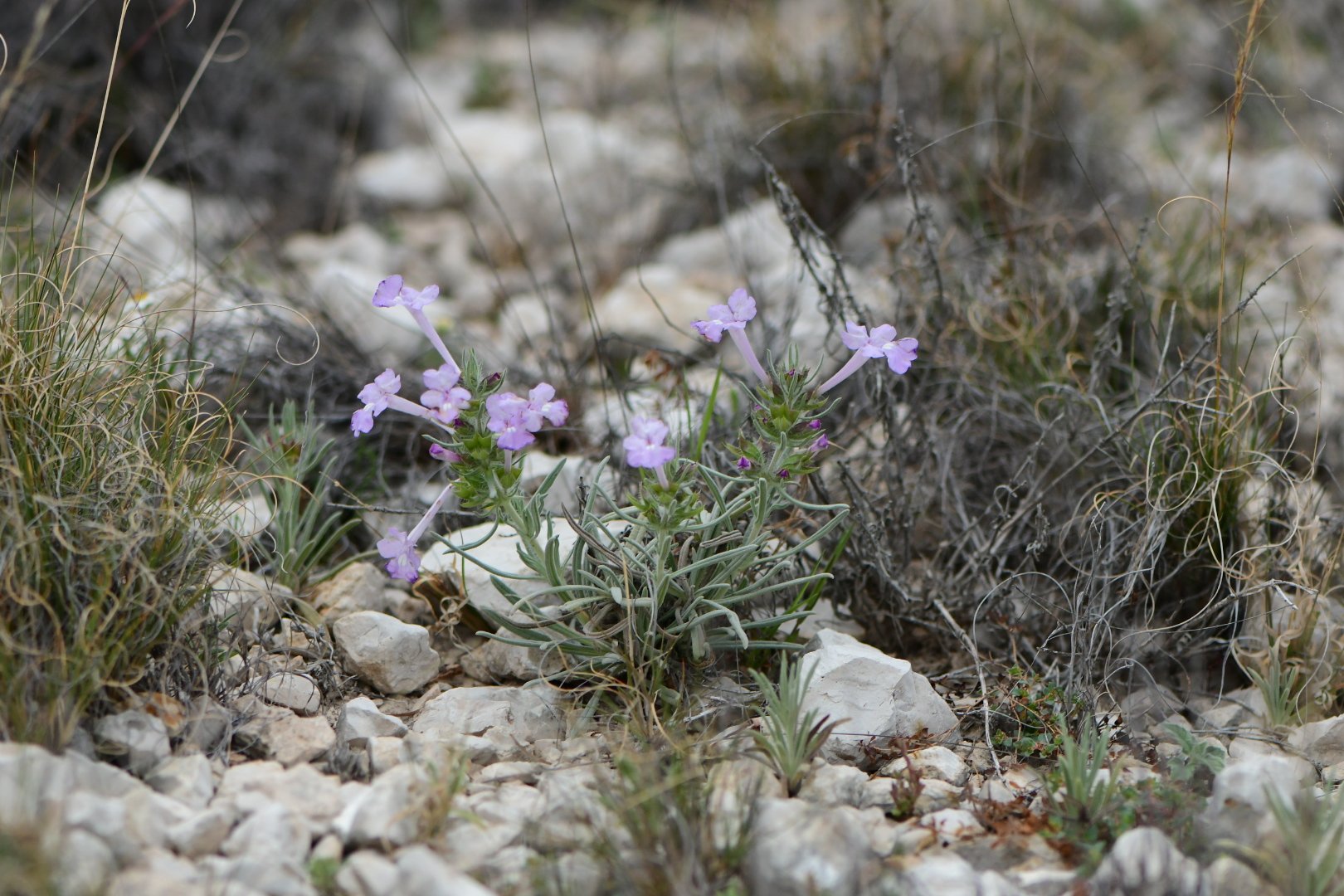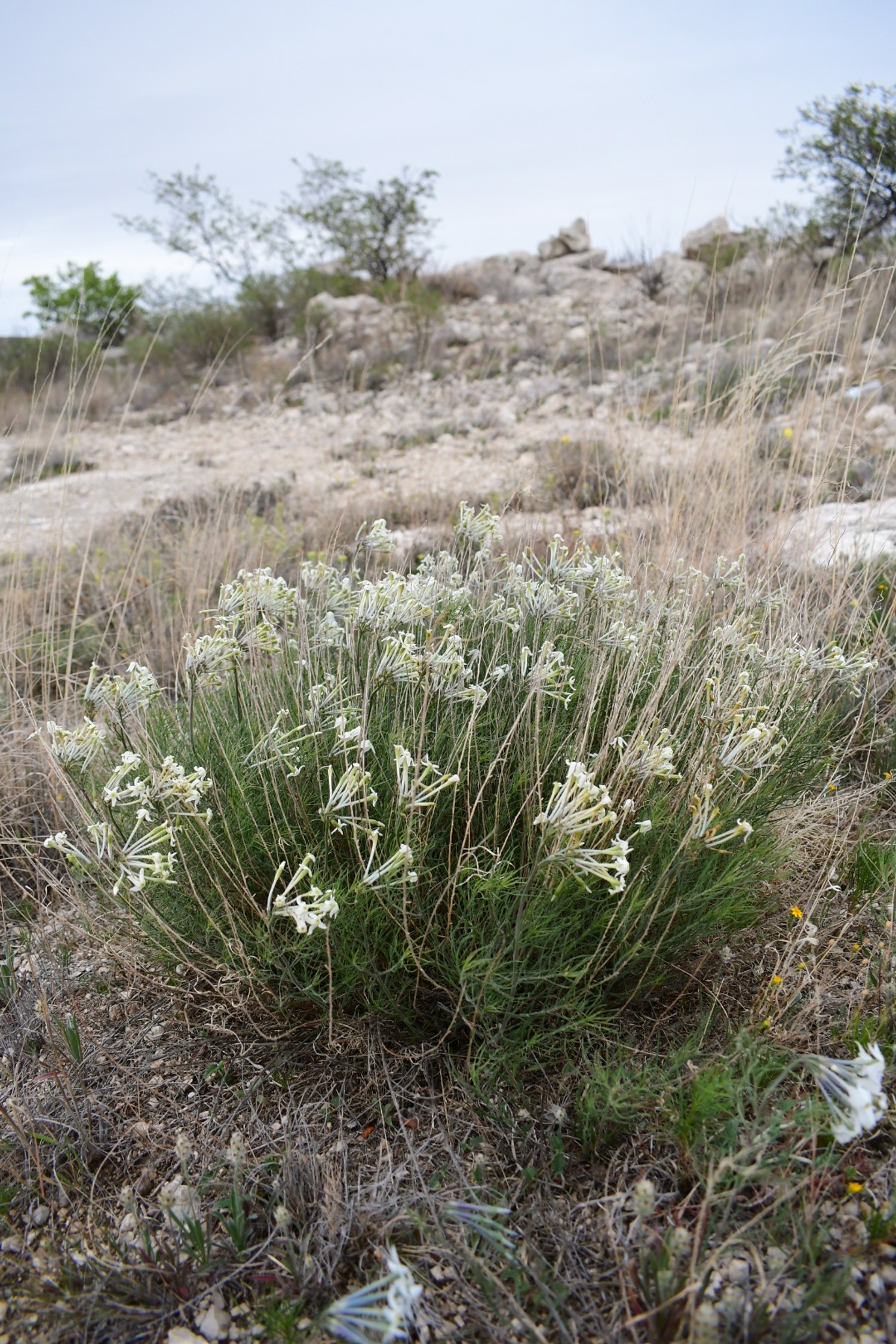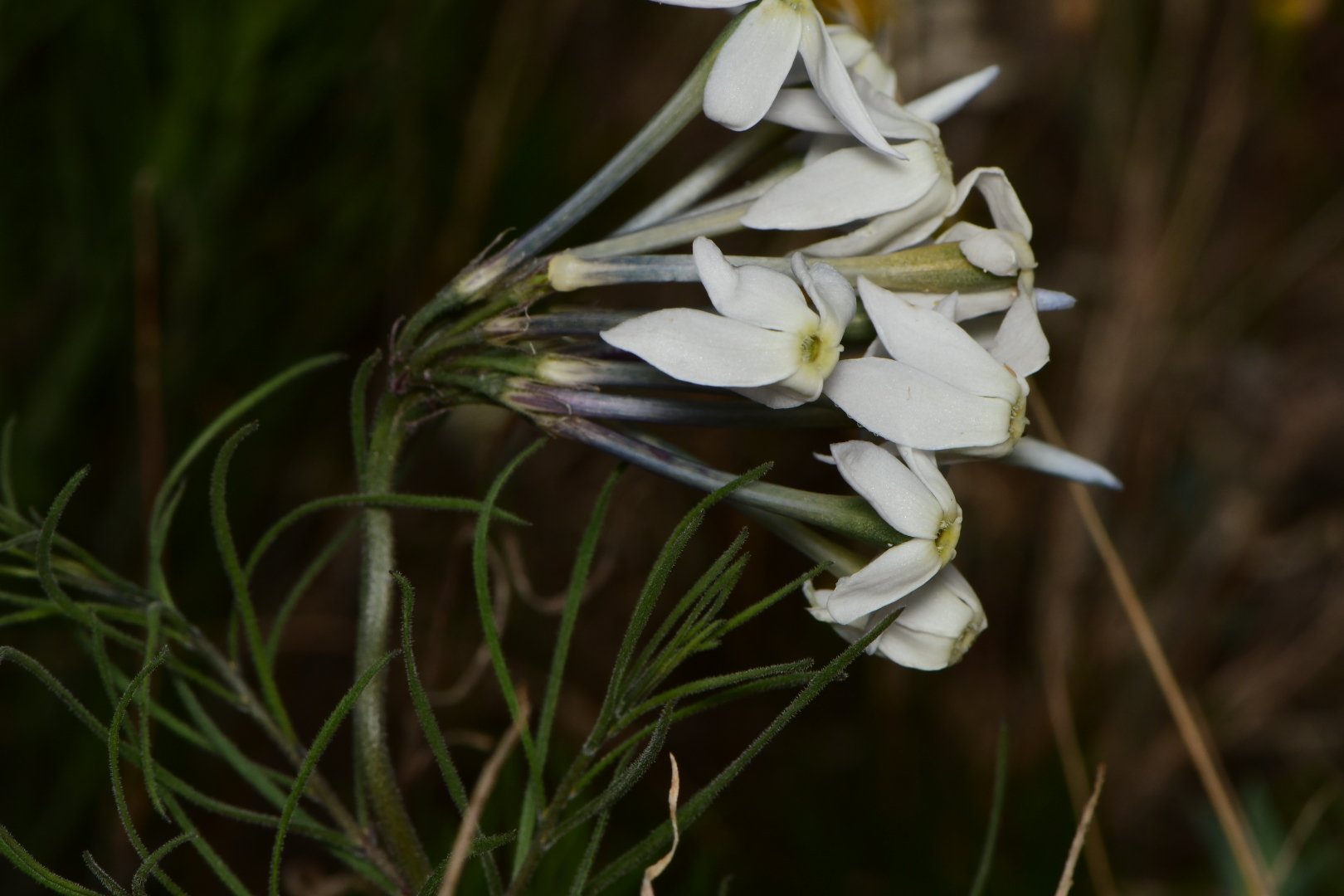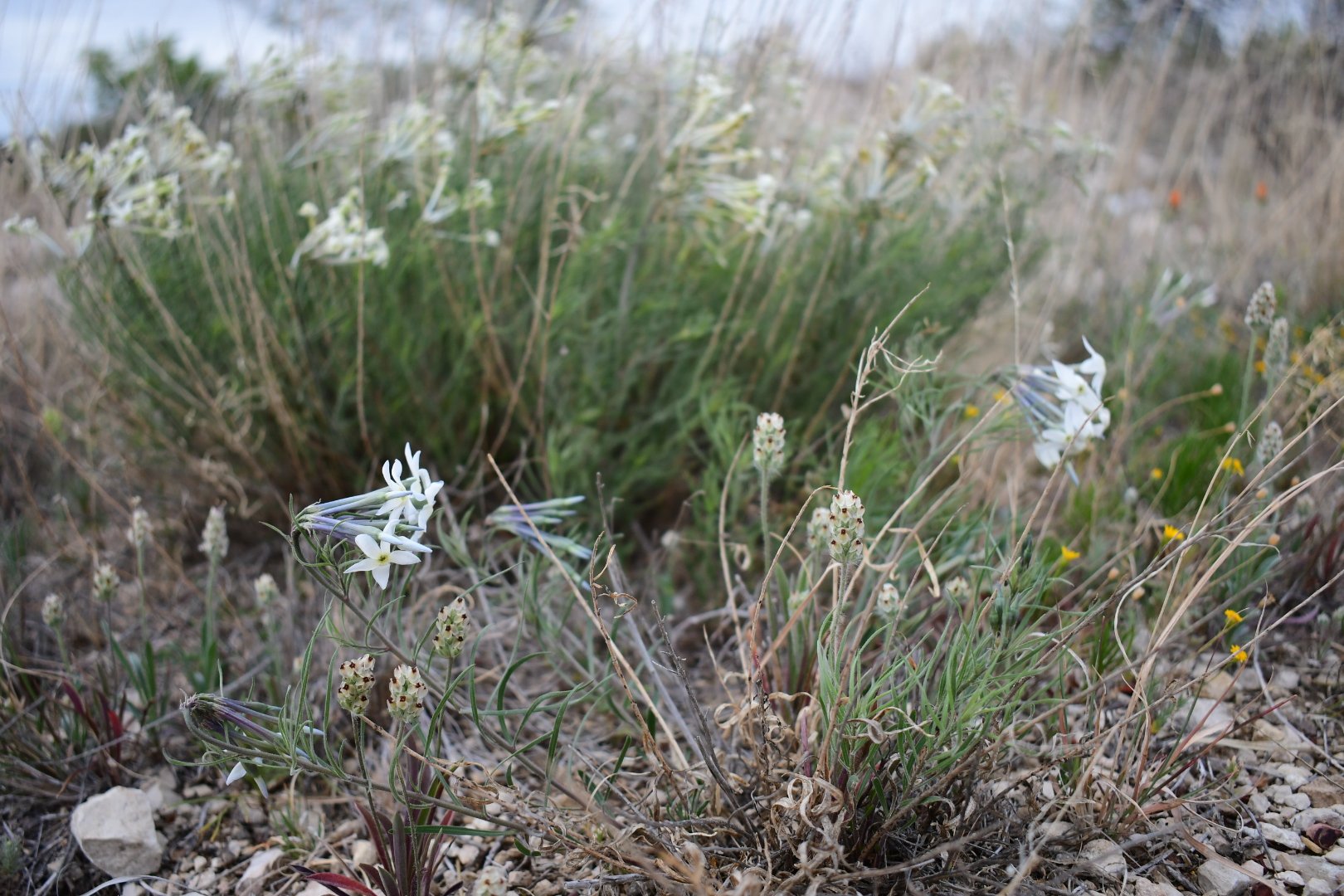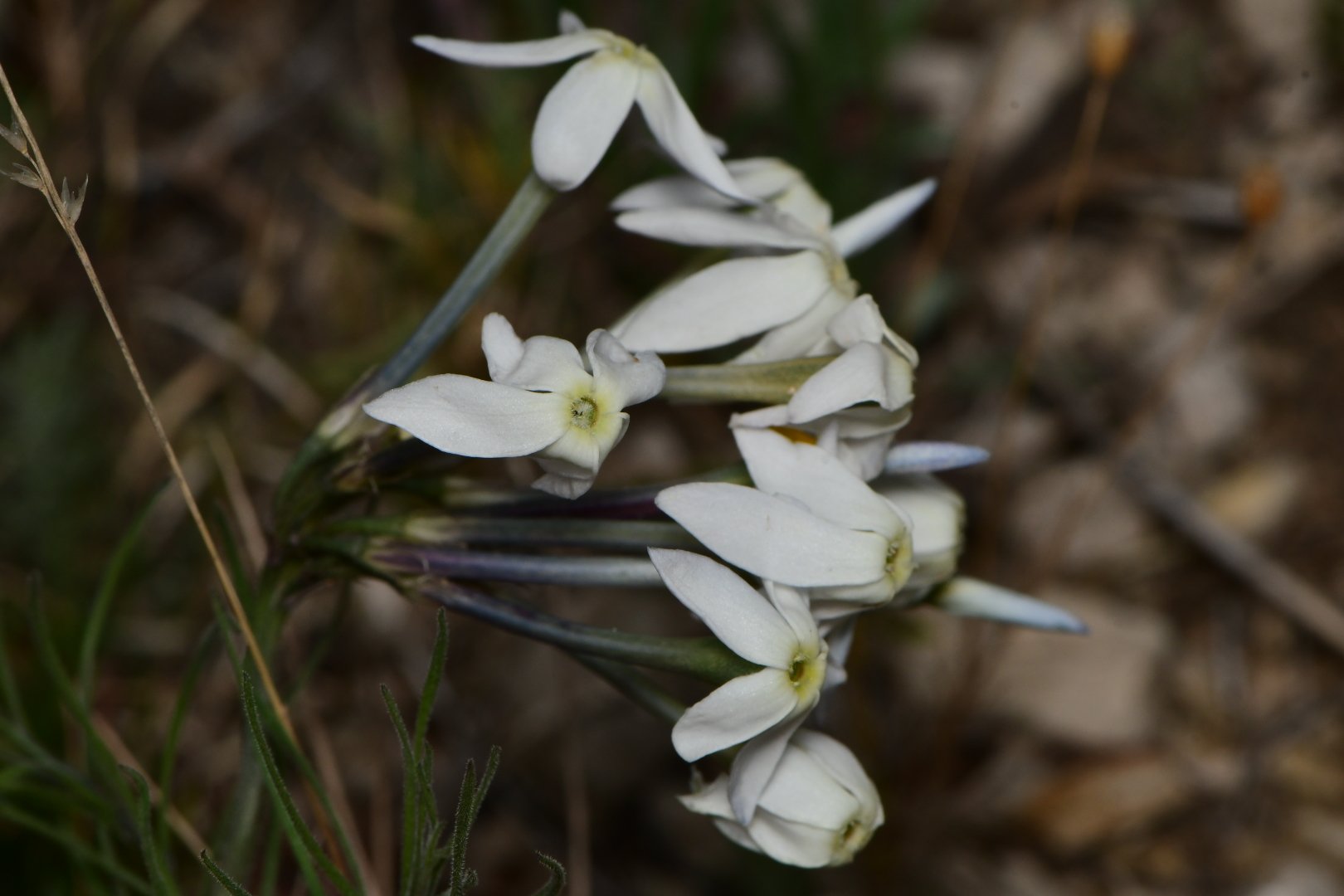Tiny Seeds are Possible When You're a Plant That Parasitizes Fungi
Seeds of the Ghost Plant, Monotropa uniflora are TINY - barely .6 x .1 mm in dimension, resembling little beige hairs. They can afford to be so tiny bc - like orchids, they need only to land on their host fungus to be successful to germinate & get cell division going.
This plant, ot course, parasitizes mycorrhizal fungi & this does not produce any chlorophyll at all, nor does it undergo photosynthesis.
They won't actually be producing leaves that need contact with the sun and utilizing that as a source of energy. They will have an endless source of energy so long as they make chance contact with the mycorrhizal fungus that they steal their energy from.
Why Fire is Necessary in the Prairie
It is the herbaceous perennial habit that necessitates the use of fire in prairies. Well, to be correct it is the herbaceous perennial habit mixed with the elimination of grazing bison from the prairies that once ate most of the old vegetation.
Being herbaceous perennials means that no woody tissue is produced and that new vegetation must be produced every year while the roots continue to grow and live for decades, if not centuries.
Every fall the old vegetation dies, and every spring new vegetation is produced in a relatively short manner of time. A massive explosion of life happens in the Chicago area prairies around late May/early June.
Within three months, what was once a flat, open area suddenly becomes dense and thick with an incredibily large amount of green biomass - but again, none of it woody. By "woody", we are referring to secondary growth as opposed to primary growth ( ie lateral meristems as opposed to apical meristems, where a "meristem" is a point of active cell division). This is an essential term concerning the issue of plant physiology, and even beginner horticulturalists should try to understand this concept. If you're simultaneously confused and interested, I suggest reading up on this stuff here :
https://bio.libretexts.org/Bookshelves/Introductory_and_General_Biology/Book%3A_General_Biology_(Boundless)/30%3A_Plant_Form_and_Physiology/30.04%3A_Stems_-_Primary_and_Secondary_Growth_in_Stems
So the prairies, being composed almost entirely of herbaceous perennials, produce a massive amount of vegetation every year that only lives for a few months while the roots stay alive for decades. This vegetation collects light, builds up carbohydrates which it sends down to storage in the roots, and - if energy resources allow - it flowers. But when the season is over, this massive build-up of vegetation then dies and begins to rot throughout the winter. It is such a large amount of vegetation that it is too much for fungi and bacteria to eat in one year before the next round of vegetative material is produced. This is where fire comes in.
Fire consumes and clears out this massive amount of biomass, enabling the nutrients in the resulting ash to be washed into the root zone to super charge the roots. While burning does release a decent amount of carbon dioxide, it is negligible to the amount being stored in the roots and which slowly builds soil. Further, the above-ground vegetation would simply.ne decomposed by bacteria and fungi and released as CO2 during their metabolis
m, anyway.
Midwest Landscaping Death Cult
I've gained a steady distrust of landscapers. Some of them are my friends, but regardless, I distrust the entire profession. If anything, this is based on the attributes of what the general public wants and what the entire market is geared towards, more than it is based on any individual themselves.
The landscaping industry - like much of the entertainment industry in this country - is its own negative feedback loop where the public wants the unthinking, hideous lowest-common-denominator shit and the industry is forced to respond because that's what sells. So the industry starts to produce even dumber, uglier shit, and the public eats it up, and so it becomes the new standard of what is now “normal” and acceptable. We are left with the unimaginative paint-by-numbers approach to landscaping "design" : blocks and swaths of color with no mixing, far too much (and eerily equal) spacing between plants. We end up with plants looking like products on a shelf at Walmart as opposed to a recreation of nature or or habitat restoration.
What's more,I realize what a regional thing it is,too. There is a specific flavor to midwest landscaping. You would see it in front of a bank in the suburbs, or the banquet hall, or the office park, or the walgreens.
You rarely see this shit in California Native Plant Landscaping - responsible for a large part of the birth of the modern native plant movement , which itself seemed inherently iconoclastic and rebellious by nature. The foundations of modern Midwest American Landscaping have their roots in ideations of English Aristocracy : rounded, monocultural landscape beds of flowers separated by “rivers” of neatly-mowed, uniformly-green (and surely poisoned with chemicals) lawn. Groups of 15 individuals of the same species occur together in blocks, like packs of cough syrup lined up next to each other on the shelves of an aisle in the drug store. In the back there may be a phalanx of taller shrubs and in the foreground there will be an army of 25 indidivuals of the same species of lower-growing annuals, almost perfectly evenly-spaced and neatly oriented, as if in an orchard. It resembles the way plants look in a video game landscape like MINECRAFT, the plants almost resembling soldiers in formation. The landscape breathes unthinking obedience, control, & conformity.
What's more, is that landscapers in the region don't seem to realize how unusual it is. Like I said - you seldom see this stuff in many West Coast Native Plant gardens. This kind of rigid uniformity seems like it's antagonistic to the values of the exact kinds of people who spend time in nature and would want to put natie plants in their yard. Most of them seem to realize that the mindset that creates rigid, uniform, evenly-spaced landscapes that look like that is the same mindset that put nature under assult in the first place.
Why does this matter? Because these landscapes - like the buildings and infrastructure that we surround ourselves with - are what end up composing the surrounding world that we are forced to be around every day. If you live in a landscape that breathes sterility, blandness and ugliness you will emulate unthinking sterility and blandness. If you live in a landscape that exhibits that beautiful and intricate chaos of biology and nature, you too will exhibit creativity, diversity of ideas, intellectual agility and beautiful chaos.
Of all the yards that we encountered in the Chicago Area, Gerry Wilhelm's (author of the Flora of the Chicago Region) was the coolest. He has truly turned his immediate surroundings into a nature preserve. I'm sure his yard would send shivers up the spine of any rigid suburban father who lacks creativity & passion but demands order, but to me it was vibrant and incredible. I could tell it was intentionally managed. I could tell it was the home of somebody who spends time in and appreciates wild places.
Do we want to walk down streets in a visual landscape that emulate the natural world that is vanishing as a result of modern capitalism’s materialistic “race to nowhere” or do we want to walk down streets that emulate the homes of the rich? These things matter. Far from being trivial, inconsequential things that are simply a matter of aesthetic, the plant life that surrounds us and the ways in which we bring it into our lives determines our collective ethos as a society. Let's be conscious of it and choose wisely.
Powder-Puff Anthers of Esterhazya
WHAT DENSELY PUBESCENT ANTHERS YOU GOT THERE.
If you’re a big, red tubular flower from a seasonally-dry environment and you’re pollinated by hummingbirds with long beaks, it helps to have your stamens all hangin’ out, exserted prominently out of the otherwise enclosed “tube” of your flower. Otherwise, those anthers wouldn’t be able to dab pollen on to the heads of the birds that pollinate you and members of your population wouldn’t get pollinated, seeds wouldn’t be produced, and your population would be doomed.
However, the problem with having prominently exserted anthers that are not protected by being enclosed inside a flower (like many bee-pollinated flowers are) is that those large anthers are not exposed to the drying winds of your seasonally-dry neotropical environment, not to mention how much pollen might be simply lost to wind currents.
The genus Esterhazya seems to have gotten around this by producing intensely villous hairs on its anthers (produced on the epidermal layer on the walls of the anther thecae), which undoubtedly help harbour and retain pollen once it has dropped out of the anthers.
Depending on how many species one recognizes, Esterhazya is comprised of between 8-12 species in the paintbrush family, Orobanchaceae, all from somewhat drought-prone biomes in South America.
Hairs (aka trichomes) on anthers are somewhat common in the family Orobanchaceae as can be seen in the genera Agalinis & Lamourouxia, but no genus seems to produce them so densely nor display them so prominently as Es
terhazya.
LEAVES LIKE SNAKE SCALES.
LEAVES LIKE SNAKE SCALES - the seasonally-dry, nutrient poor environment causes convergent evolution in phyllotaxy & leaf morphology.
A remarkable case of convergent evolution can be seen in the leaves of plants that have evolved in seasonally dry tropical and subtropical environments on iron-rich, nutrient poor soils with pronounced dry seasons. In the Brazilian cerrado of Minas Gerais, one can see an exceptional example of this.
The habitat here is so extreme and unique that it repeatedly produces the same vegetative trait in the plant lineages that have spent the past few million years evolving here : leathery, coriaceous and often sessile leaves lacking a leaf stalk (petiole) and having the consistency of cardstock paper covered in wax or a dense coating of short hairs. Often times the leaves are arranged imbricately on the stem, as well, almost like snake scales or roofing shingles.
The form of many of these shrubs tends to be bizarre as hell and out of a Dr. Seuss book - many of these are sparsely-branched, single stemmed shrubs with no leaves for the bottom 60-90% of the plant. This is called the Monopodial or monocaulous habit. I've seen it in New Caledonia before, and to a lesser extent in California serpentine chaparral, both habitats occur on iron-rich, nutrient-stressed geologies. In the Brazilian cerrado, however, this vegetative convergence repeateadly smacks you in the face. You end up seeing it in dozens of unrelated species from different families. It is if the landscape and environment itself is hand-selecting what forms work here and what forms don't, and actually, that's kind of what is happening. Its astonishingly cool to see multiple unrelated plant families all converging on the same vegetative traits.
Apparently, sessile and glaucous leaves & the monocaulous habit is what makes the most sense under these geologic and climatic conditions.
The ITCZ produces the dry season & the metamorphosed ("cooked") , thoroughly leached (because it's both old as fuck and the tropical rainy season can be VERY rainy) quartzitic sandstone produces the nutrient-poor, iron-rich substrate. The ITCZ is a result of Earth's axis causing the low-pressure zone to oscillate on opposite sides of the equator depending on which hemisphere is tilted towards the sun
LEAVES LIKE SNAKE SCALES.
LEAVES LIKE SNAKE SCALES - the seasonally-dry, nutrient poor environment causes convergent evolution in phyllotaxy & leaf morphology.
A remarkable case of convergent evolution can be seen in the leaves of plants that have evolved in seasonally dry tropical and subtropical environments on iron-rich, nutrient poor soils with pronounced dry seasons. In the Brazilian cerrado of Minas Gerais, one can see an exceptional example of this.
The habitat here is so extreme and unique that it repeatedly produces the same vegetative trait in the plant lineages that have spent the past few million years evolving here : leathery, coriaceous and often sessile leaves lacking a leaf stalk (petiole) and having the consistency of cardstock paper covered in wax or a dense coating of short hairs. Often times the leaves are arranged imbricately on the stem, as well, almost like snake scales or roofing shingles.
The form of many of these shrubs tends to be bizarre as hell and out of a Dr. Seuss book - many of these are sparsely-branched, single stemmed shrubs with no leaves for the bottom 60-90% of the plant. This is called the Monopodial or monocaulous habit. I've seen it in New Caledonia before, and to a lesser extent in California serpentine chaparral, both habitats occur on iron-rich, nutrient-stressed geologies. In the Brazilian cerrado, however, this vegetative convergence repeateadly smacks you in the face. You end up seeing it in dozens of unrelated species from different families. It is if the landscape and environment itself is hand-selecting what forms work here and what forms don't, and actually, that's kind of what is happening. Its astonishingly cool to see multiple unrelated plant families all converging on the same vegetative traits.
Apparently, sessile and glaucous leaves & the monocaulous habit is what makes the most sense under these geologic and climatic conditions.
The ITCZ produces the dry season & the metamorphosed ("cooked") , thoroughly leached (because it's both old as fuck and the tropical rainy season can be VERY rainy) quartzitic sandstone produces the nutrient-poor, iron-rich substrate. The ITCZ is a result of Earth's axis causing the low-pressure zone to oscillate on opposite sides of the equator depending on which hemisphere is tilted towards the sun.
For identifications on these plants please use the “explore” feature on inaturalist. Set location to Minas Gerais, Brazil and select username joeysantore. Squarespace app is not letting me annotate photos right now because it's garbage (probably because they spent all their capital on shitty advertising rather than maintaining their software).
I can't add pics now cause the squarespace app is fucking garbage and full of glitches and bugs. My hatred for squarespace is superceded only by my hatred for banks and health insurance companies.
Not Your Midwest Ironweeds...
Maschalostachys markgraffii in the rockfields (Campos Rupestres) of Northern Minas Gerais, Brazil…
This one really stumped me. Generally speaking, seeing purple anther tubes on the florets of a plant in Asteraceae in Brazil is a good give-away for the ironweed subfamily, Vernonioideae. That's not saying much however, as that subfamily is exceptionally species-rich in the Cerrado and Atlantic Forest biomes of Eastern Brazil.
What really blew my mind were both the habit of this species and the habitat itself. It was essentially growing in a quartzite sandstone boulderfield surrounded by drought-hardy aroids, orchids, and cacti.
This plant was basically a 20' foot tall monocaulous flagpole with no vegetation save for some leaves at the top. I was only able to inspect it by standing on the sketchy ledge of a huge boulder that it was growing at the base of.
The flowers themselves were syncephalous, which in Asteraceae means "a head of heads".... A flower head that is itself composed of flowerheads (capitula), each one bearing hundreds of tiny flowers with - again - the purple fused anther tubes that are usually (but not always) indicative of Vernonioideae.
I only figured out what this was after a friend who's a synantherologist (one who studies Asteraceae) at a university in Brazil told me the genus - Maschalostachys. The genus (as of now) only has two species in it. Both are from the Cerrrado biome, and both are weird as hell and incredibly cool.
https://www.researchgate.net/publication/331952463_A_synopsis_of_Lychnophorinae_Asteraceae_Vernonieae
Ecological studies of edaphic islands or WHY WE CANT HAVE NICE THINGS.
Uebelmannia pectinifera is an endangered cactus species that occurs on exposures of quartz-rich, nutrient-poor sandstone that serve as rocky arid "islands" surrounded by an ocean of subtropical dry-deciduous forest in Brazil. This particular population has experienced a 98% reduction due to poaching.
It occurs with Kielmeyera (Calophyllaceae), Calliandra sp., Encholirium, a xeric Philodendron, a xeric Anthurium, Cipocereus minensis, and many more.
Spines occur on the margins of the ribs, and the sides of the ribs are coated in dense, speckled patterns of trichomes and wax.
What struck me most about its habitat is that there was virtually no soil here, except that created by the dead leaves of the dry-deciduous trees (legumes and Kielmeyera) and old armored leaf blades of the Encholirium.
Sadly, the poaching here has been extremely brutal. Reportedly there were once hundreds of plants covering these rock outcrops (which are only black because of the living crust of lichen that covers them), but nearly all of them have been stolen for sale to collectors. For many people, that primate brain of ours just HAS to have these plants in our collection. What good does it do to preserve intact habitat if it's so far away and all we get to see are pictures? Better to have the opportunity to slowly kill these plants over a number of years by having them in a pot while we struggle to re-create the specific and extreme conditions that they have evolved to over many millions of years.
Meanwhile, botanists in the regional localities where many of these plants grow struggle to garner public enthusiasm - let alone education that these plants even exist - among the people that live there, if only because very few modern societies express a values system that takes into account viewing plants via any ecological context as vital cogs in a living machine that we all need to have intact in order for our own civilization to function let alone survive.
Not a day goes by that I don't consider this.
Anyways, enjoy your morni
ng! GFY, BYE 😘
A Little-known Family of Resurrection Plants
Every once in awhile I hear about a plant family or group of plants that are so remarkable yet so little known that it makes me feel almost incredulous that more people dont know about them. What a tragedy of awareness.
Velloziaceae is one of those families. It is hard to overstate how infinitely cool this family is, not to mention how species-rich and diverse members of this family are in the tropics, esp in Brazil.
For being monocots that otherwise look somewhat uncharismatic when not in flower, their flowers are remarkably large & vividly colorful, having adapted to a diversity of pollination systems.
But members of this family hold a special secret - many of them are "dessication tolerant". That is, they are "resurrection plants". Though this is common to see in ferns, there are not many angiosperms that can claim this title.
There are over 200 species in this family in Brazil, mostly in the genera Vellozia & Barbacenia. Everywhere we went, especially in the rocky, thin-soiled "Canpos Rupestres" habitat, we saw a member of Velloziaceae. Being in the order Pandanales, they are distantly related to "Screw Pines", which are another bizarre plant that few Northern Hemisphere residents have heard of in the genus Pandanus.
The flowers of Vellozia are often large & showy, and the fruits (ala ovaries) are often covered in sticky, stipitate glands. In the pic of leaf rosettes, you can see the vegetation which appears totally dessicated & vrispy but is most assuredly NOT dead.
Species pictured here : Vellozia variabilis.,V. hirsuta, V. declinans, V. hirsuta, V. variabilis
Blue Cacti & Bat Pollinated Flowers
Emblematic Cactus of the Brazilian Cerrado, Cipocereus minensis is an endemic cactus that is ubiquitous in the Campos Rupestres biome of Minas Gerais Brazil. Campos Rupestres are thin-soiled rock fields full of tons of cool drought-adapted orchids, bromeliads, cacti & other plants that grow on the nutrient-poor quartzitic sandstone here. Many of these plants are known as lithophytes - plants that grow on rocks. Though the rainy season here can drop upwards of 20-30 inches of rain, the dry season caused by the ITCZ has caused all kinds of drought strategies to evolve.
Like many bat-pollinated flowers, Cipocereus flowers begin to open at night. Though the sepals and hypanthium are a beautiful blue, the flower itself is cream-colored (easier to see in the dark night) and produce prodigious amounts of nectar for its obligate bat-pollinators.
By morning, the flowers begin to close up. As the tepals and flower tube are blue and cacti have inferior ovaries, the fruits themselves are also blue when they mature and are edible (all cactus fruit is technically edible, though not necessarily palletable), reportedly having a taste and texture somewhat similar to kiwi.
We encountered Cipocereus frequently, always growing sympatrically with other wild-ass plants like drought-adapted Begonias, Syagrus palms, Vellozias, Encholiriums, spiny bromeliads, and other plants that are little known and would blow the minds of horticulturalists the world over.
Sadly, as all individuals of this species are obligate outcrossers and bats are basically the sole pollinators (rarely bees, as the flowers tend to close up by the time of day bees are active), if the habitat loses the bats, it will lose this cactus. This will of course cause ripples down the food chain, as the fruits of this cactus feed a ton of the local critters.
The blue color of the sepals/hypanthium is likely a way to protect the flowers from UV/Sun, since they are in bud during the day before they open at night.
Cippocereus minensis
New Zealand Botany: the convergent trait of RUSSETY Bronze leaf Undersides
More f*cking pictures of leaves...
But trust me, this is really cool.
Another trait I noticed among unrelated plants in New Zealand was bronze leaf undersides among a few of the plants there, most of them all "small" forest understory trees.
I noticed it first in Coprosma arborea, a wind-pollinated member of a very ubiquitous and species-rich genus in the coffee family, Rubiaceae. Not only did it look really cool,but it was extremely peculiar. Olearia rani, a member of the sunflower family, does the same thing. Carpodetus serratus, a small tree in the family Rousseaceae - same thing.
These subtle dark tones & bronzing made the leaves appear incredibly dark & indecipherable when viewed from below. I only noticed it because it was an absolute pain in the ass looking up to photograph them trying to decipher where the leaves were. It made the leaves appear incredibly dark. Then I started seeing it in a few different places & unrelated taxa.
When plant evolution seems to be repeating itself in a unique fashion in a particular location or environment, it is rarely ever coincidence. Carpodetus serratus, a little-known member of a family called Rousseaceae in the sunflower family order, Asterales, does the same thing (and also produces zig-zag, divaricate branching - see 2 posts back).
What could be selecting for bronze leaf undersides and what the hell would bronze leaf undersides do, anyway?
Then I remembered what a pain in the ass it was to photograph these leaves. The dark bronze tint to these leaves made it very hard to see them when I was trying to photograph them while looking up from the dark understory of a shaded forest. Could this to be a now-unnecessry adaptation to Moa? Hard to prove, of course, and there are no studies or research papers investigating it, but it seems highly plausible.
Zig-Zag branching (divarication), obvious differences in juvenile/adult leaf shape (heteroblasty), dark leaf undersides...
I love thinking about this kind of stuff. It is so fulfilling & almost somewhat beautiful - philosophically speaking - to see the living, vestigial result of what must have been an evolutionary arms race millions of years in the making.
Chonkosaurus, Legend of Cook County
Last Friday Al Scorch and I decided to rent a kayak and paddle around Goose Island in Chicago. It was the first warm day of the year, which is hilarious because it was already early May. We intended to just fuck around and do a plant survey and see what was growing on the remains of dead industry on a river that many have always known to be a smelly, polluted and foul body of water.
As a kid I remember almost falling in the water one time running from crackheads after painting graffiti. I remember feeding bits of bread to invasive Asian carp that would hang out around the pylons that protect the city's many bridges from getting hit by the errant river barge.
The full video is posted on the youtube channel, and of course most the plants that we observed were European invasives. The only native plant that was relatively common seemed to be boxelder, Acer negundo, in the Maple family, Sapindaceae.
What surprised us - as many people now know due to how ridiculously viral it's gotten - was the sight of what had to be a 60 lb snapping turtle perched on some gigantic rusty chains that were holding the rotting pylons together.
Though snapping turtles can tolerate some notoriously shitty water, it was still exhilarating to see such an old and large one hanging out right in the heart of the City. Not only that, but we saw evidence of beavers as well, and the people I spoke with at Urban Rivers who are installing a native plant bioswale only a half mile from where we saw the snapper told us that they've seen beavers and a wide variety of native fish species returned to the river in the last few years. It is great to see things that lived here for hundreds of thousands of years beforehand slowly come back to the place that they used to call home. Now, all someone needs to do is go in and cut back and remove the invasive Buckthorn and plant some native Chicago plants in their place. It's astonishing how quickly wildlife comes back once you plant native plants. All you have to do is plant the natives, and everything else will slowly return.
Chonkosaurus tshirts/hoodies available here : Chonkosauurus Hoodies/Shirts
“Edaphic Aridity As a Factor in Angiosperm Evolution “
Great paper by the well-known botanist of the late 20yh Century Daniel Axelrod regarding how dry rocky microsites can serve as sites of plant speciation, containing a cast of species that completely differs from the surrounding more mesic, wetterforests.
https://drive.google.com/file/d/1I8koFJEqeue2azVnoSx54EHbq2fAxYNS/view?usp=drivesdk
Lupine diversity in Florida
Here's three species of Lupine that can be encountered in the Florida Panhandle. Statewide, there are 8 taxa that occur natively. Many of these have “quasi-unifoliate” leaves consisting of a large leaf with two heavily reduced, “vestigial” leaves at the base of the single leaf on either side.
The three species here are :
Lupinus villosus
Lupinus westianus (shrub)
&
Lupinus diffusus.
Taxodium ascendens in the Florida Panhandle
One of three species in the genus, Taxodium ascendens has spiraling sprays of appressed scales and forms extensive groves of dwarfed trees with bottle-shaped trunks in 24 inch deep water.
The trees are covered in both Tillandsia usneoides and the lichen for which aforementioned member of the Bromeliad Family was named, Usnea sp.
Included in this post are images of dissected flowers of Nymphaea odorata, a basal angiosperm with an odd pollination biology consisting of protogynous (female first) flowers temporarily trapping beetles and then becoming male (staminate) on the 2nd and 3rd day, after which the entire flower sinks and the fruit matures below the surface of the water.
The Rarest Milkweed in Texas Just Got An Endangered Species Listing…
The words “Prostrate Milkweed” don’t roll off the tongue so easy, but I guess it’s easier for most than “Asclepias prostrata”. Whatever you call it, it’s one of the rarest and most elusive members of the genus in North America, and it’s specialized to growing on the sandy, dry soils of the thornscrub landscape of the South Texas Borderlands.
The genus Asclepias has 140 species in it - some are common, some are rare. Asclepias welshii, from the coral pink sand dunes of Southern Utah, is another bizarre one. Then there is the clade of 4 species of “Dwarf” milkweeds from the Four Corners Region. Asclepias meadii is another extremely rare one from the midwest, which has lost a lot of ground to habitat destruction (ie conversion to agriculture, human sprawl, and cancer-like growth). But Asclepias prostrata is certainly one for the evolutionary record books. Why exactly did it evolve this creeping habit? Where is the adaptive benefit of staying so low to the ground? How about those undulating leaf margins? Do they serve some purpose in mitigating leaf exposure to the hot South Texas sun? And what about those underground tuberous roots that enable it to go dormant during bust cycles of long drought and heat? Why does it sometimes disappear for two years, apparently laying dormant, only to suddenly re-emerge with the onset of cool rains?
The stems and leaves of this plant are covered in tiny hairs. This pubescence of course mitigates leaf temps and increases boundary layer humidity, preventing evapotranspirative moisture loss from leaf stomata. Like most milkweed species, I assume the pollinator to be some kind of large bee or wasp, drawn in by the nectar in those five hoods (the teeth-looking appendages) and the sweet and fragrant smell they produce. A foot of one of these insects must slip into that trapdoor of the stigmatic slit, pulling a pollinium out with it and transporting it to another flower. Milkweed flower anatomy is a whole other world, replete with its own vernacular. I did a video on it a few years back for the curious.
Anyway, does the endangered species listing MEAN much? Not really, not in the state of Texas, where property rights trump everything and many people will see little point in keeping anything around that doesn’t directly benefit humans, at least in the short term. Yet it still draws attention to this plant, and this plant needs all the attention it can get. Recently, botanists from San Antonio Botanic Garden collected fruits and seeds of this plant before it got its endangered species listing, and had a contract grower for US Fish and Wildlife Service grow them out. Plants were then accessioned at the botanic garden. A few other native plant growers in the region of South Texas have also propagated this plant and so far, have had luck with it. Sadly, like many species in the region, the true hope in protecting this species now seems to lie in its ability to tolerate human cultivation, as ex-situ conservation seems to have a lot more potential to save the species than preserving habitat. Habitat for this plant is certainly NOT protected, and populations of the plant have recently been destroyed for both border fence construction as well as by inadvertent road-grading before the plants were able to set seed. Making more people aware of the plant, and showing them how cool it is and why its worth being proud of and trying to protect, is all that can really be done at the moment since habitat is on the chopping block as the population of the region grows and commercial retail and tract house sprawl spreads out.
Peyote (& other cactus)POLLINATORS of South Texas
Acmaeodera is a genus of wood boring beetle that was recently observed on flowers of Peyote and Thelocactus in the South Texas borderlands. I assume this species of beetle also pollinates many other species of cactus. The type specimen was originally collected on a Opuntia flower in 1966, yet this is the first record of it on a peyote. The larvae bore into dead wood of Karwinskia humboldtiana (Rhamnaceae), Prosopis (Fabaceae) & Vachellia rigidula (aka Blackbrush”Acacia”, Fabaceae).
Quite likely the beetles are in the flowers eating pollen and floral parts, yet in doing so they inadvertently transfer pollen from anther to stigma, and ideally between respective flowers of different individuals for cross pollination. As Peyote flowers are self-fertile anyway, however, even transferring pollen between anther & stigma of the same flower would ensure higher seed production.
Seeing relationships firsthand and then wanting to know more eventually leads to understanding that indeed, everything is connected. It creates inadvertent ecologists out of us. In order to have the beetles, one needs the shrubs (Karwinskia, Vachellia, etc.). Everything in an ecosystem has a function, though we may not understand how all the pieces fit together at first.
LIVING RELICTS OF THE DISTANT PAST
On a bizarre geologic formation in West Texas grows the only population of a rare oak species known as Hinckley's Oak. It forms extensive thickets here on a geologic formation known for its many nooks and crannies due to a magma plume that swelled up beneath it like a bubble in a pizza crust, distorting & exposing all the successive layers of sedimentary rocks beneath.
This oak doesn't get tall here - maybe 3' tops. The leaves themselves resemble little spiny blue holly leaves, leathery with red petioles.
Plants with really small geographic distributions are always fascinating. Such is the case with this rare oak. In the case of Quercus hinckleyi, it's whats known as a paleoendemic, meaning that in the distant past it was once more widespread, but as the climate shifted & the surrounding landscape became hotter and drier and generally more inhospitable, populations of this tree at lower elevations died out and it became relegated to this higher, somewhat shadier and cooler "sky island".
Whats even more bizarre is that in cultivation this oak reaches heights of about 20' tall, like at San Antonio Bot Garden but here in the mountains of West Texas near the Mexican Border, it tops out at about 3' tall, & many individuals are no taller than 12 inches, forming little colonies with multiple stems, each colony likely a single genetic individual growing up through fissures in the limestone substrate below.
Standing up here on this slope as the sun hung low in a murky sky, I tried to imagine what a woodland composed of these oaks must've looked like 12,000 years ago & how the climate & surrounding desert must've changed since then. Moments like that are one of the most addicting things to anyone interested in botany - Gaining an understanding and a knowledge of the land you live on & how all the different organisms & environmental factors in it interact is part of what seems to make a fulfilling human life. It gives us a contextual setting in which to put ourselves & our own conscience & sentience, so that this often fucked up, insane world begins to make sense.
Pollination via goth butterfly
POLLINATION VIA GOTH BUTTERFLY
Spend some time in the Chihuahua Desert & aside from the abundance of limestone one of the first things you'll notice is a lot of plants have long, narrow tube-shaped white flowers & bloom or at least stay open past dusk.
Oenothera, Mandevilla, Acleisanthes, Amsonia, Datura - all dusk-blooming flowers that are pollinated primarily by moths. Moths are everywhere, but few people ever think of what they're doing or how important they are to the ecology of these fragile, beautiful, rocky places.
Moths do a lot of pollinating in the desert, & in turn they have driven the evolution of a lot of the plants that occur in these places. It's so hot during the day that - if you're a plant - to expose delicate floral tissue to the intense ultraviolet and infrared energy requires some costly evolutionary advancements...or you can just take the easy way out, avoiding the sun altogether & blooming at night.
Salvia whitehousei grows on the undulating limestone hills where the Edwards Plateau starts to turn into the Chihuahua desert. Like many plants here, the leaves are narrow & covered in hairs that make them appear chalky white. Like many moth-pollinated flowers, it has a long narrow tube flower with an opening that's much too small for a bee or fly to crawl inside. Most Salvias are pollinated by bees or hummingbirds, especially, but Salvia whitehousei is pollinated by moths.
As the flowers stay open during the day, they can also surely be pollinated by butterflies or long-tongued flies, but as I photographed this incredibly cool plant from a banger fucking landscape, I heard the pattering hum of sphinx moths, & watched them hit the flowers, hovering like small hummingbirds.
A moth-pollinated Salvia. Moths drove the evolution of one of my favorite genera of plants. I didn't know this when I came out here to look for it. As this is an uncommon plant with a narrow distribution, I didn't see anything regarding moth pollination of this species in the literature. But standing here at dusk in the desert I clearly saw moths pollinating this species. I started laughing. How fucking cool. Evolution is a fantastic beast.
